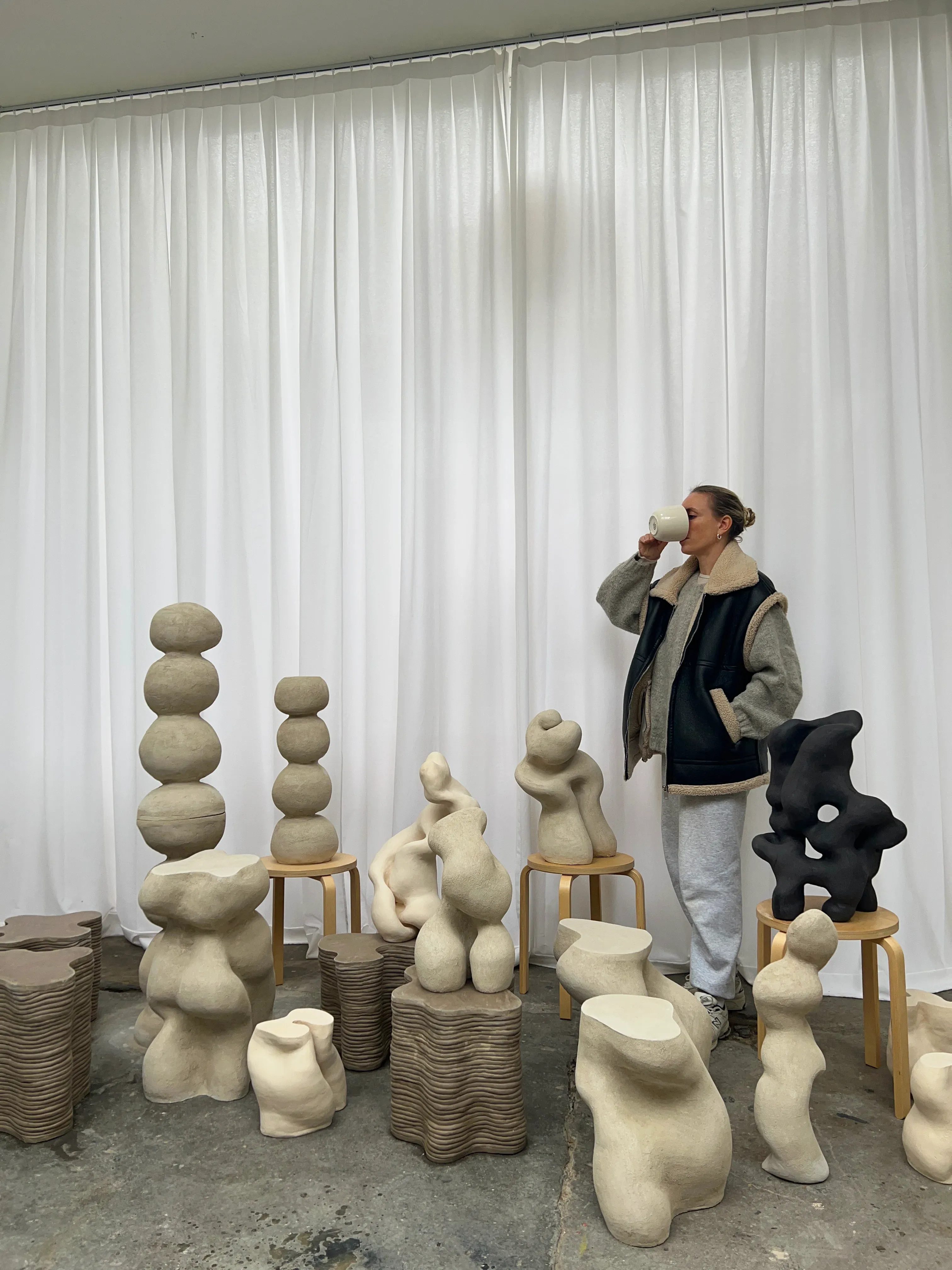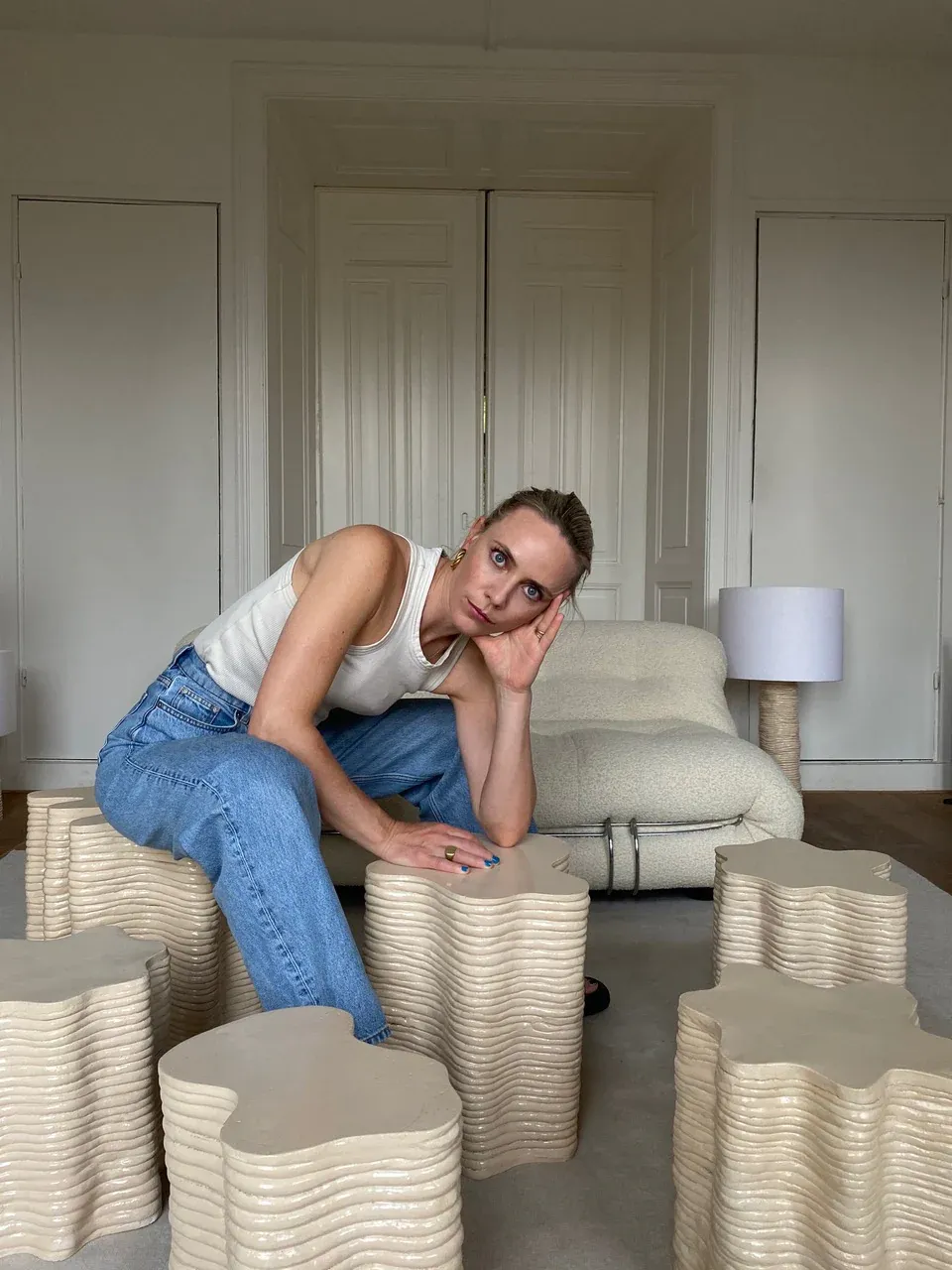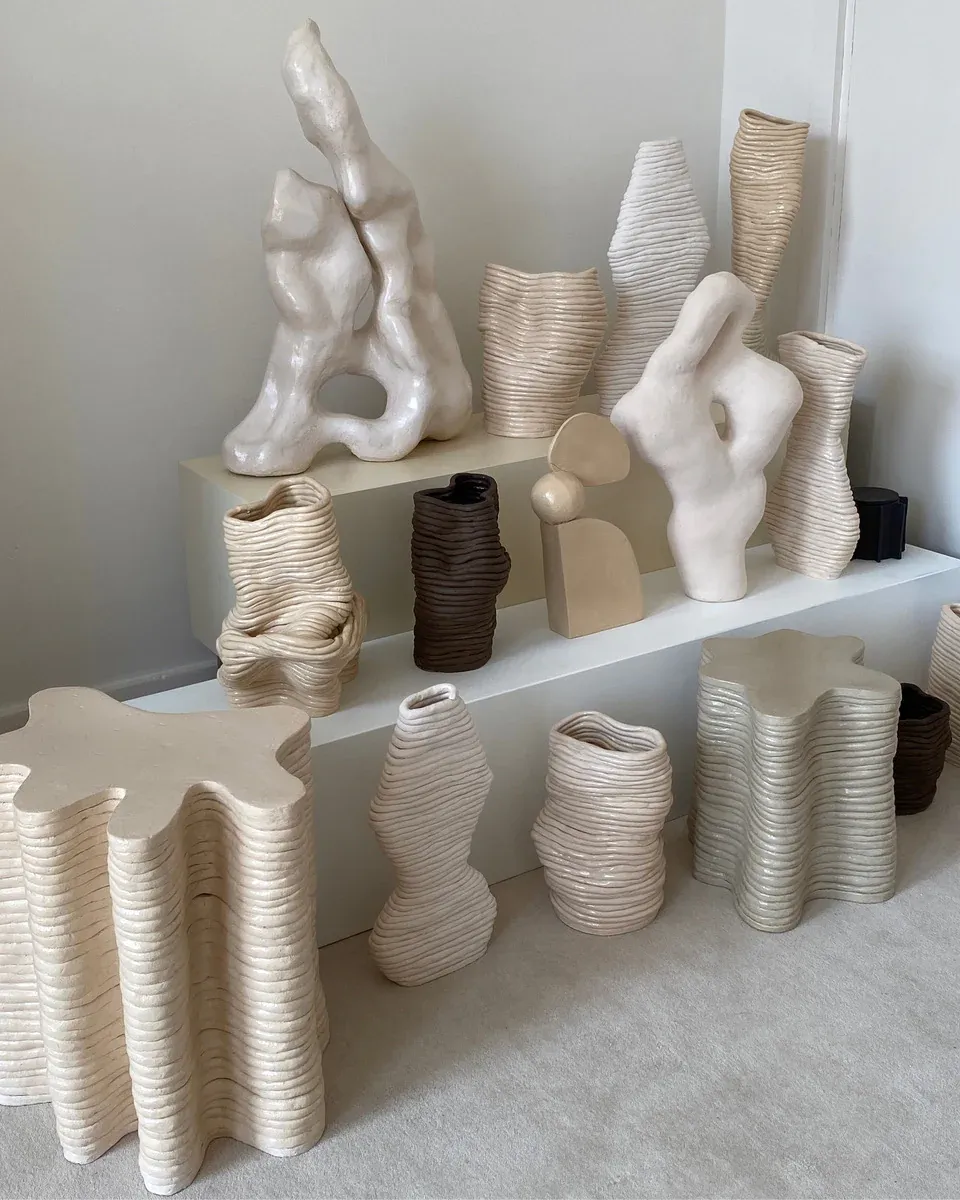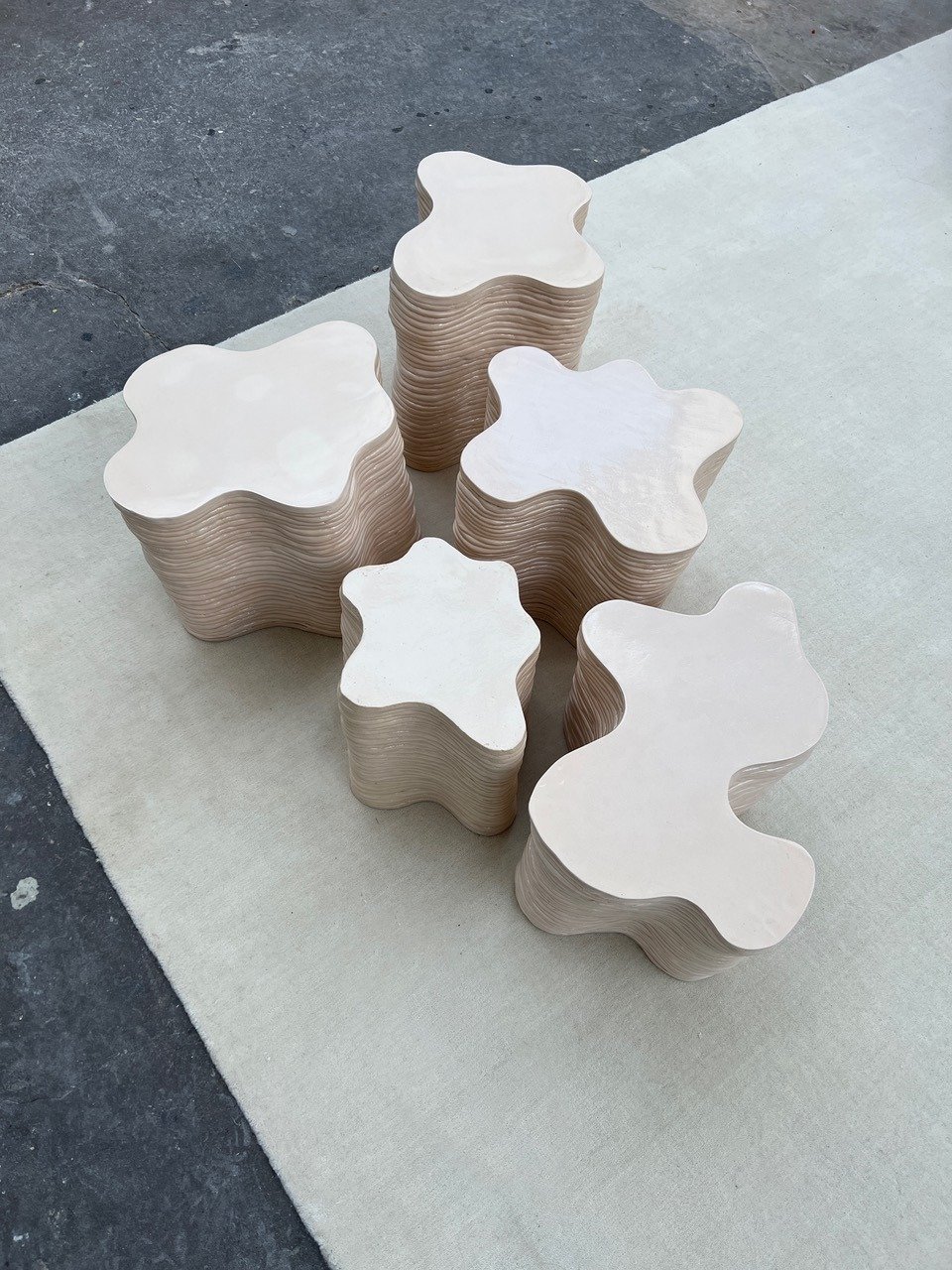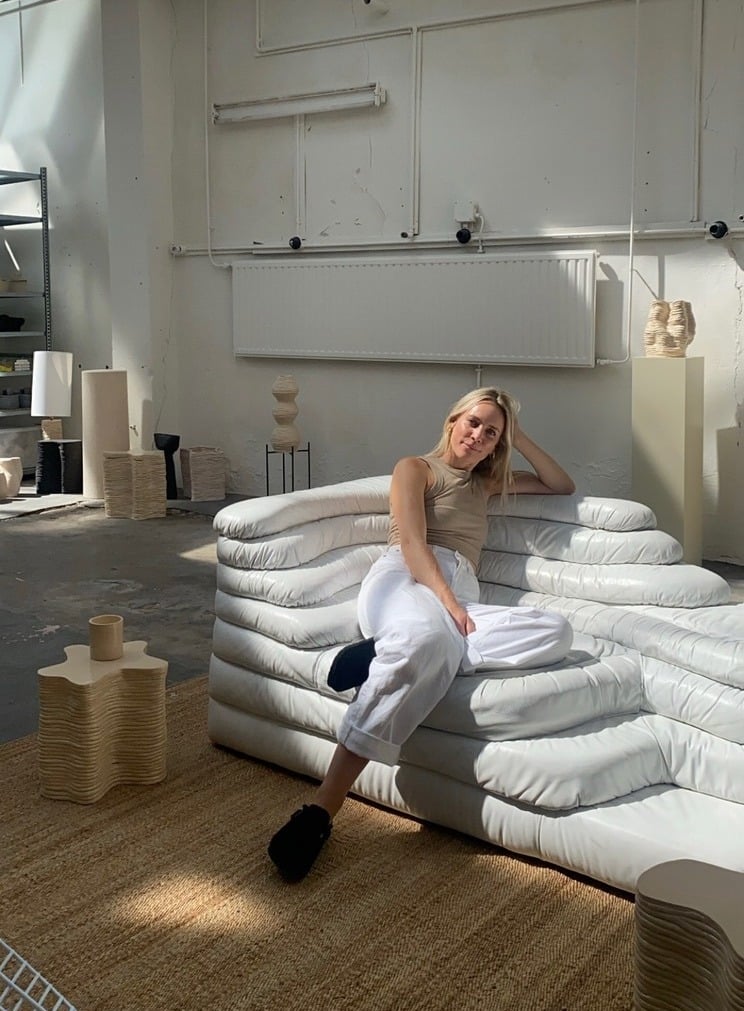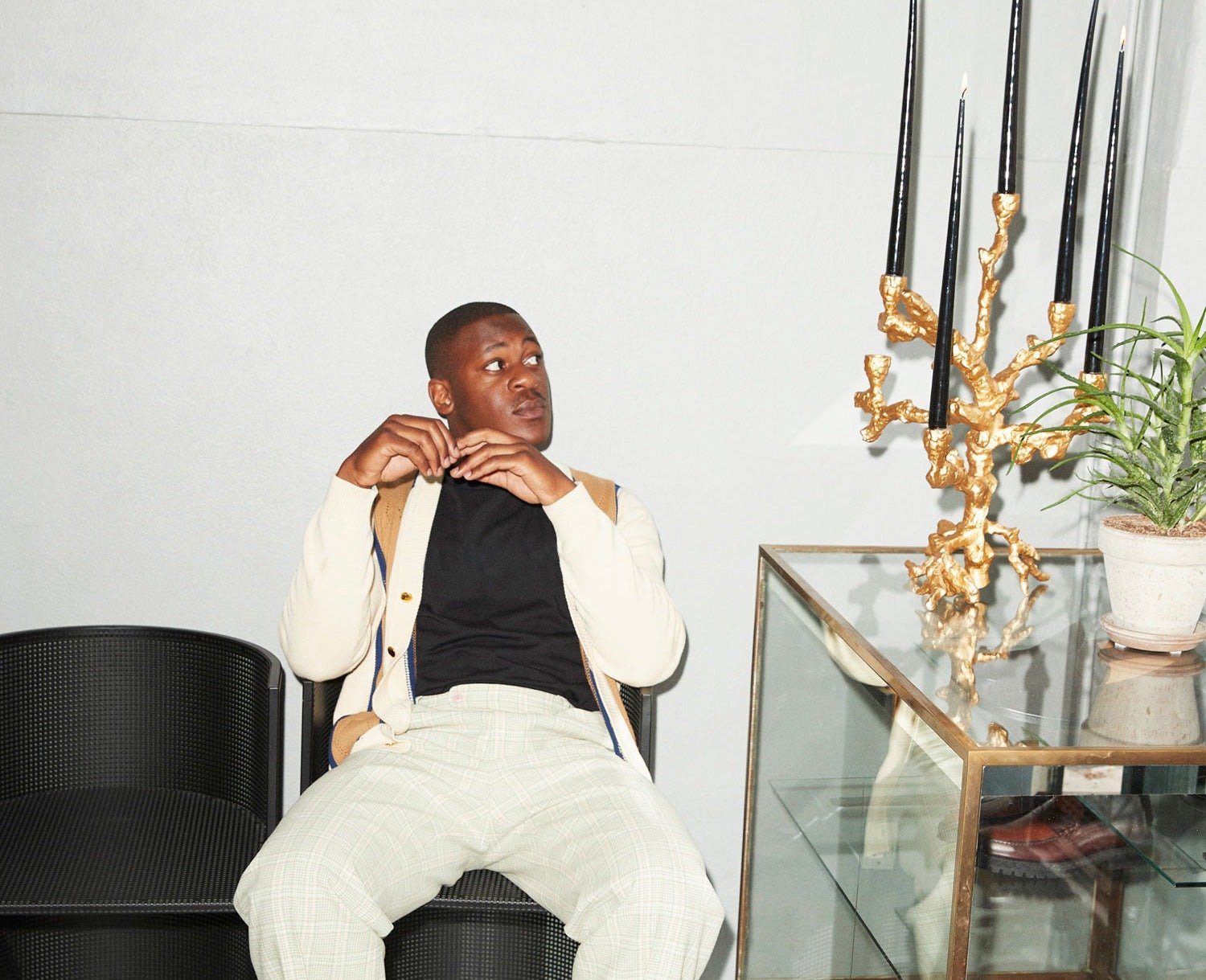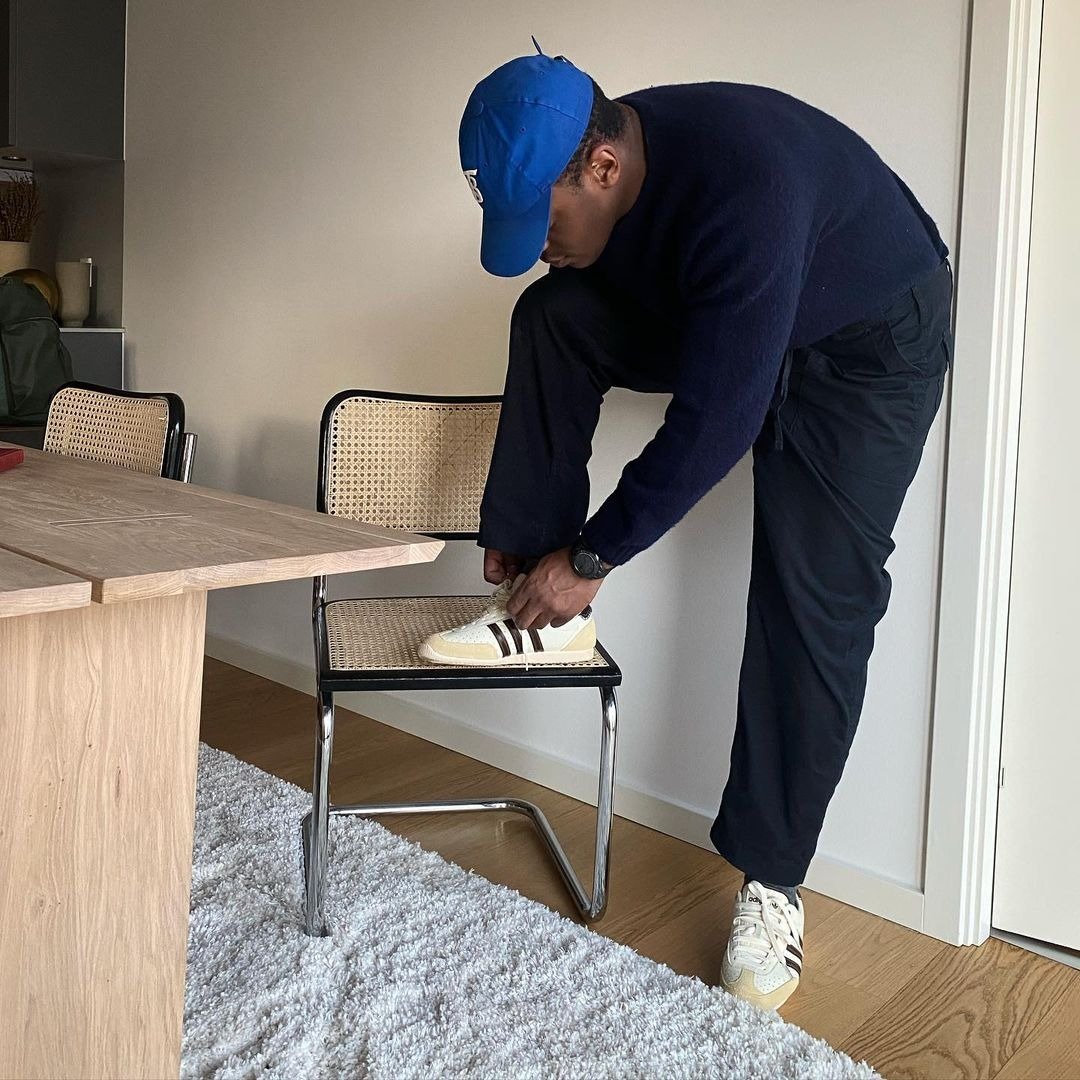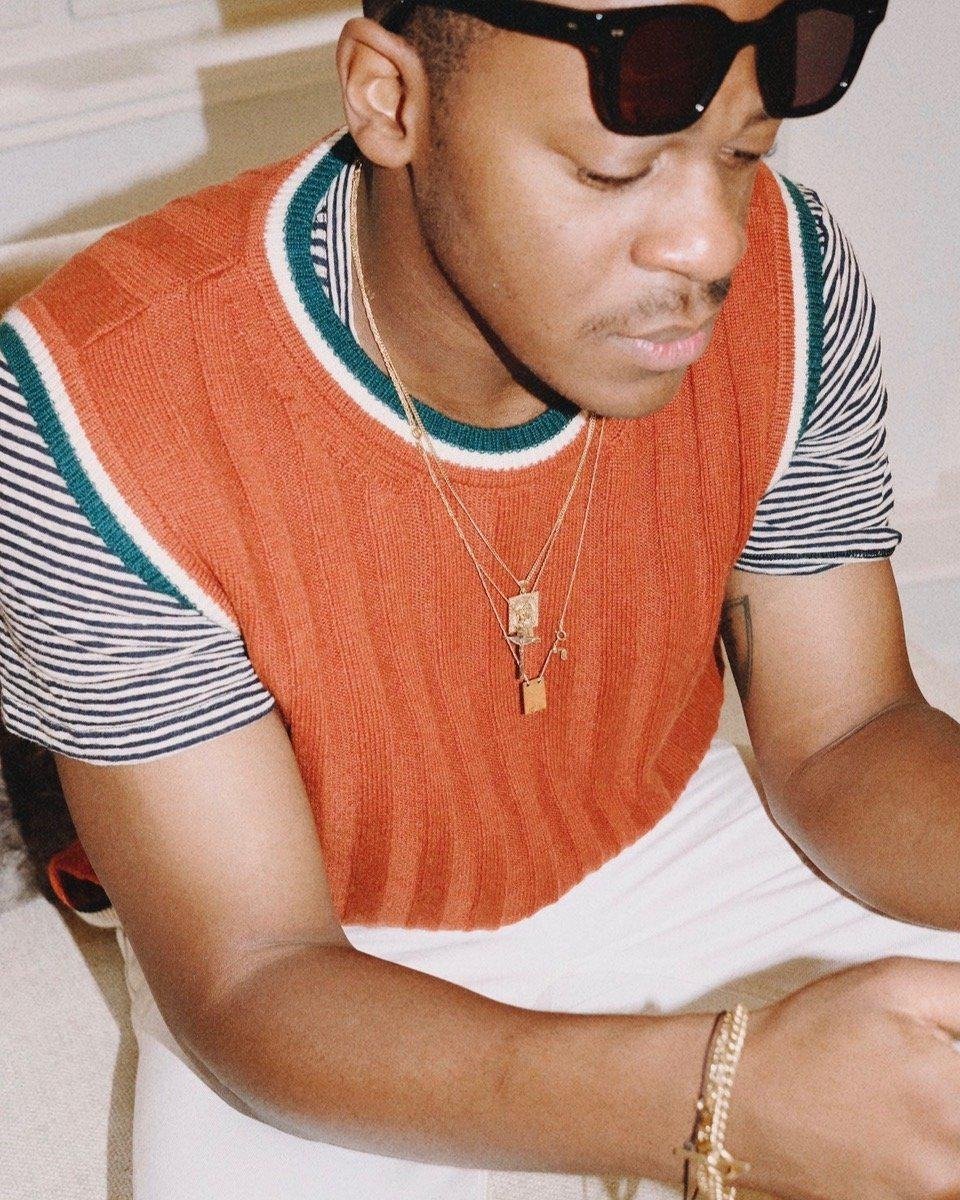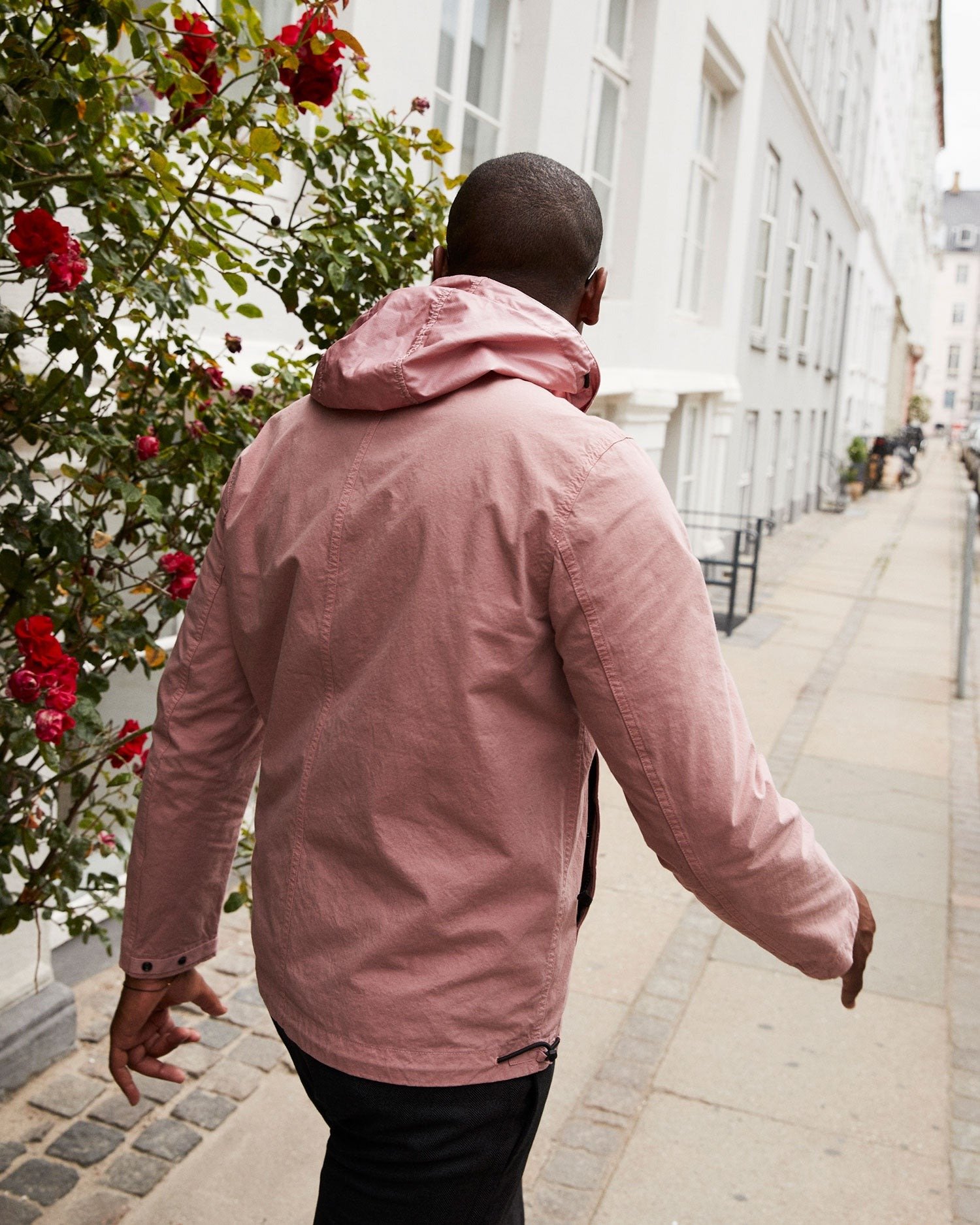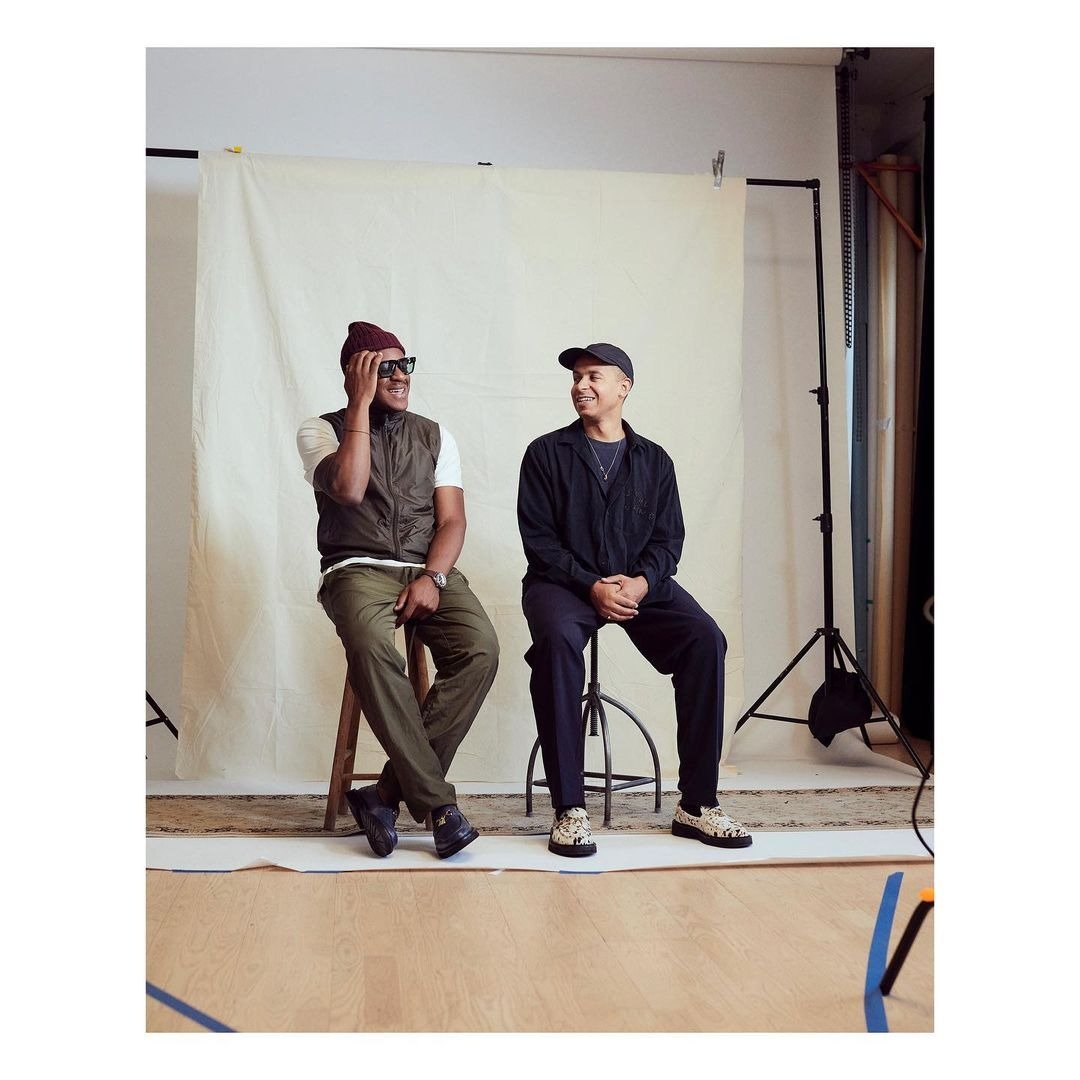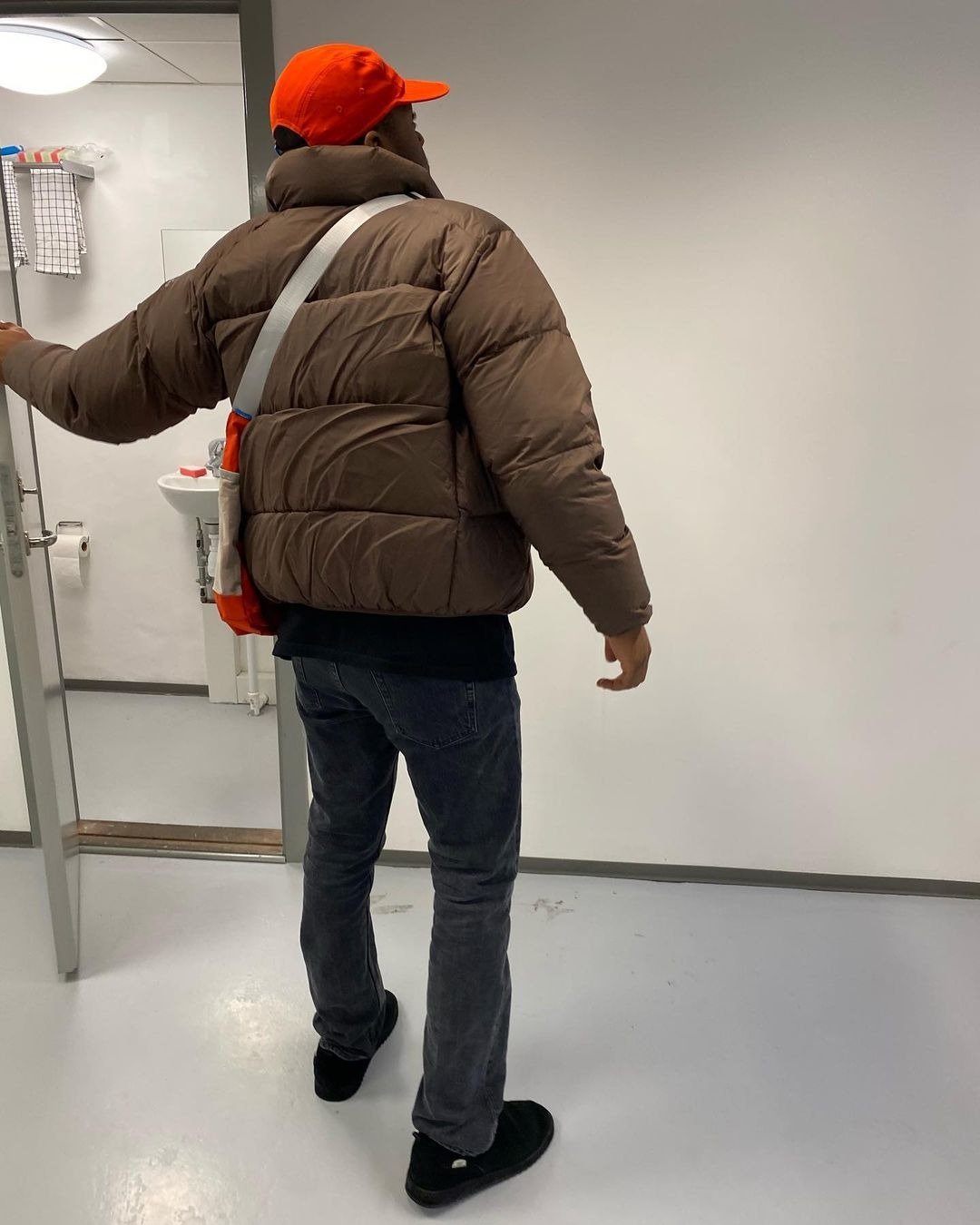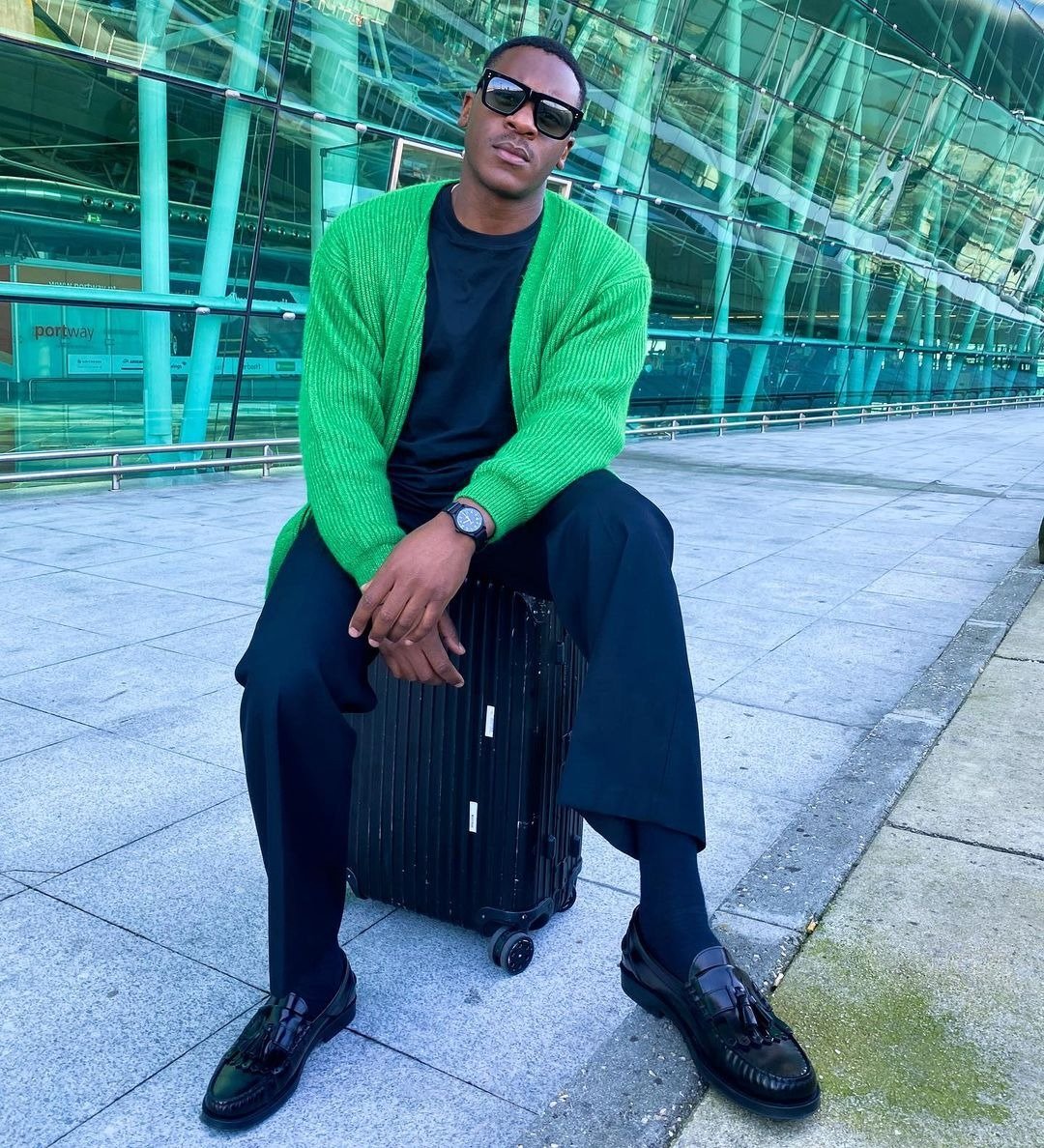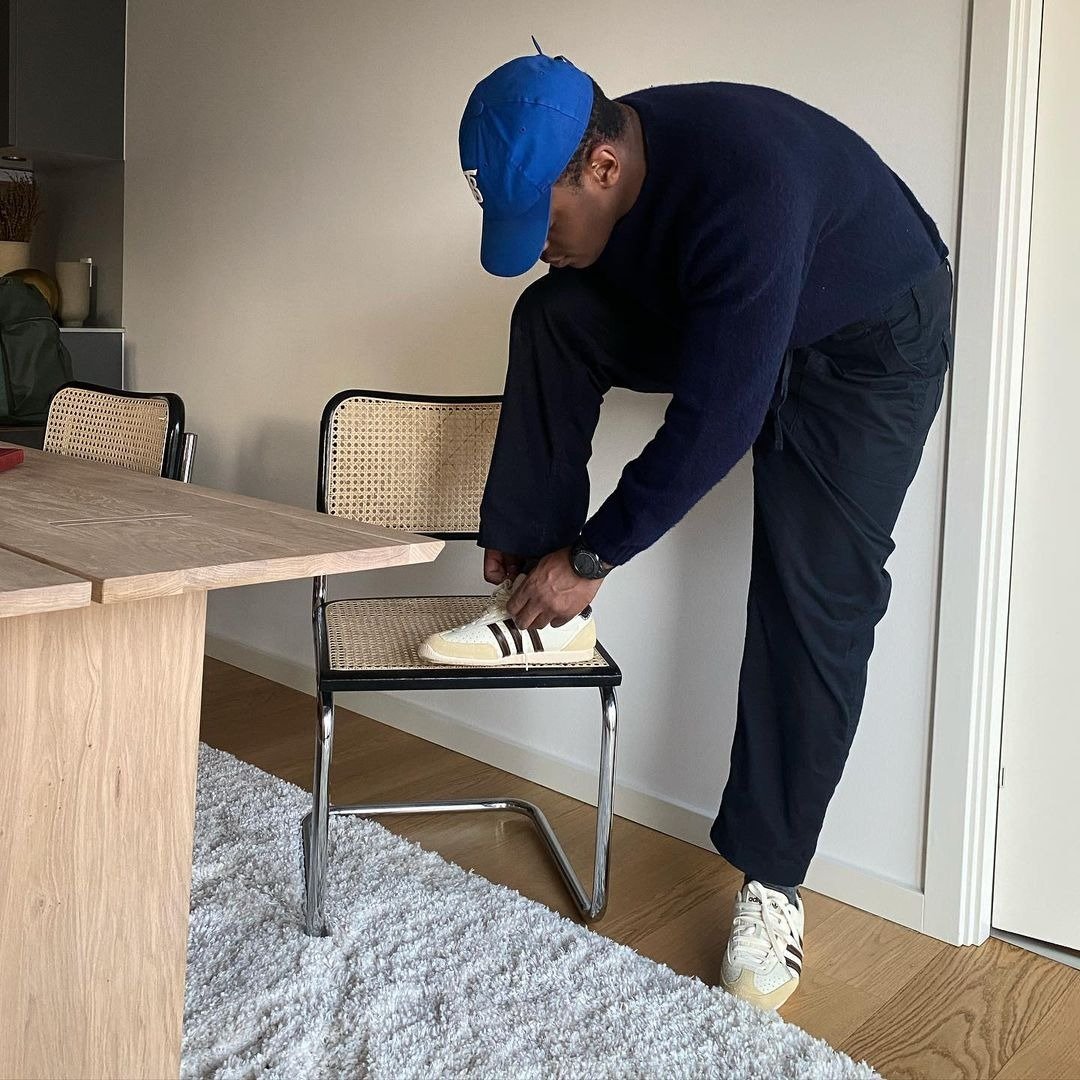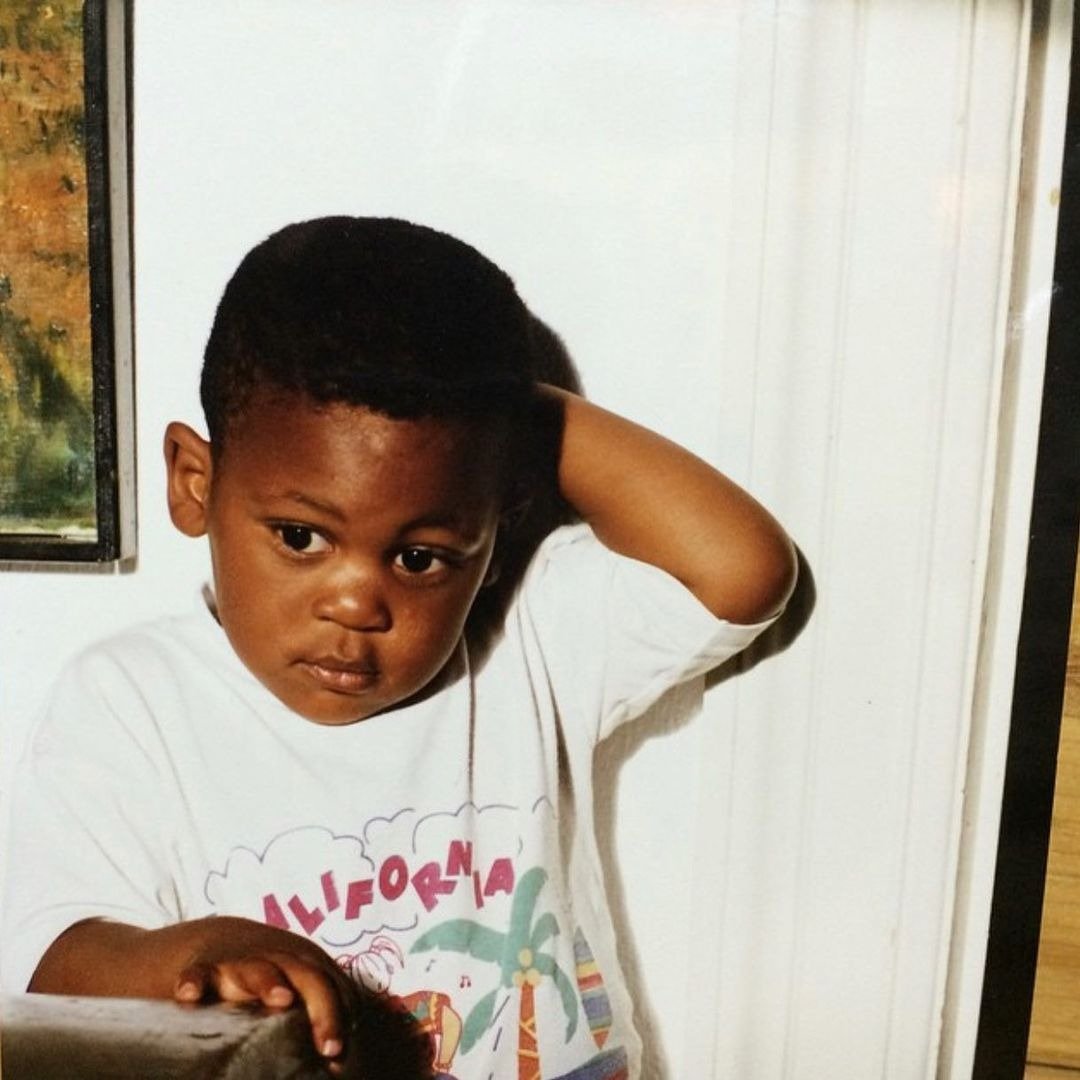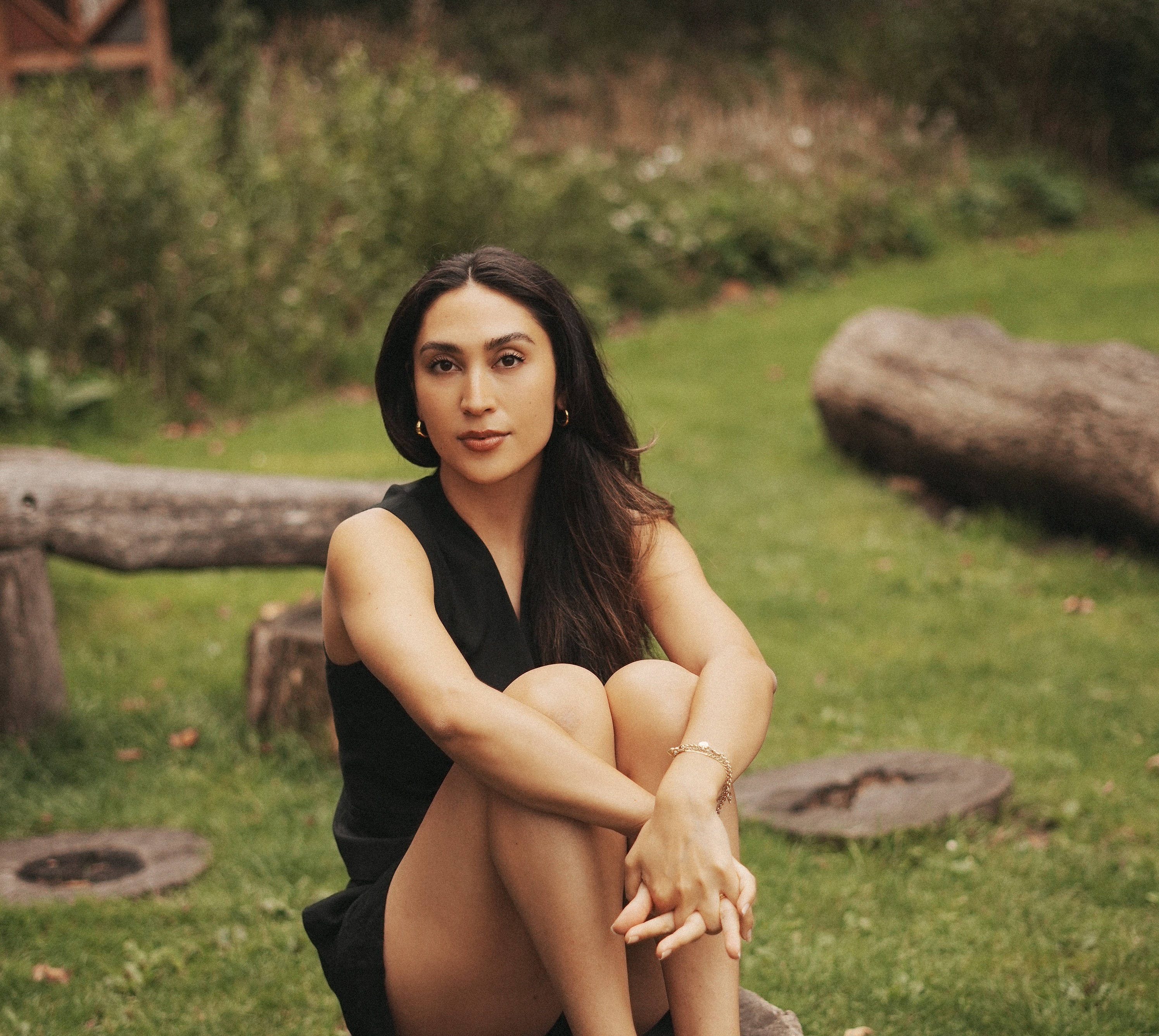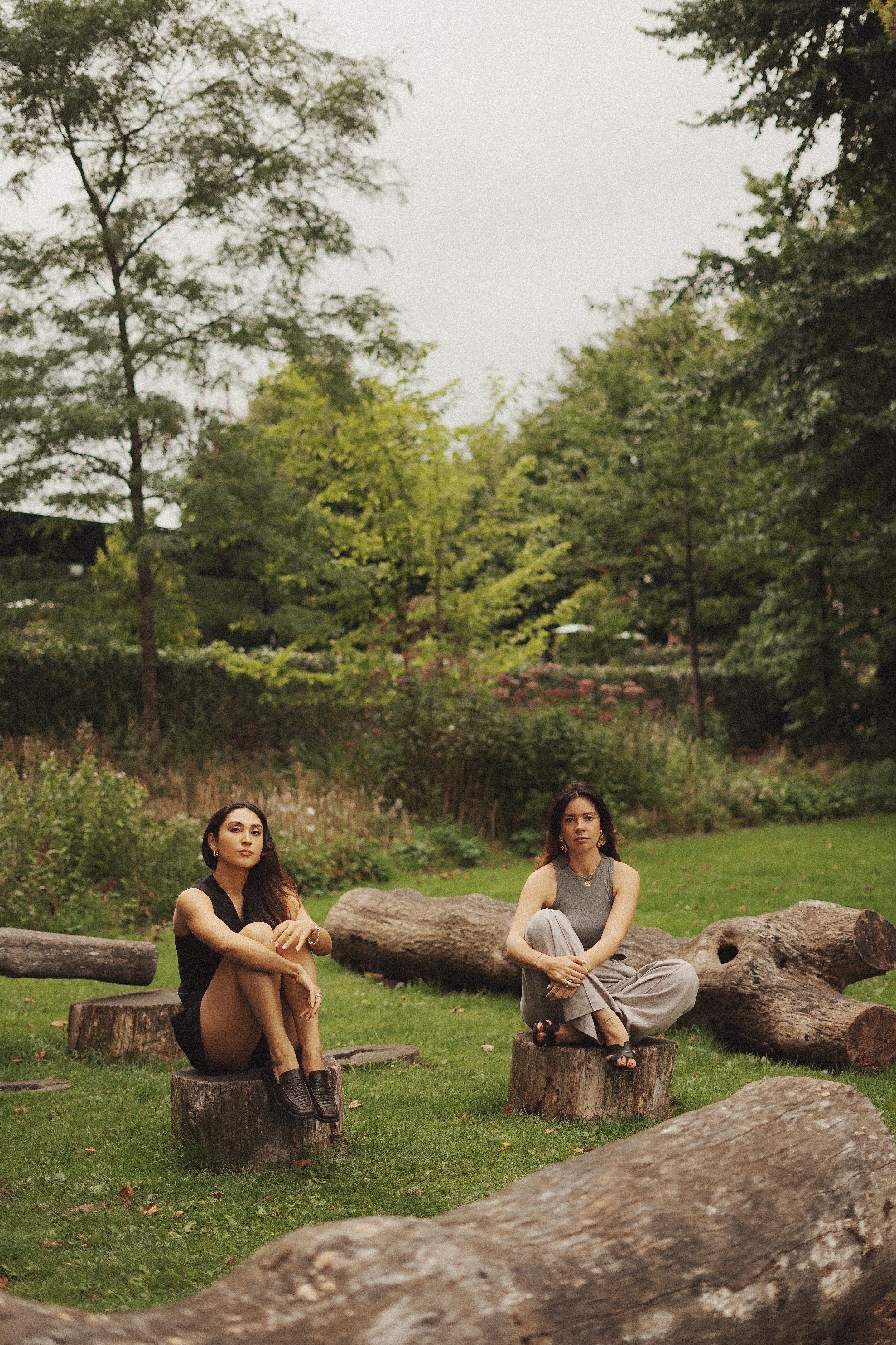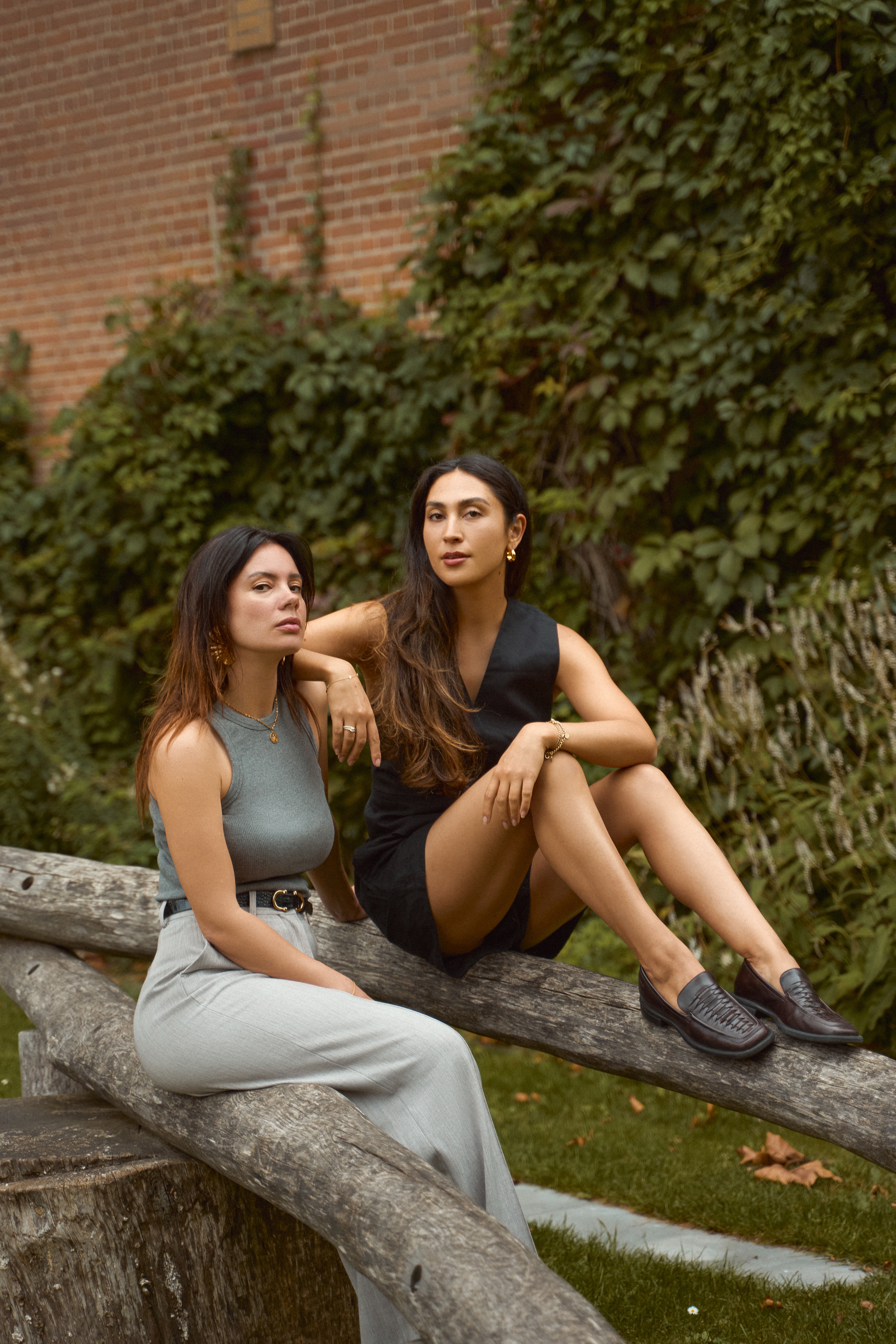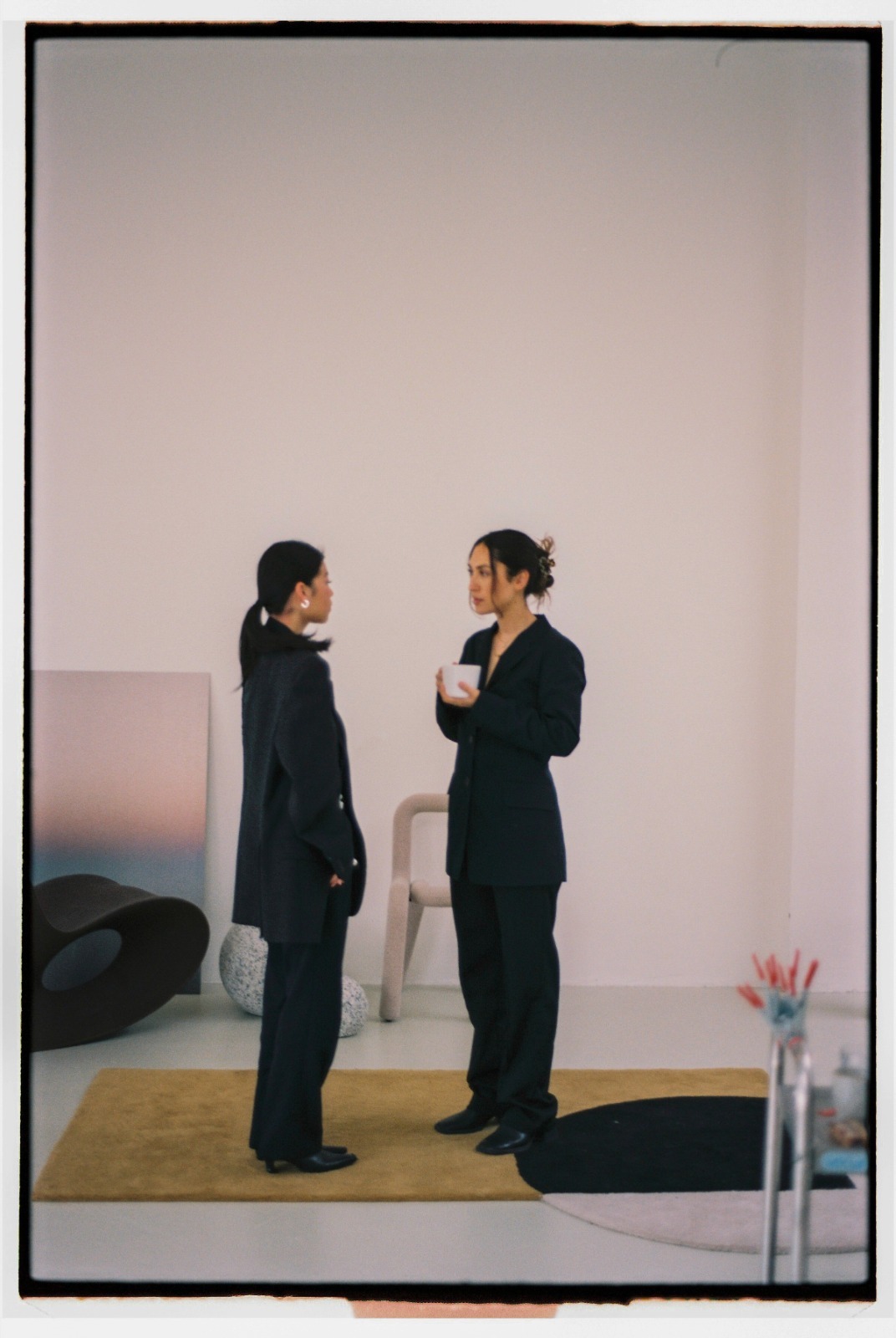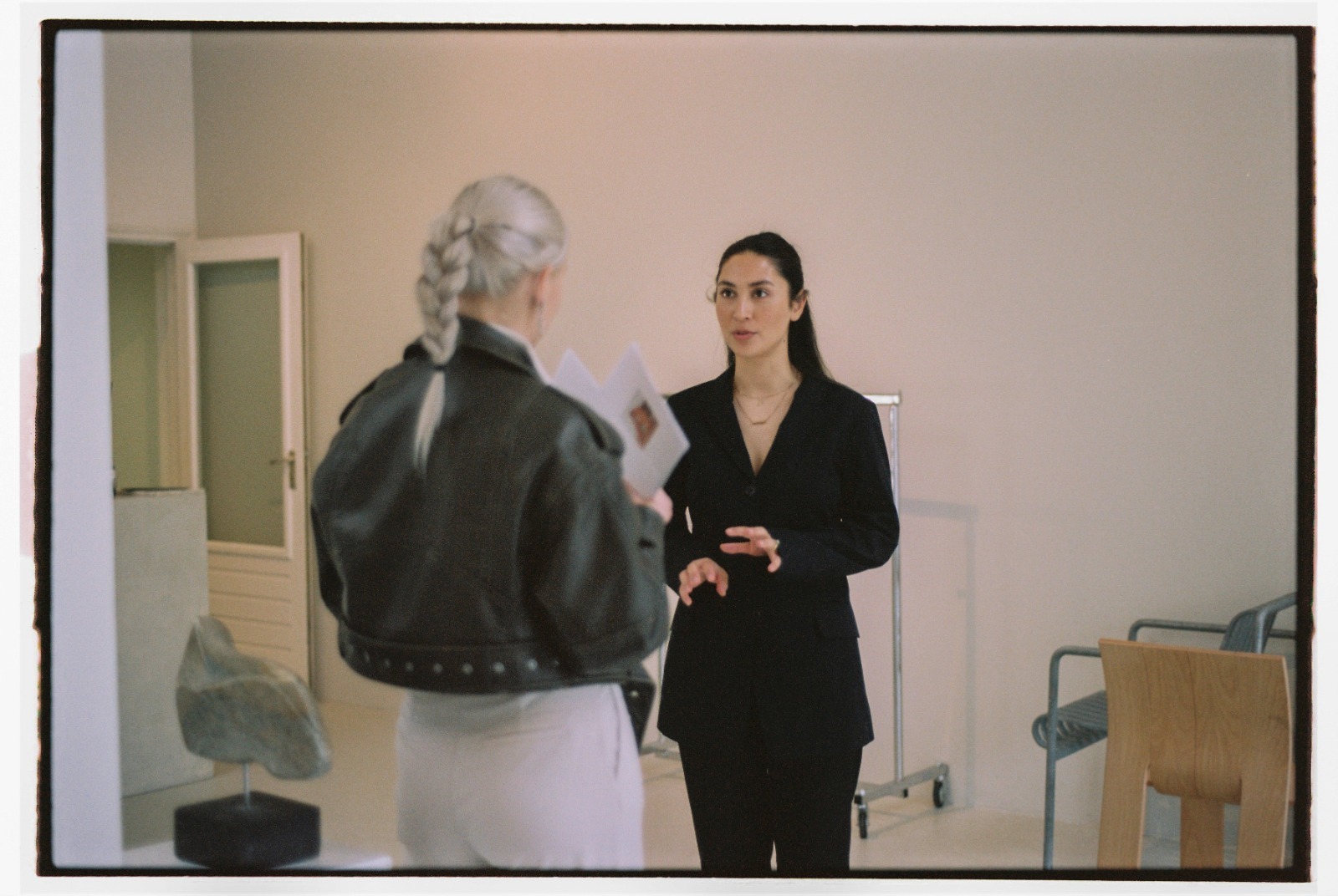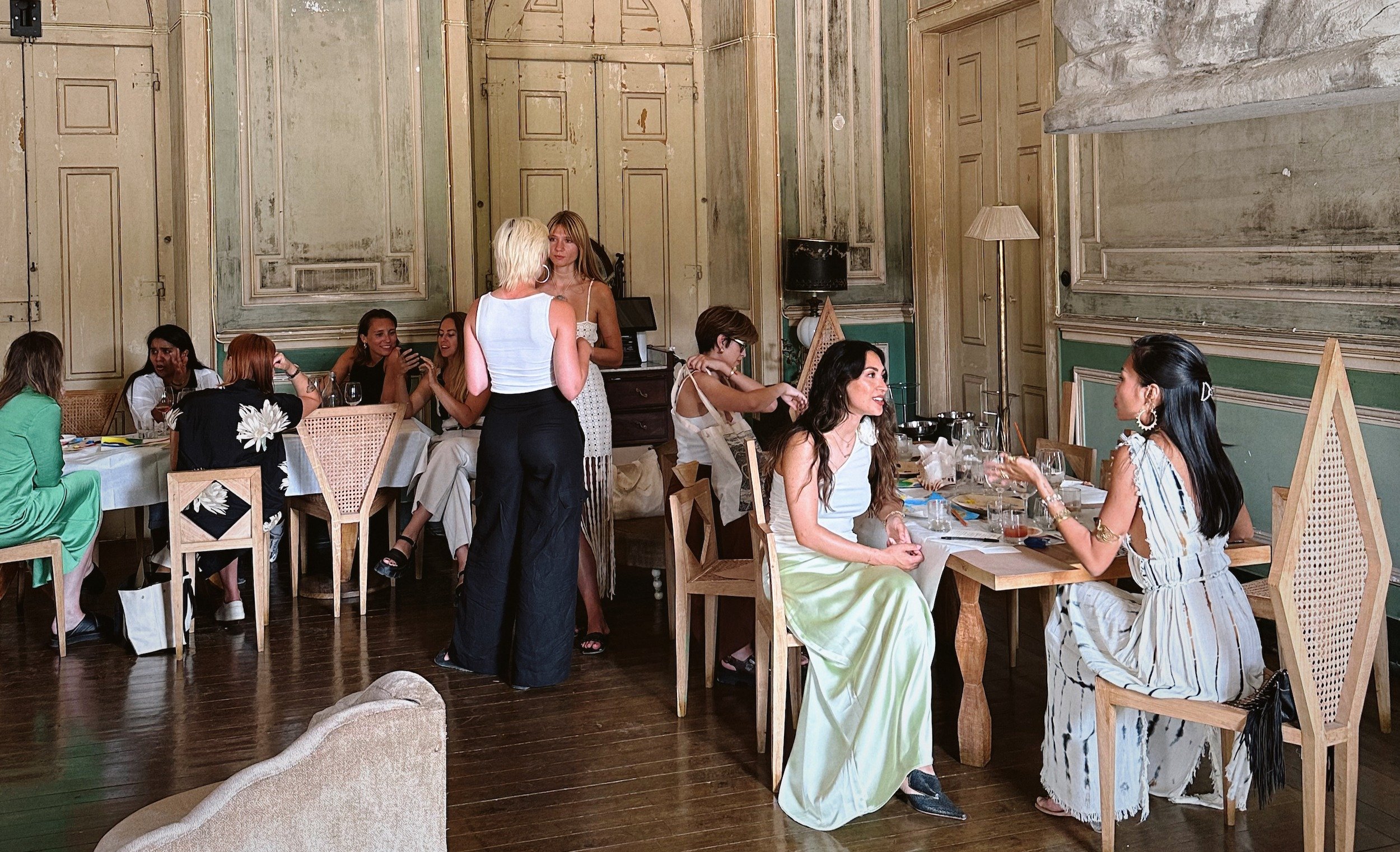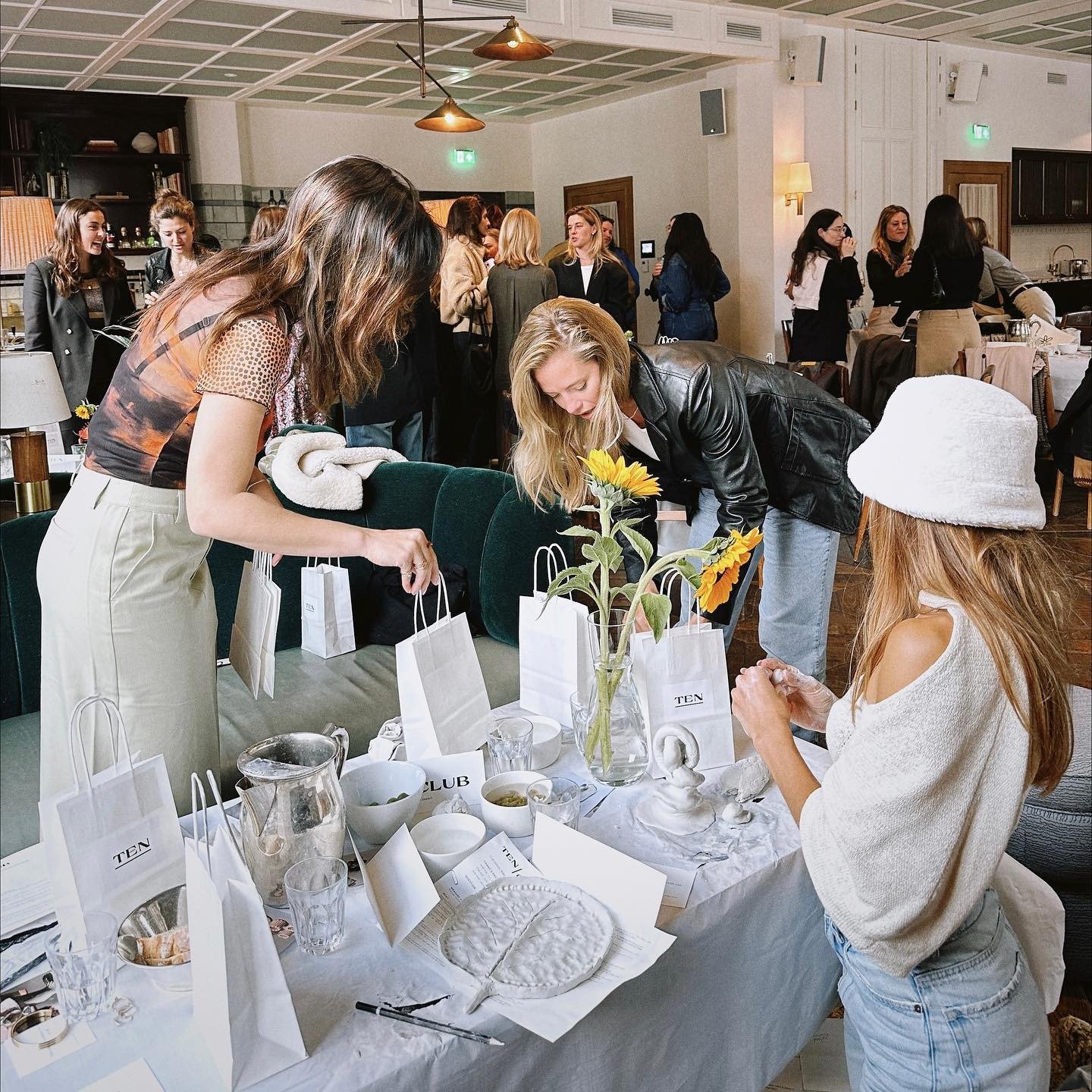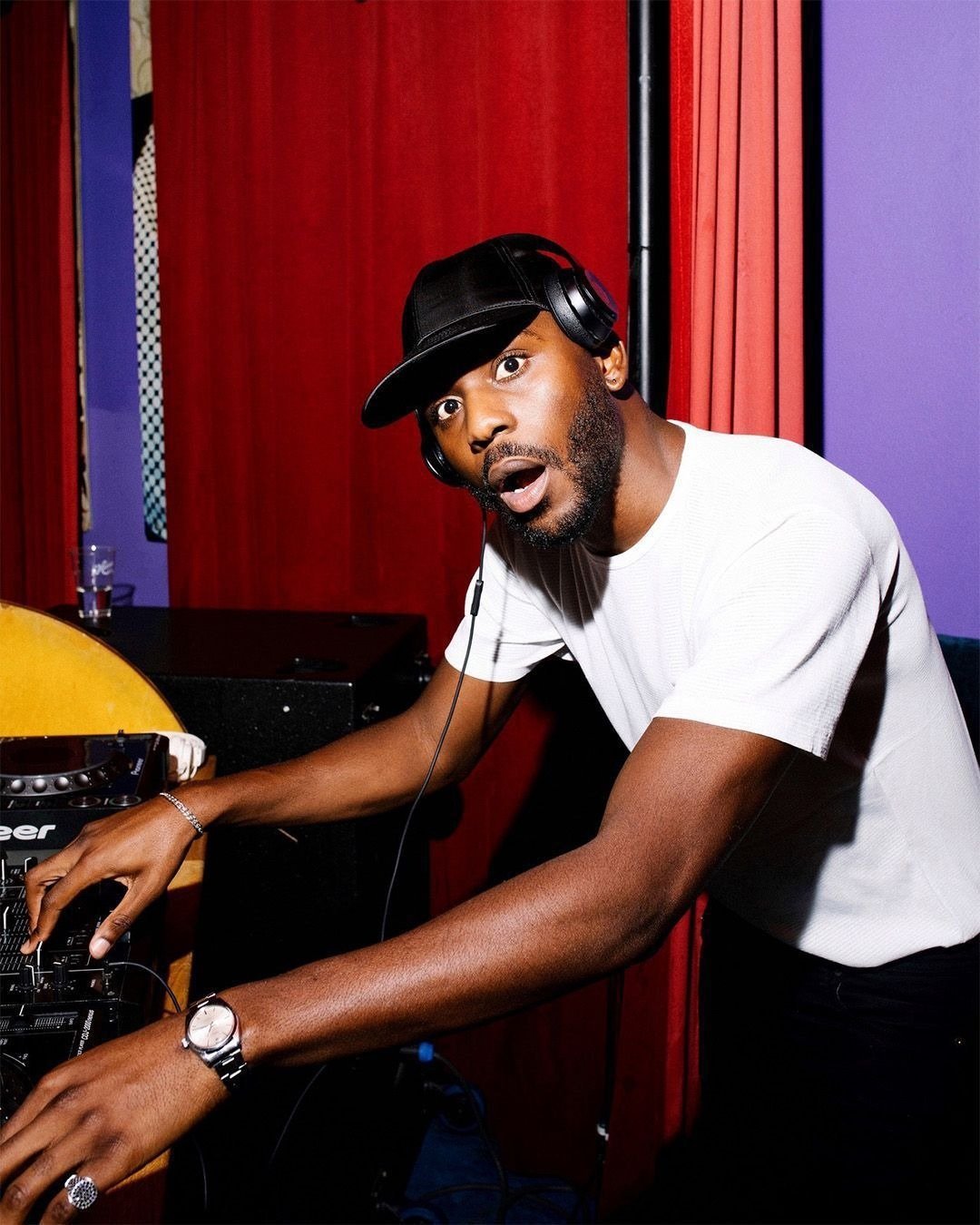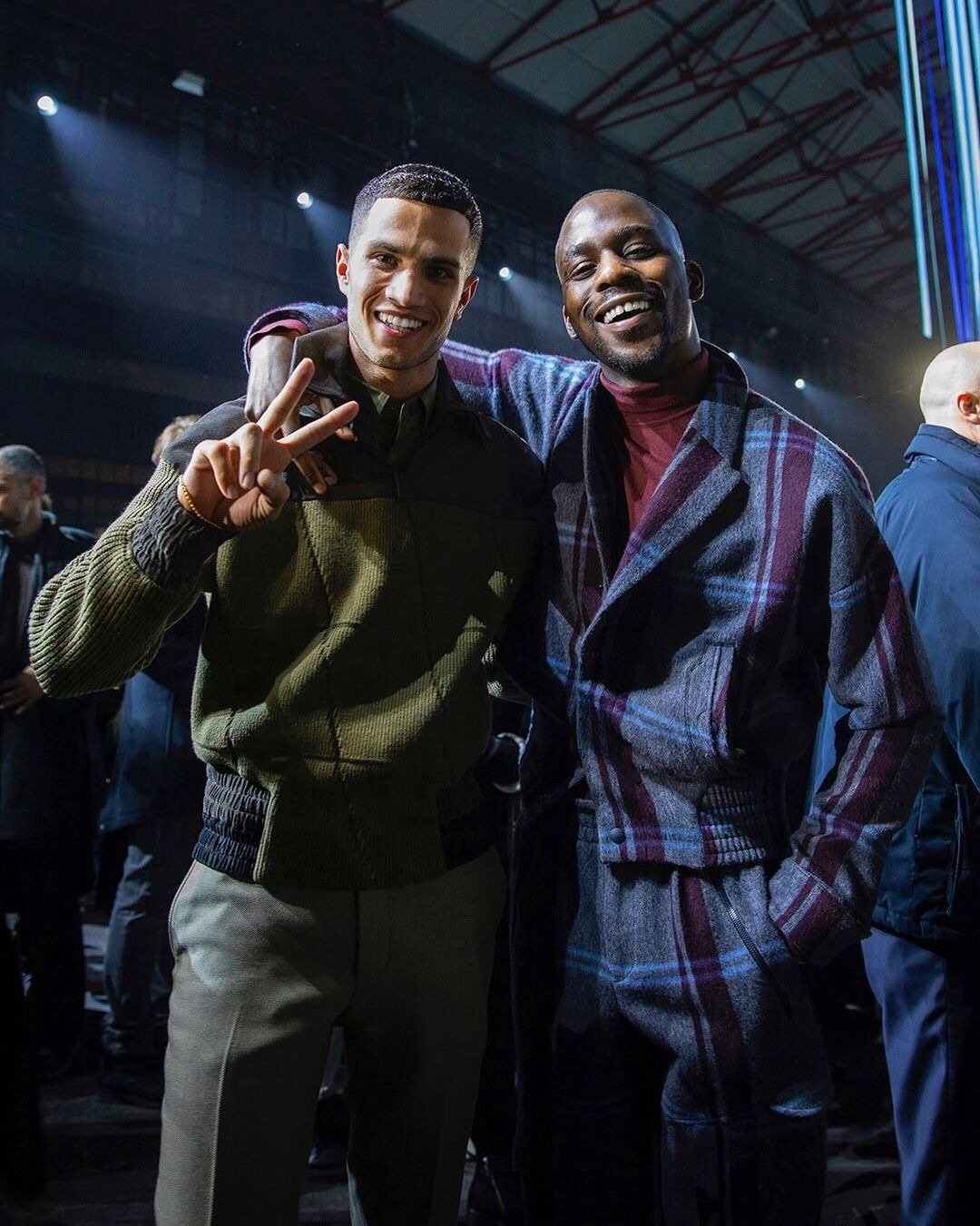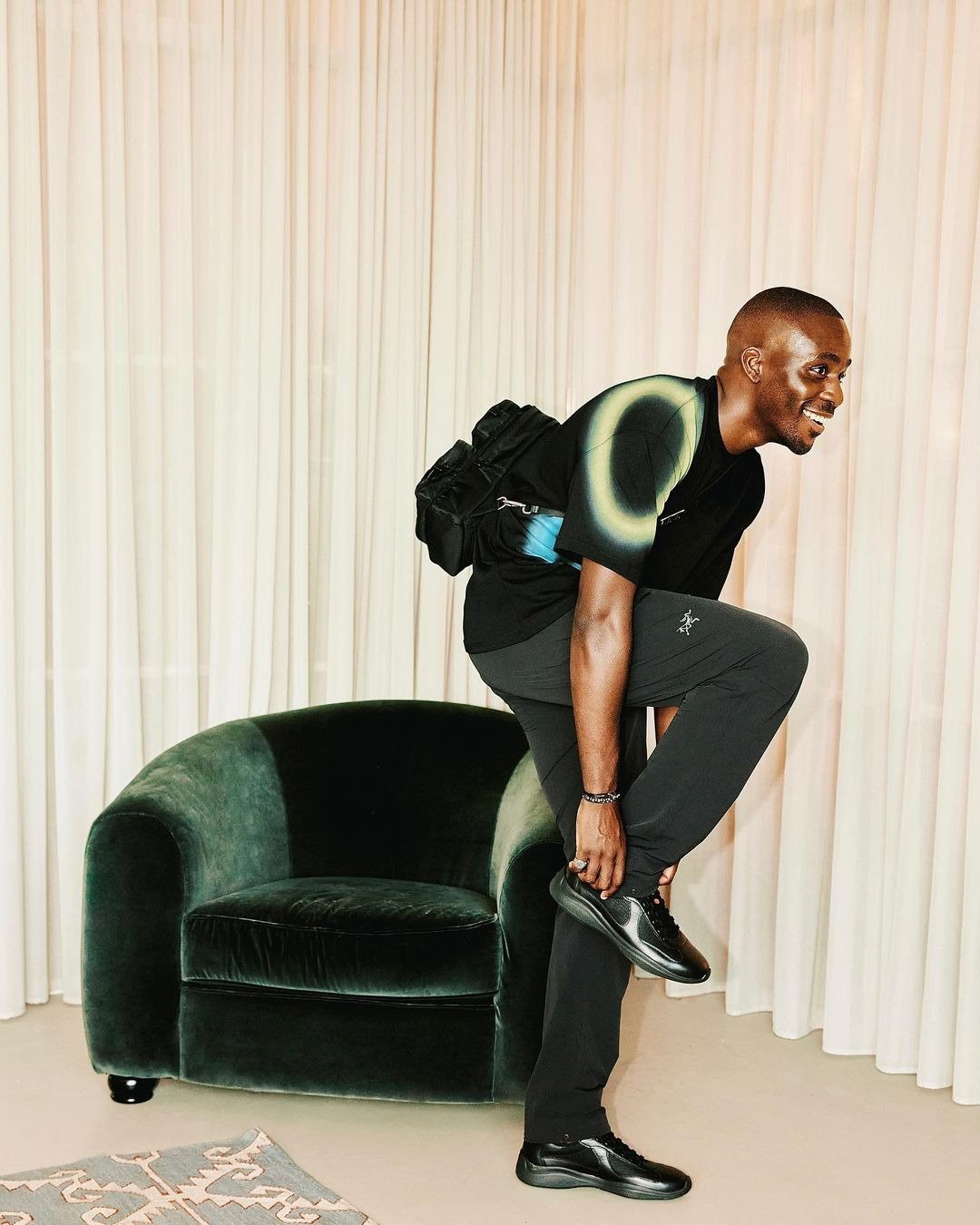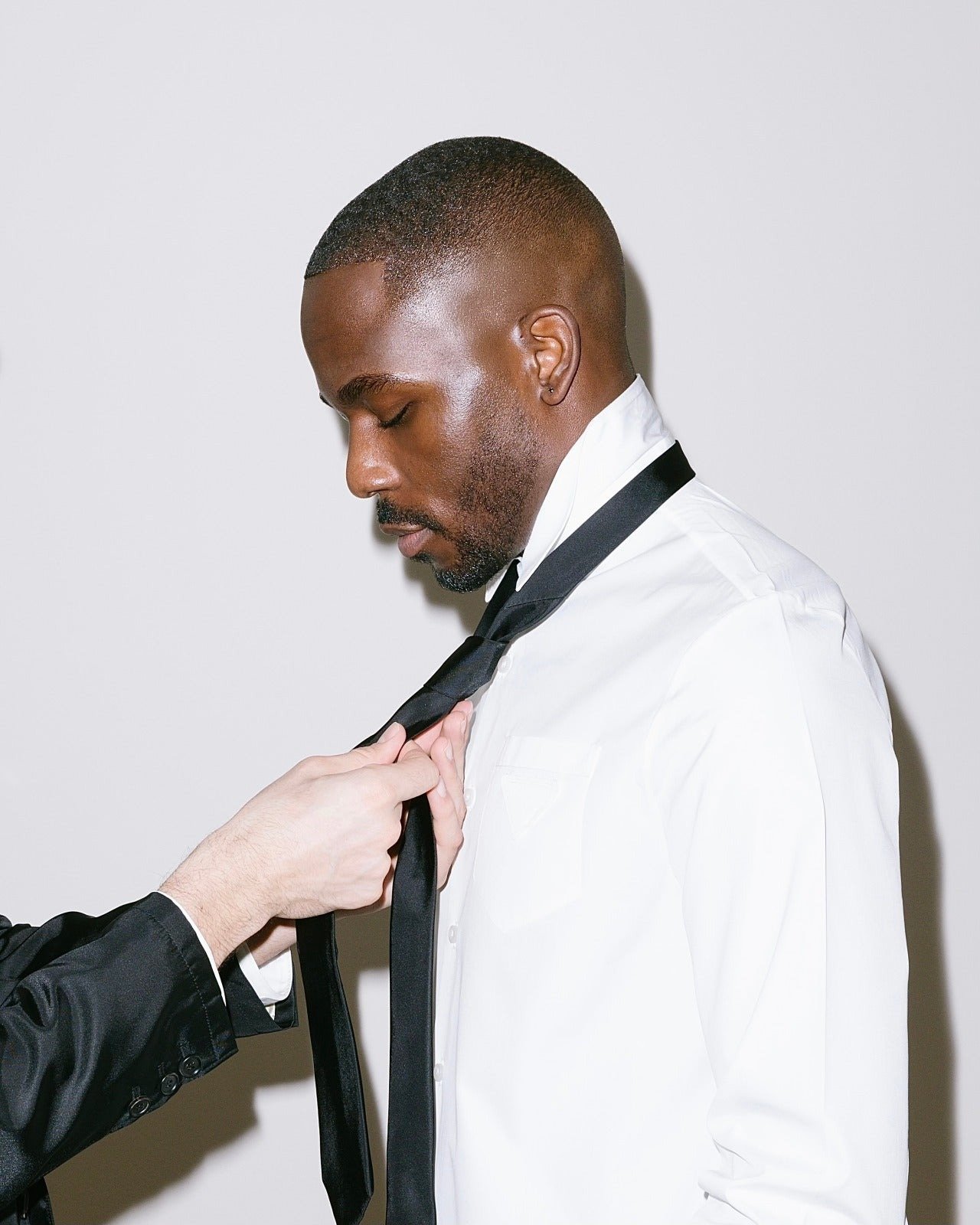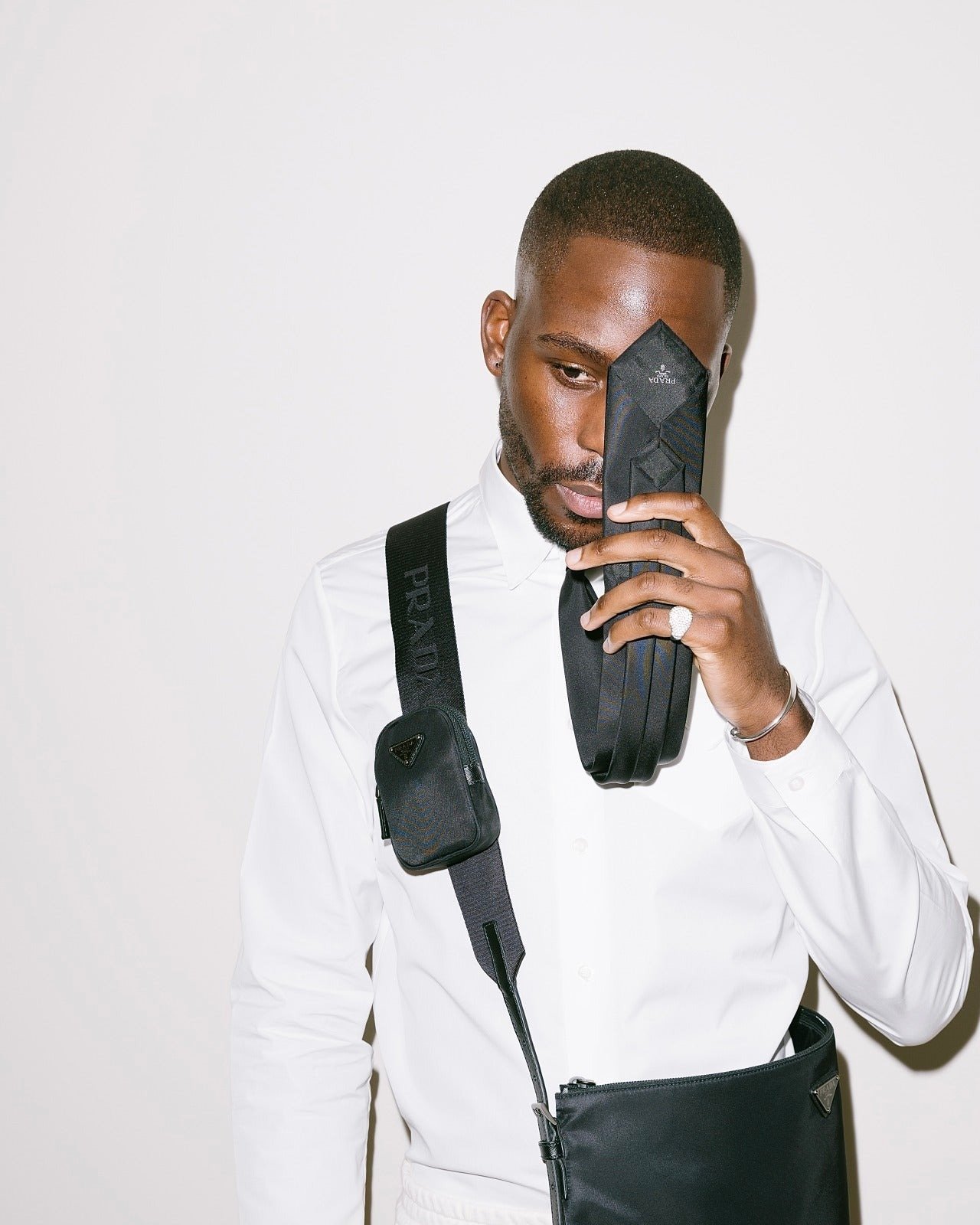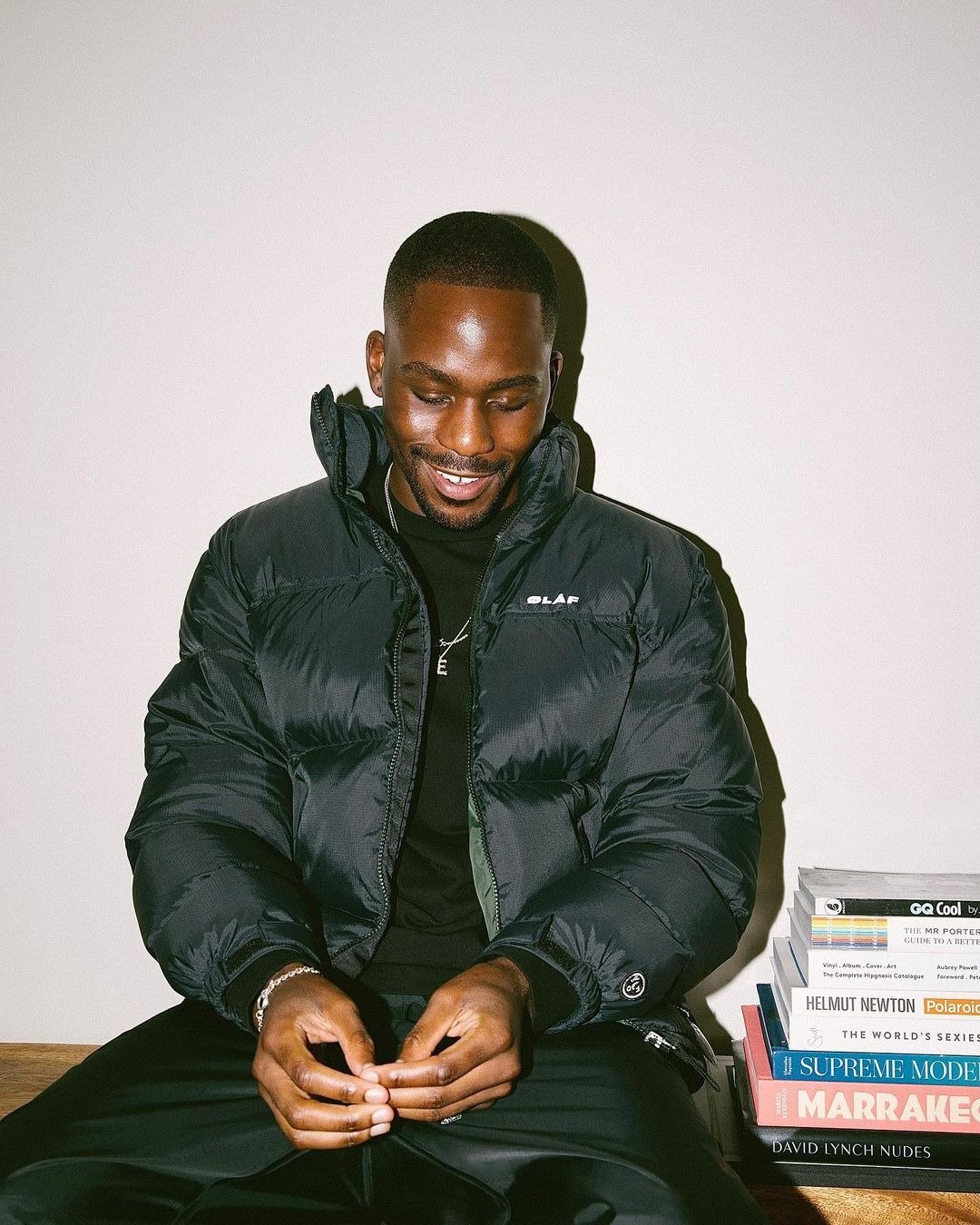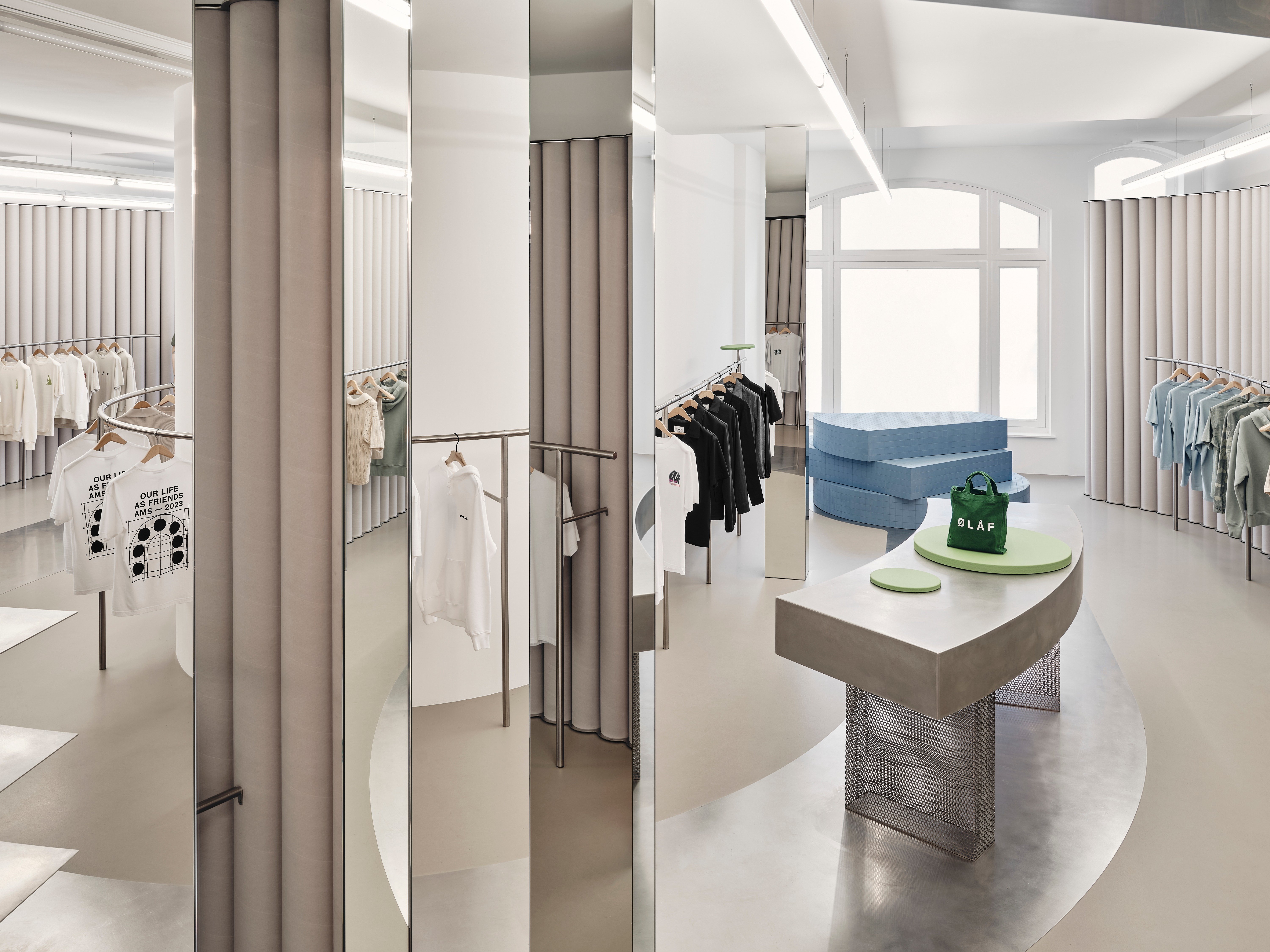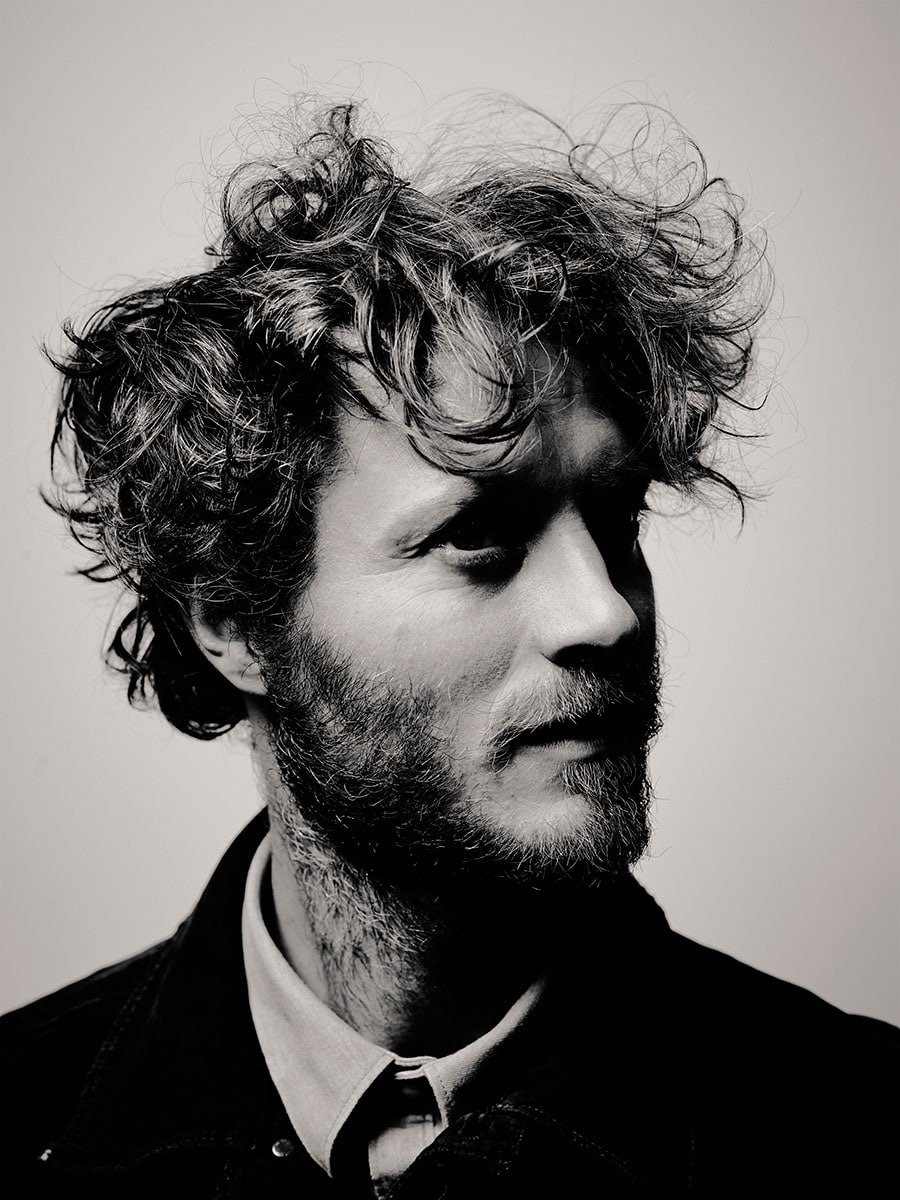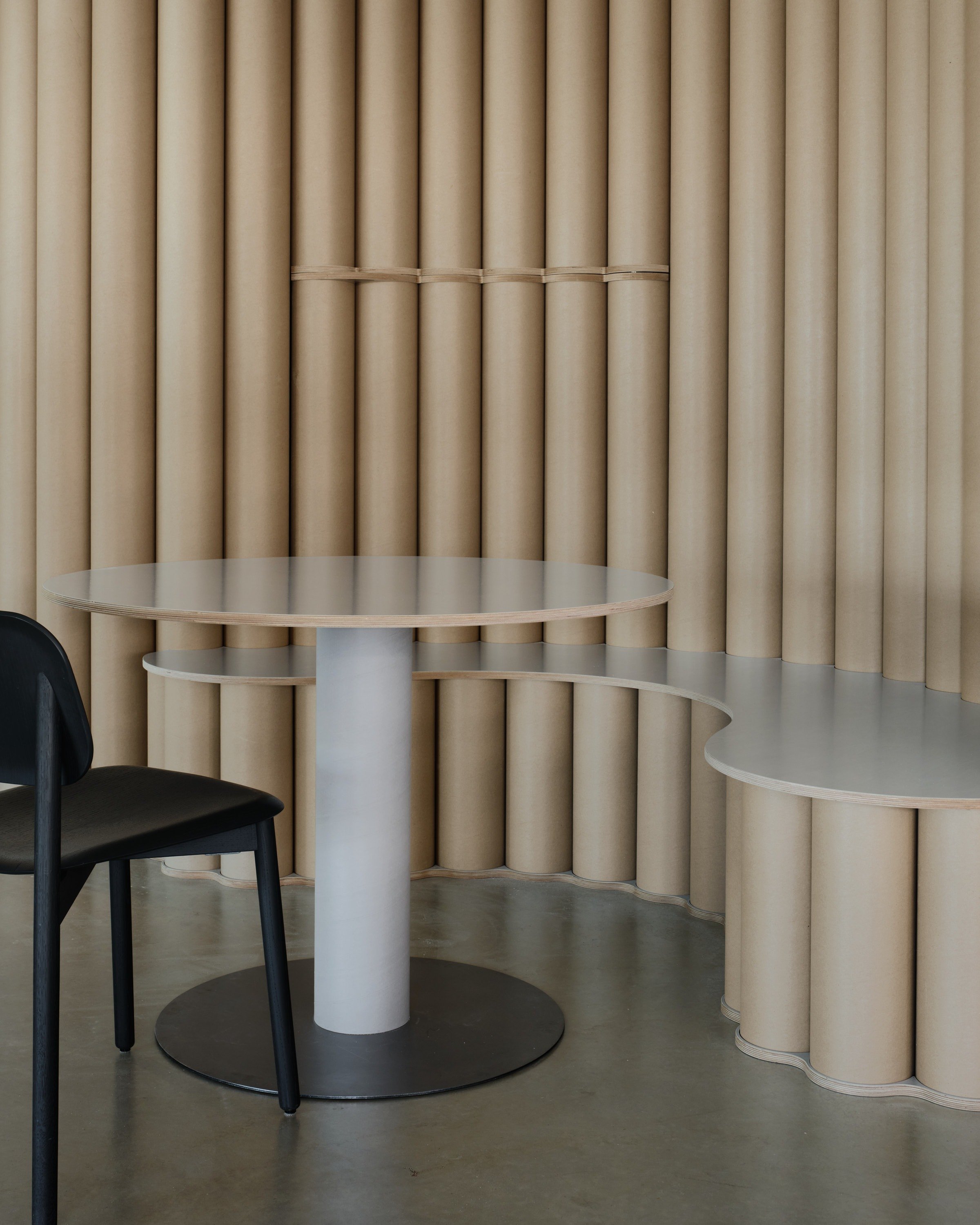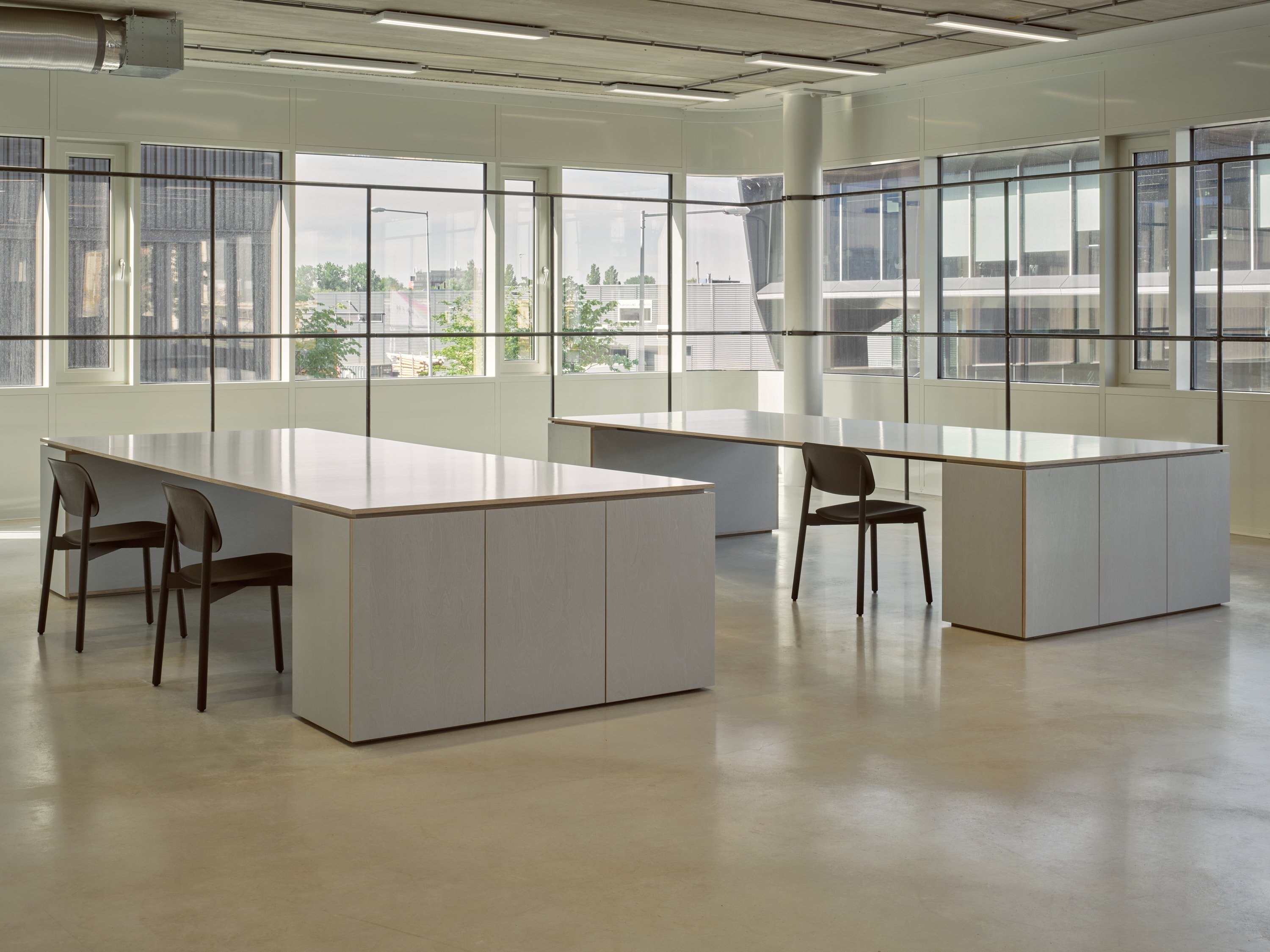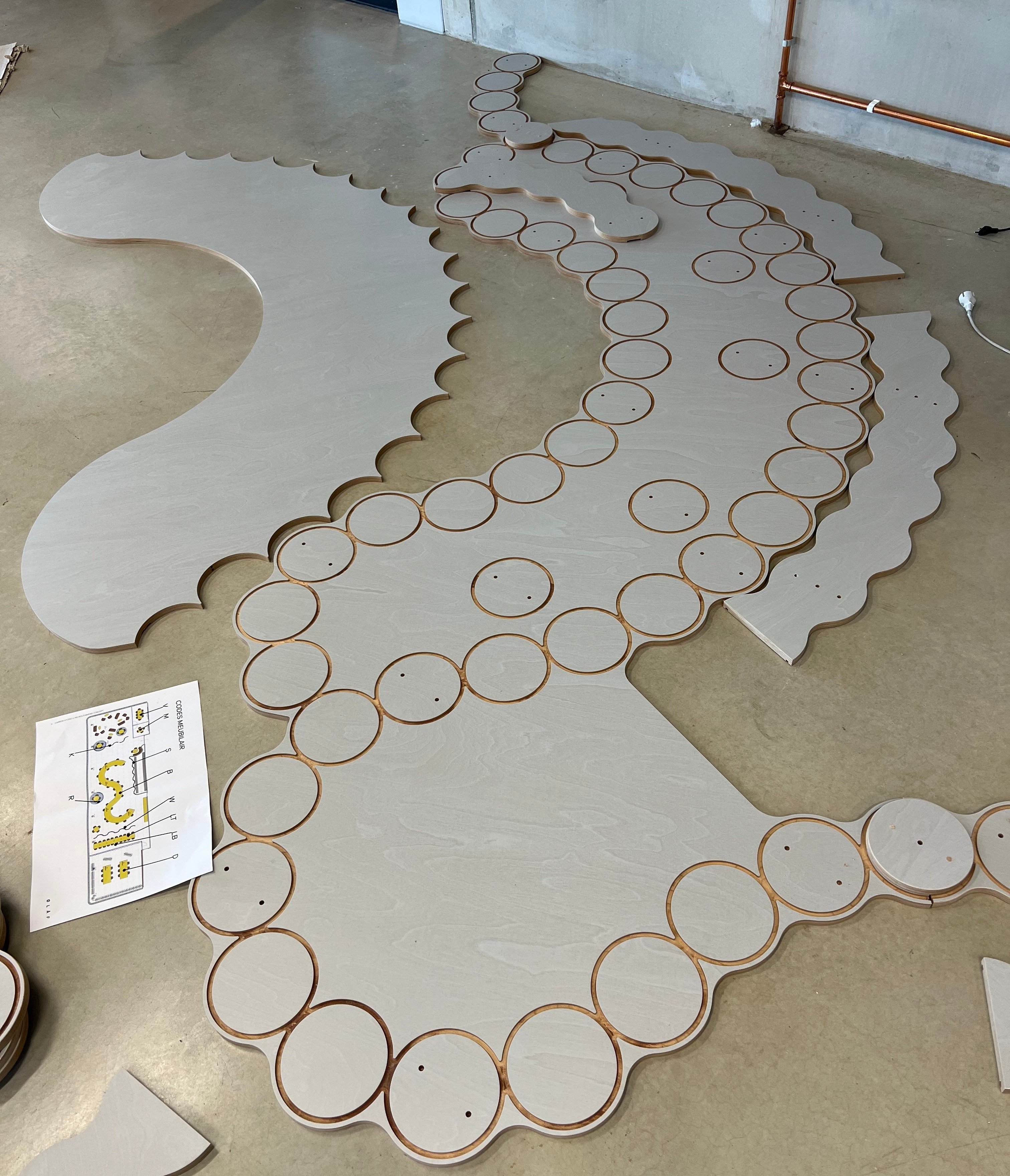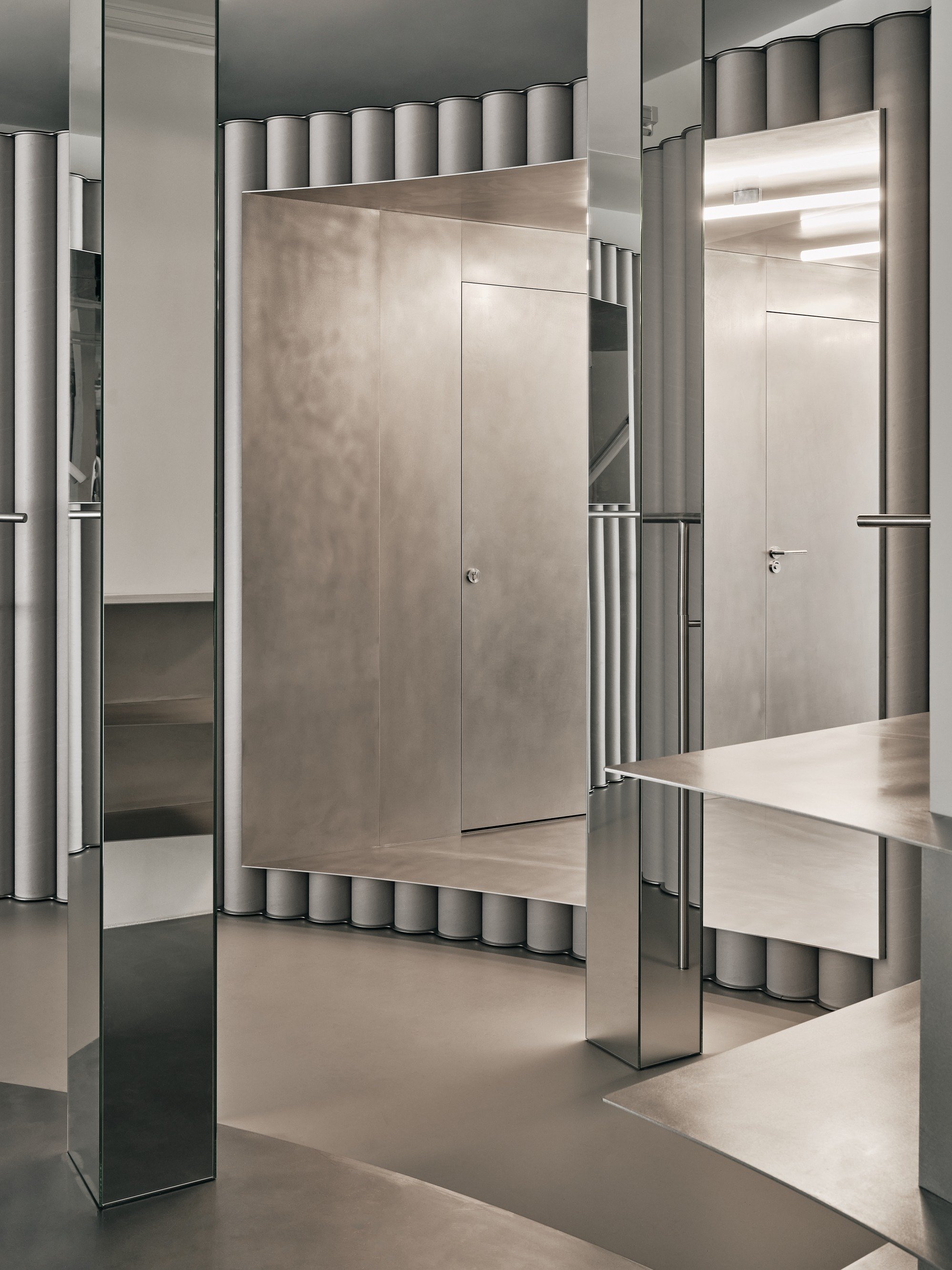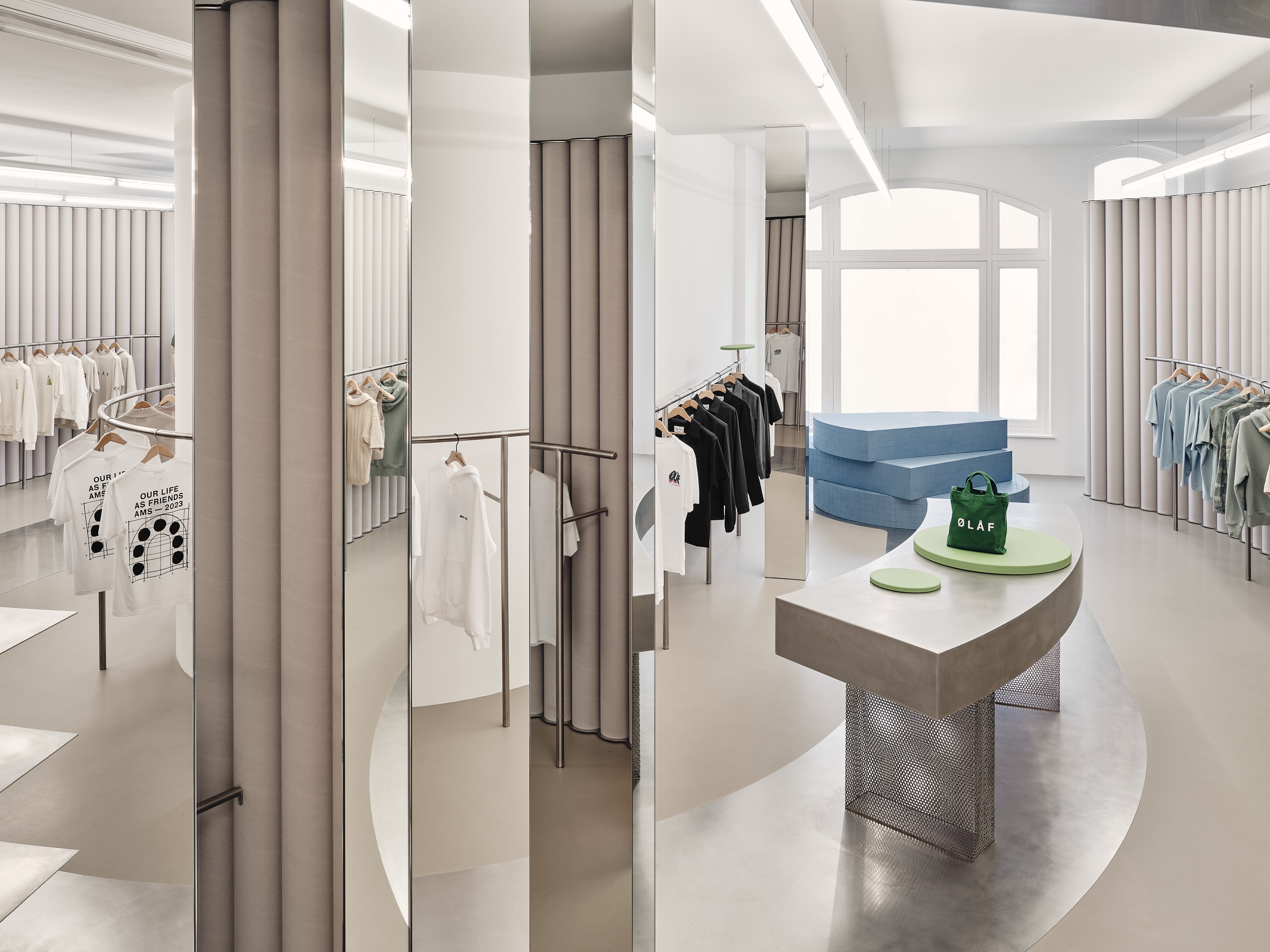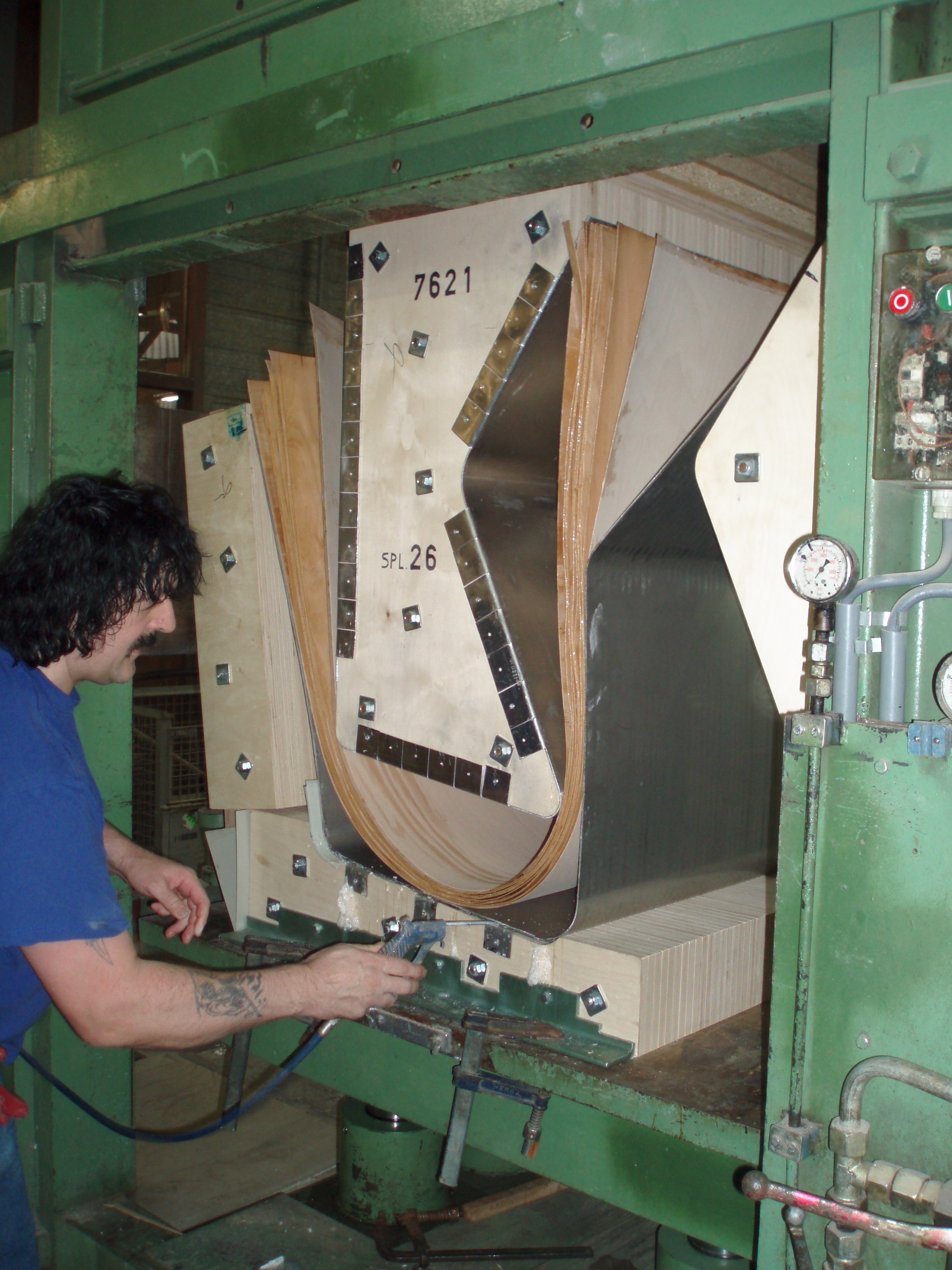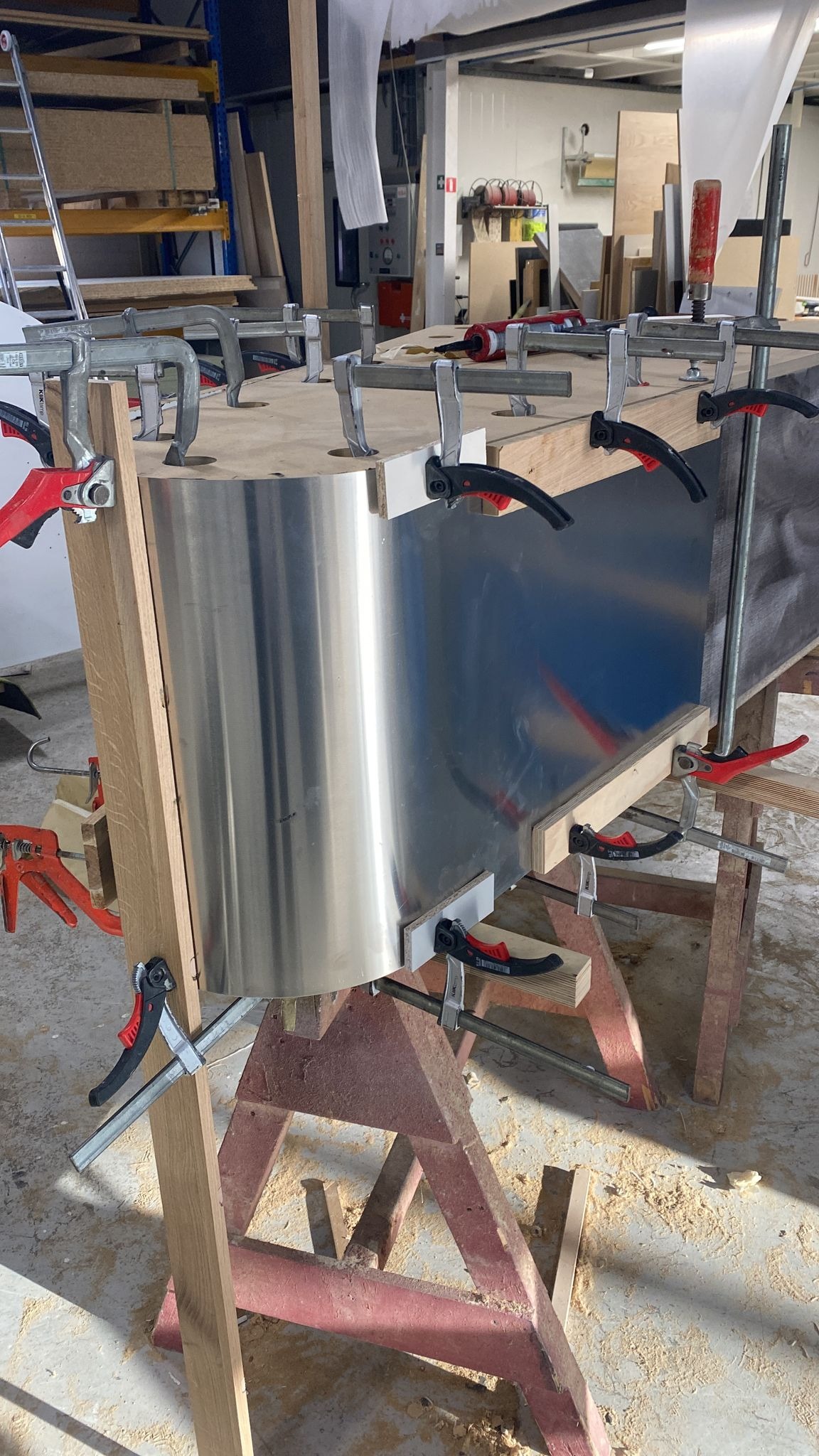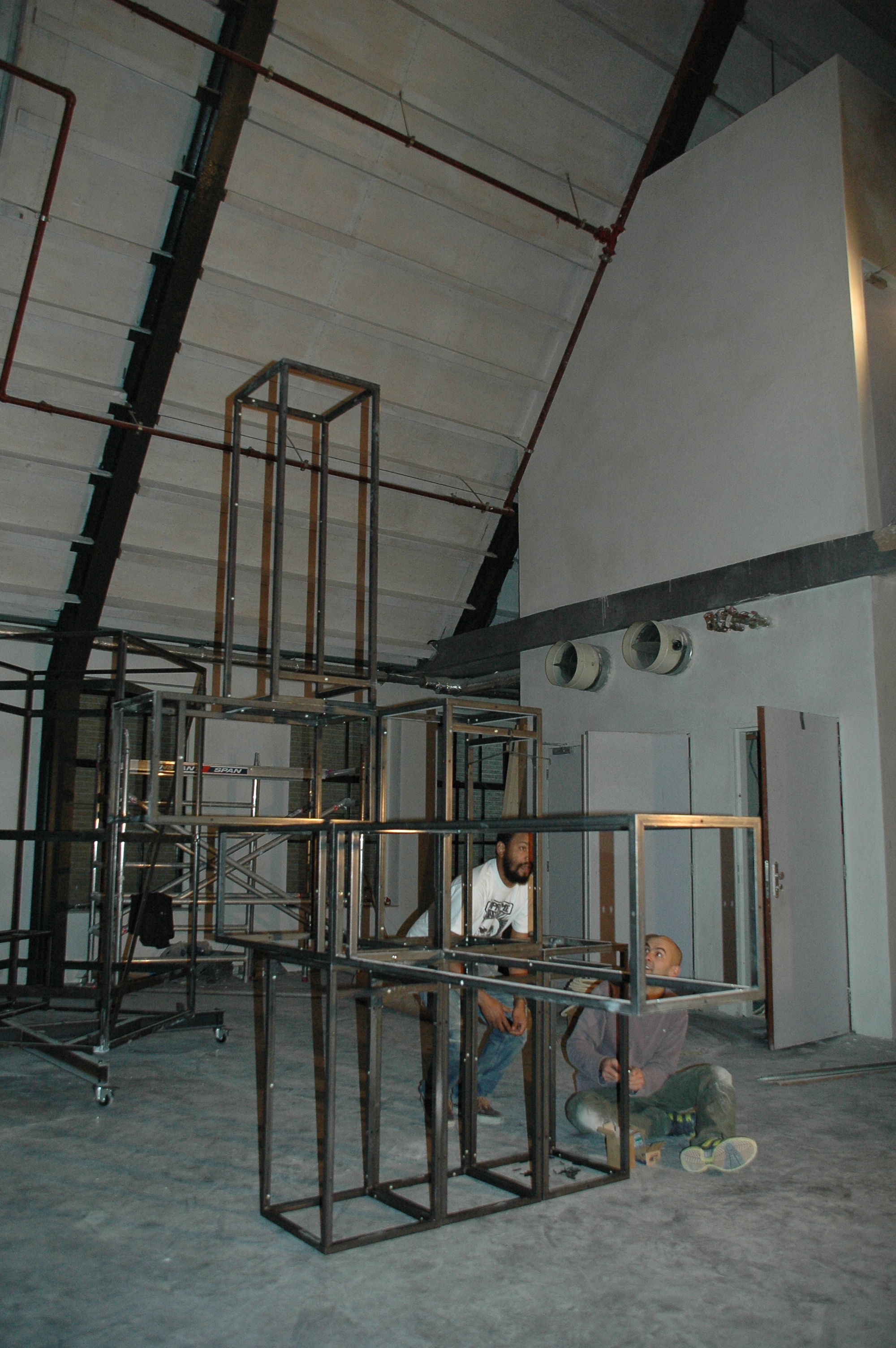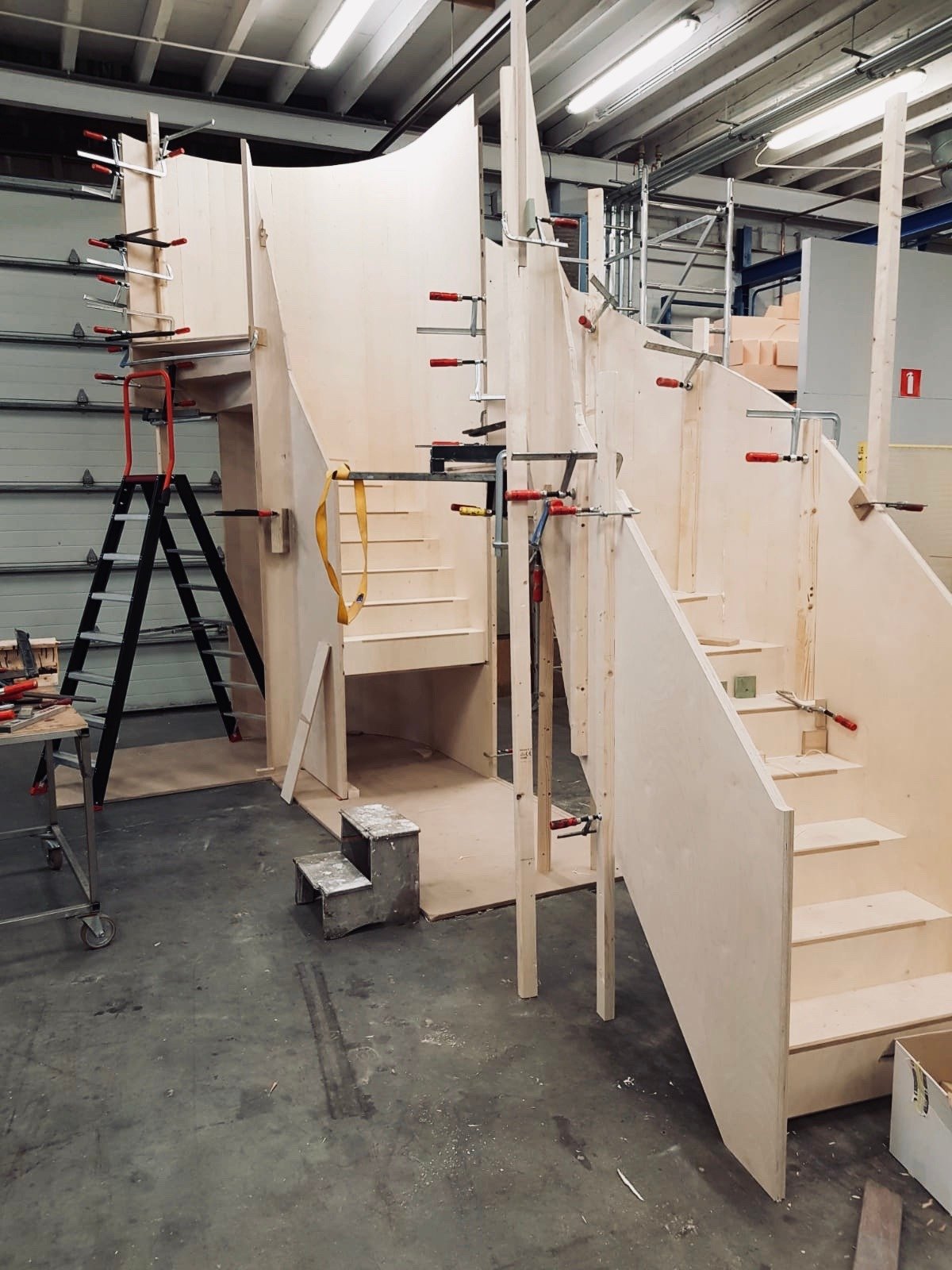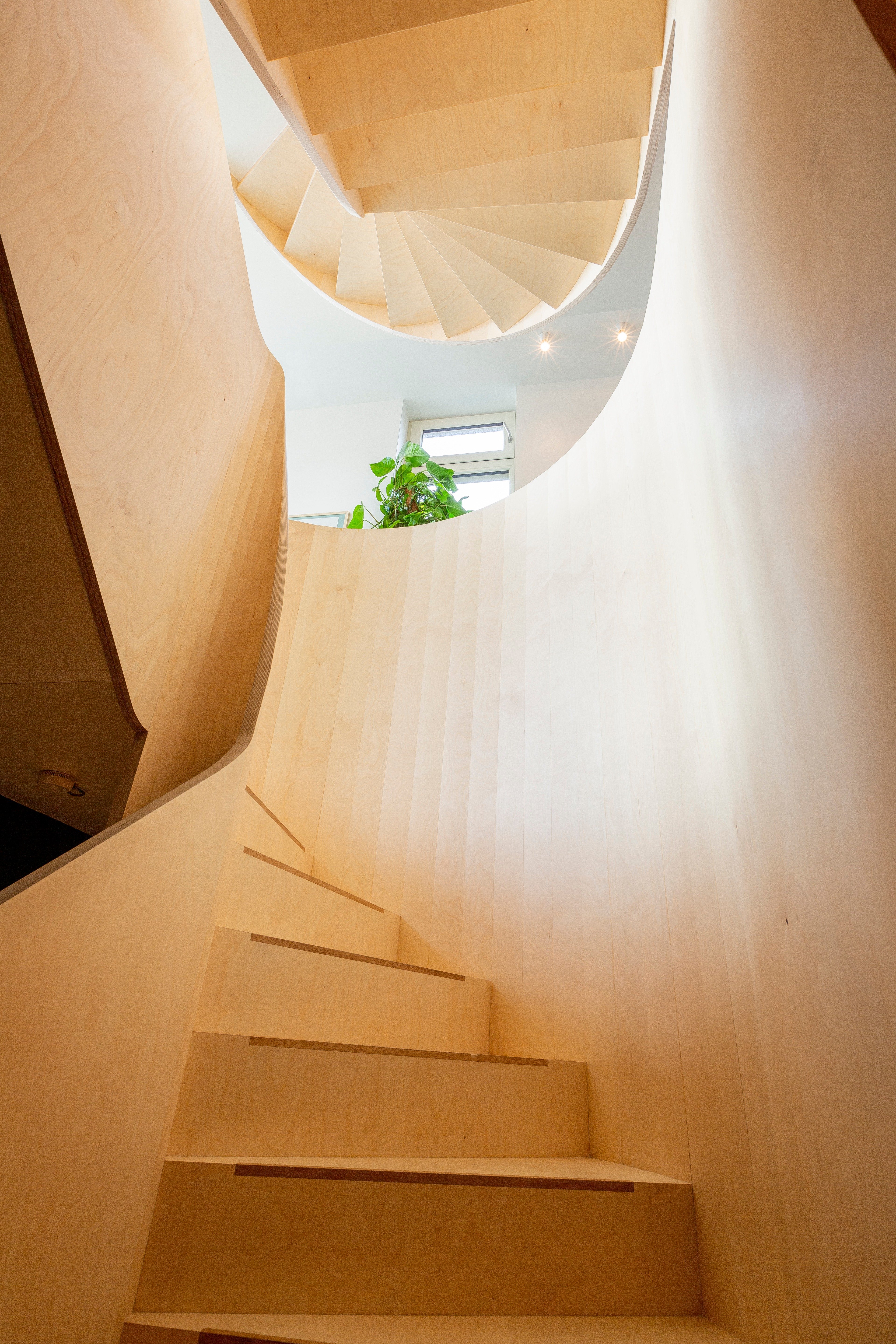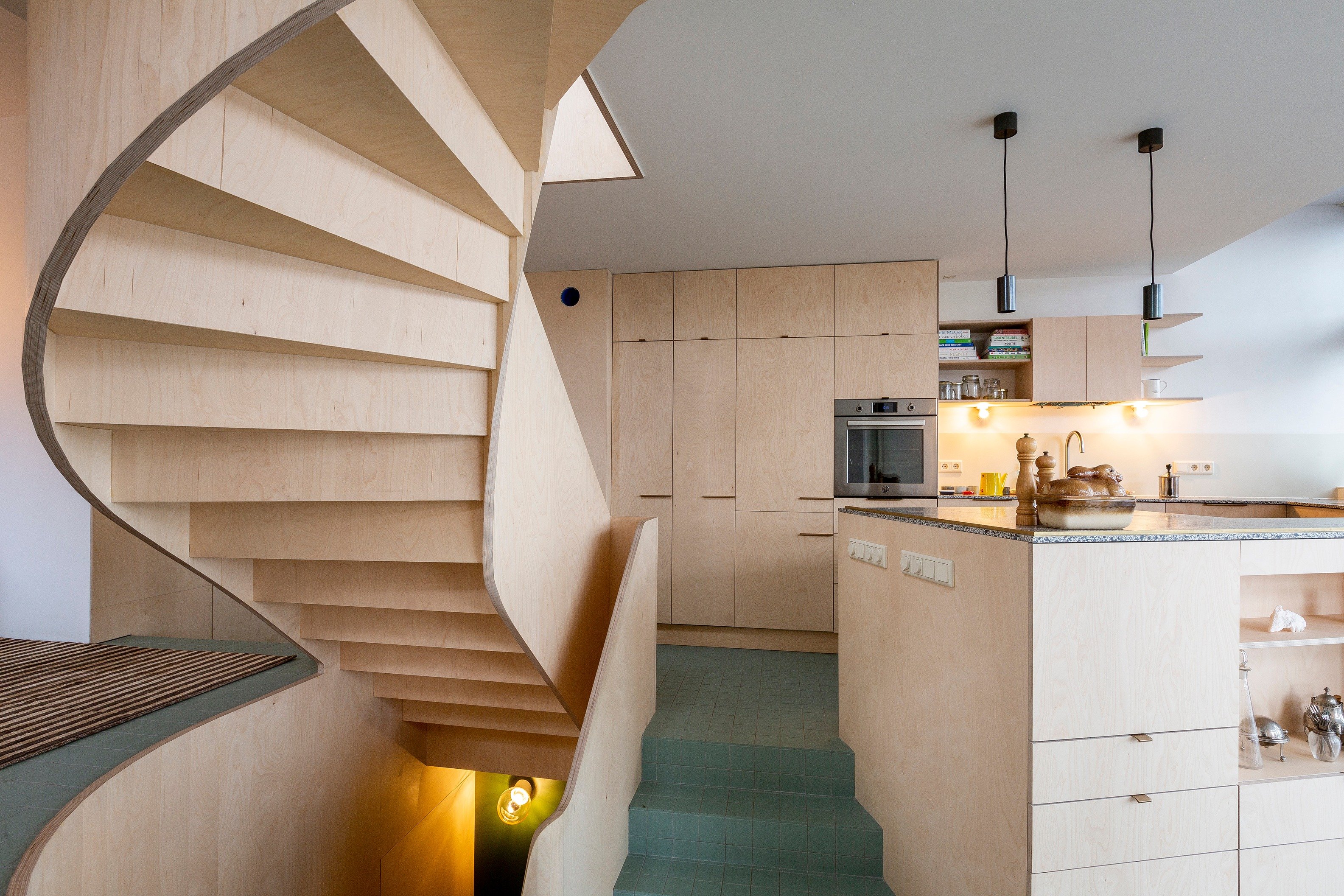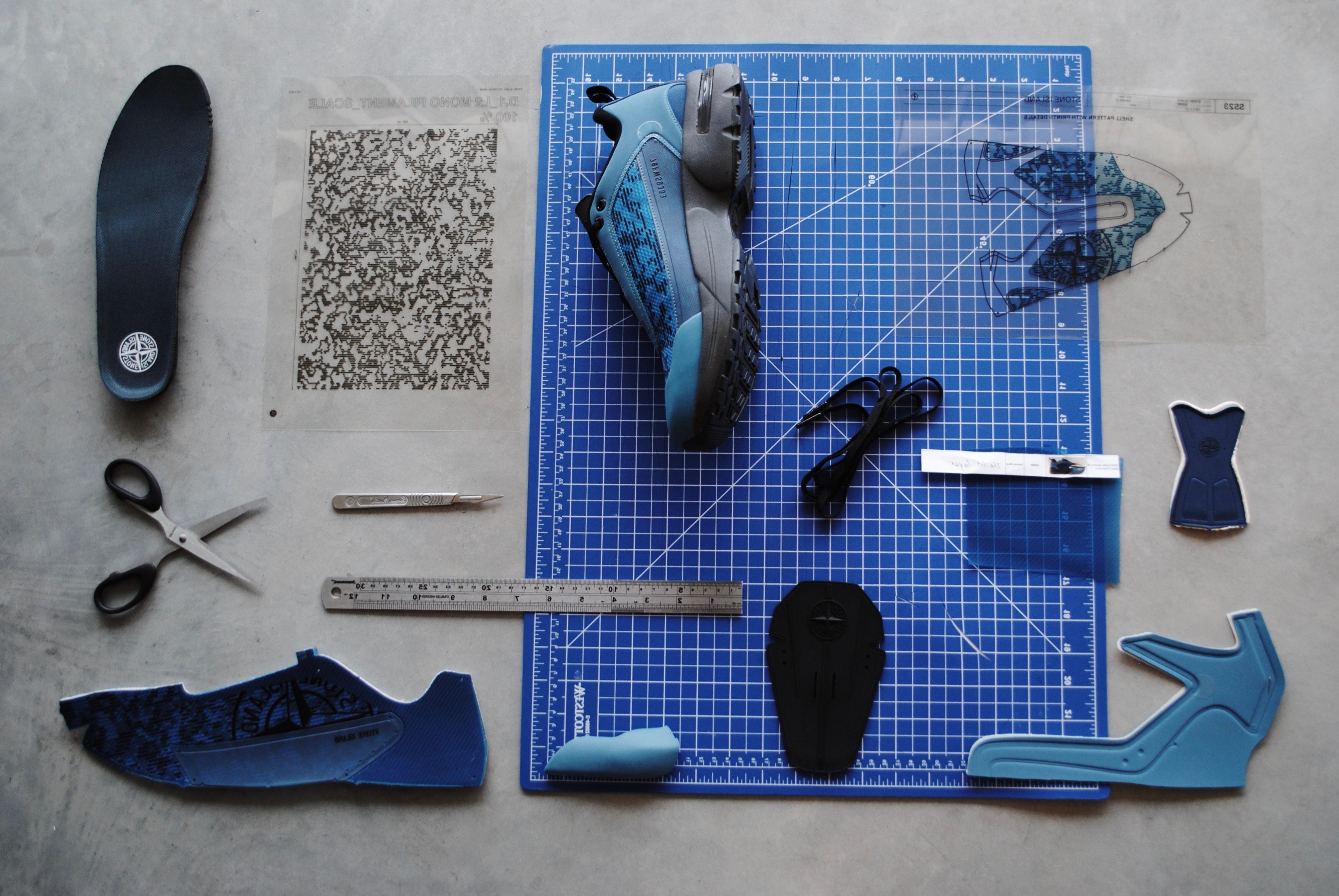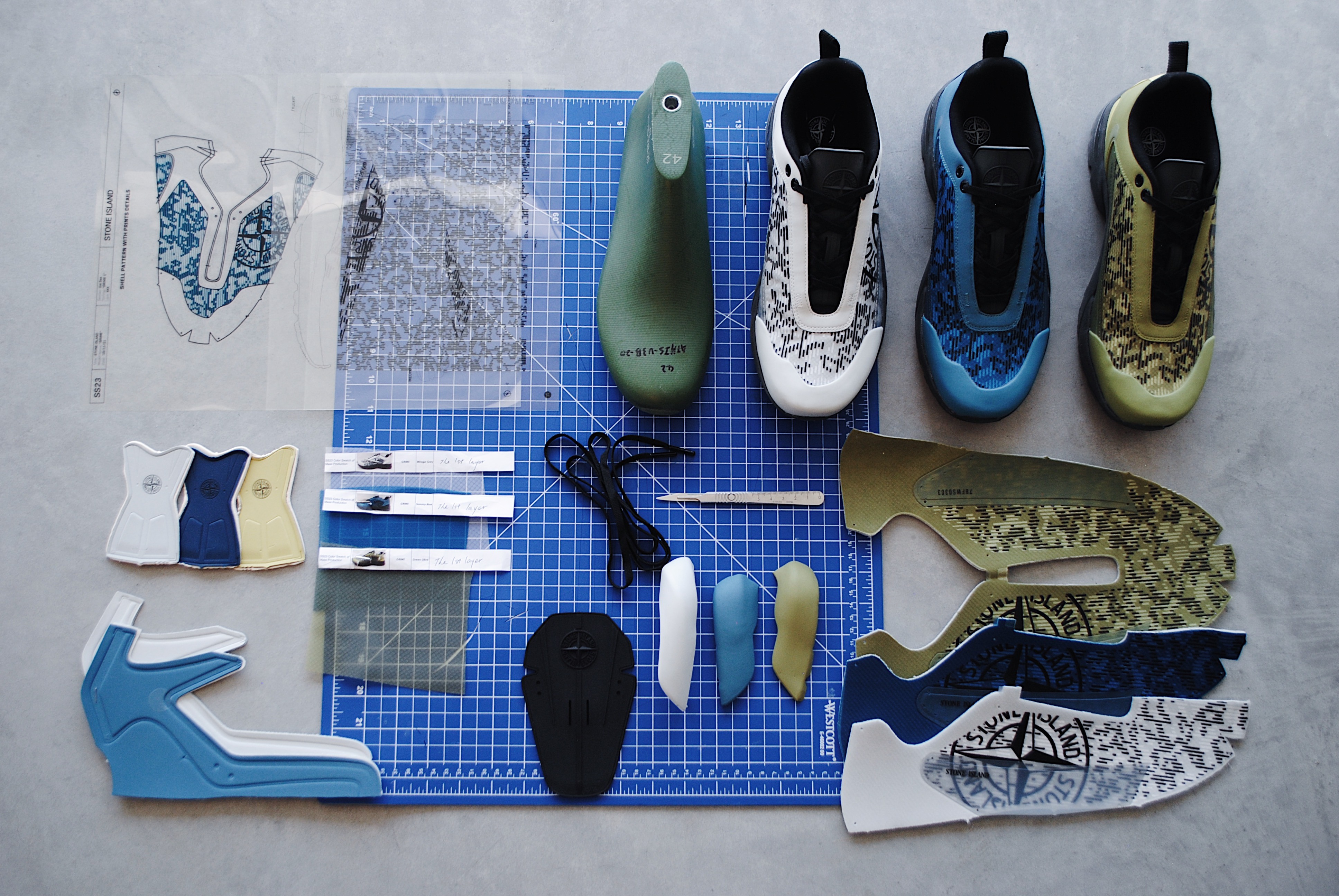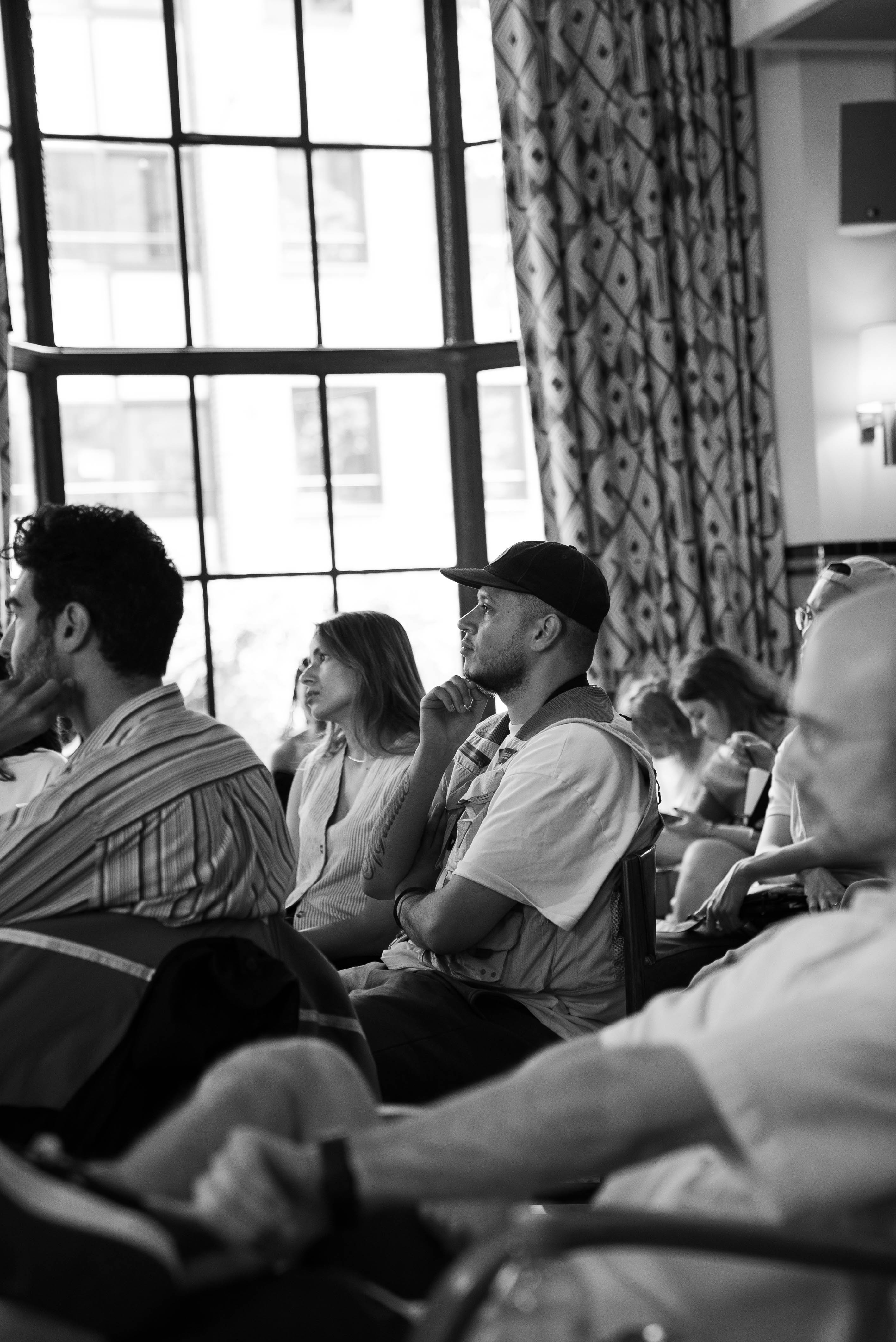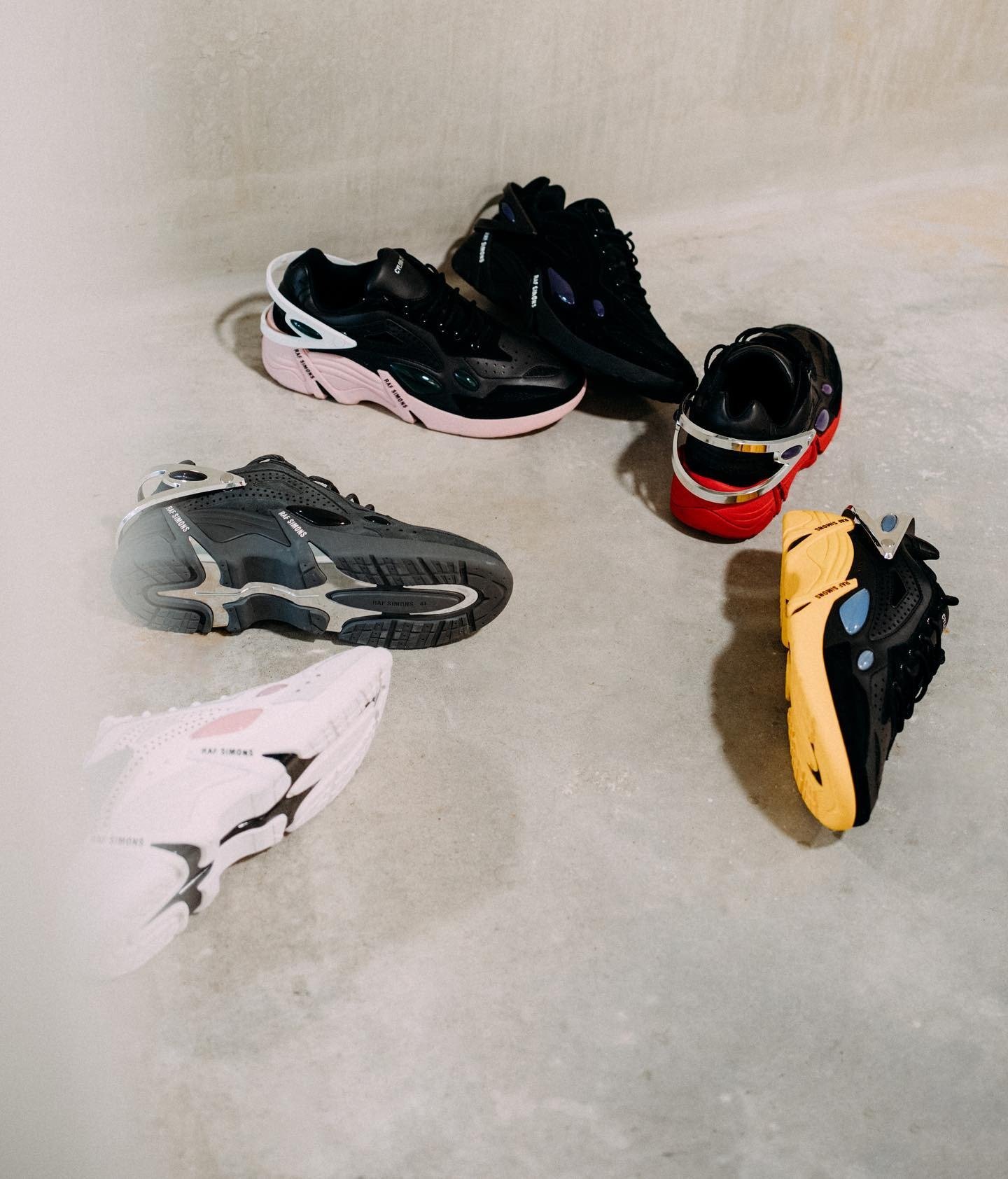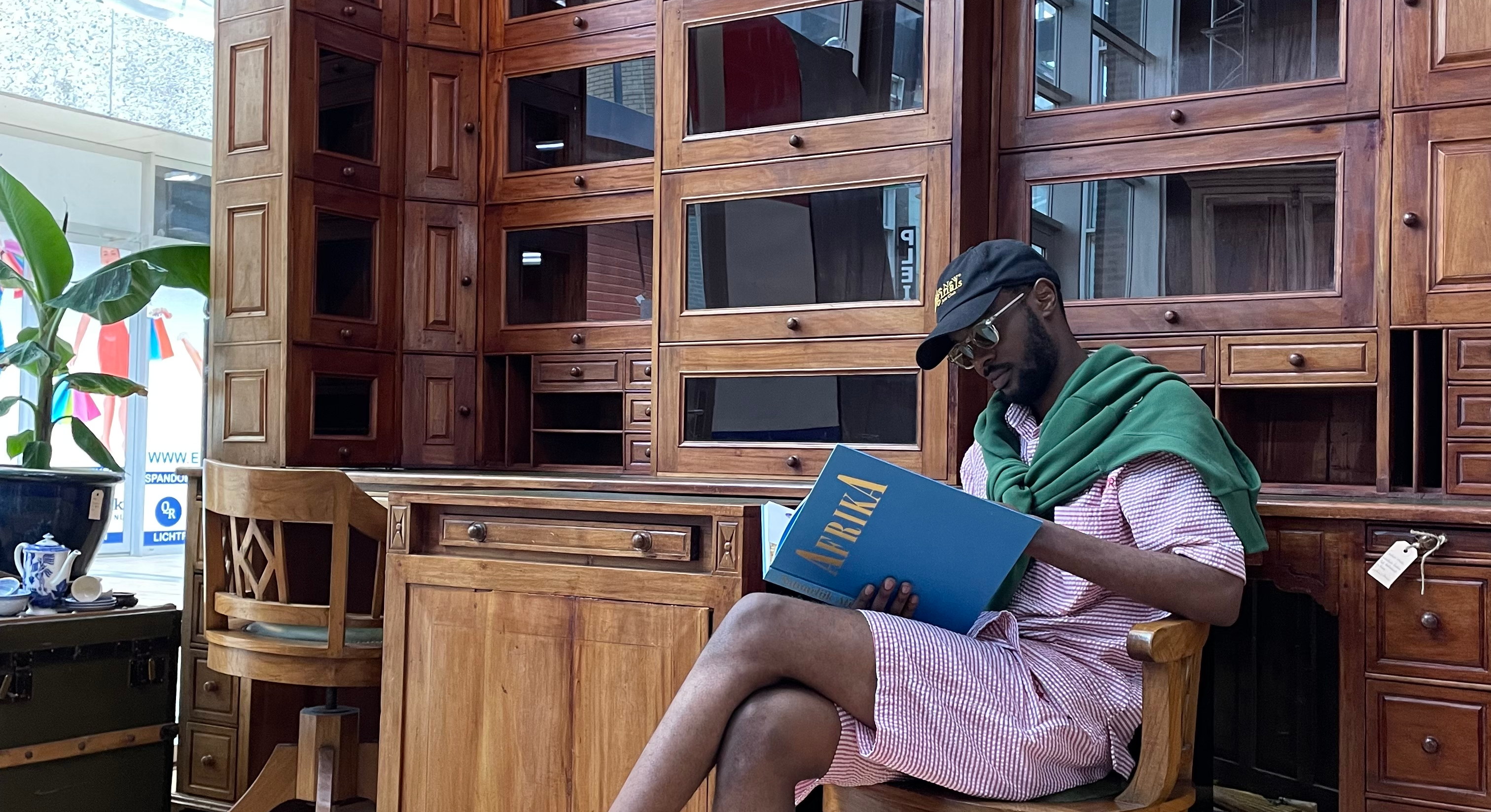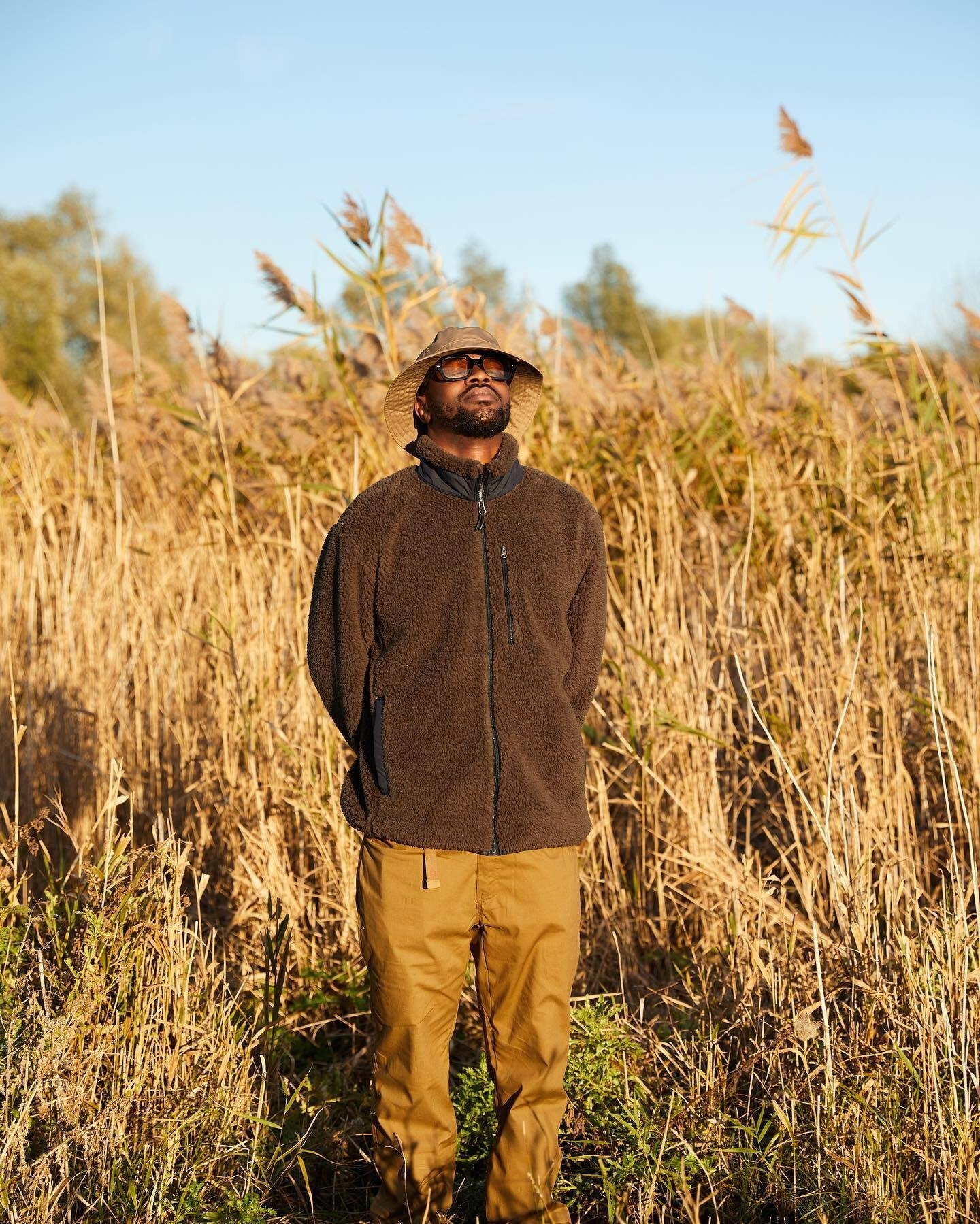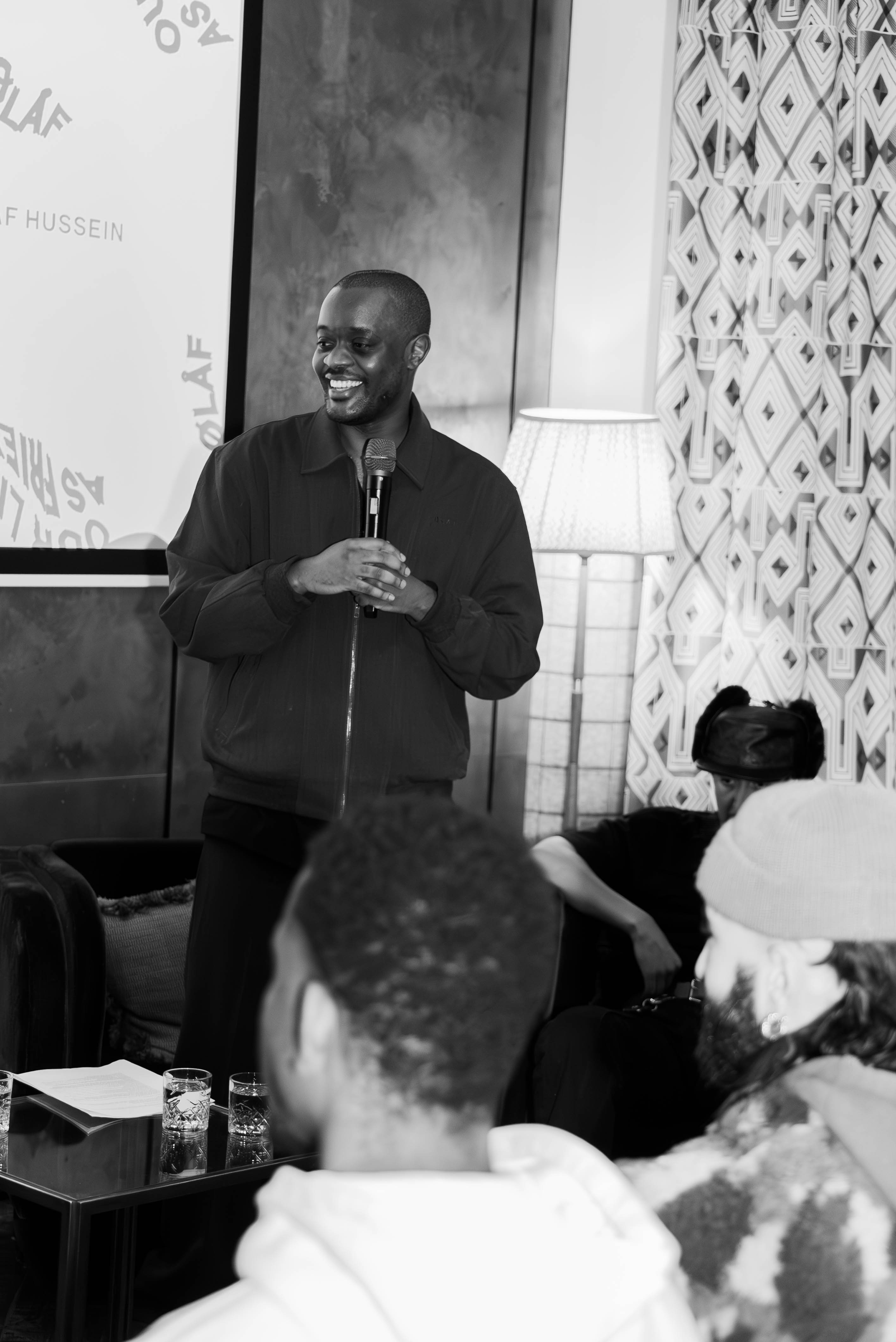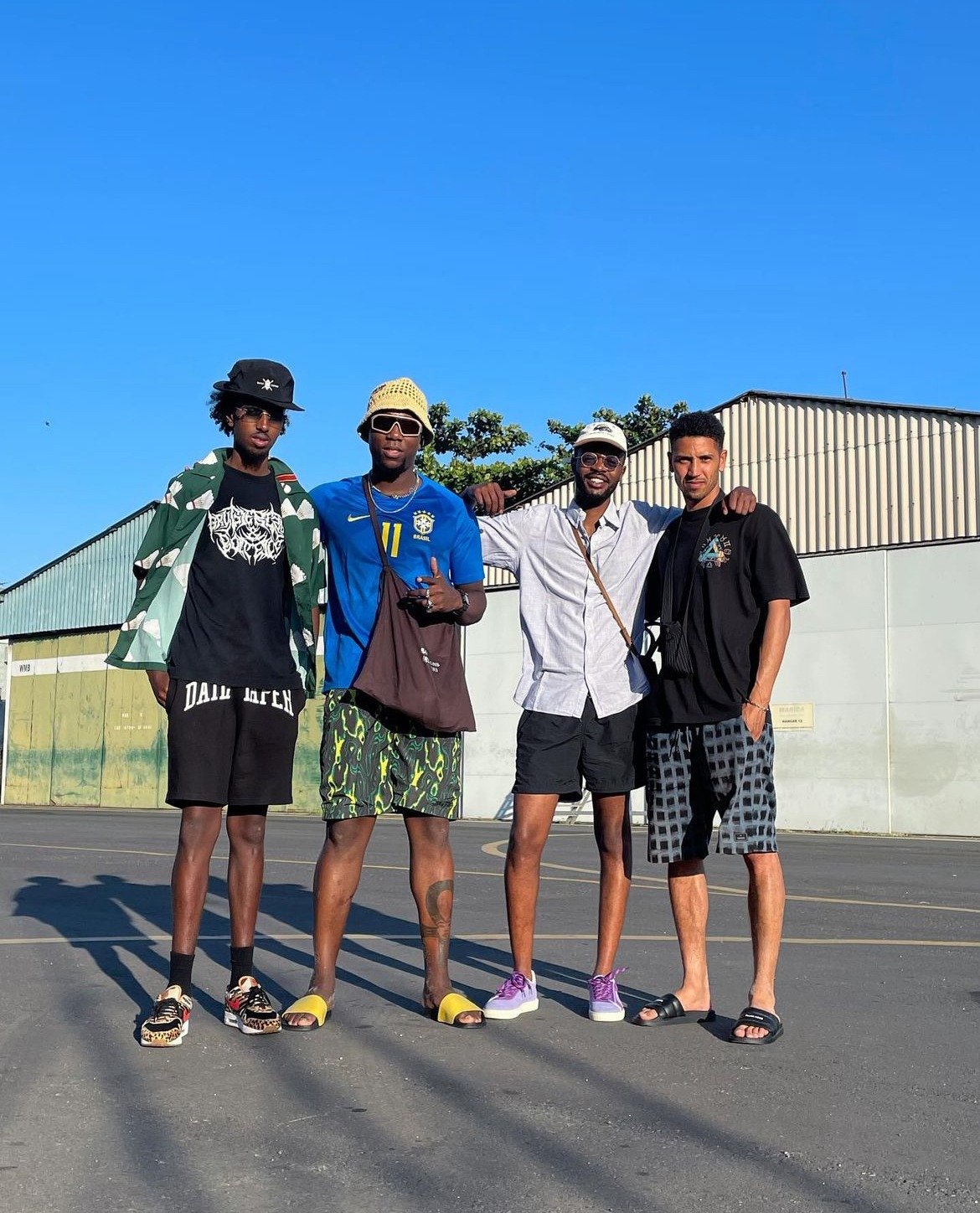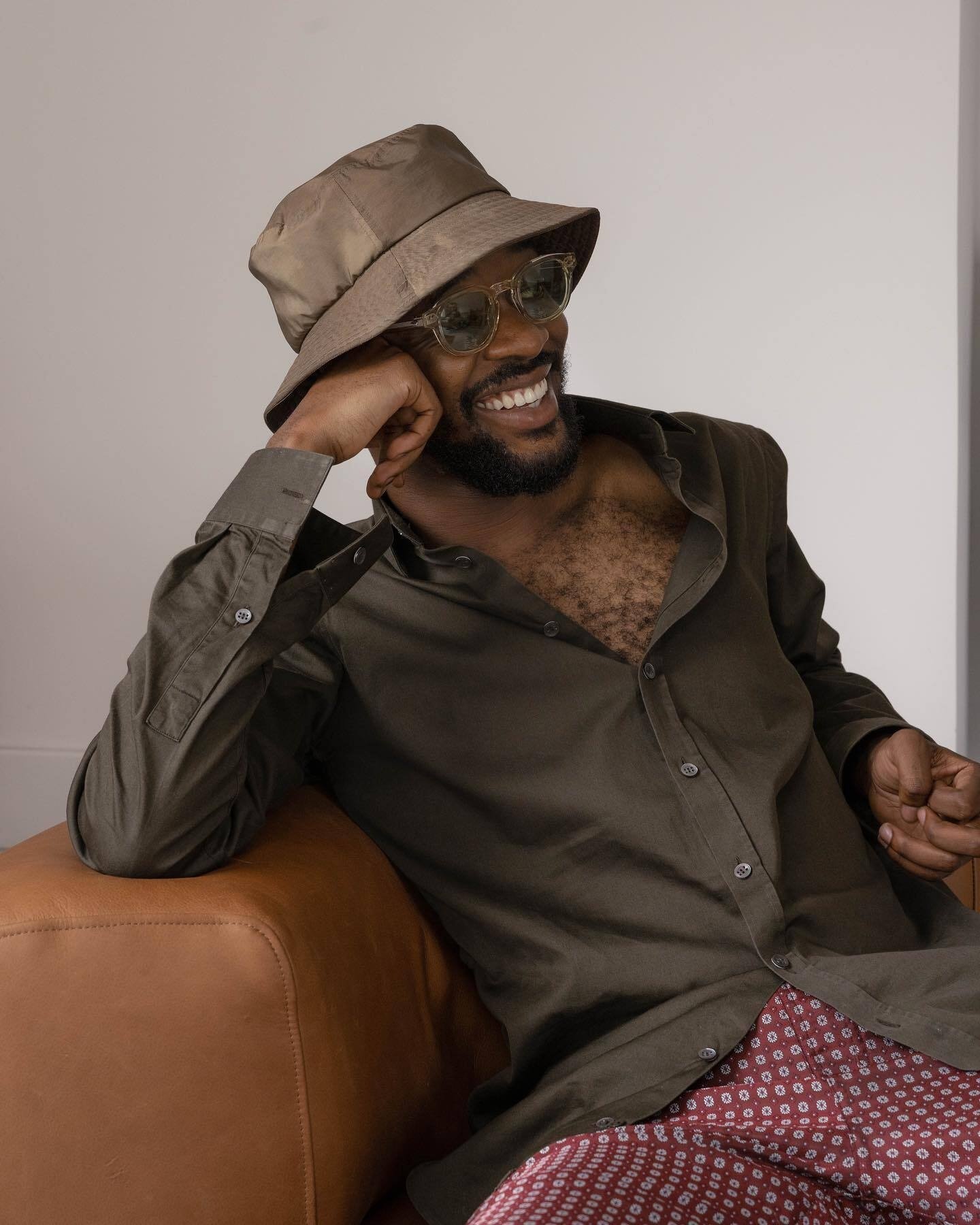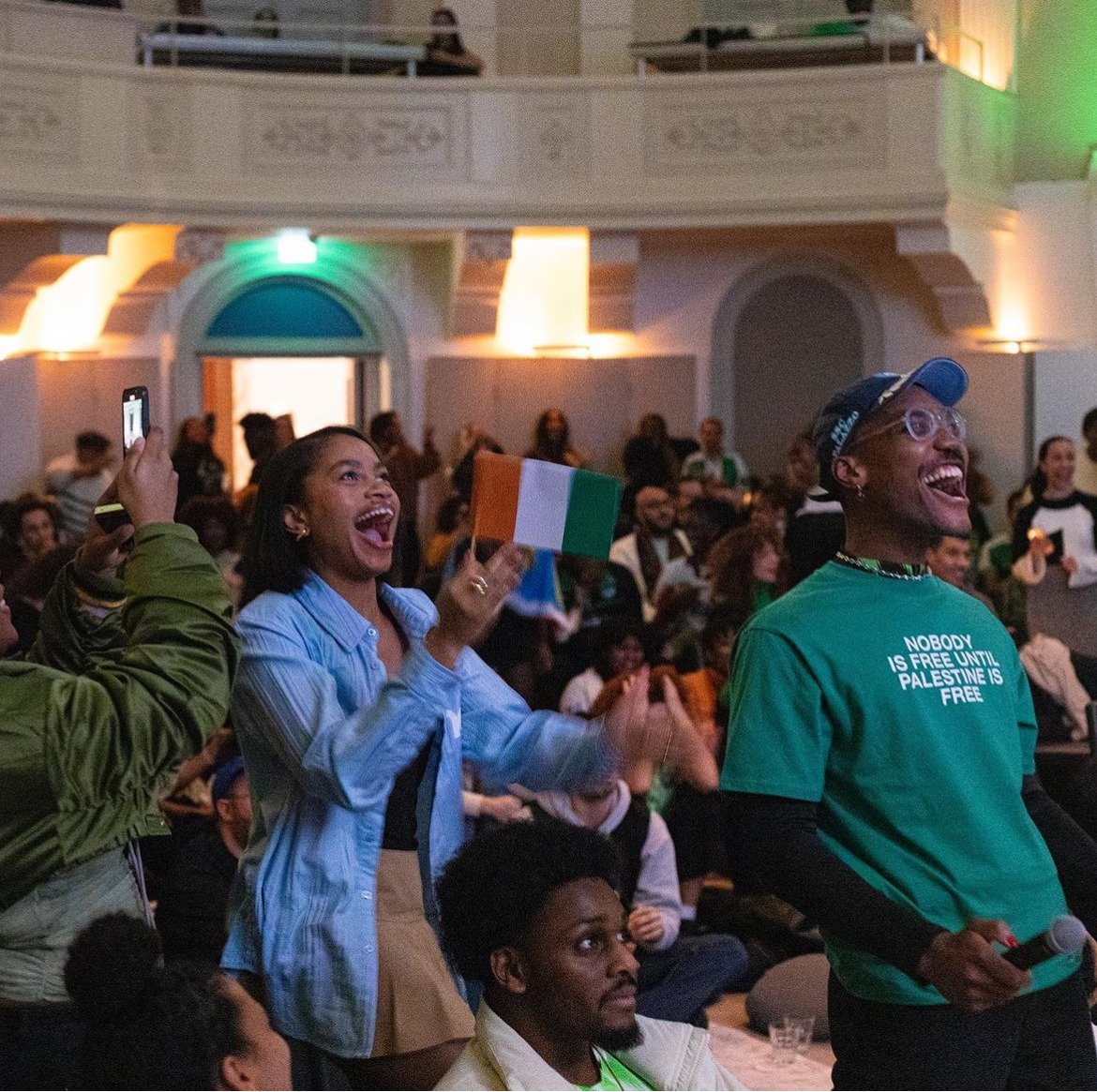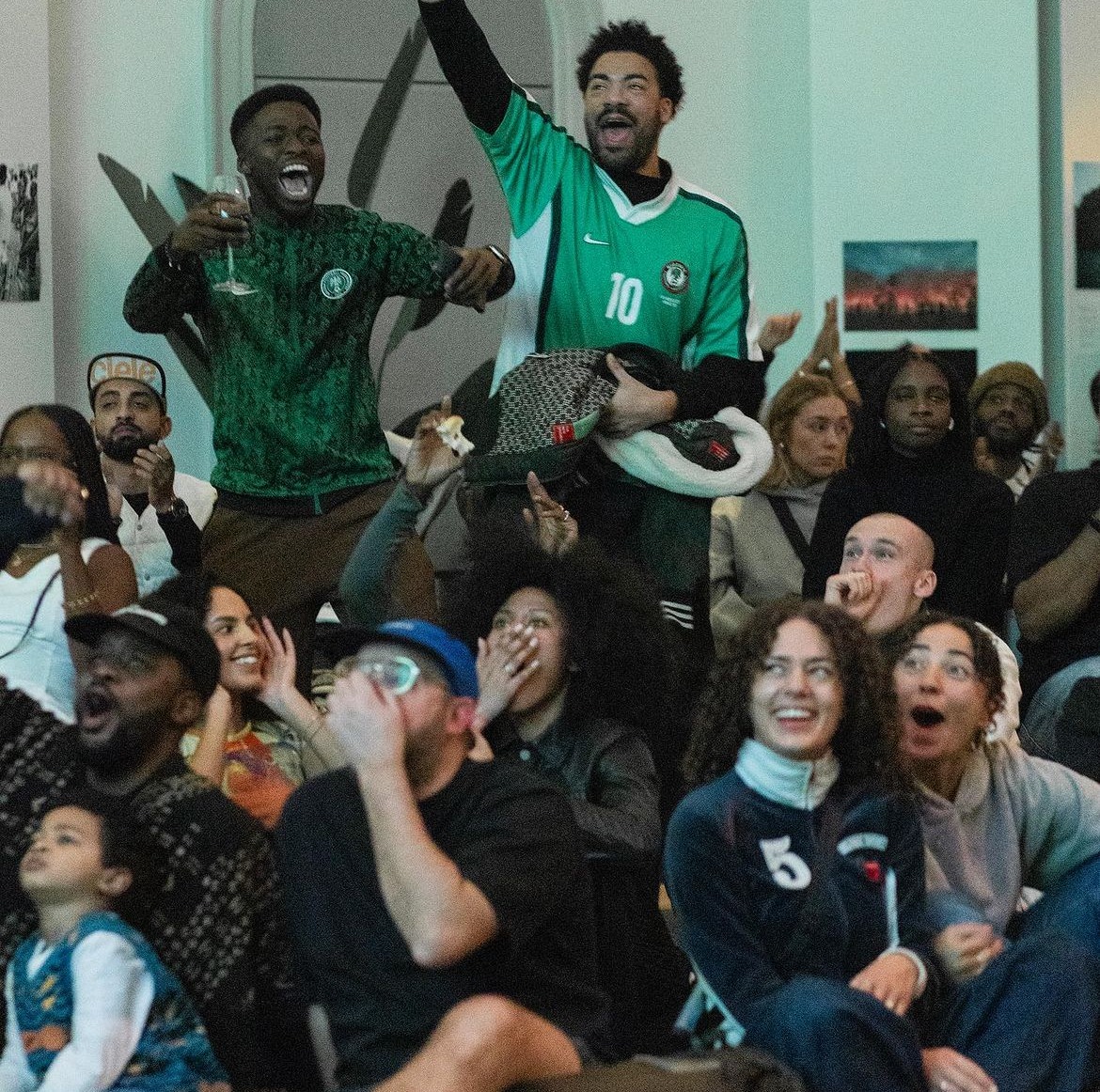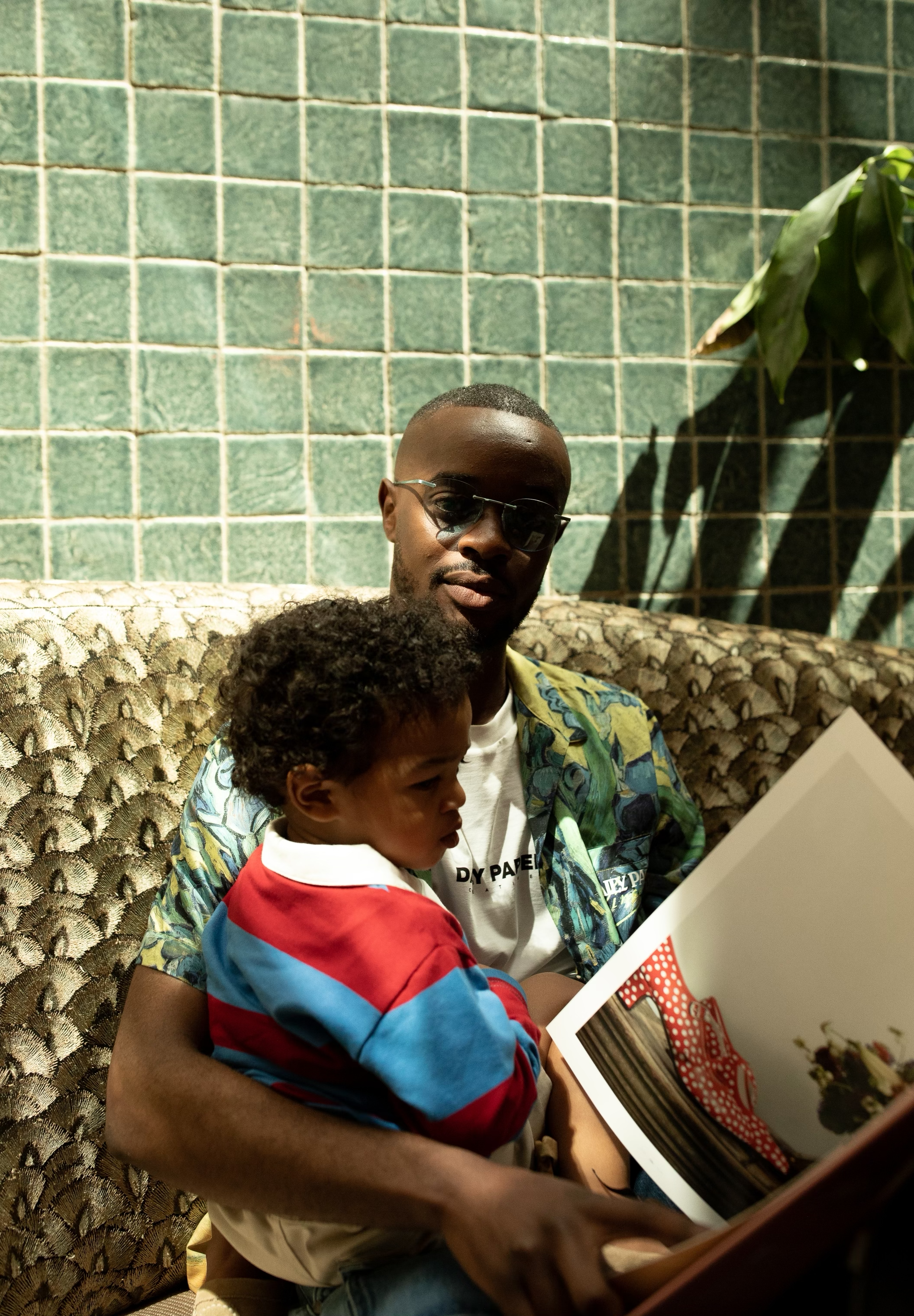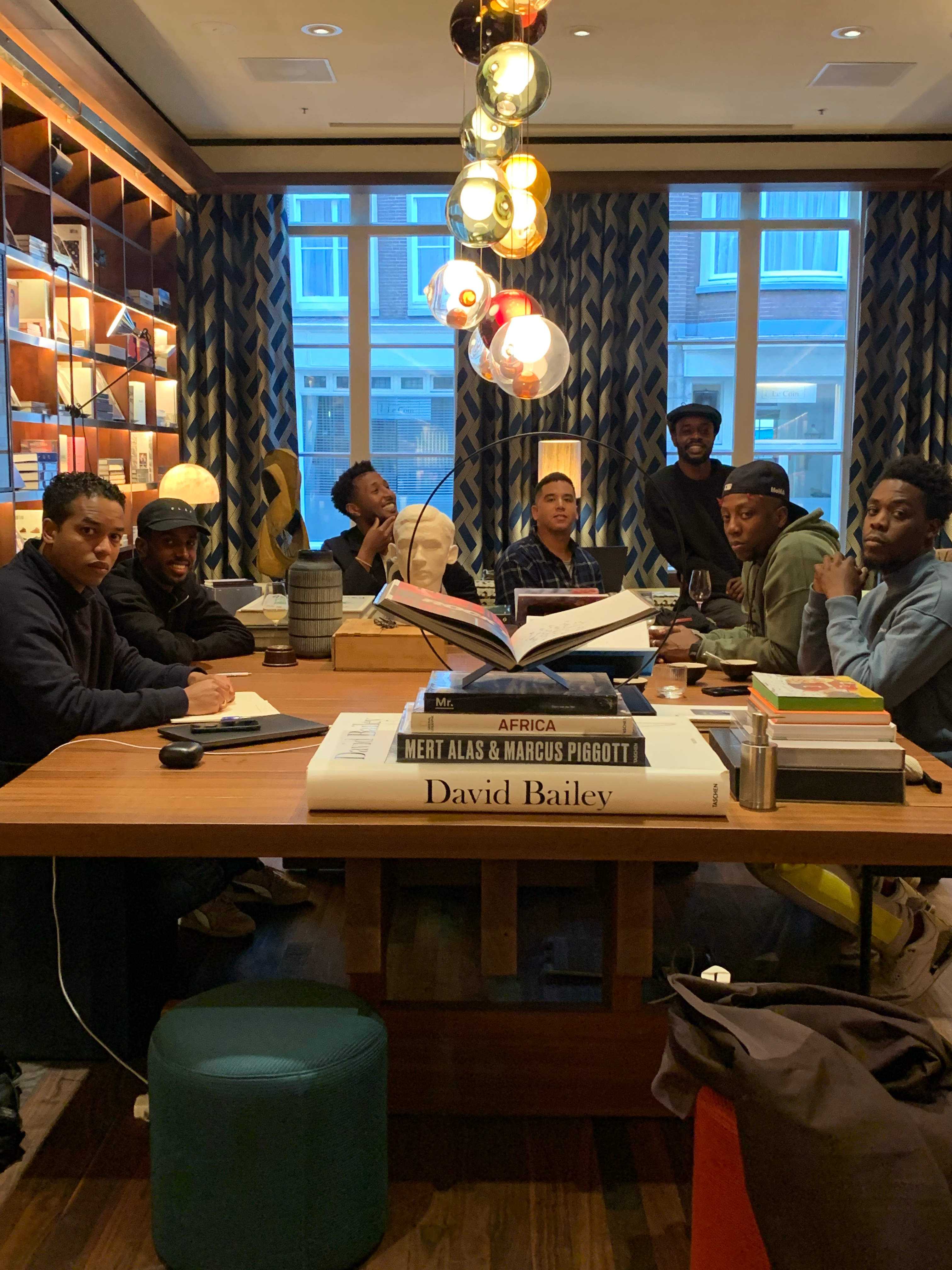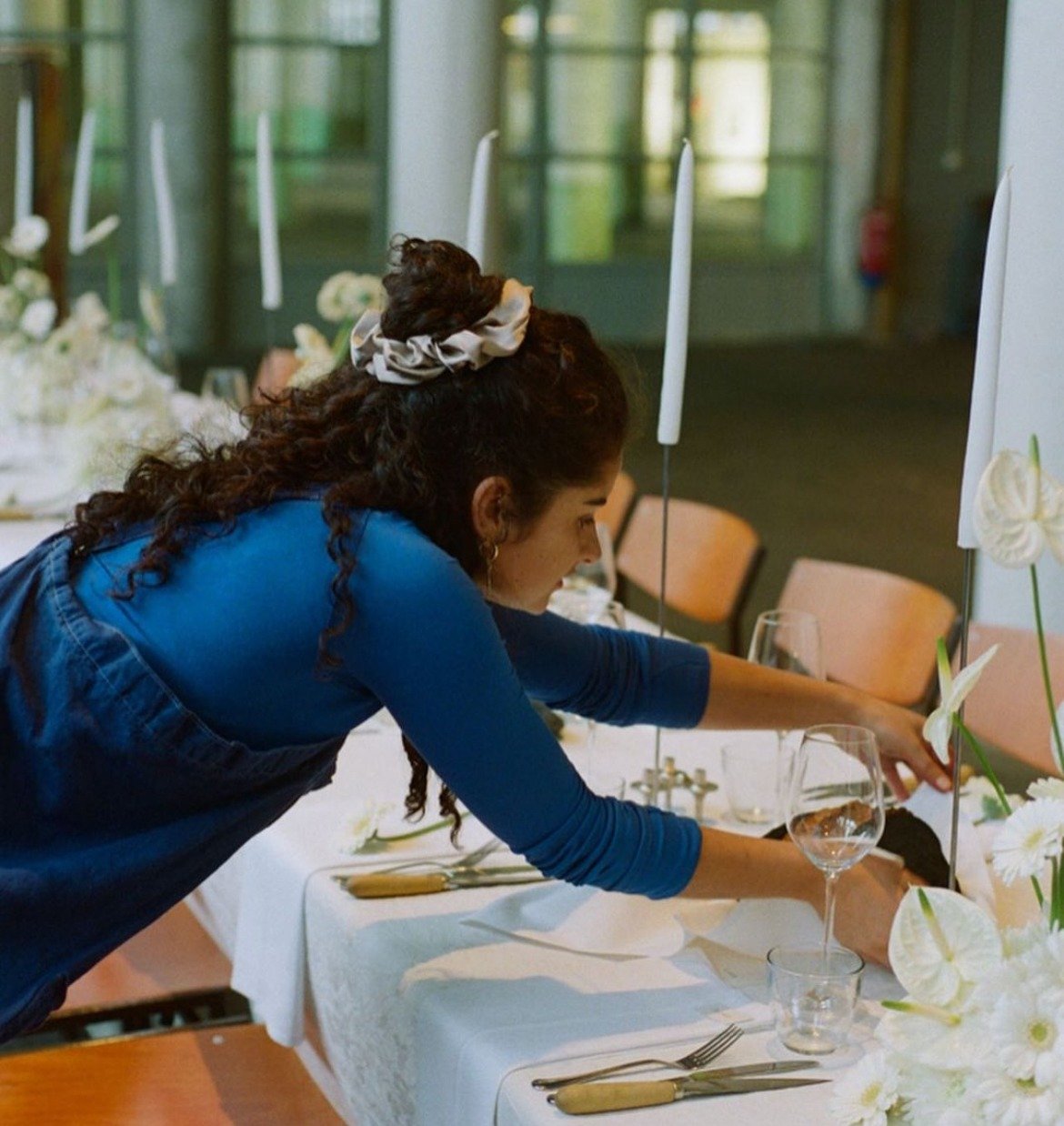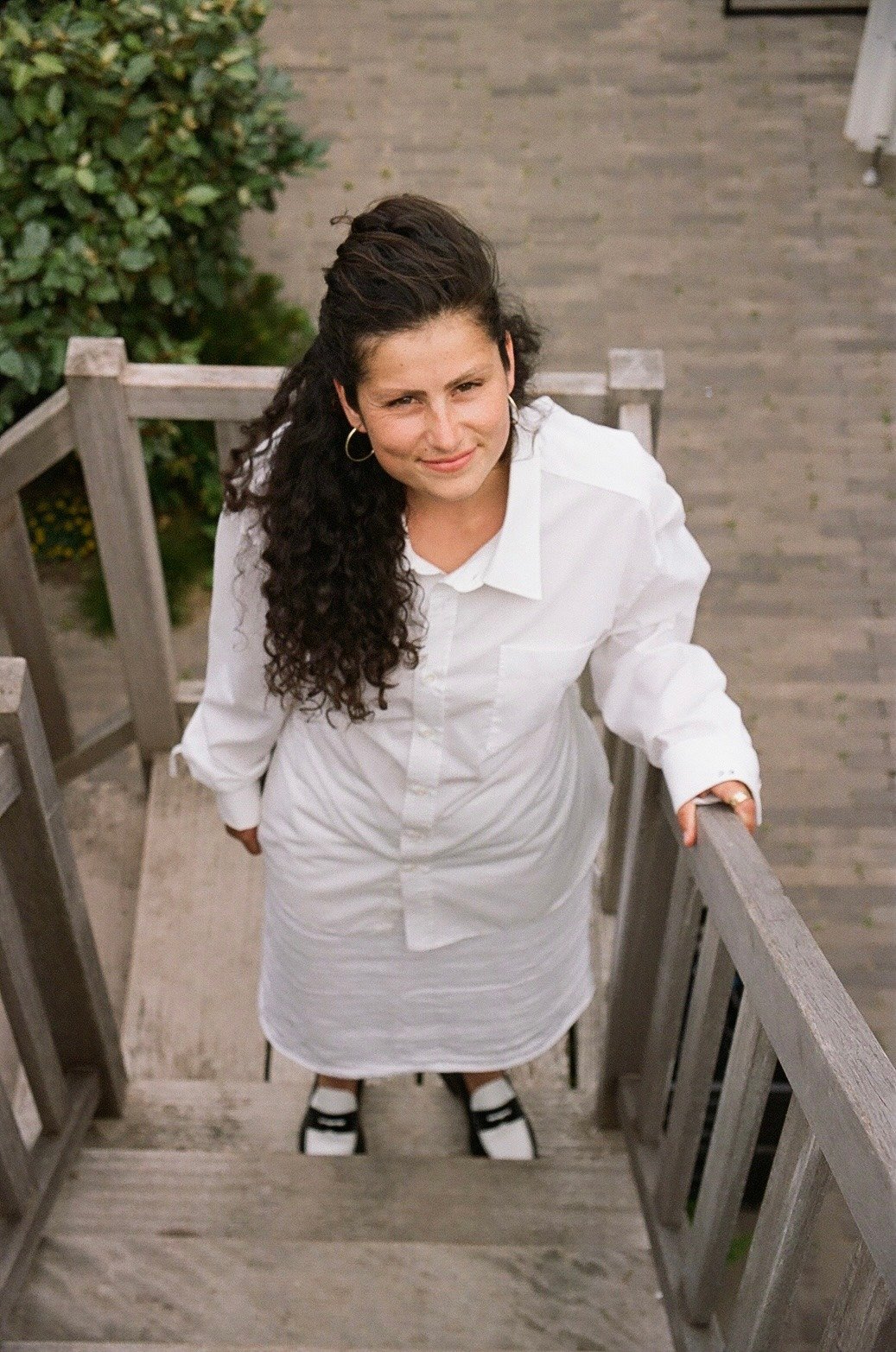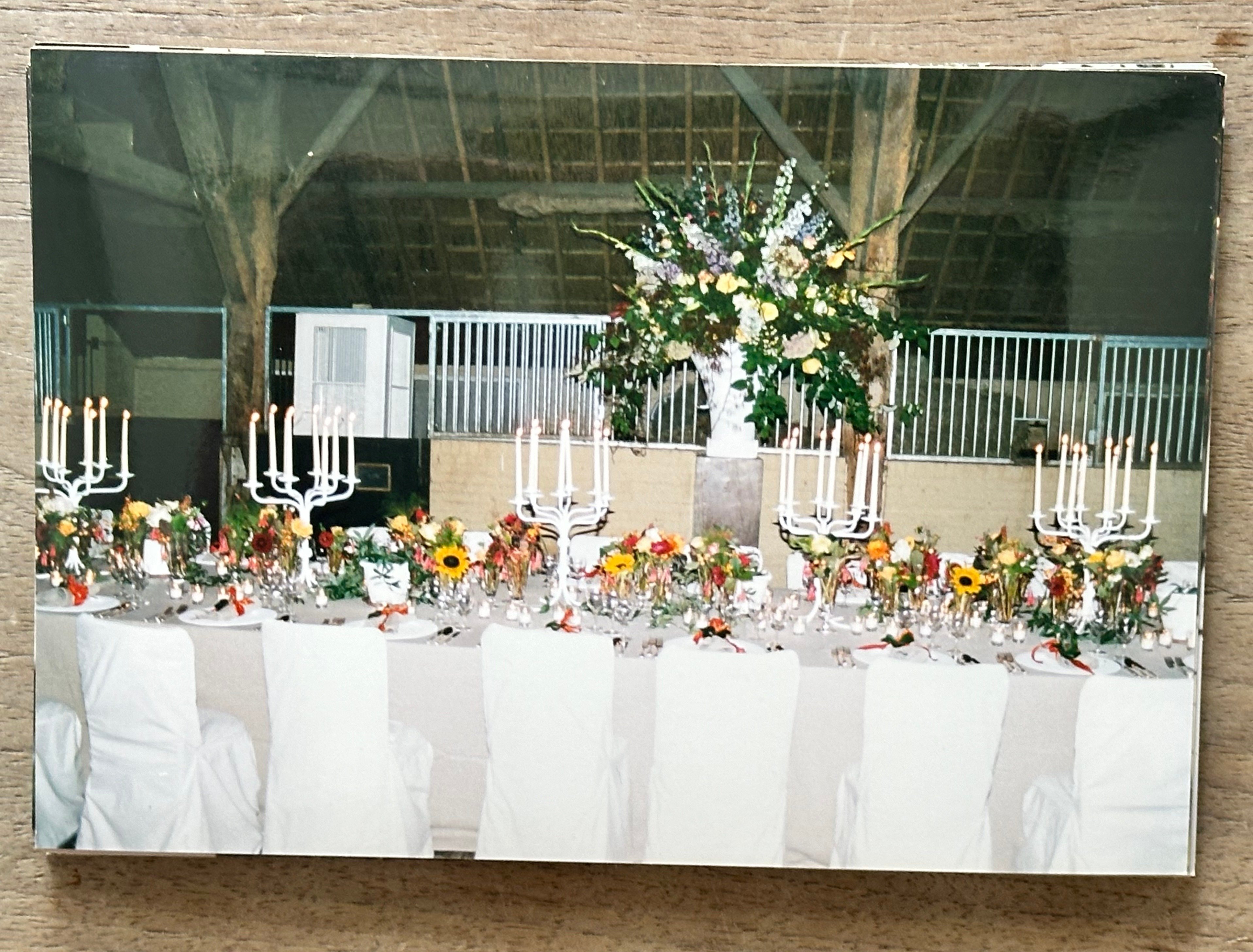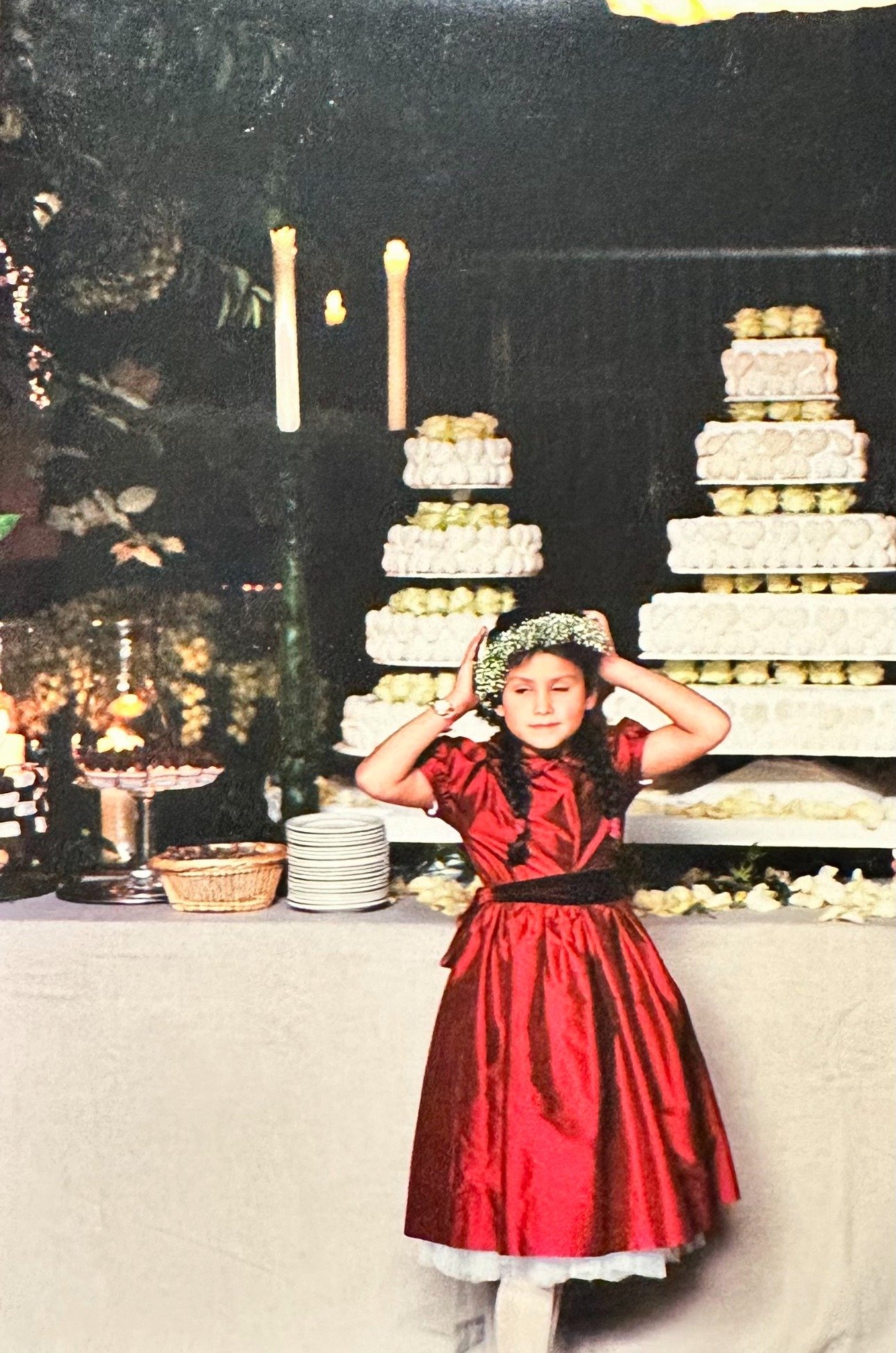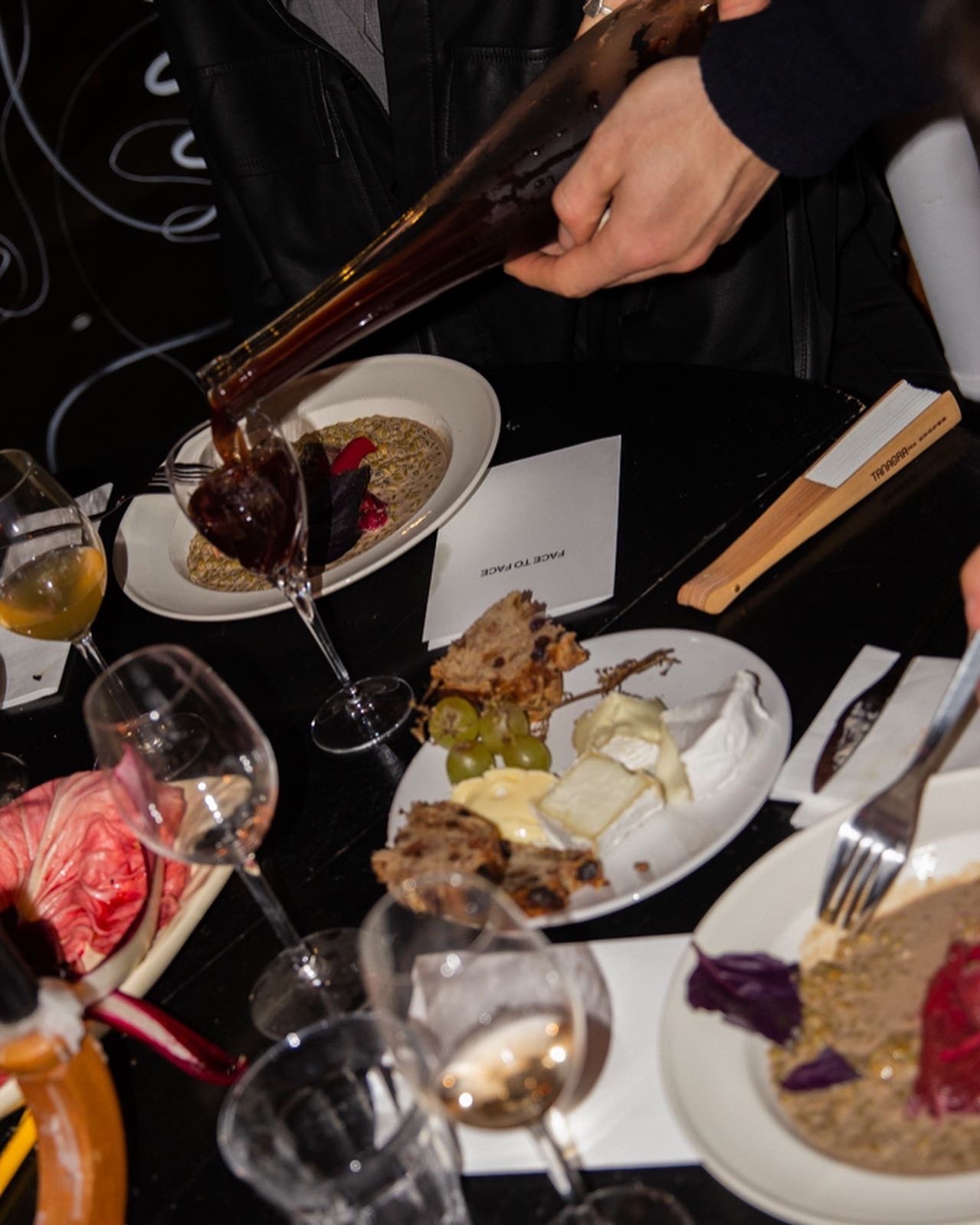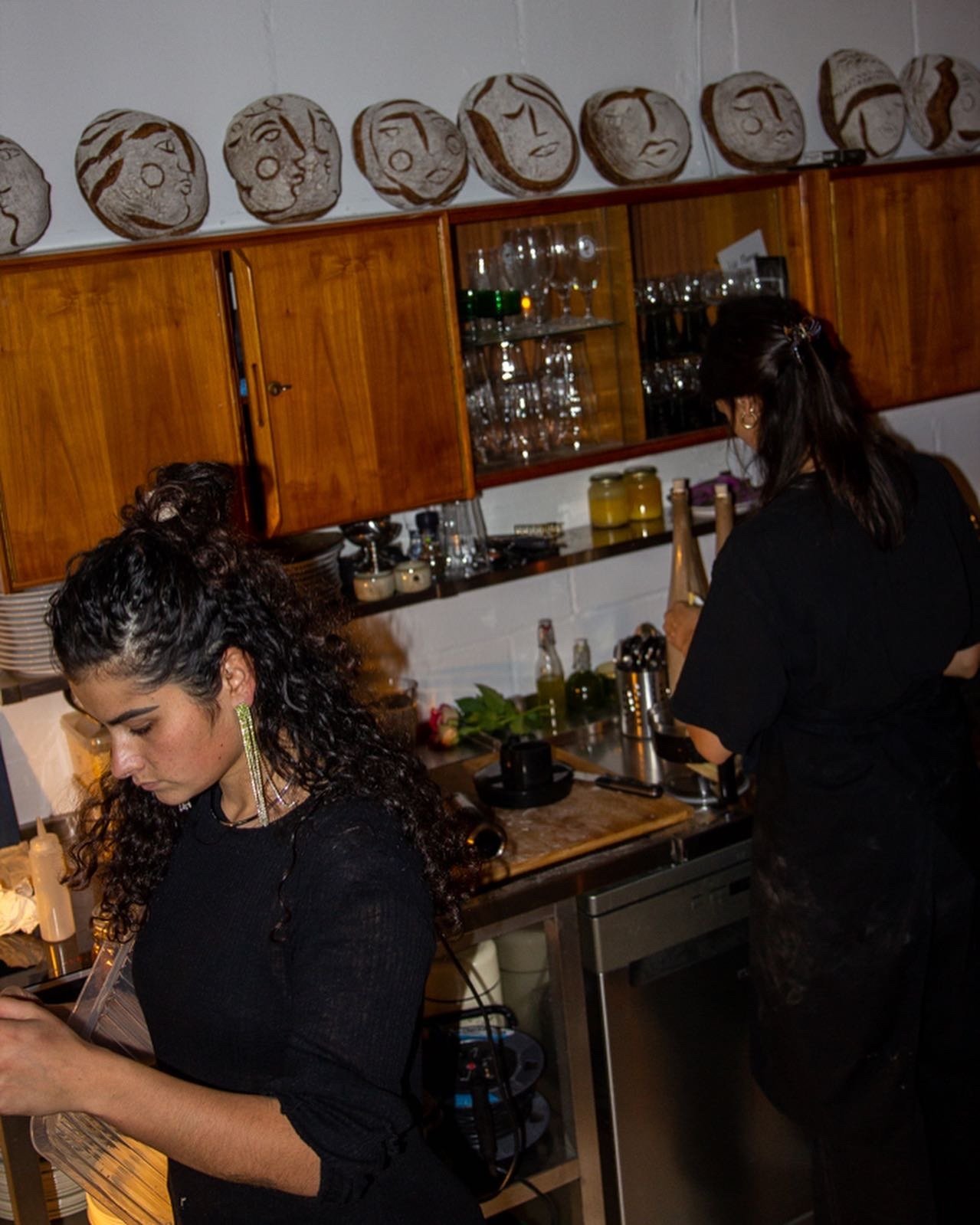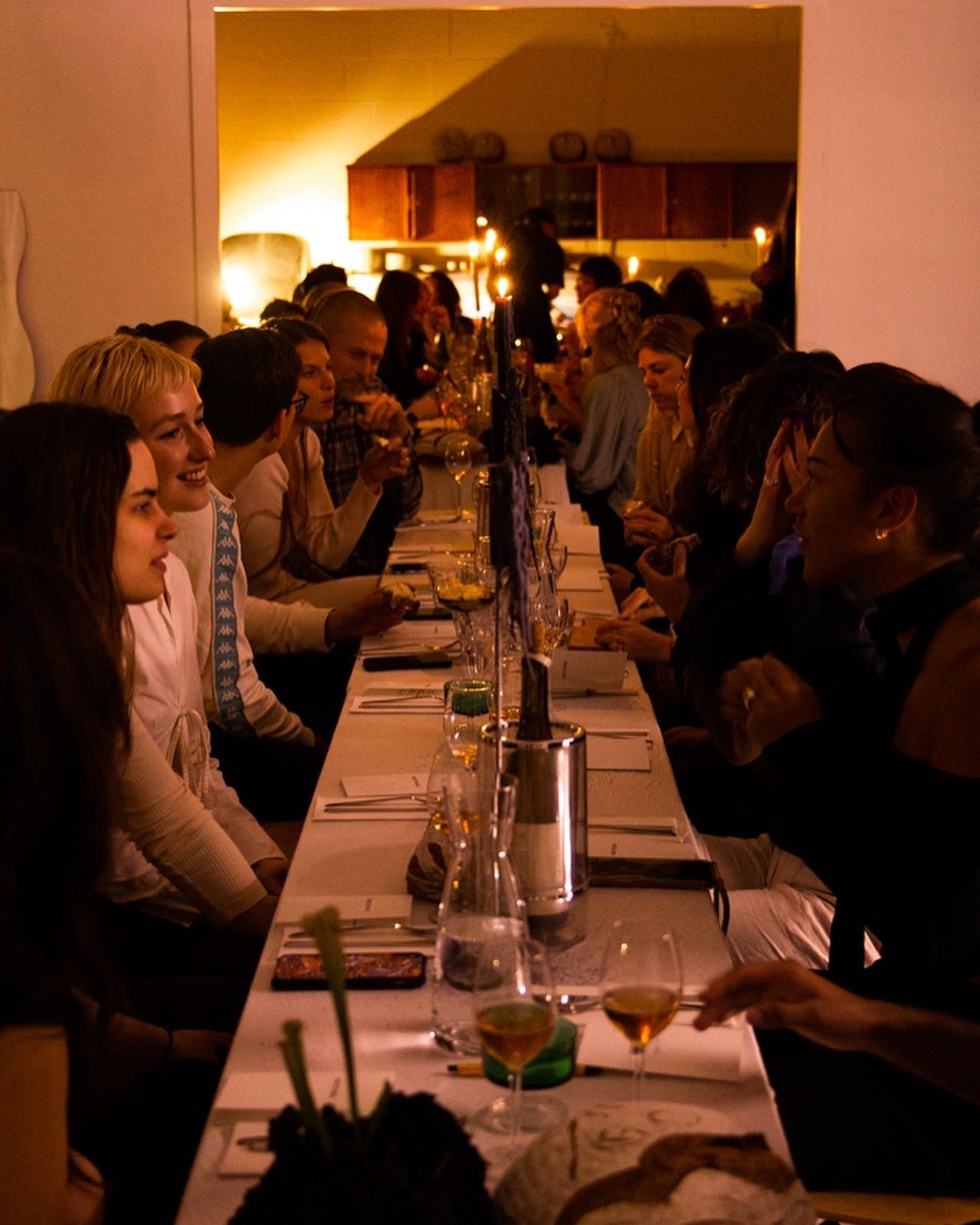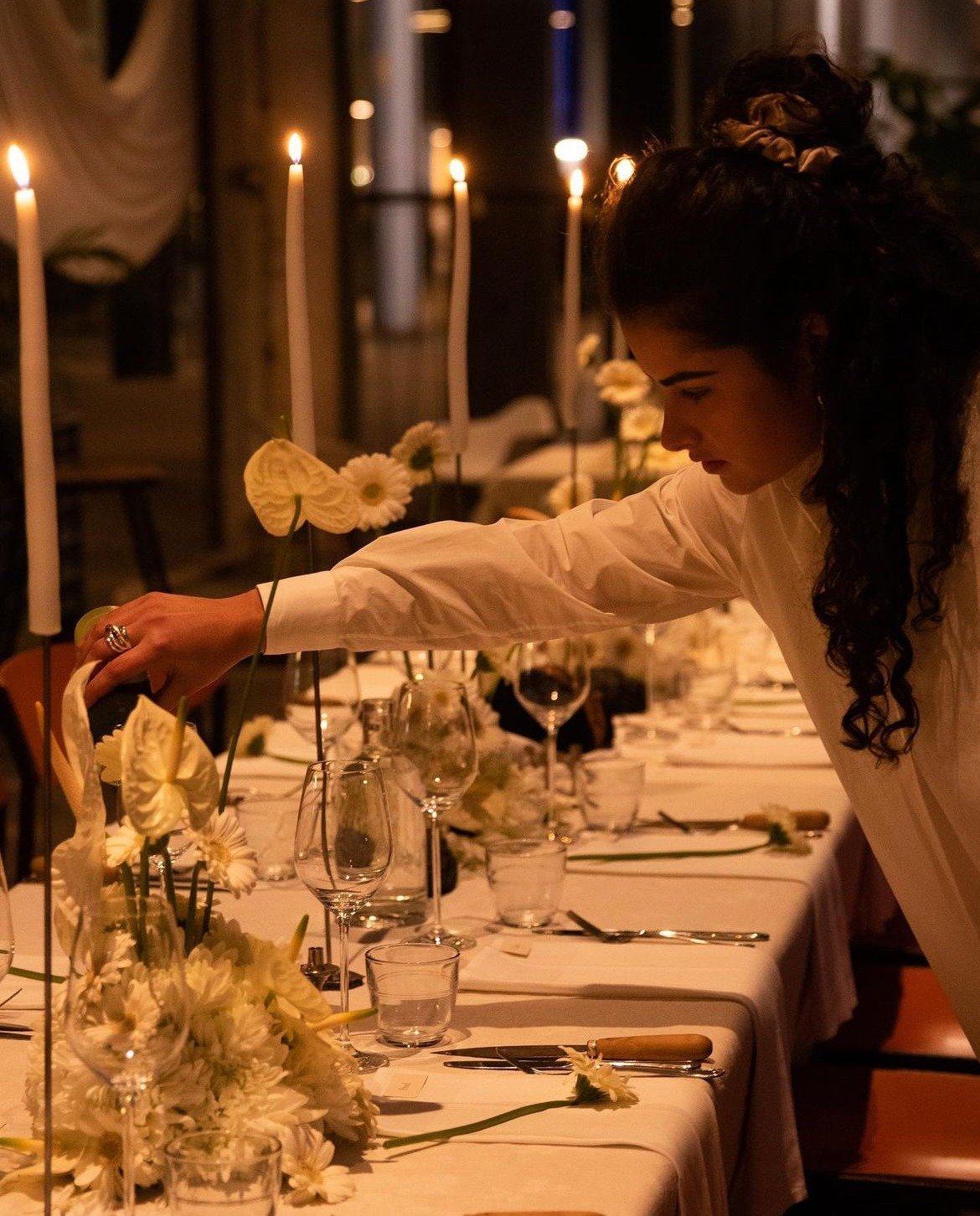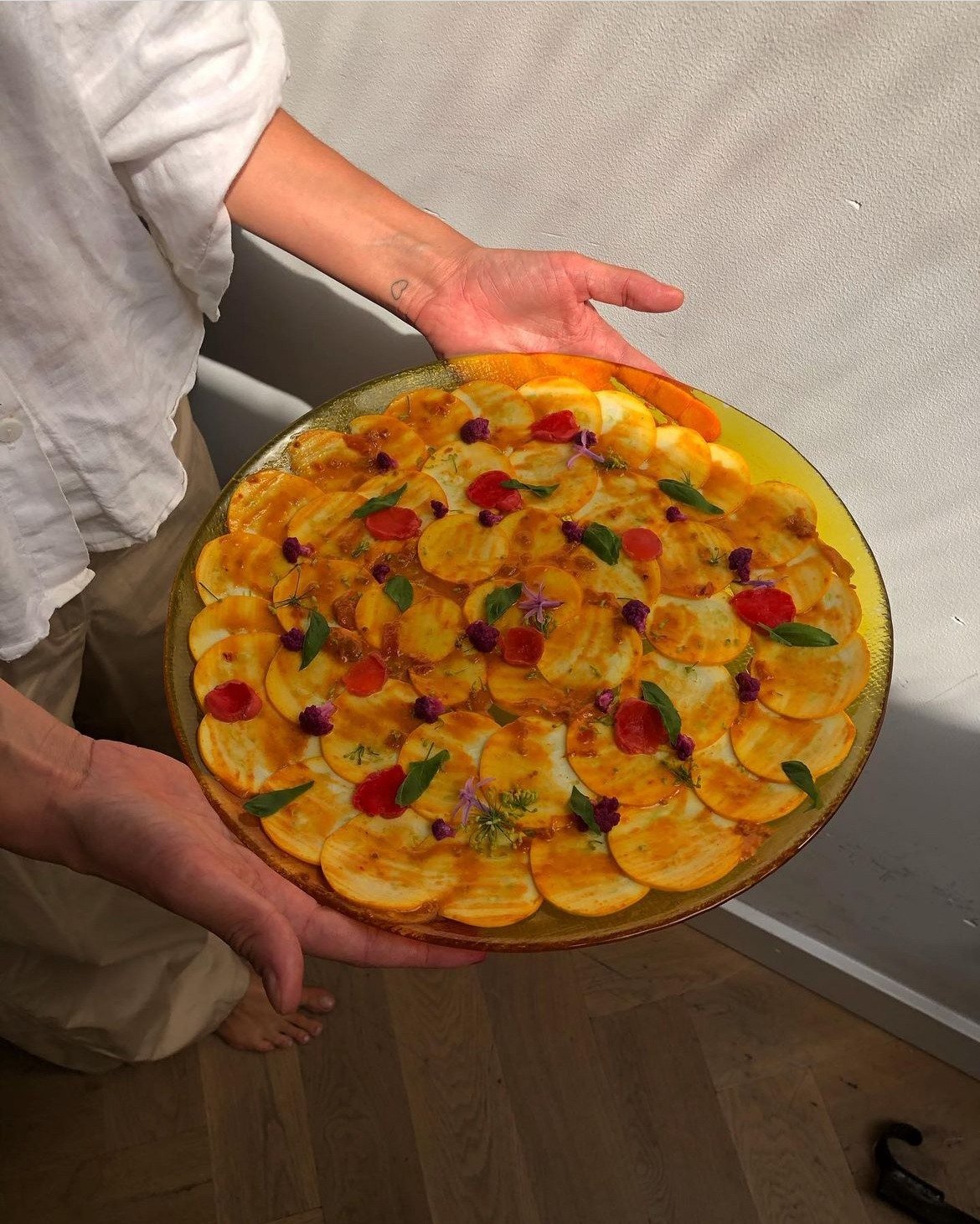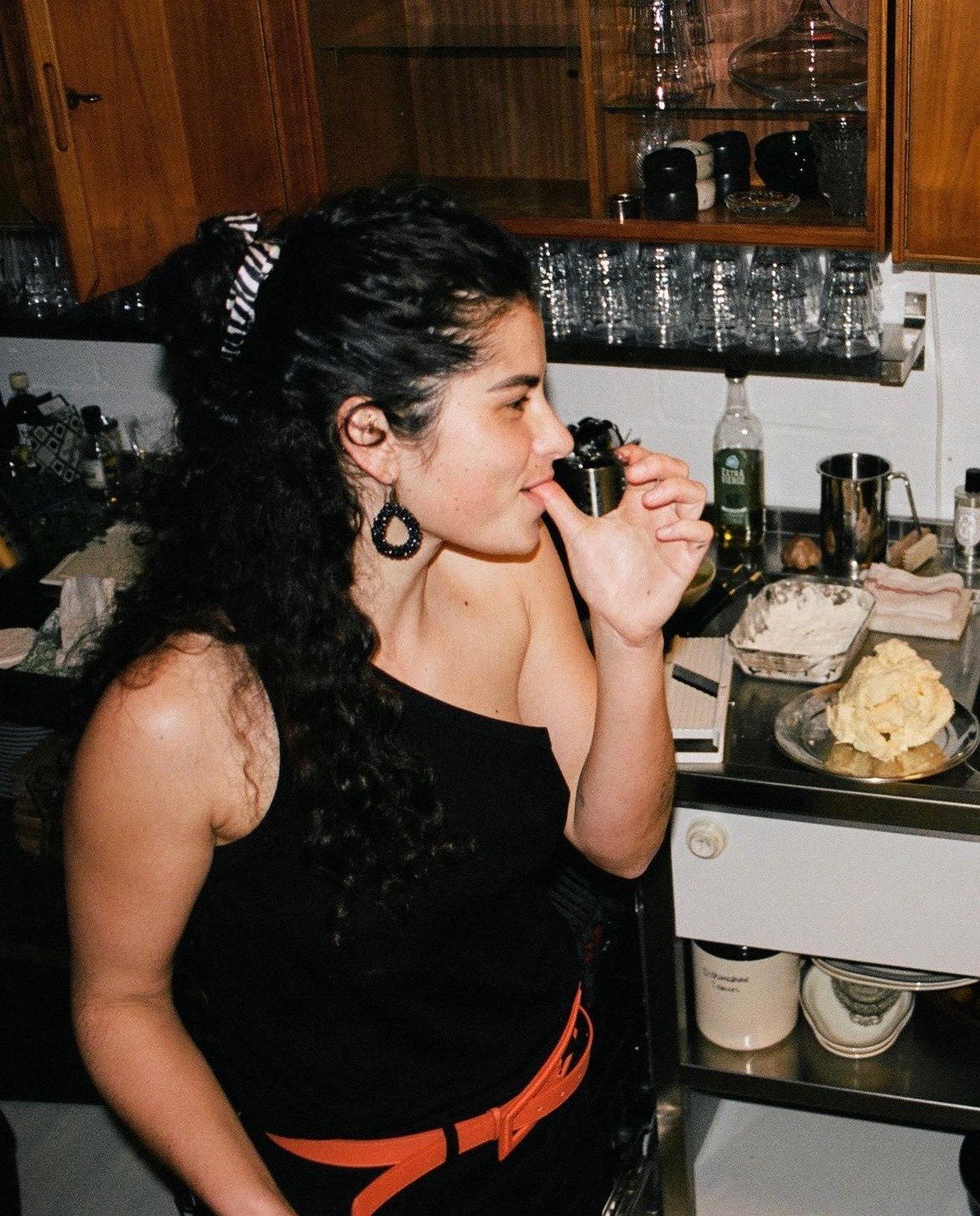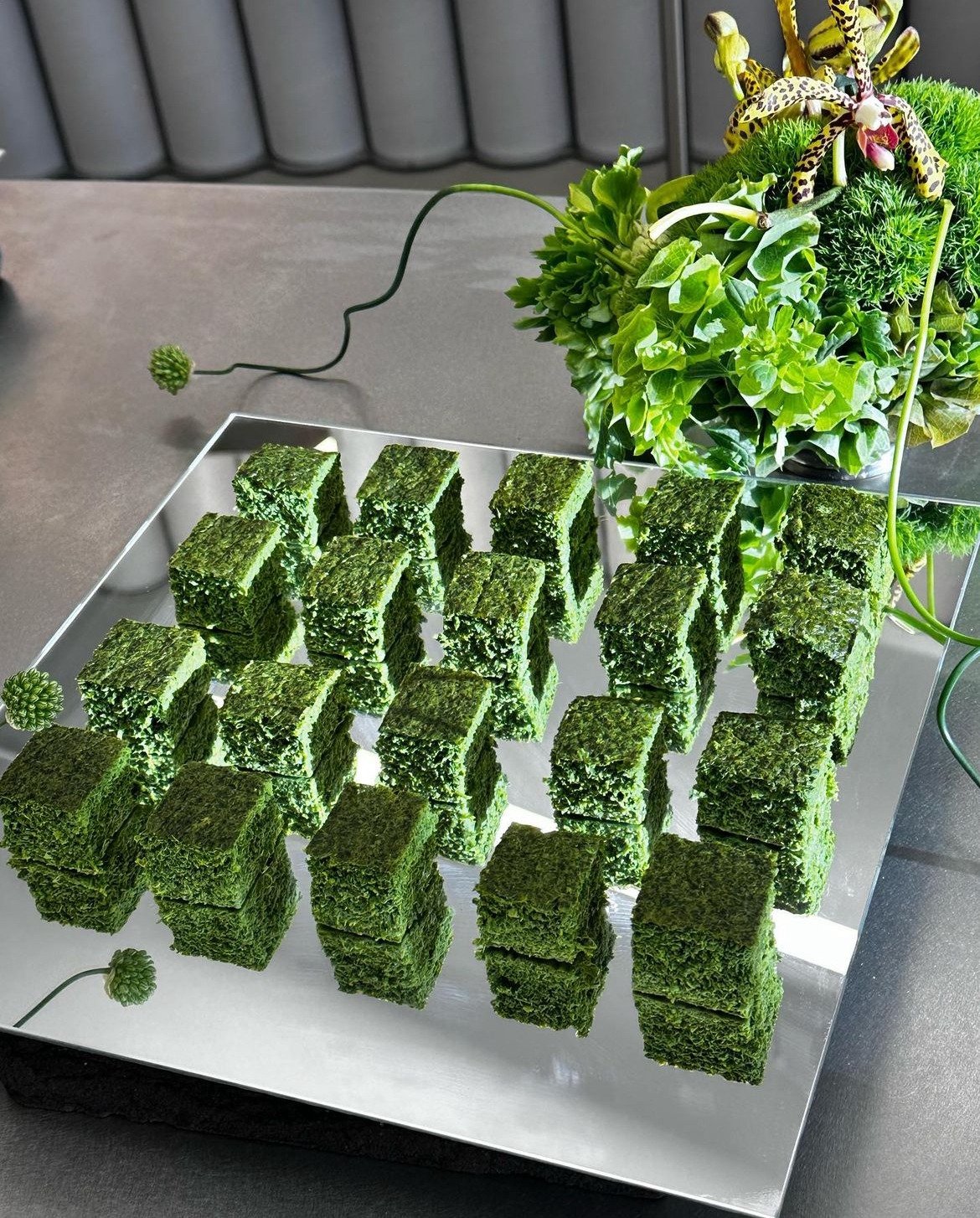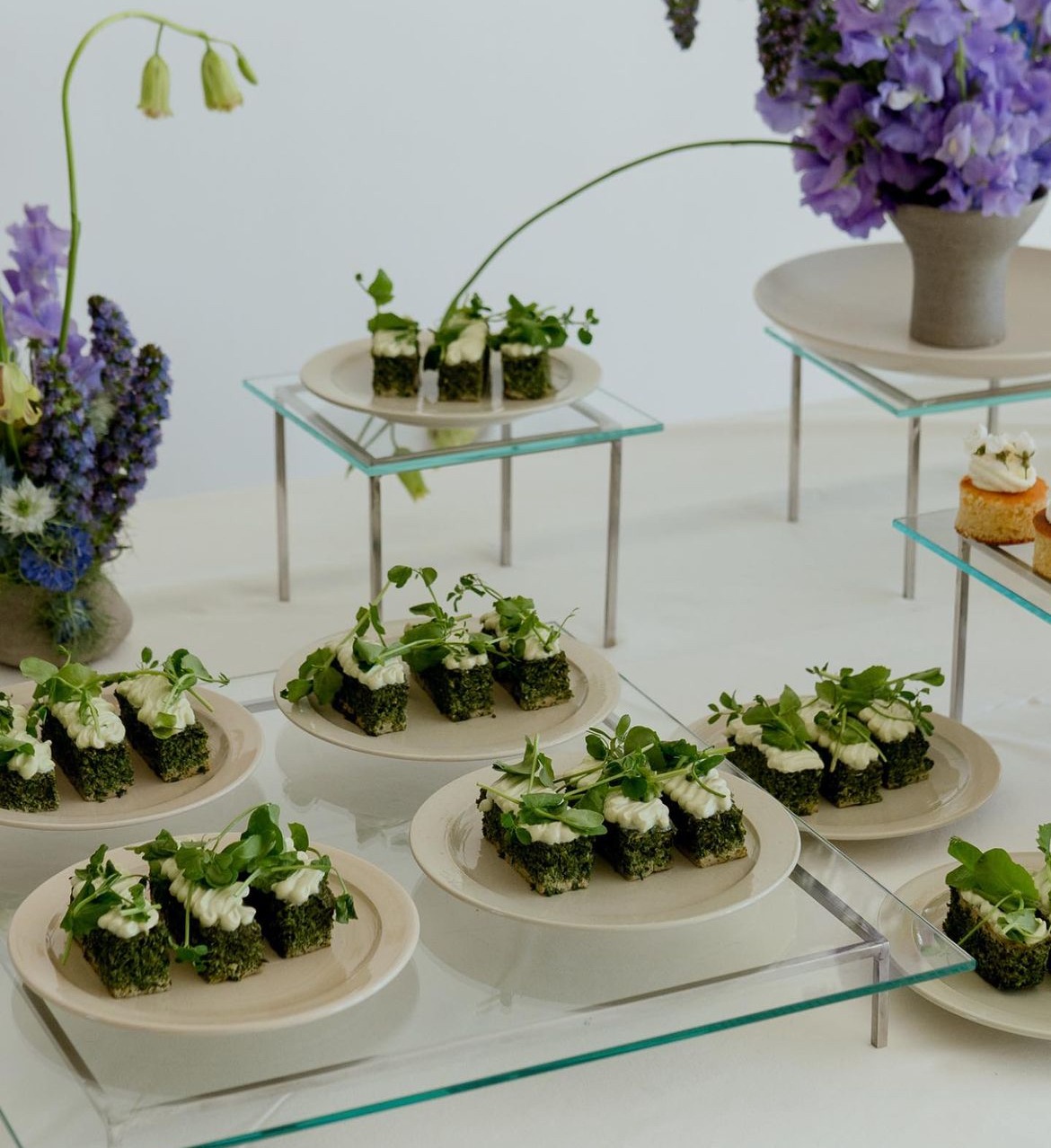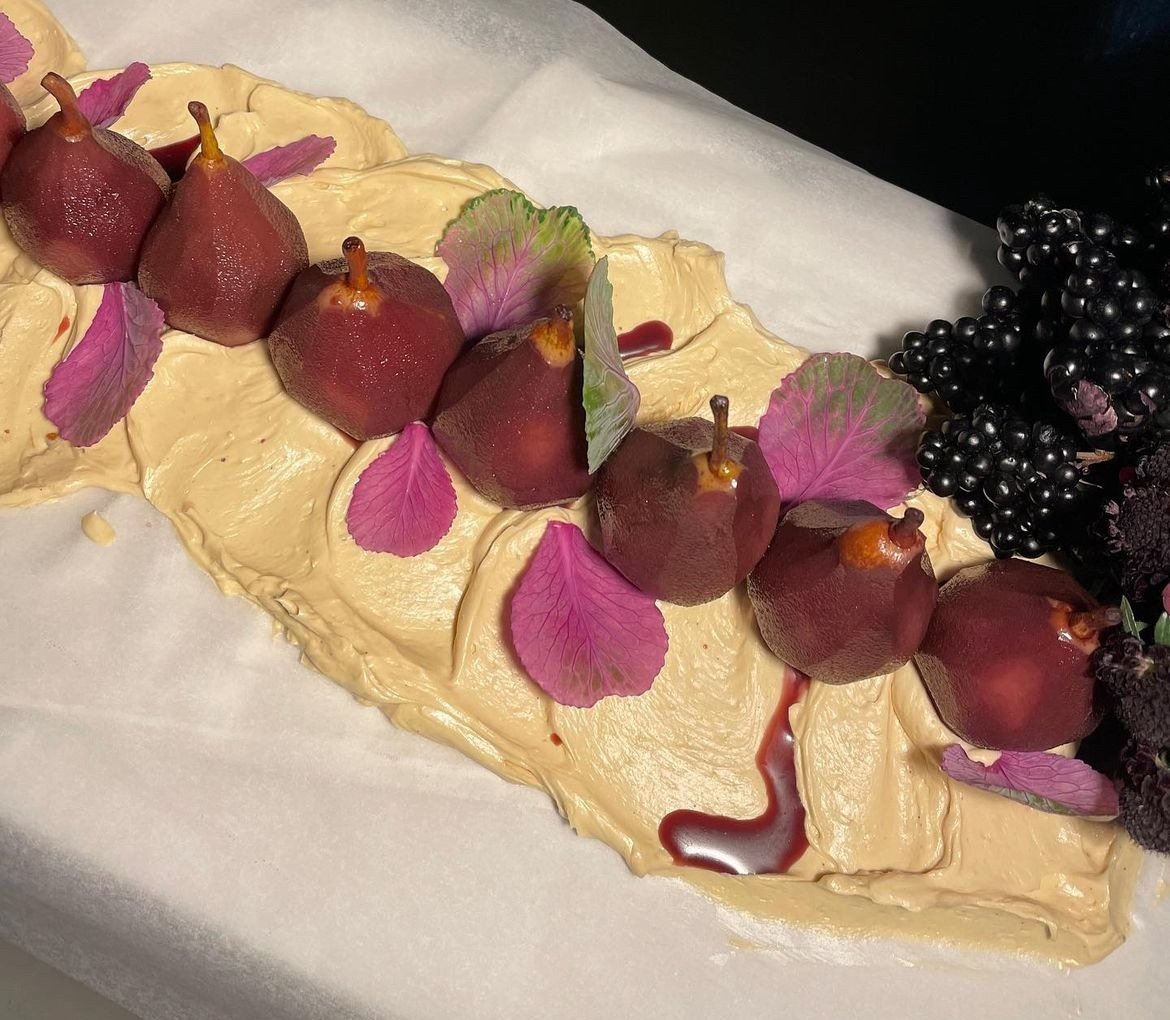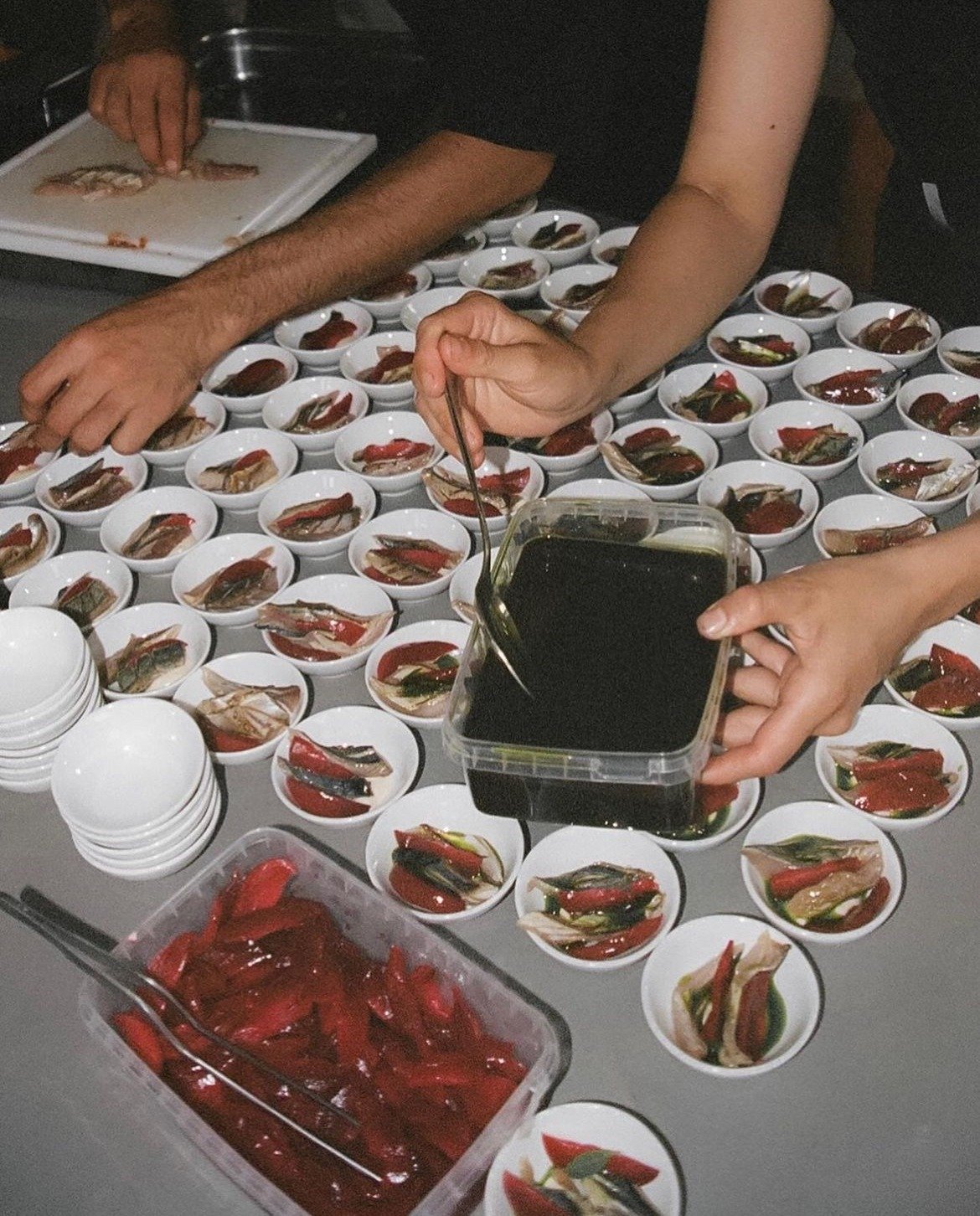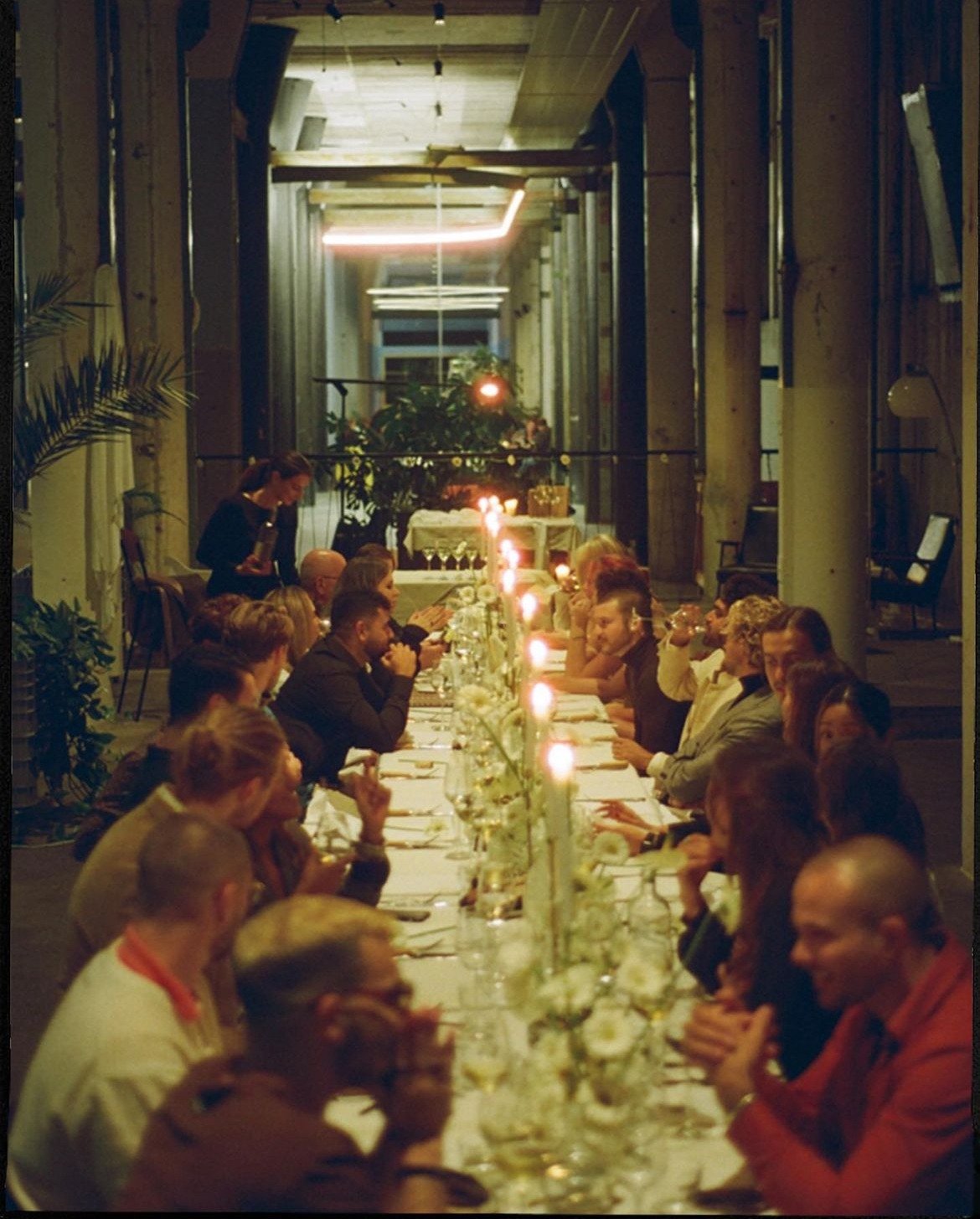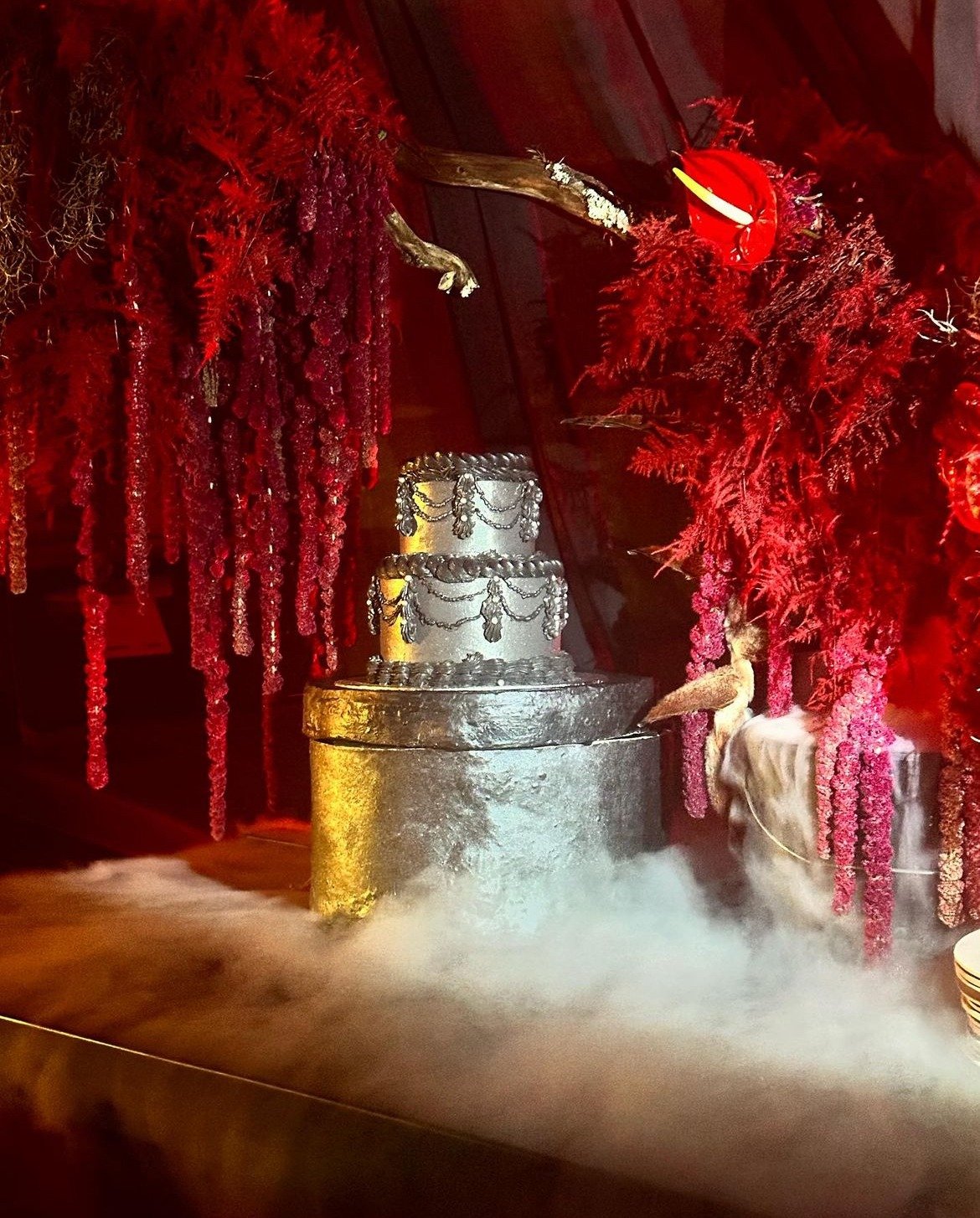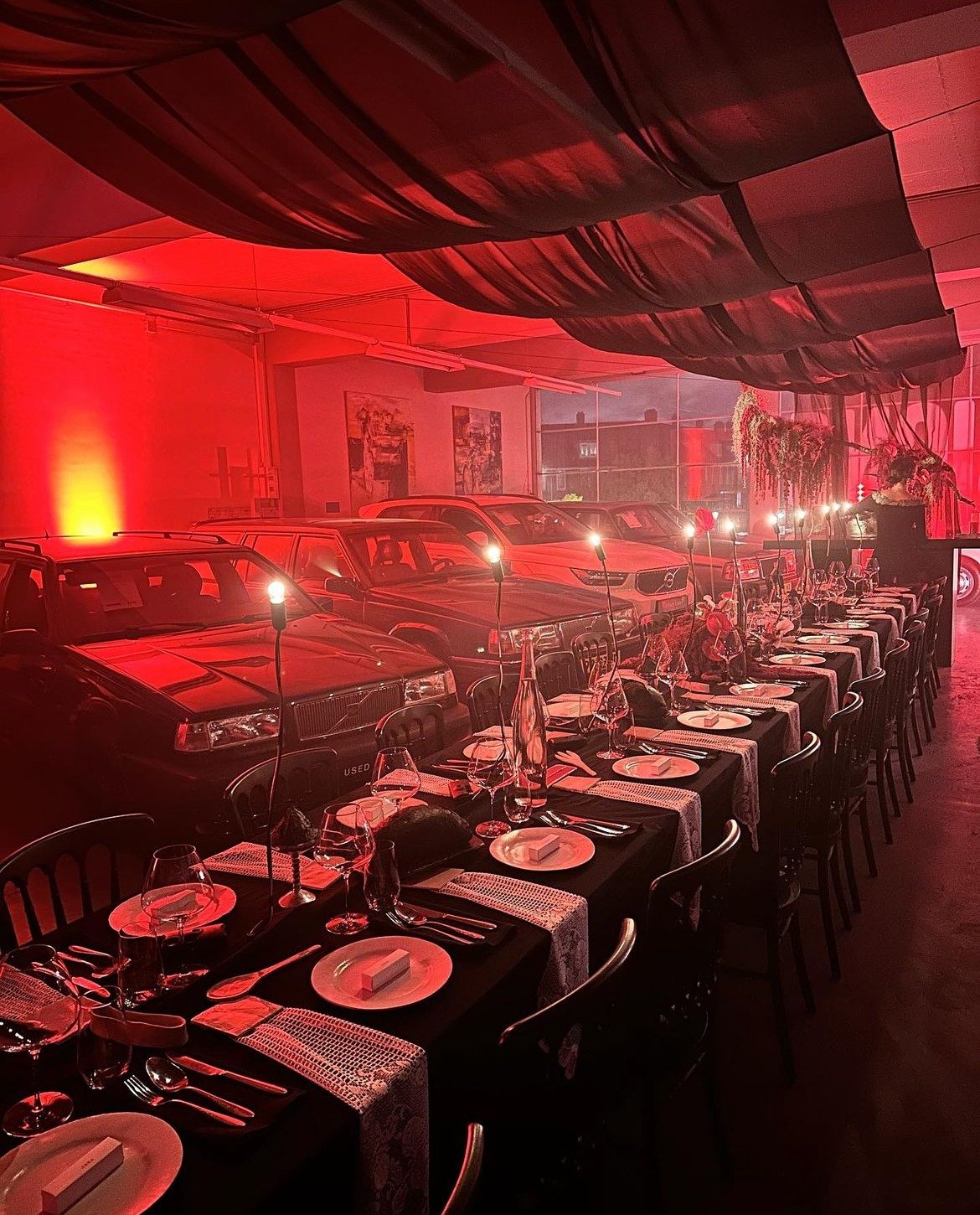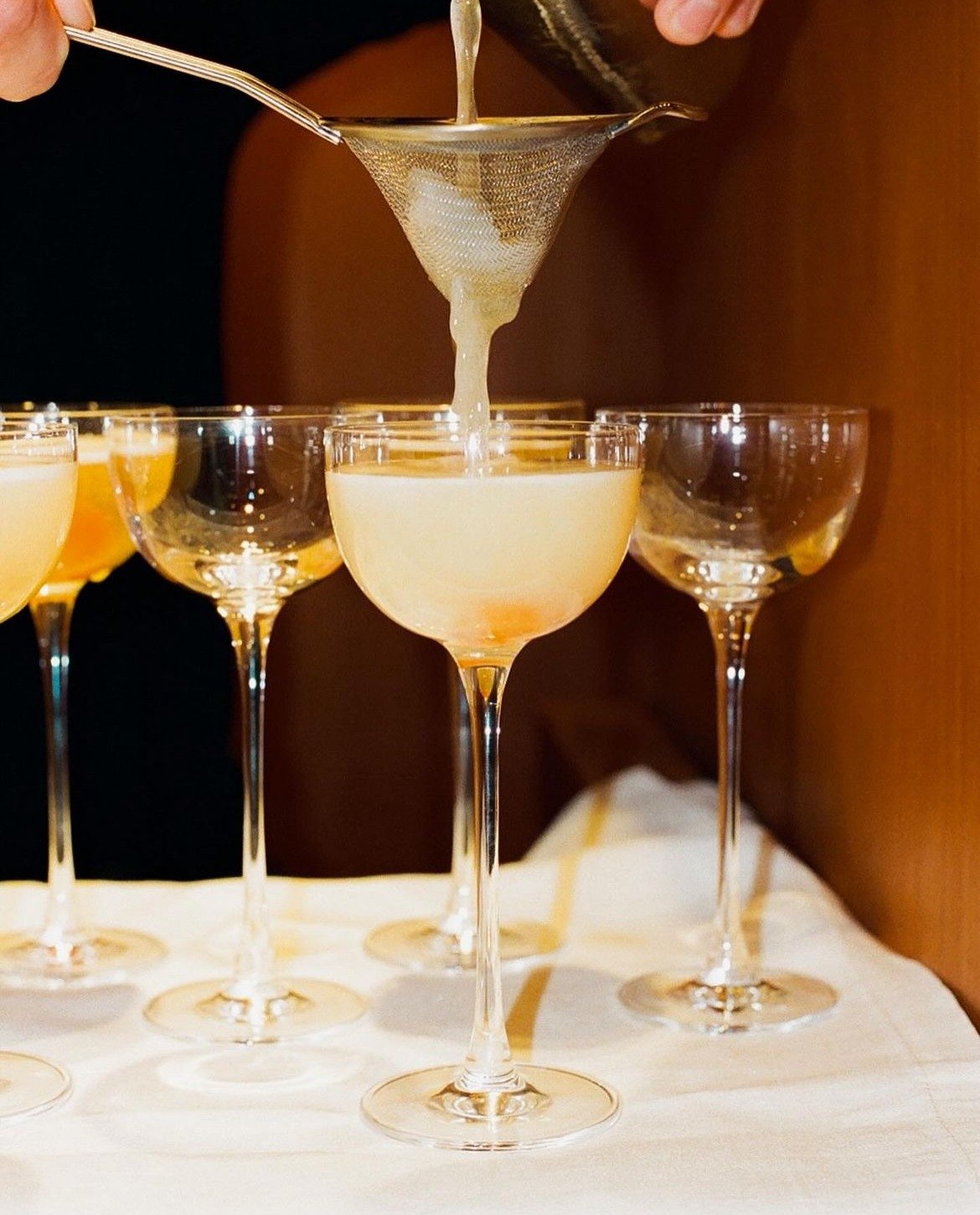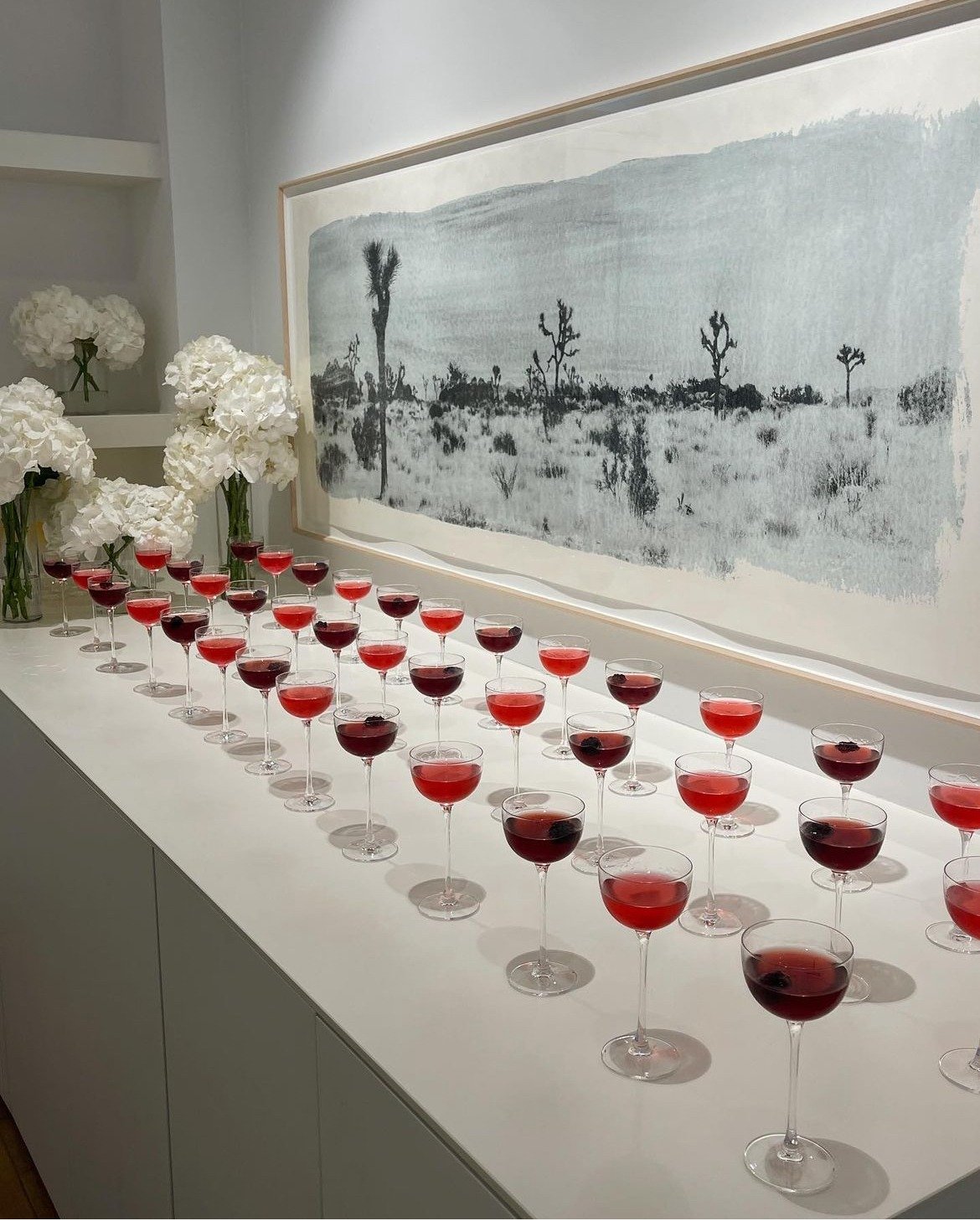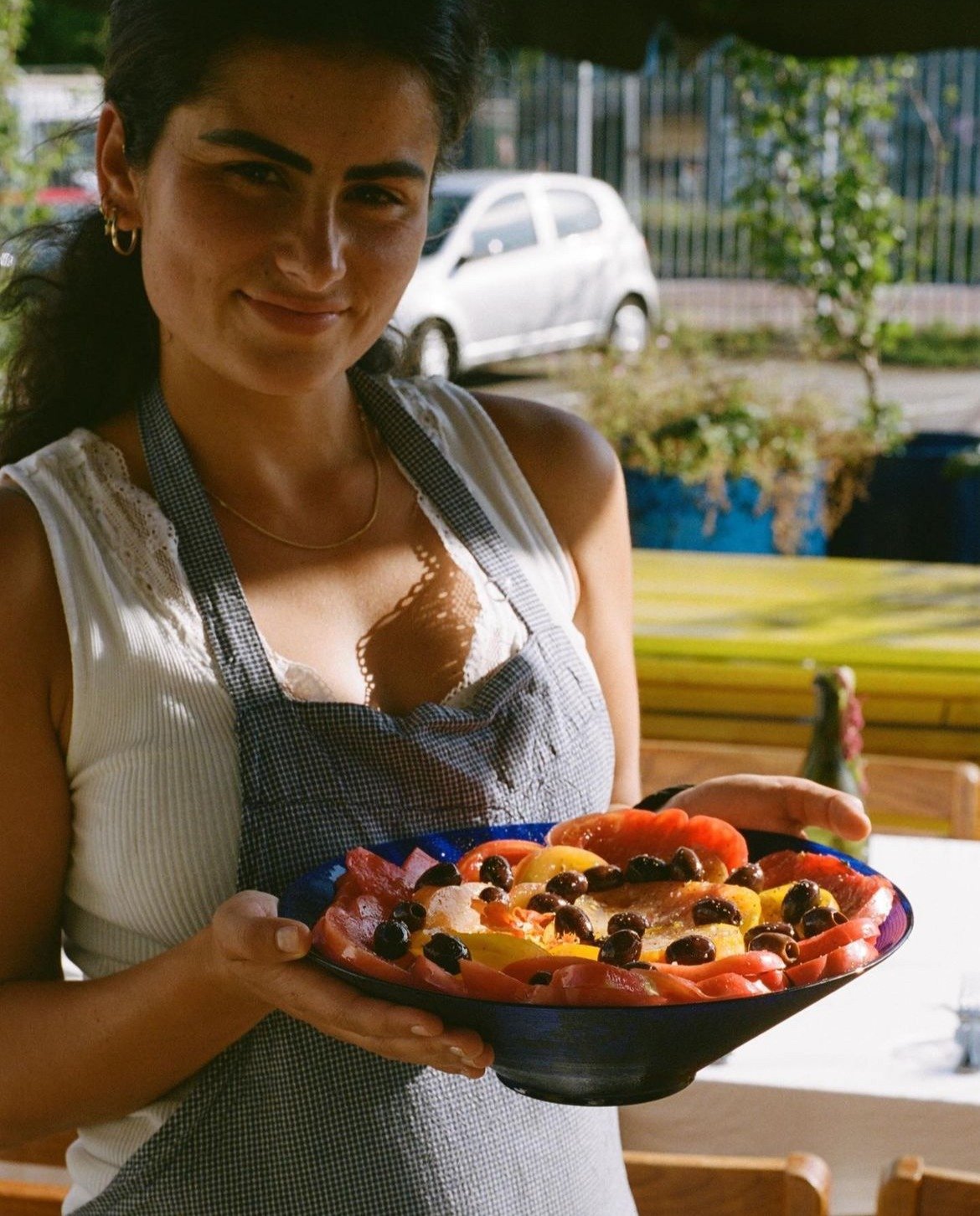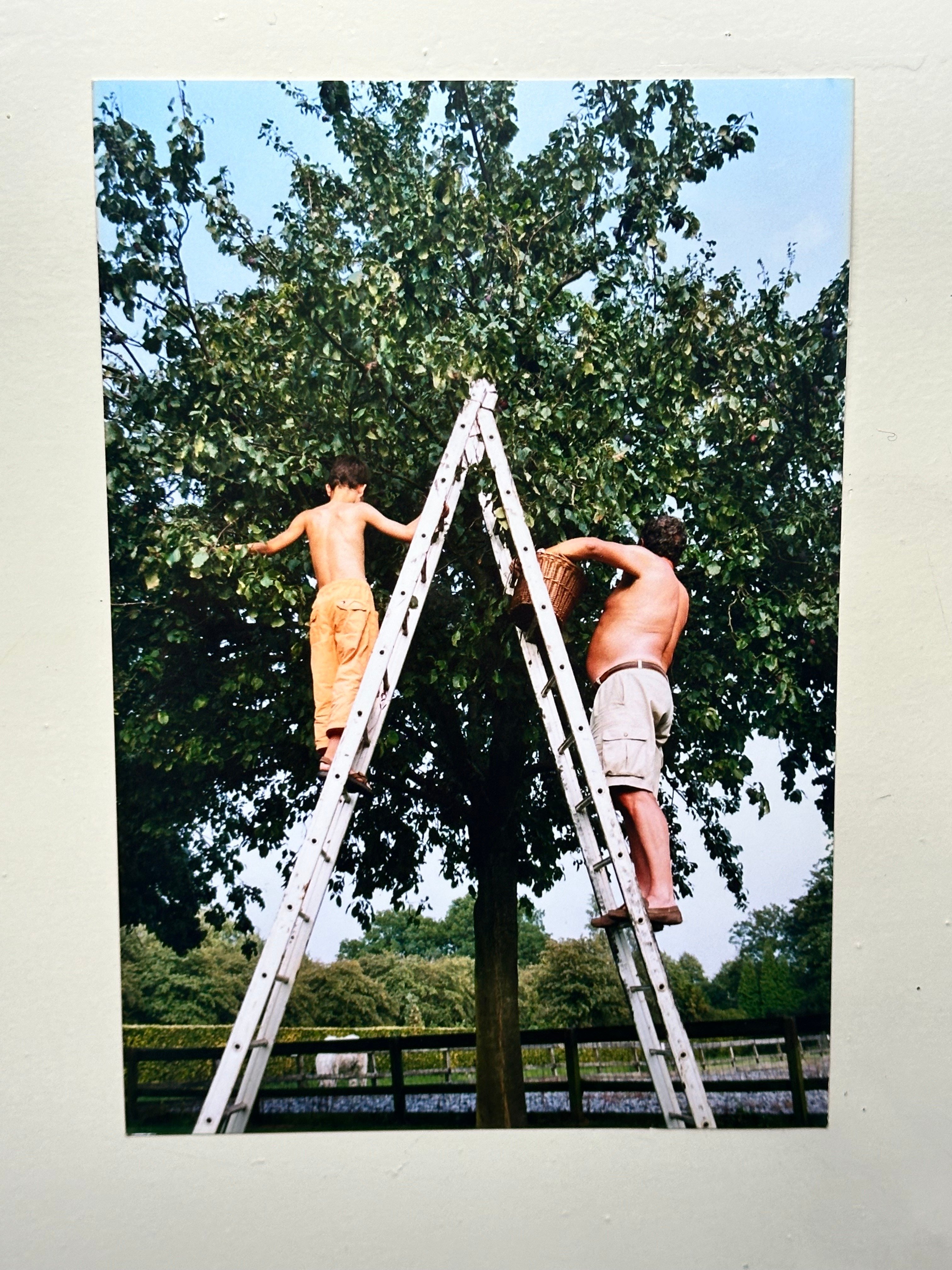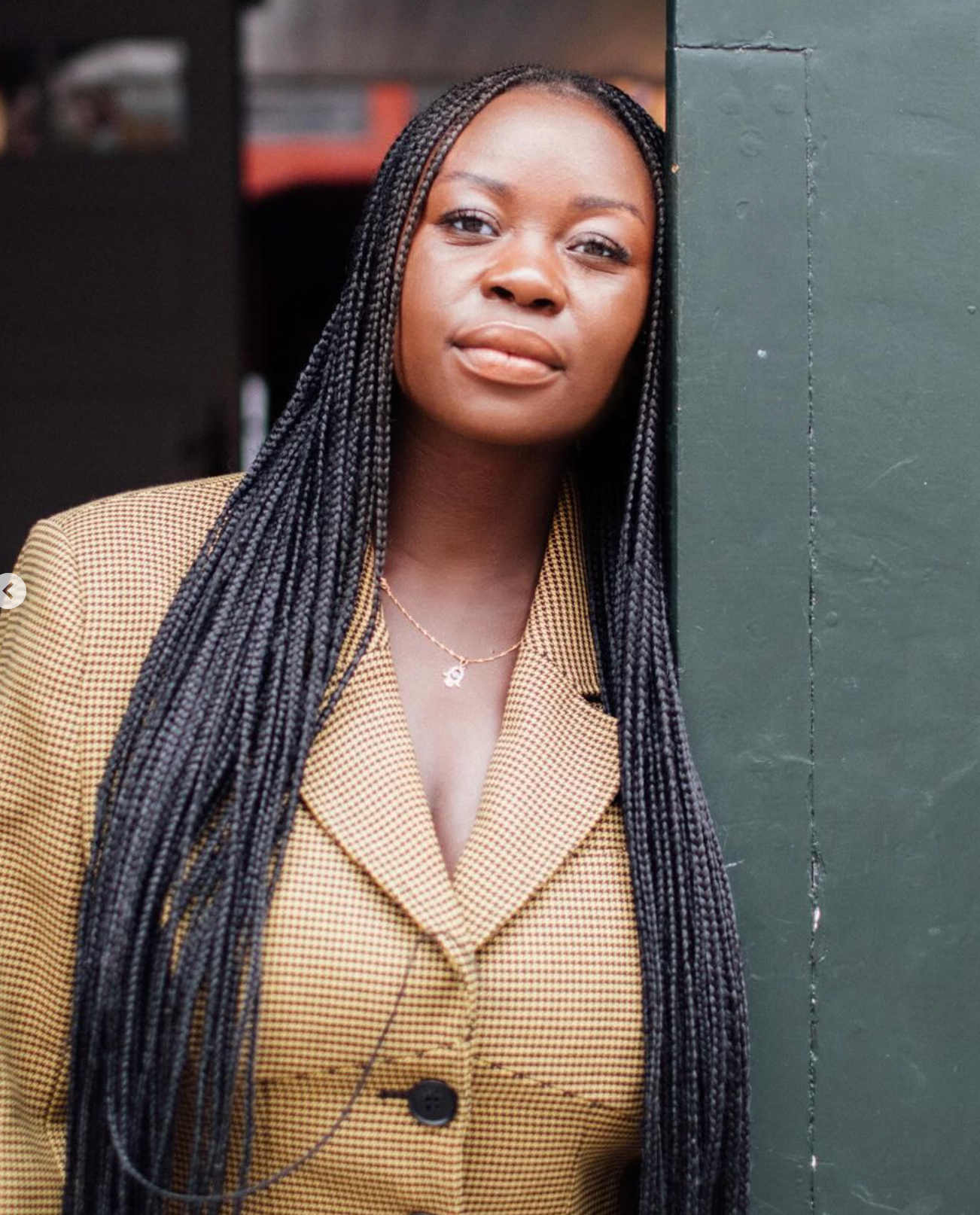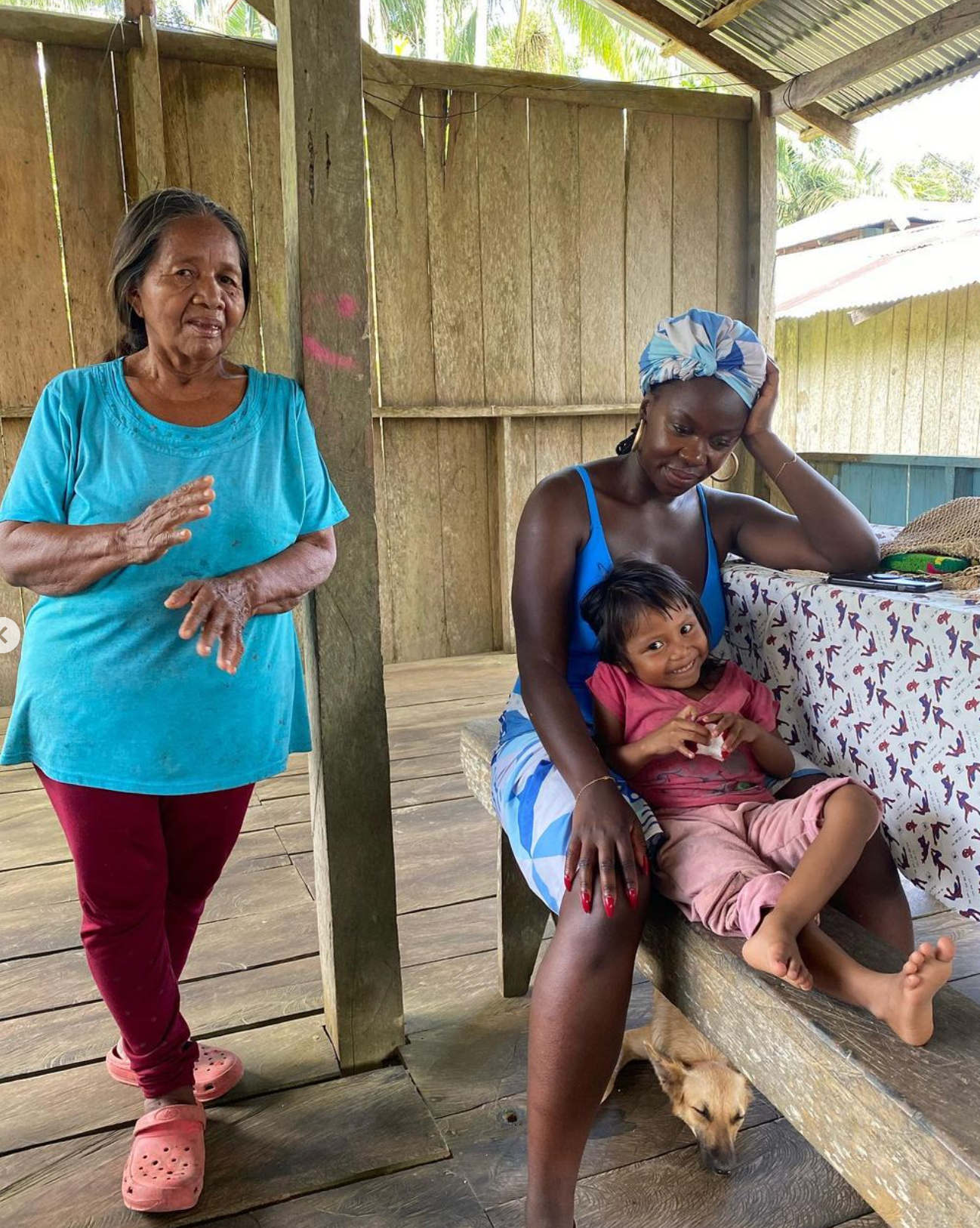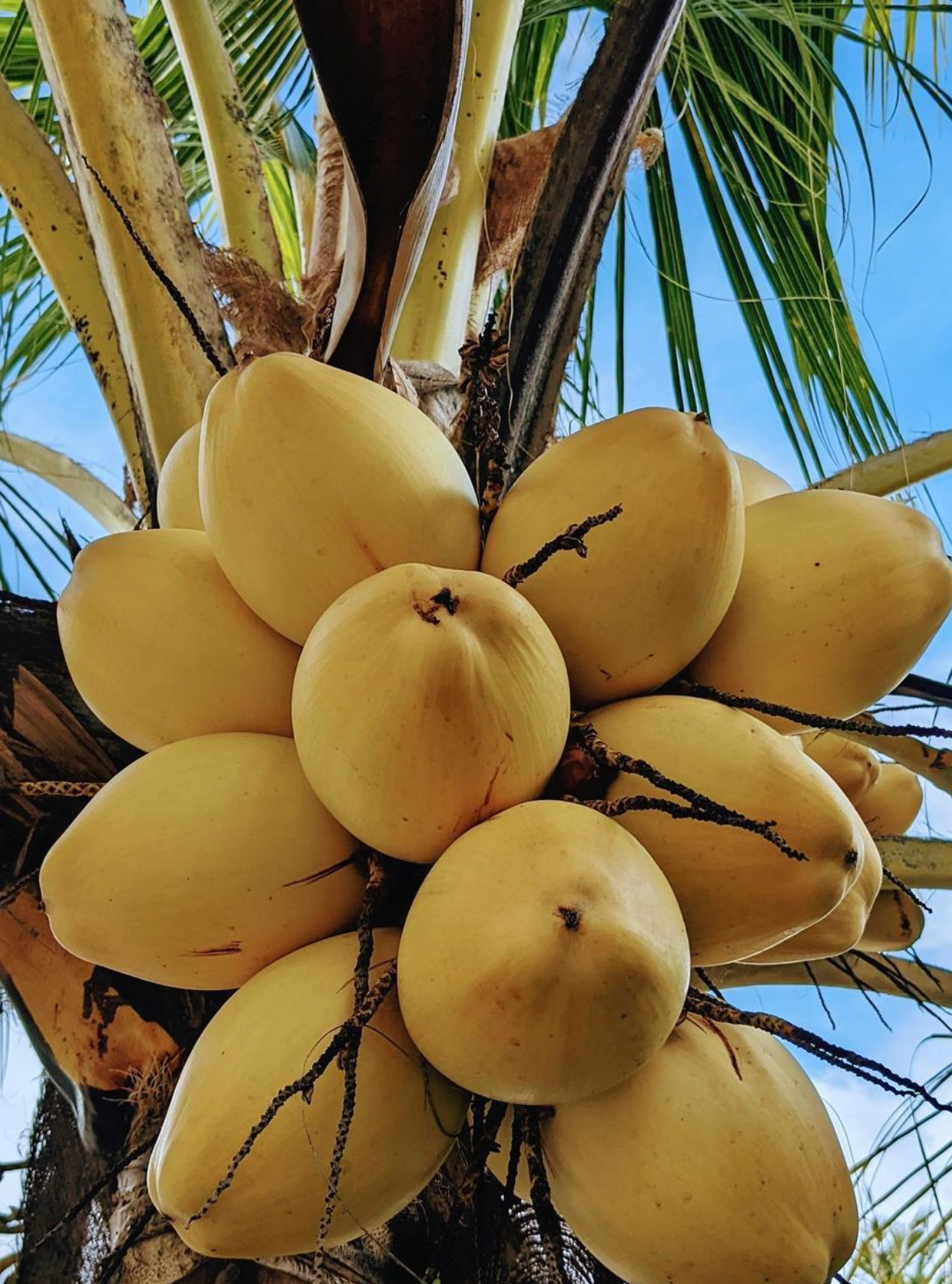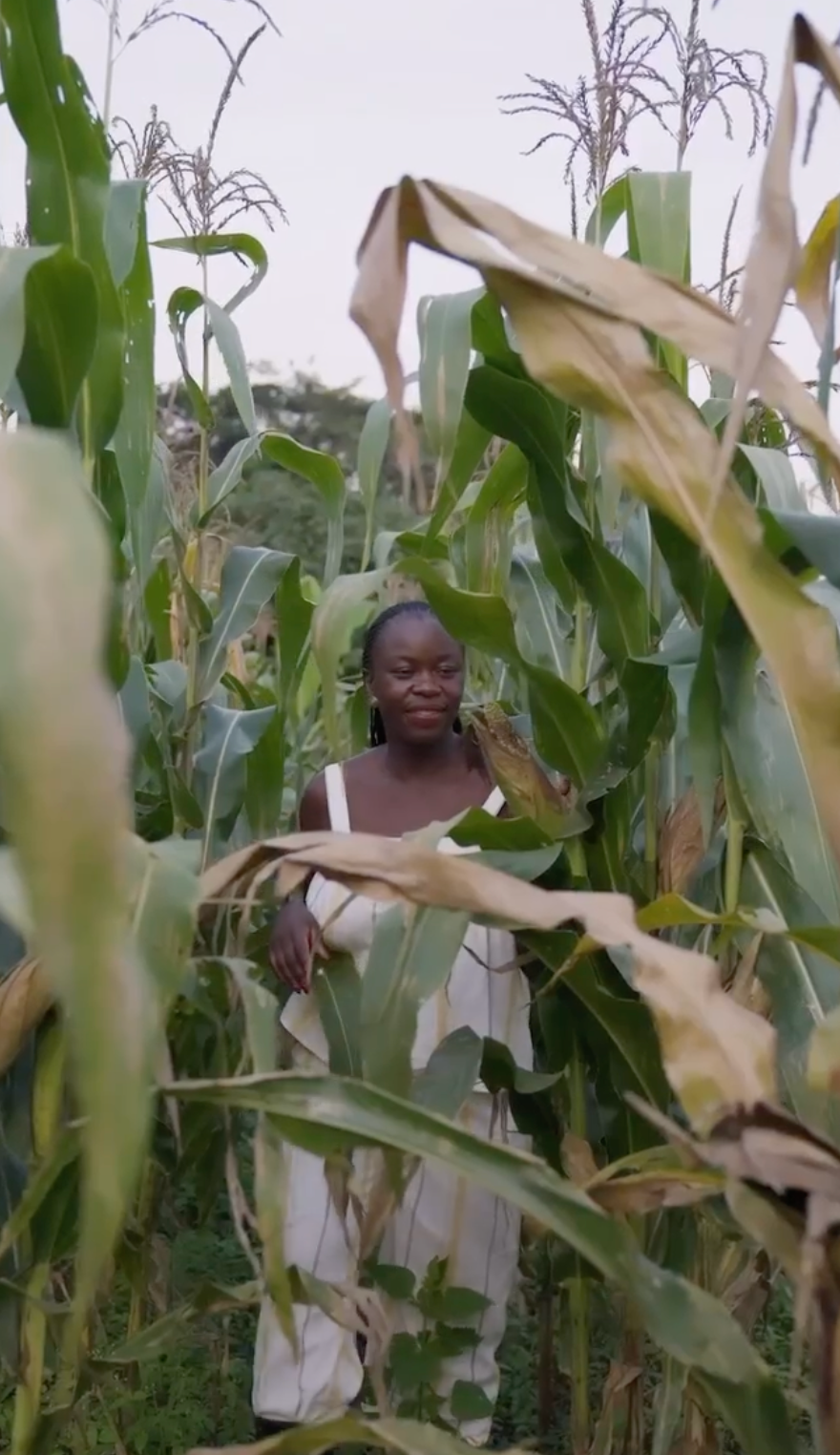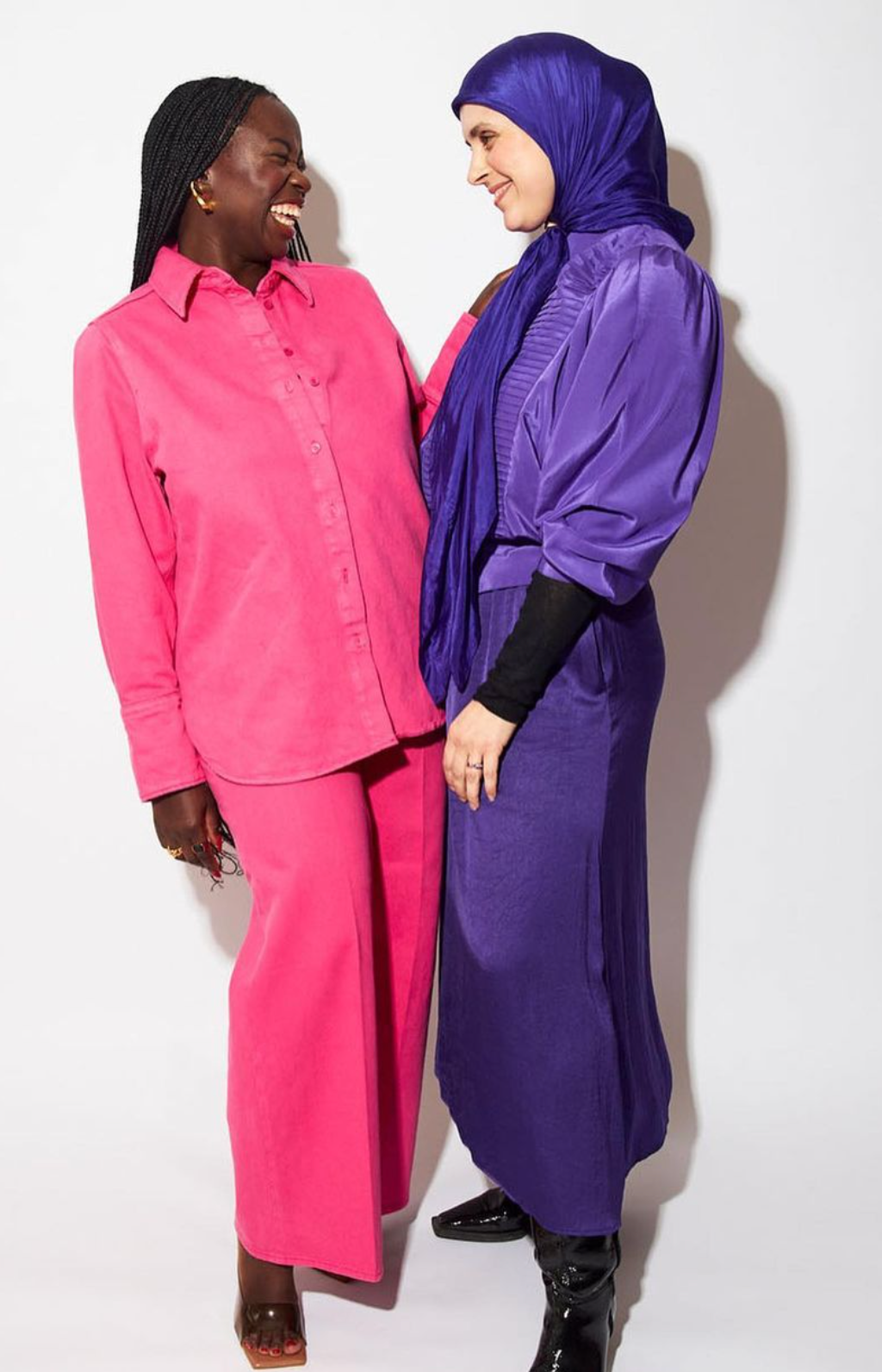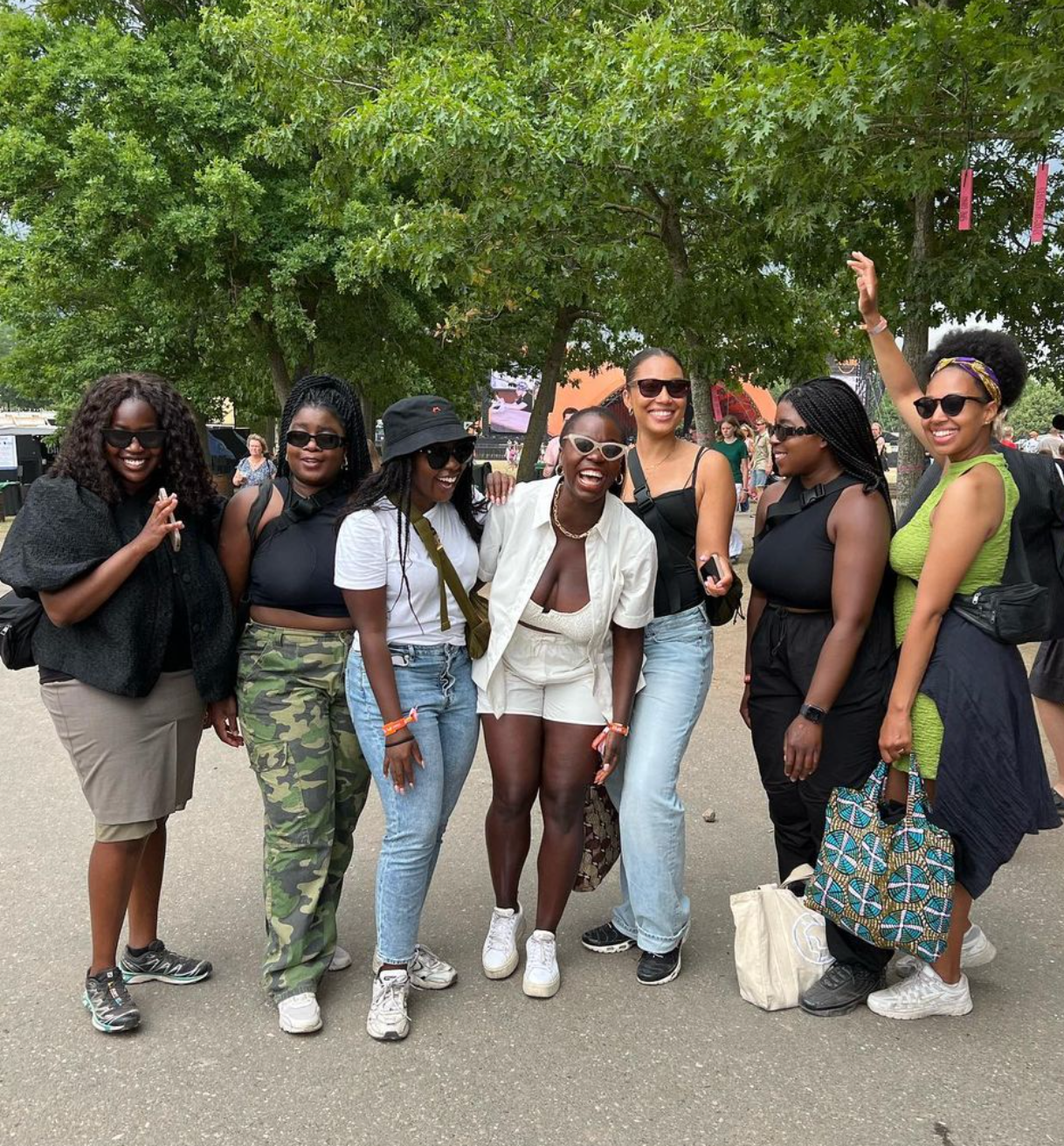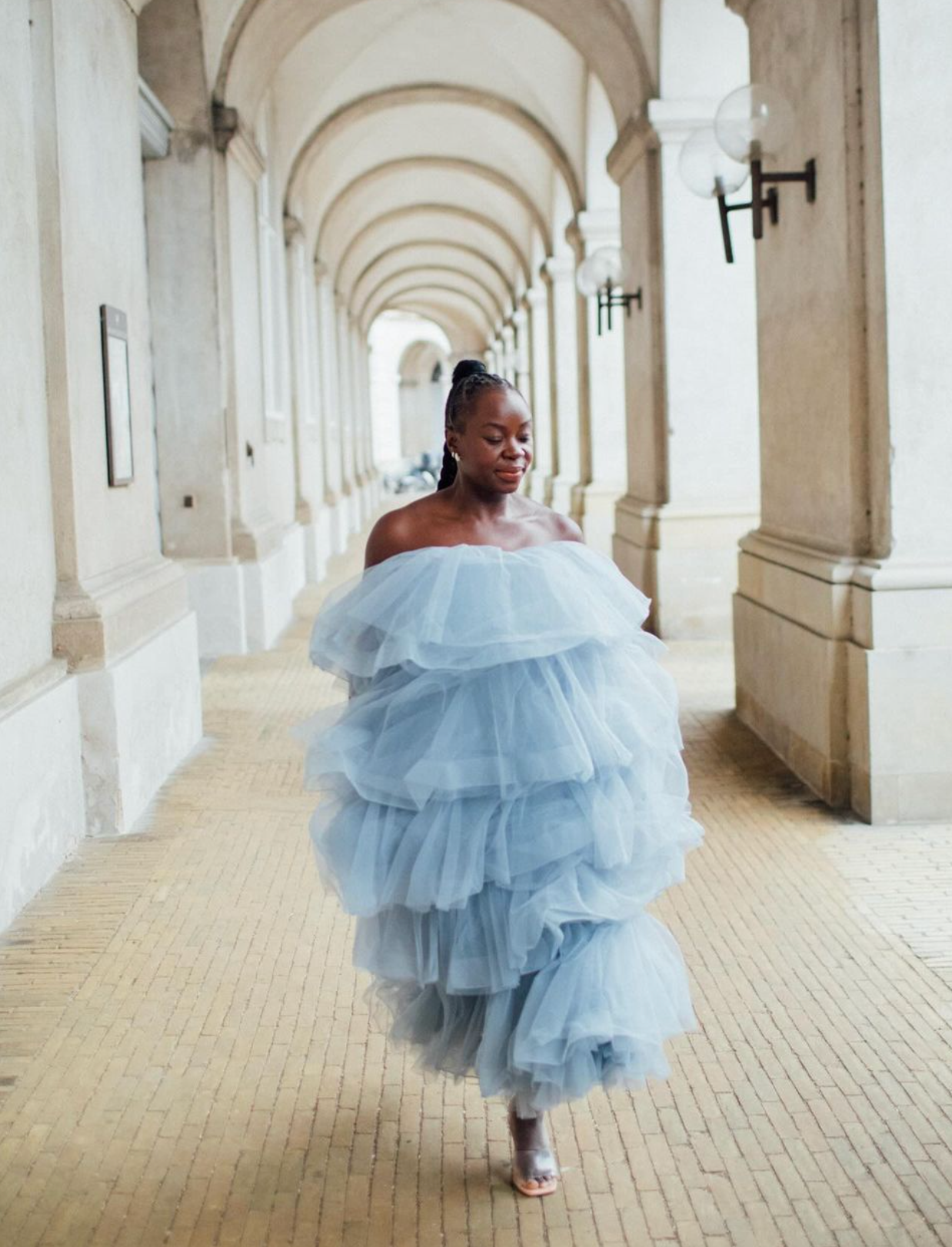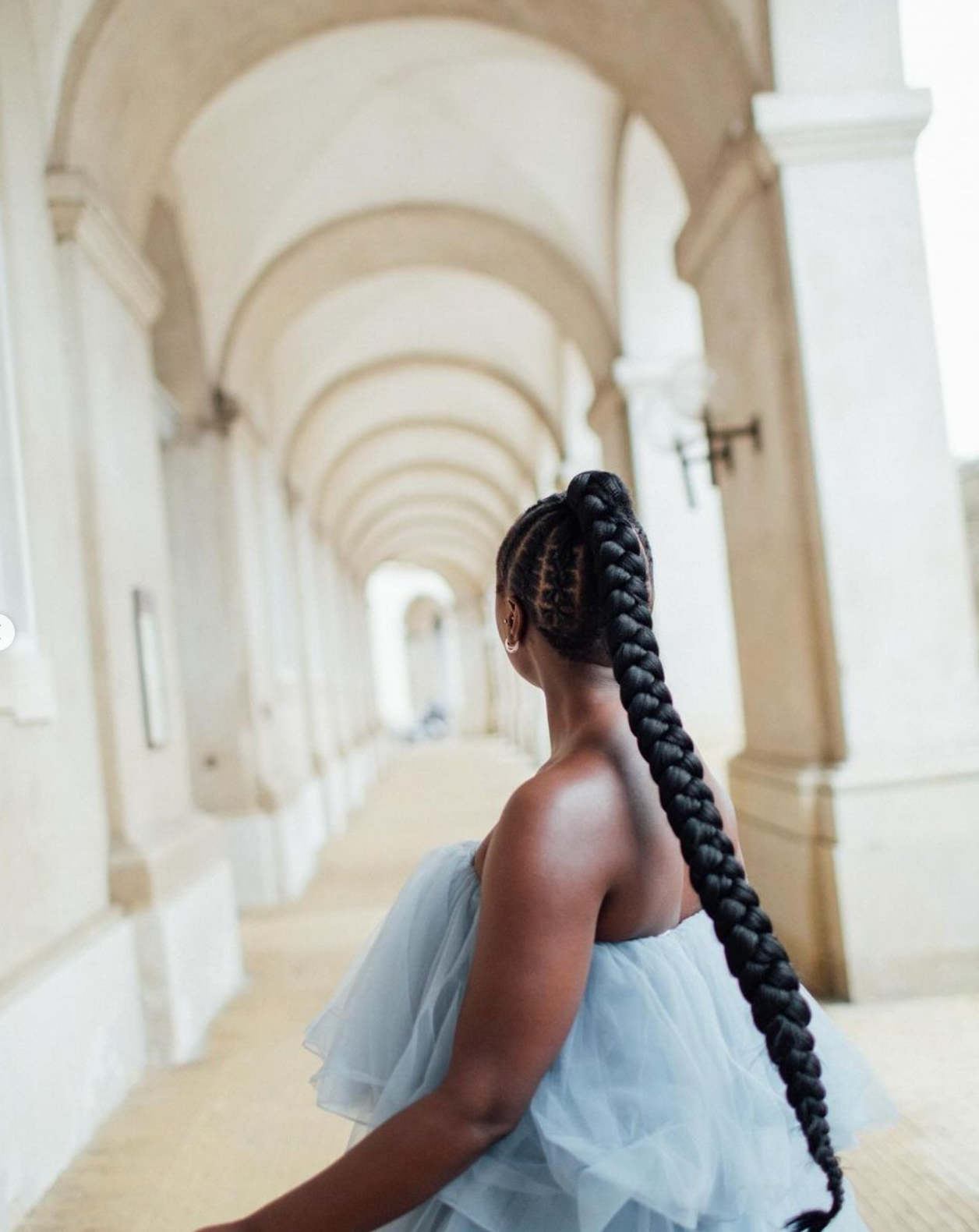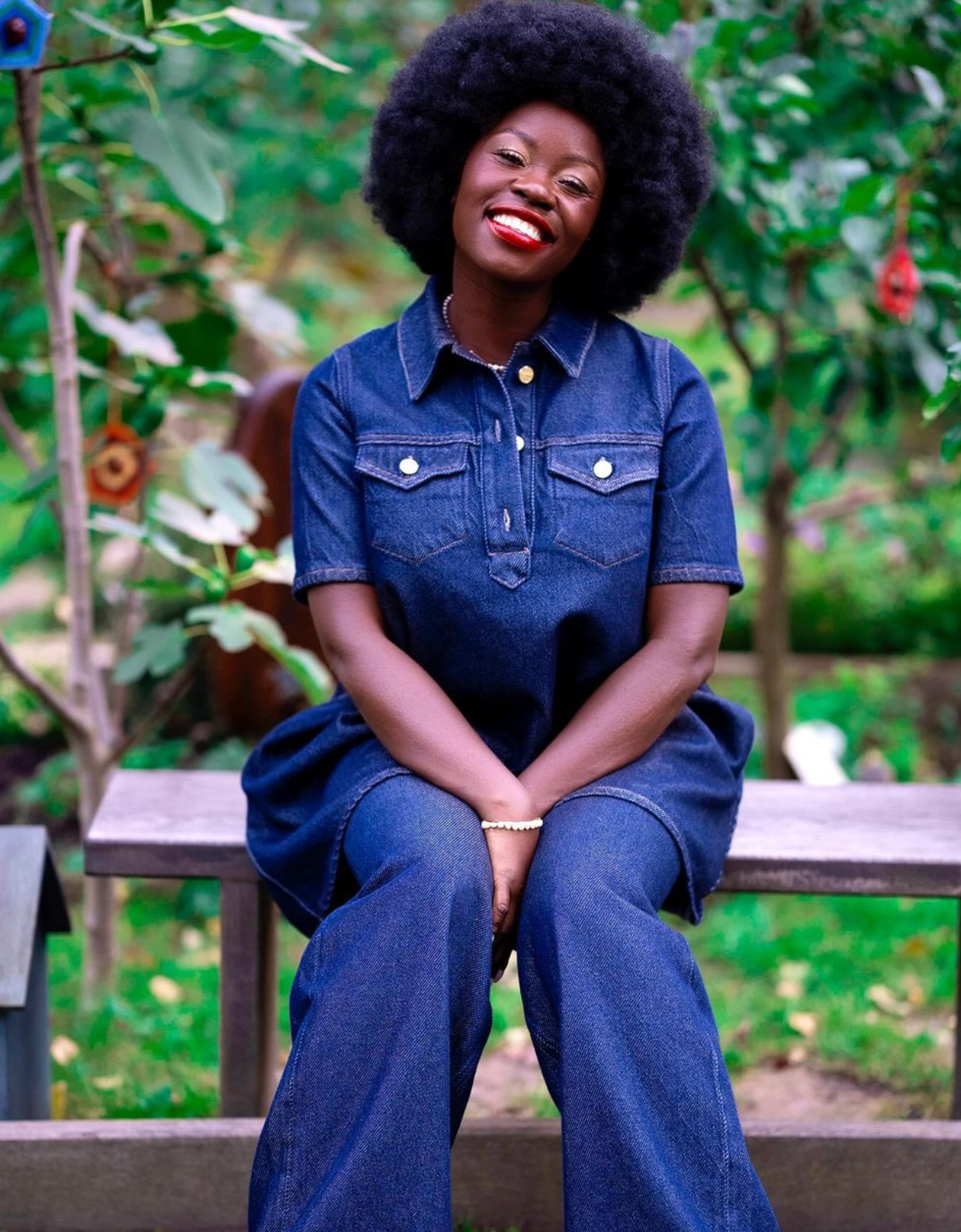A celebration of the Holiday season and the launch of our FW24 Holiday collection at Café Binnenvisser with our Amsterdam Friends.
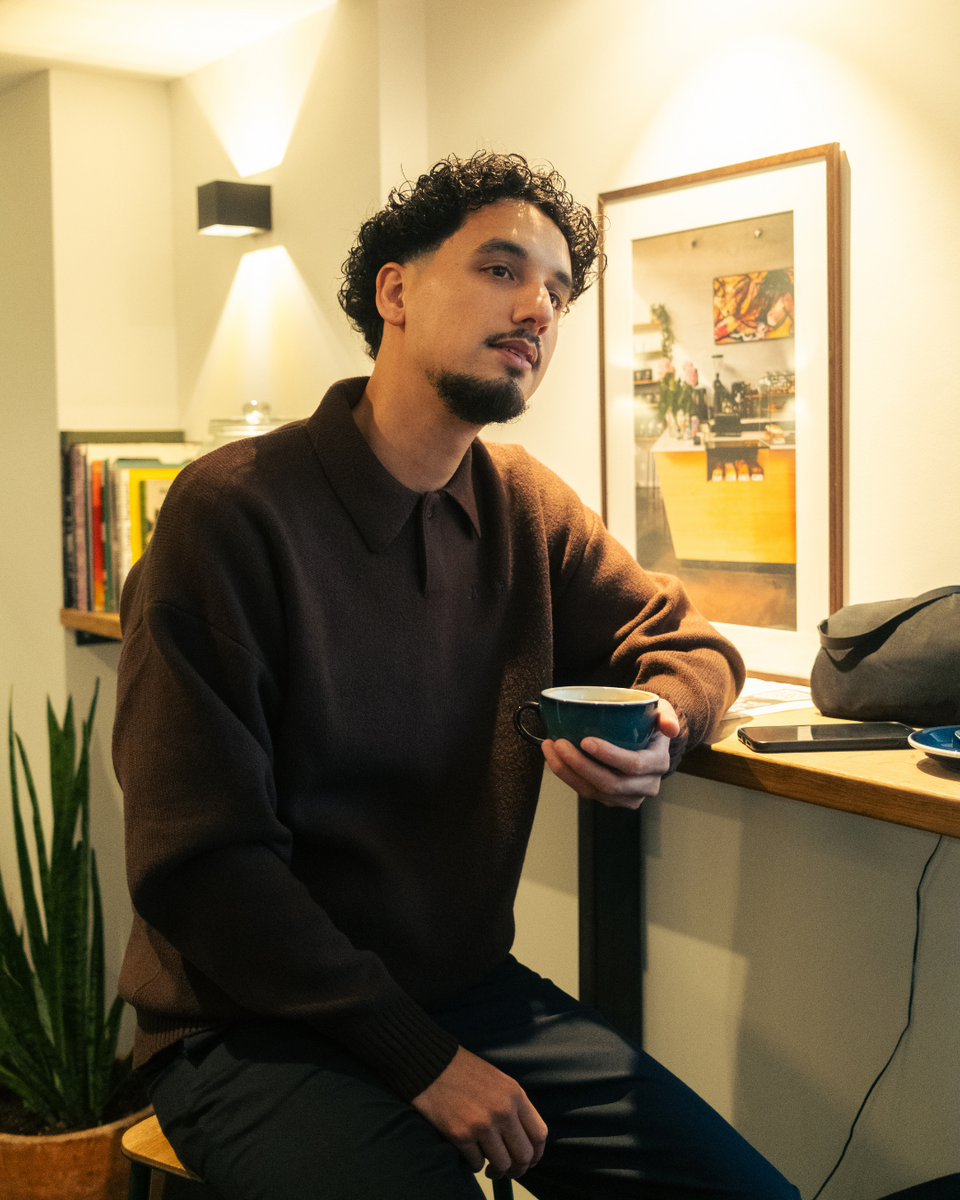
DAVEY
DONOVAN
Davey Donovan is an Amsterdam-based music producer known for his versatile and emotionally-driven beats in the Dutch hip hop scene. He has worked with top artists like: Hef, Kevin, Lijpe and Jonna Fraser, contributing to several chart-topping albums. Get to know Davey and listen to some of his nostalgic top picks.
MARY
CONSOLATA
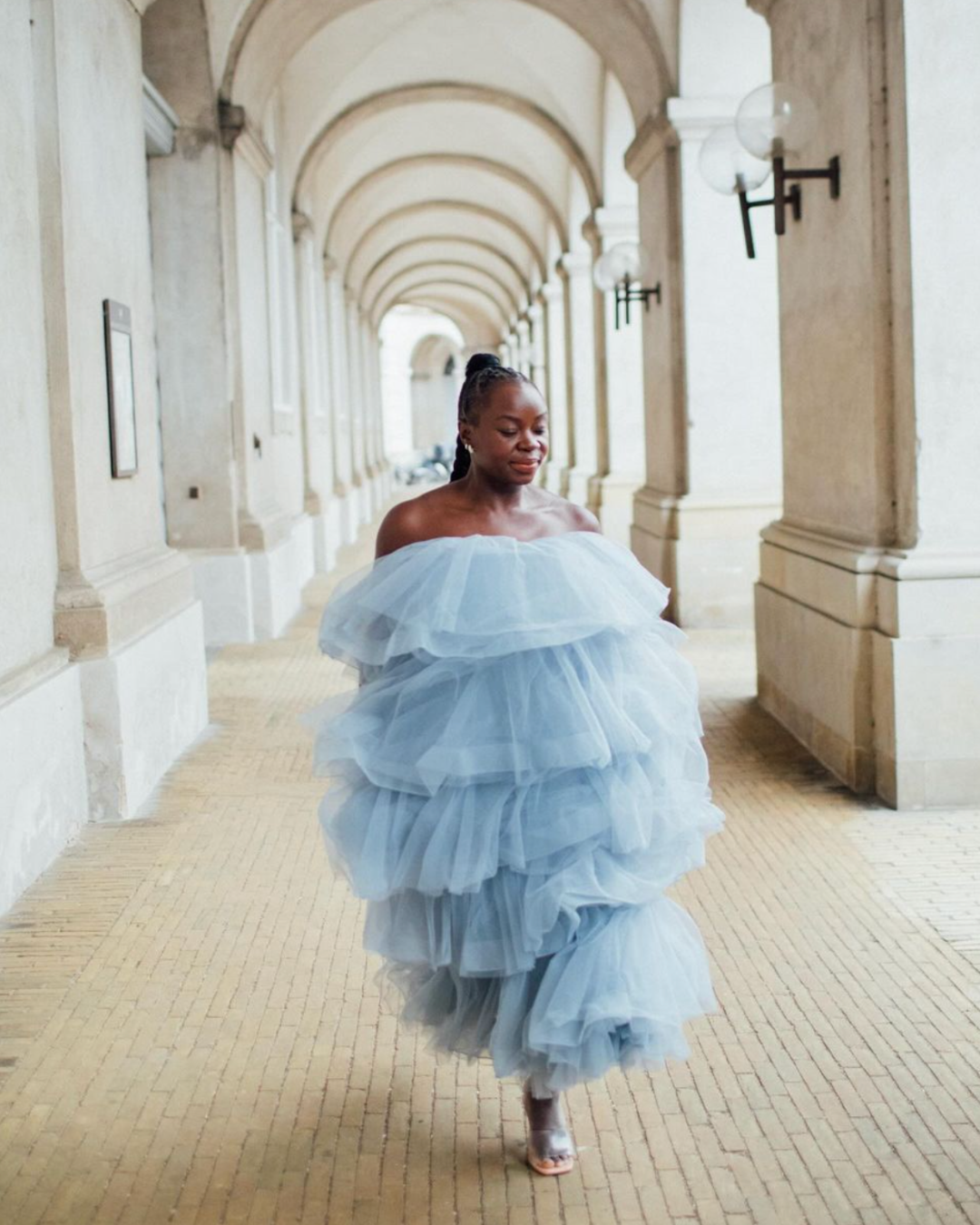
Focusing on producing reusable pads and promoting women’s empowerment through outdoor sports, Mary’s social enterprises, She for She Pads and Girls Will Be Girls continues to flourish by advocating for women’s rights and a racism/biased free society.
FREDERIEKE
BLOEM
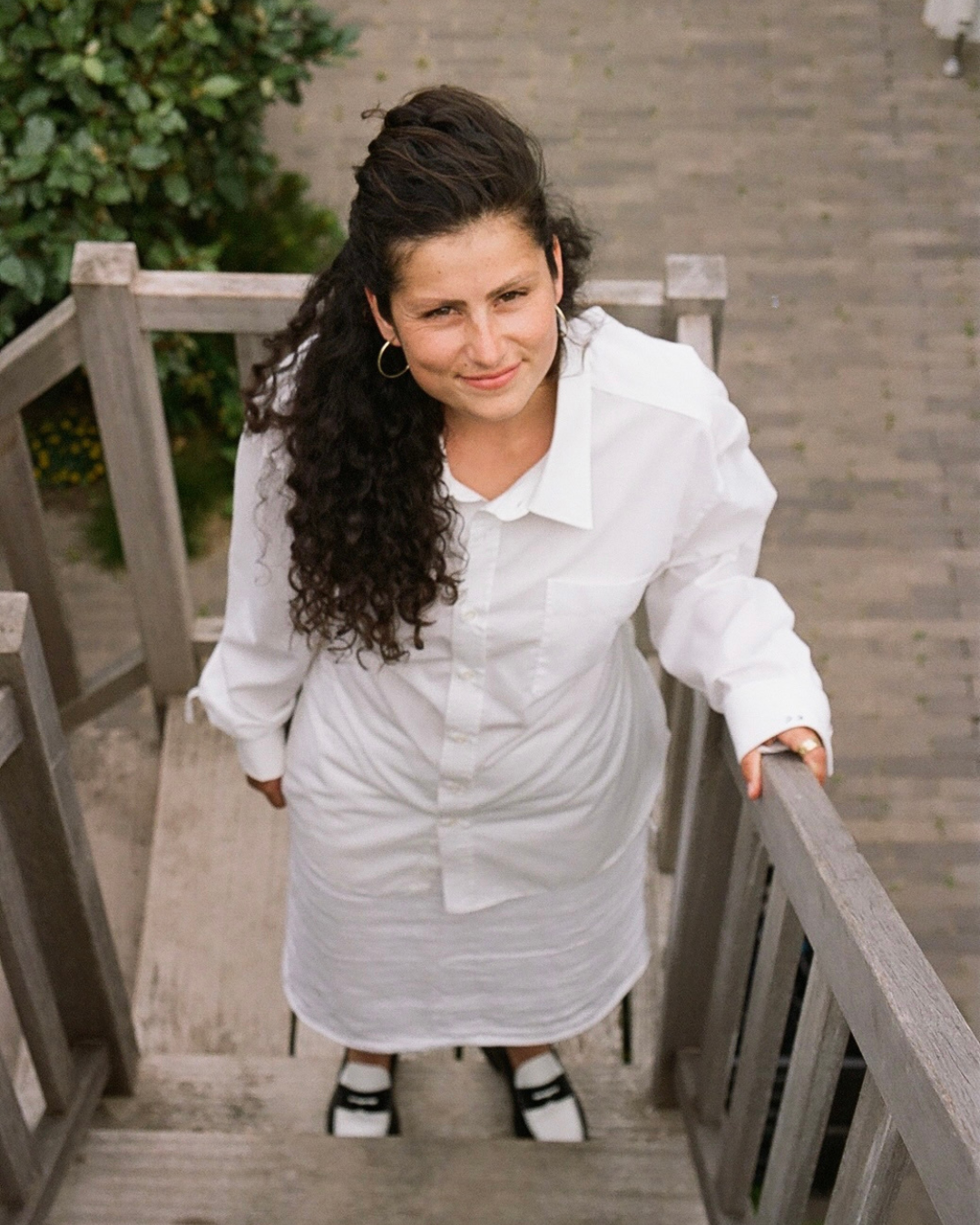
Driven by vegetable-forward dishes and inspired by diverse global cuisines, Frederieke and her team dedicate their craftsmanship to shared experiences through food installations and intimate gatherings.
TATIE DEE
Tatie Dee began studying violin at the French Music Conservatory at age 6, later diving into electronic music and turntables. She joined the Friendsome collective, where she explores genres like Acid House and Garage. With multiple releases and a debut EP Tatie invites you on a groovy journey.
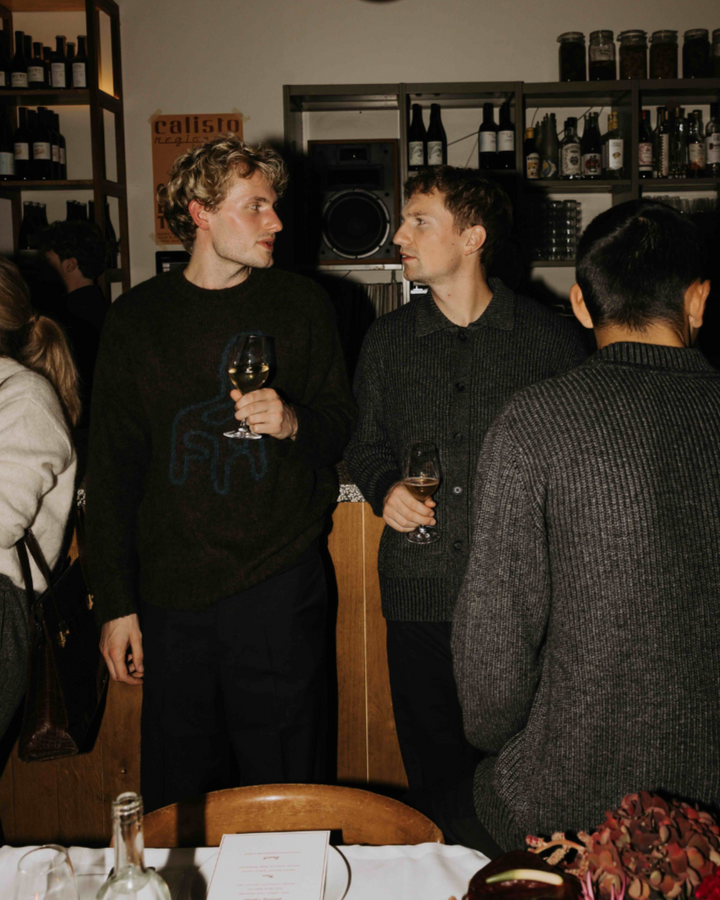
FW24 HOLIDAY DINNER RECAP
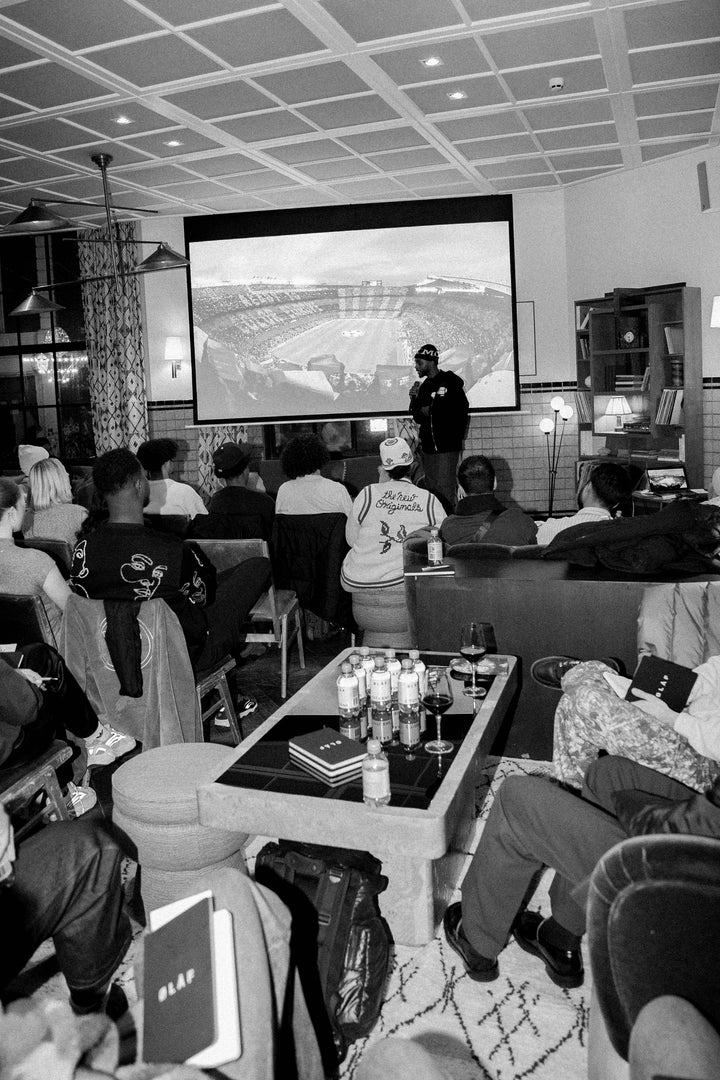
CITIZENS
SESSIONS
A recap of our latest CITIZENS SESSIONS we host at Soho House in Amsterdam, with talks and keynotes from various creatives.
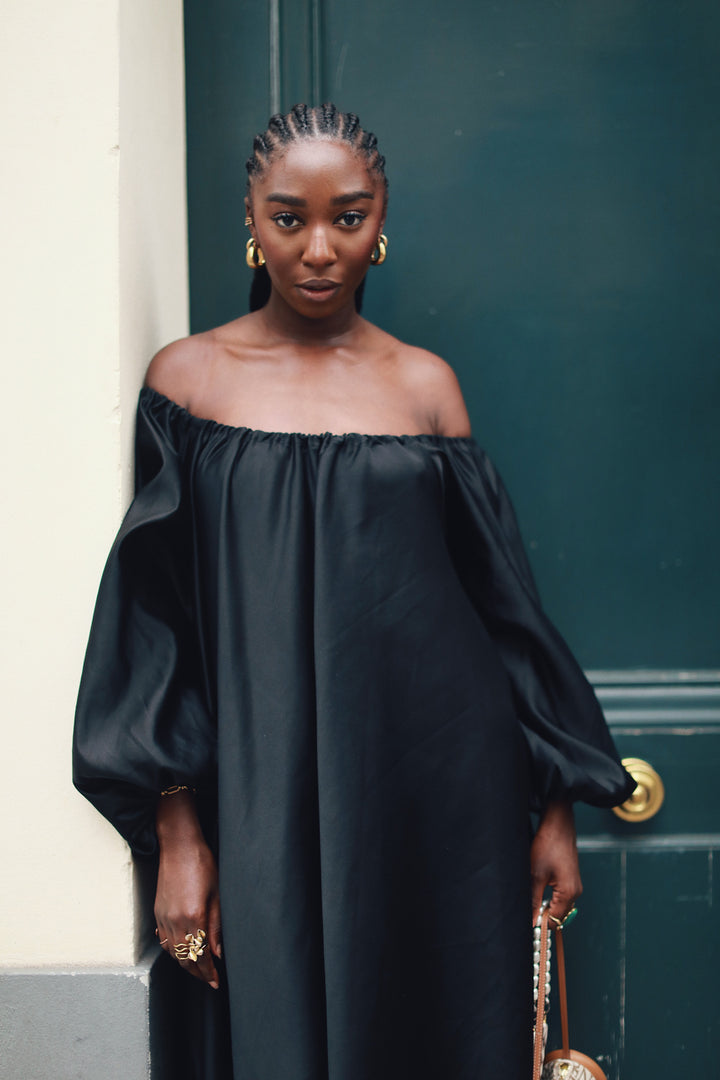
NSIMBA
VALENE
Nsimba is a creative non-conformist, who range from designing for her brand, Libaya, to creative direction and much more. With a vision to create change, Nsimba strives to bring her vision of a new world into reality.
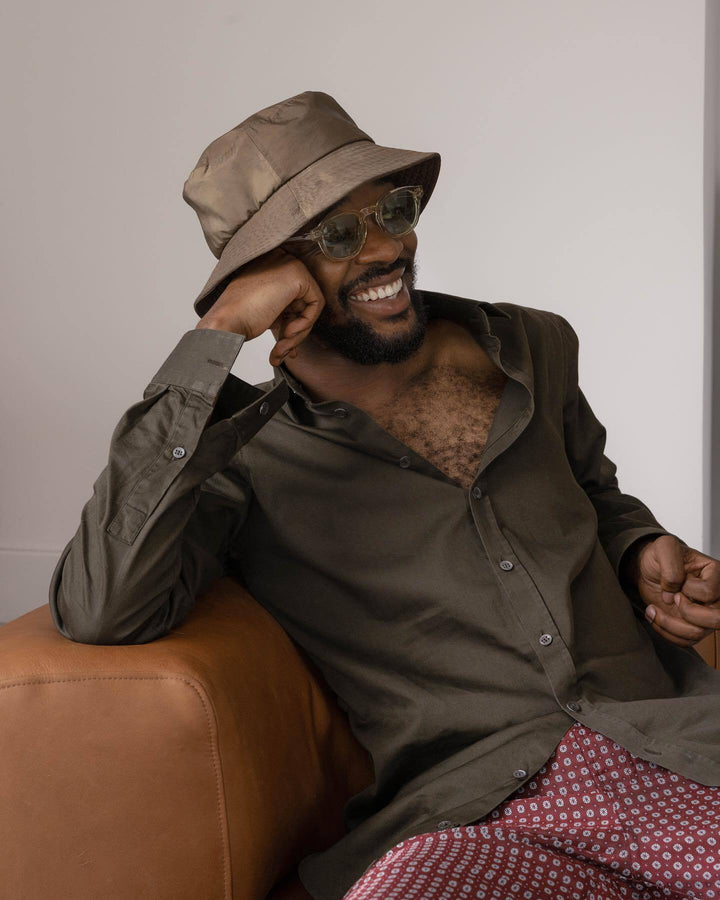
GUNIFORT UWAMBAGA
After a decade as a bookstore owner, Uwambaga is moving his focus to a new type of storytelling. Here he tells us all about friendship, fatherhood, and community.
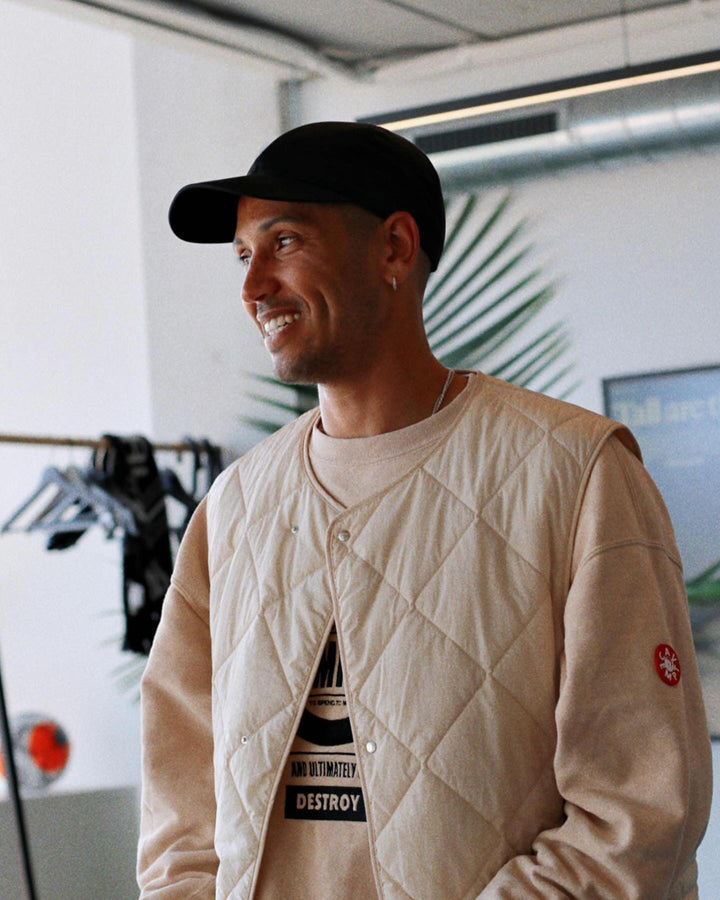
MYLES
O’MEALLY
One of the youngest shoe engineers at Nike and now a sought-after pioneer in the world of high-end sneakers with his studio Areté. (Image by @_kickstory)
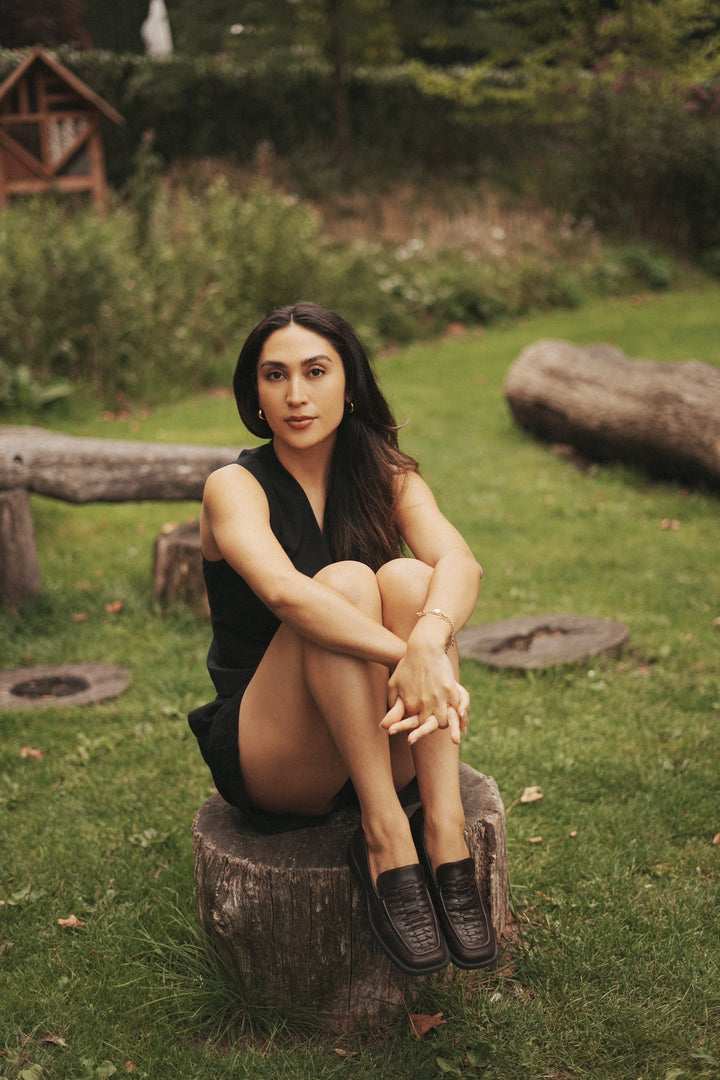
NATHALIE
ROBBERSE
Co-founder of TEN, a networking community for entrepreneurial women that started in Amsterdam and is now going global.
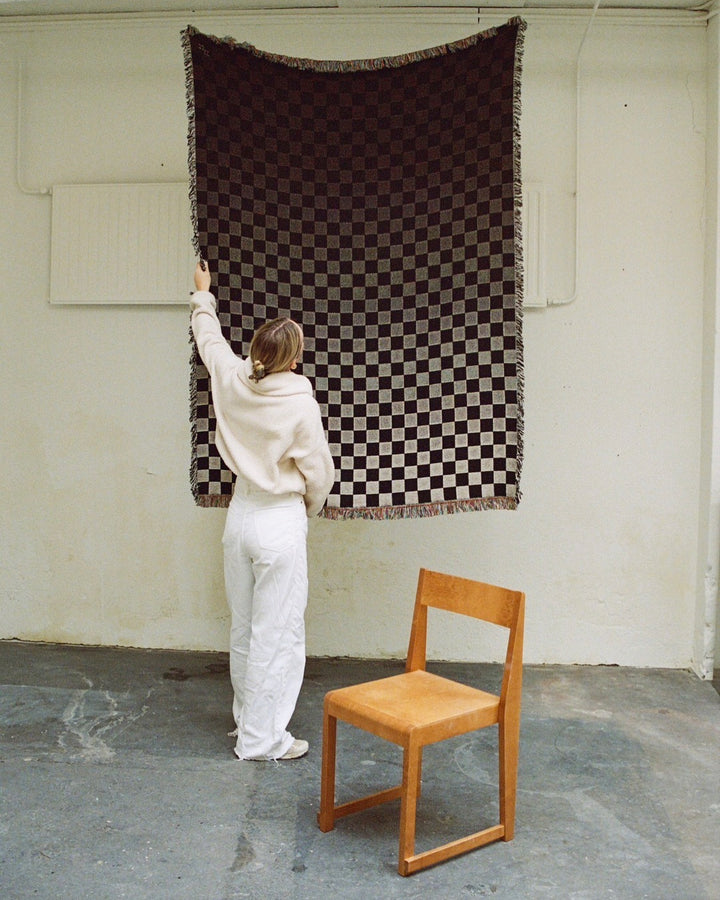
GLORIA
LANDENBERGER
Designer, creative director, ceramicist and the founder of the interior label 2222STUDIO. Firmly rooted in fashion and interior and always shifting between these both worlds.
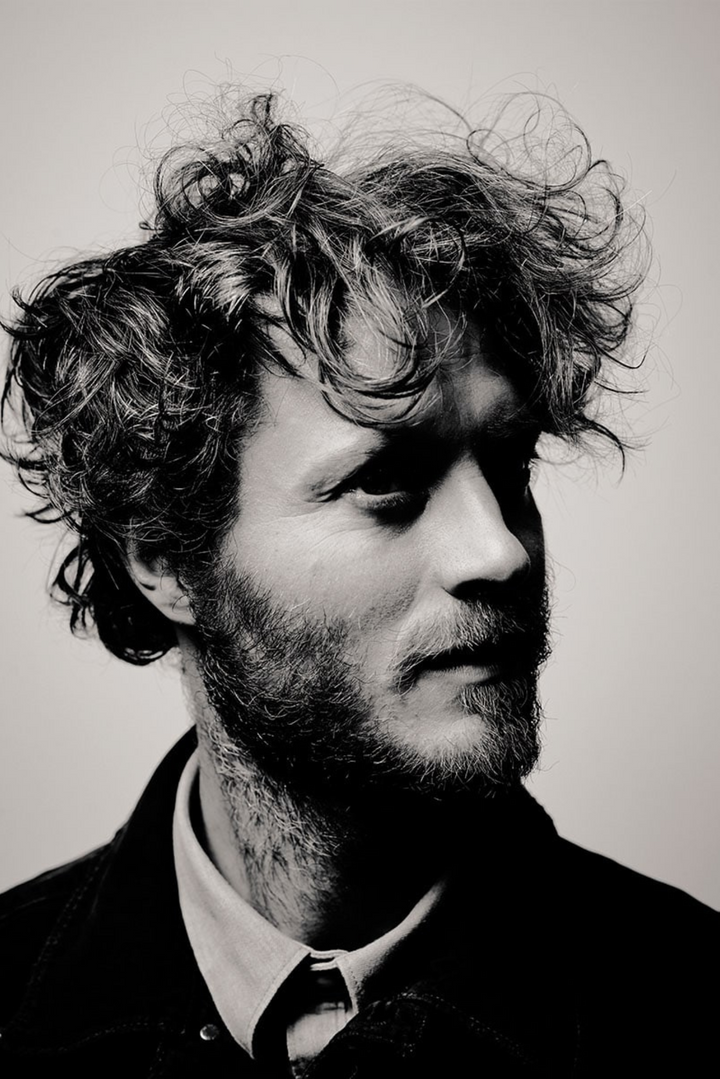
PIETER
KOOL
Founder of strategic spatial design agency, CARBON STUDIO. He has worked with names such as Pharrell Williams, Marc Newson, Rem Koolhaas as well as the Prouvé family.
WALK IN PARIS
CITY GUIDE
Founder of the brand Walk in Paris and Creative Director/Set Designer, meet Gary and Juliette, who together create an artistic universe in Paris. With their love for outdoor exploration and art, Gary and Juliette’s rich experiences guide us through the streets of Paris in an unconventional City Guide that blends the world of music, art, and fashion.
WATRA ZOLA
placeholder
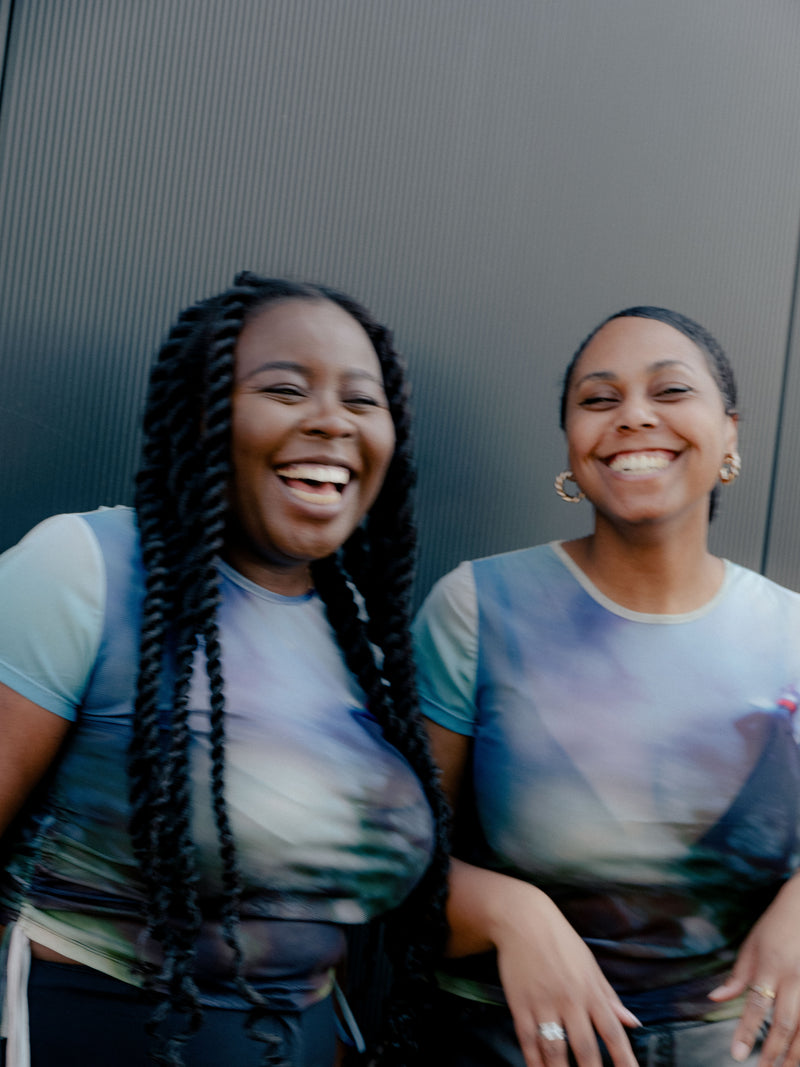
WATRA ZOLA is a female DJ duo with roots in Suriname and South Sudan, who specialise in the dynamic fusion of African Electronic Dance Music. They strive to give the listener a full journey through the landscape of their song choices while putting a unique spin on tracks while they are playing.
GLORIA LANDENBERGER
VIRGIL NICHOLAS
NATHALIE ROBBERSE
EMMANUEL LAWAL
Our latest CITIZENS SESSIONS at SOHO House in Amsterdam, where we had conversations on Creating Identity and Building a BRand Community, with three industry experts:
Bram Korsten (Bram's Fruit), Guillaume Philibert (Filling Pieces), and Reda Jouahri (Kinfill).
CITIZENS SESSIONS at SOHO House in Amsterdam, where we introduced a new format called Citizens Insights. Our Friends had the opportunity to engage directly with three distinguished fashion industry insiders: Daan De Greef (Baskèts), Renee Wijngaarden (1OFF/PARIS), and Olaf Hussein (ØLÅF).
CITIZENS SESSION at SOHO House in Amsterdam focusing on Connection, Teamwork, and Staying Close to Your Values with: Mary Consolata Namagambe (She for She Pads), Emily Hinks (Mischief Makers), and Ashlee Janelle (Stories of YOUNG).
CITIZENS SESSION at SOHO House in Amsterdam focusing on Friendship, Allyship, and Failing with: Abderrahmane Trabsini (Daily Paper), Hussein Suleiman (Daily Paper, and Gunifort Uwambaga (Whats Culture).
CITIZENS event at SOHO House in Amsterdam with: SHARKY, Mathieu Hagel (STUDIO HAGEL), and Iris Skrami (RENOON).
PIETER KOOL
MYLES O'MEALLY
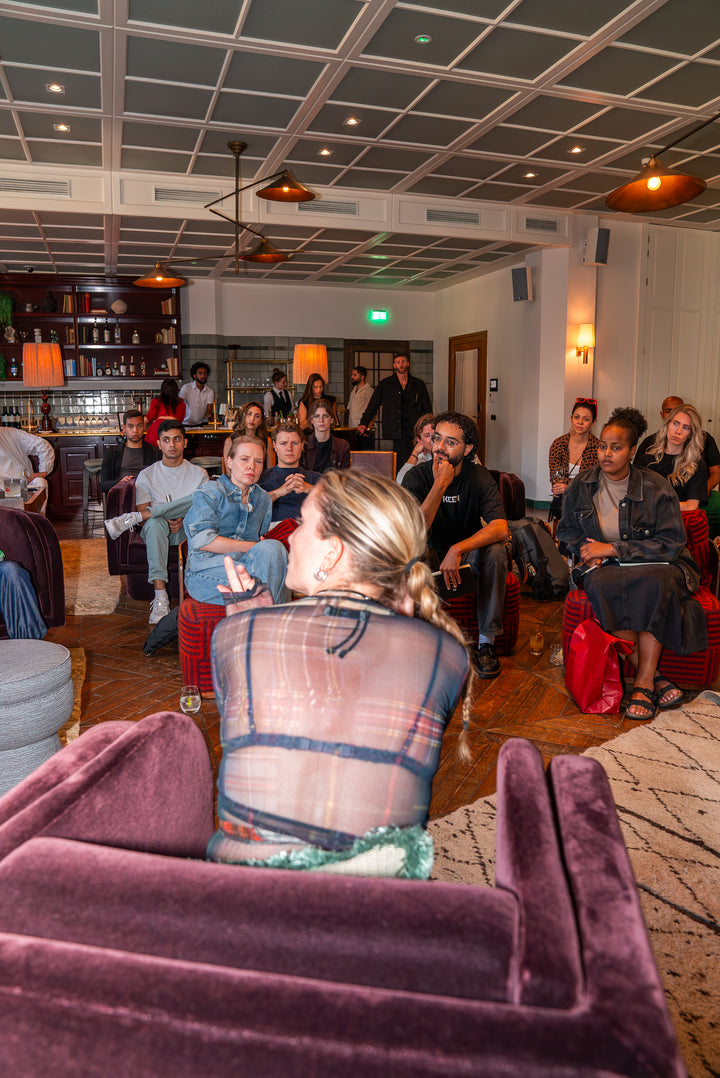
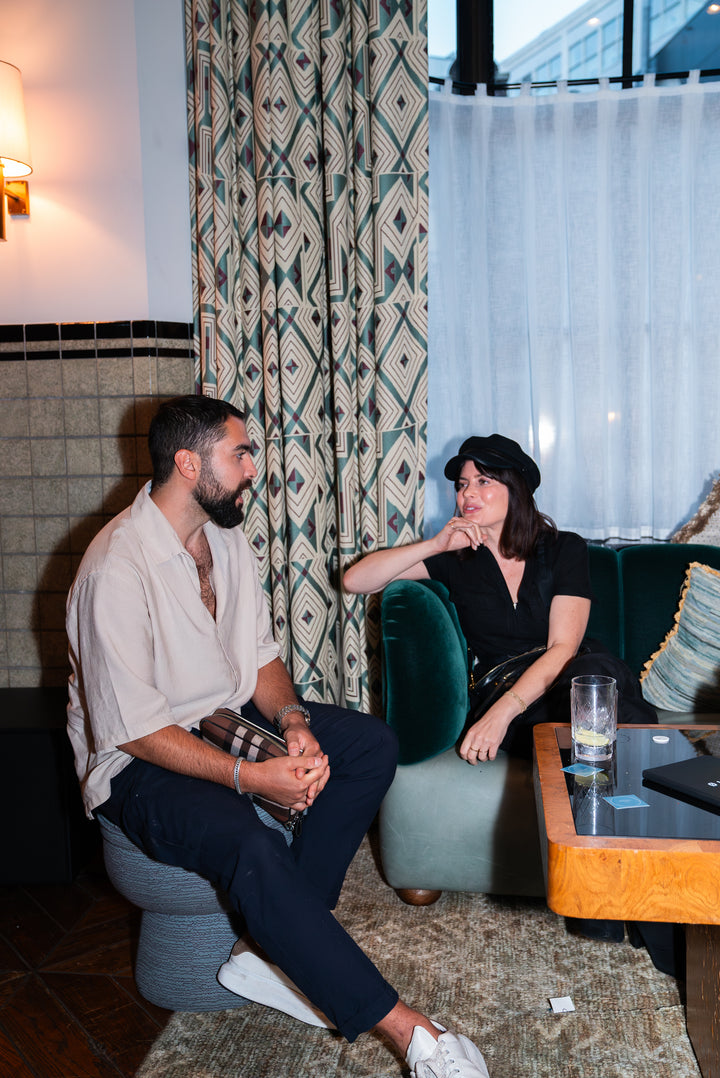
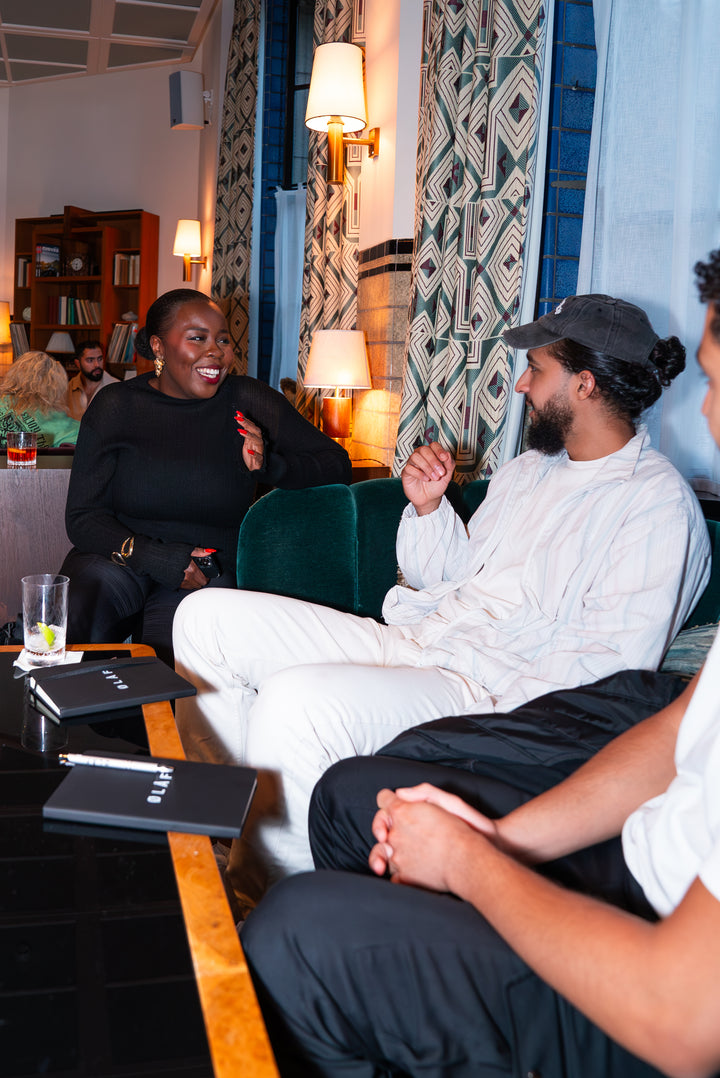
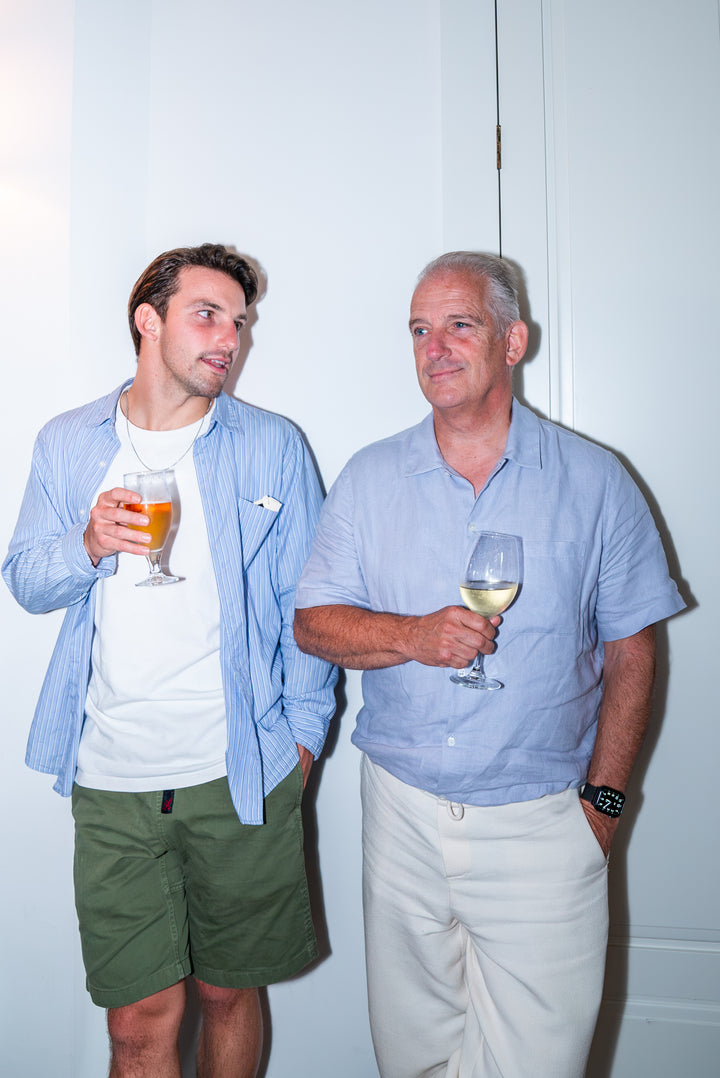

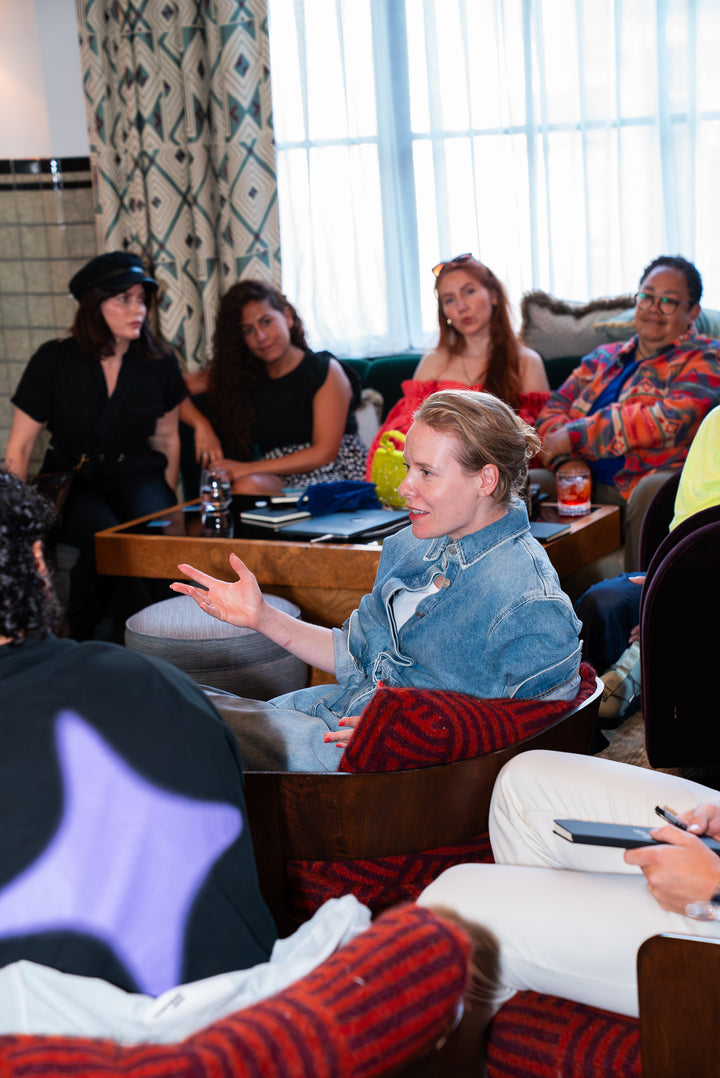
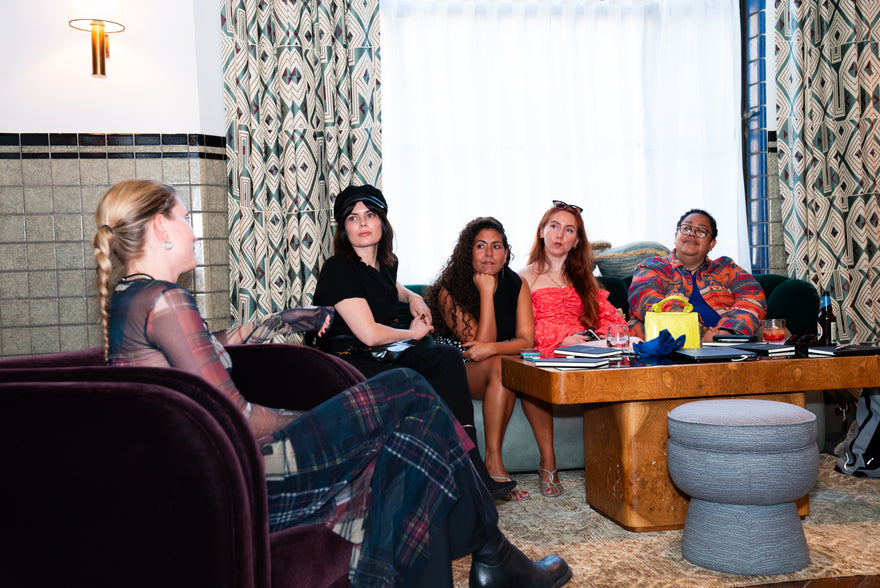
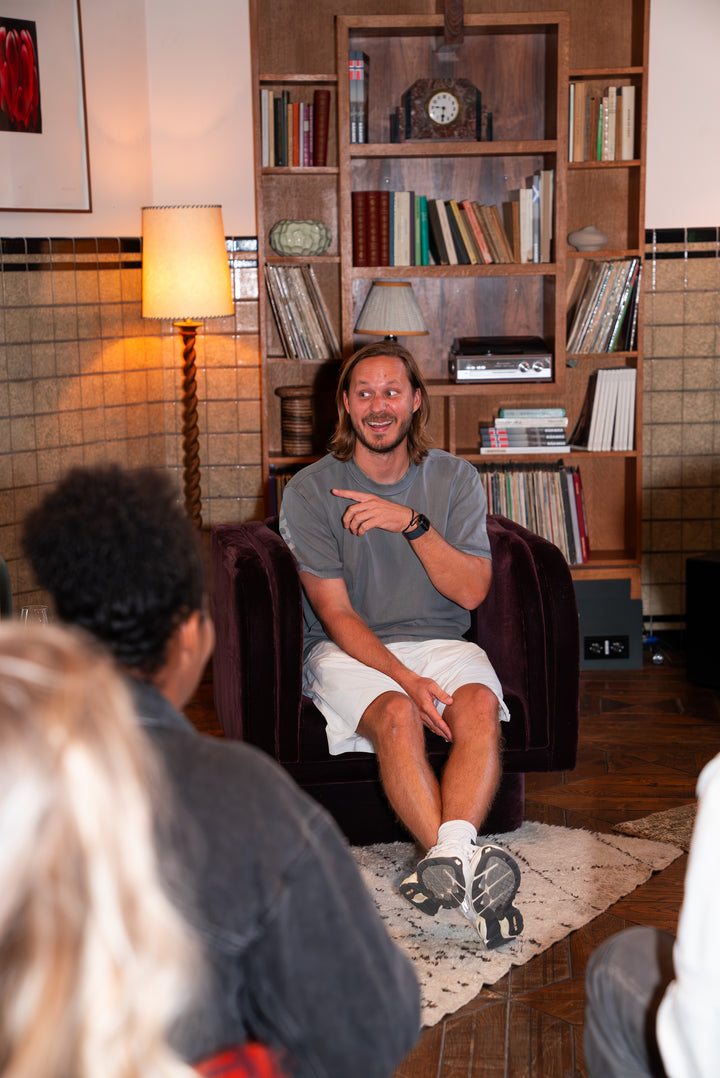
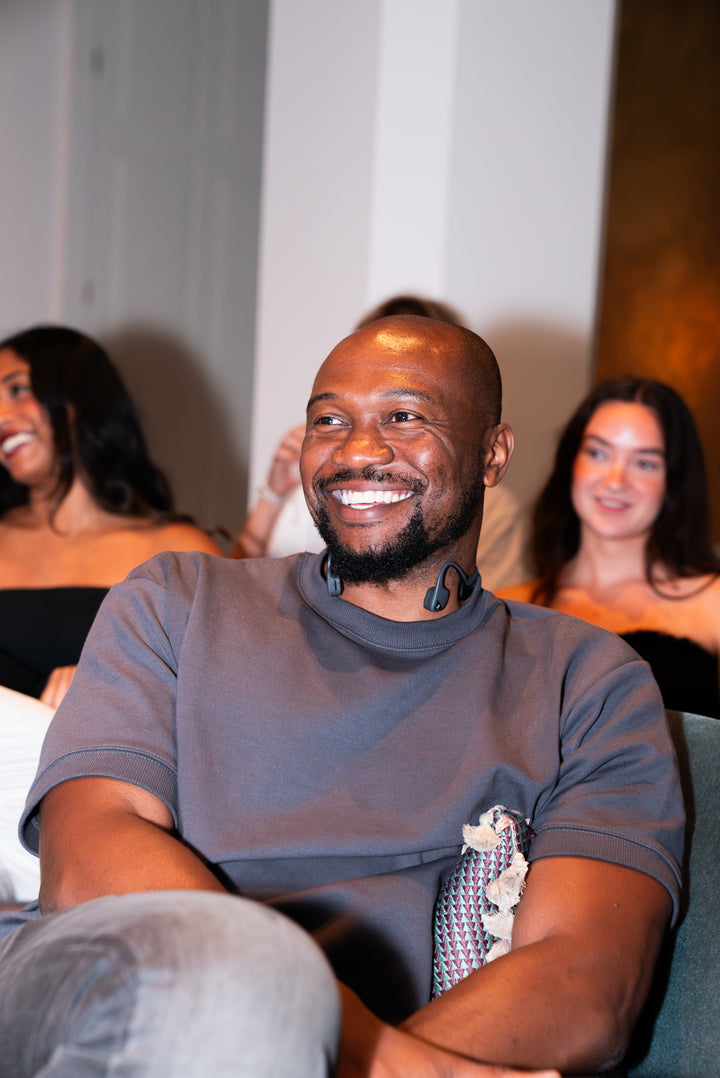
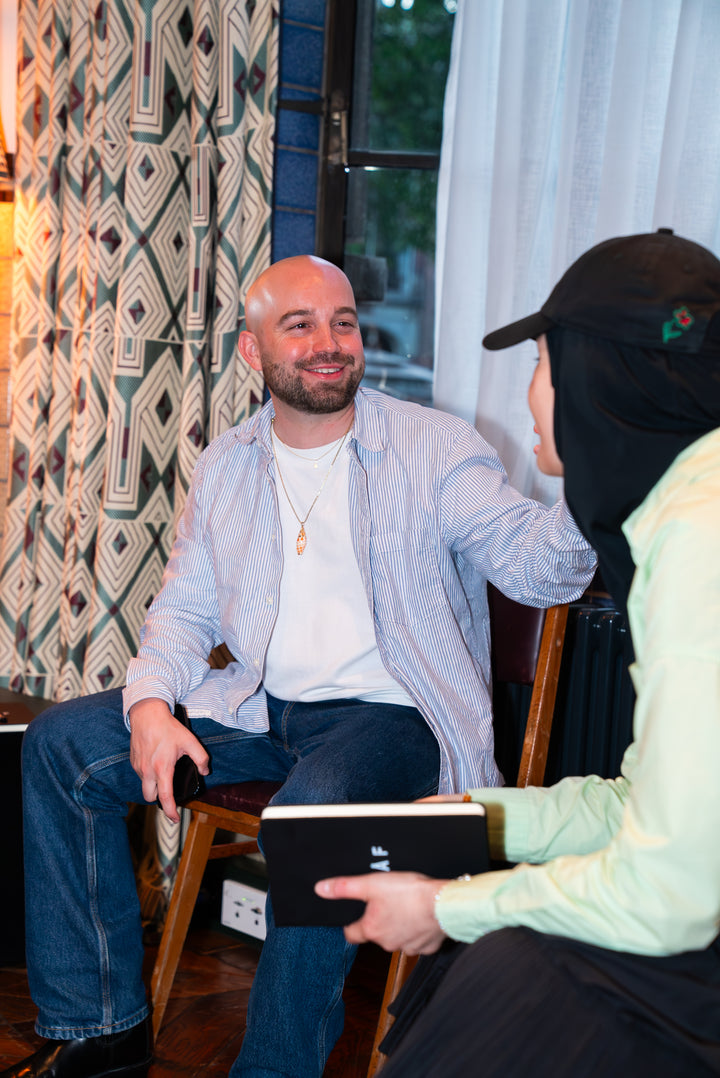
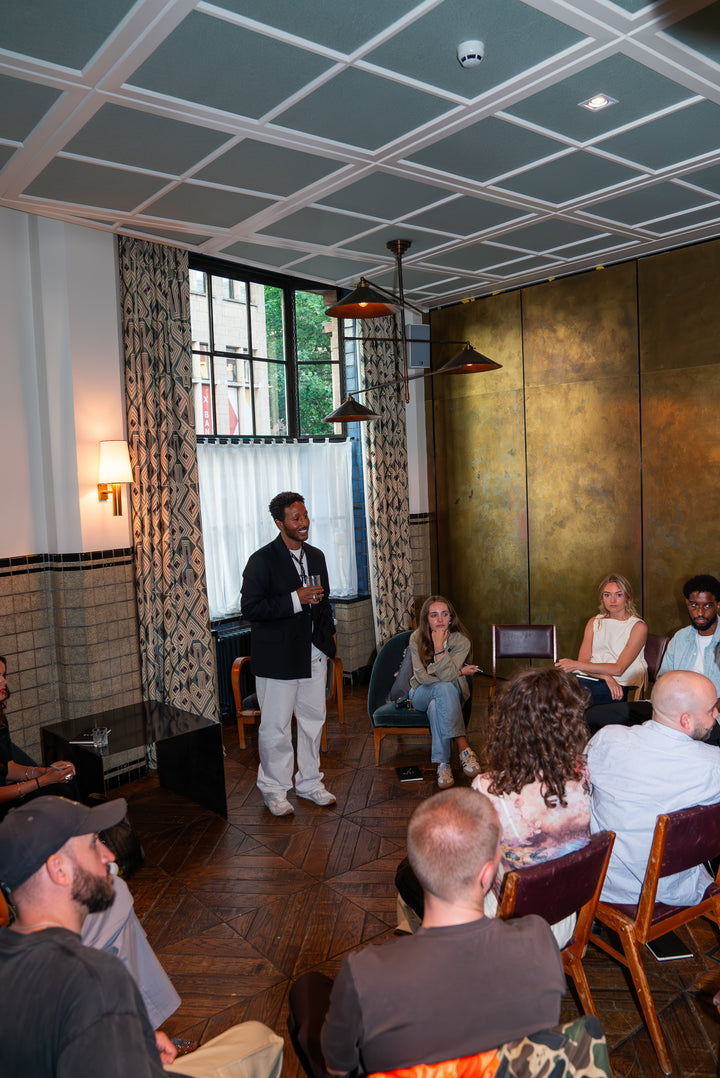
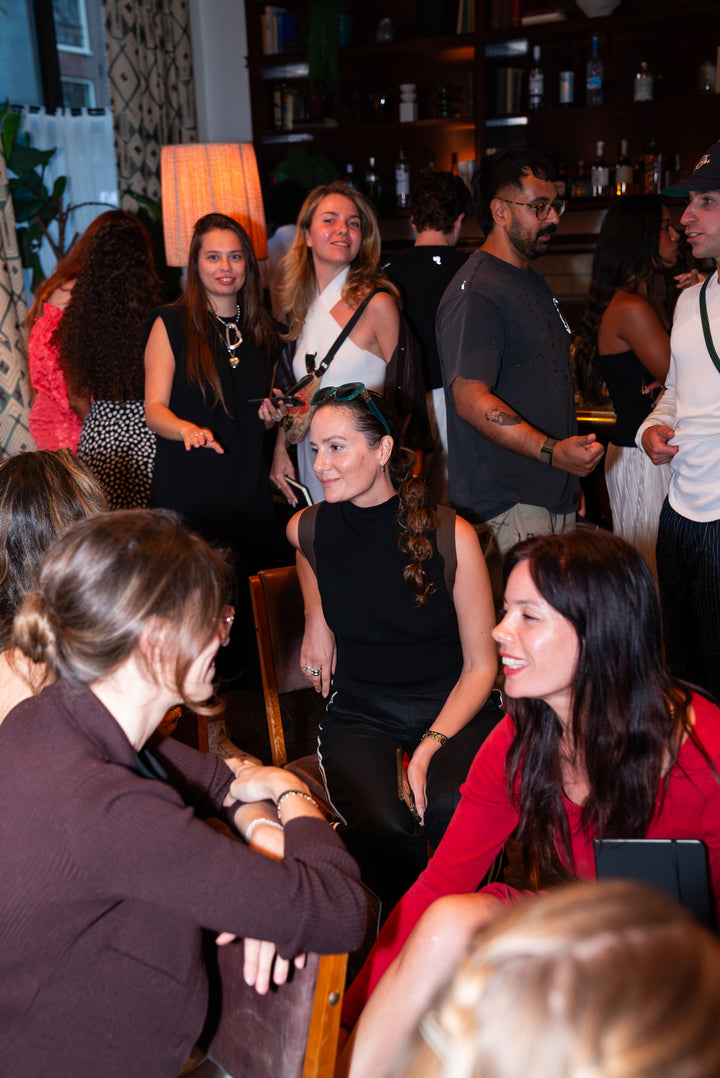
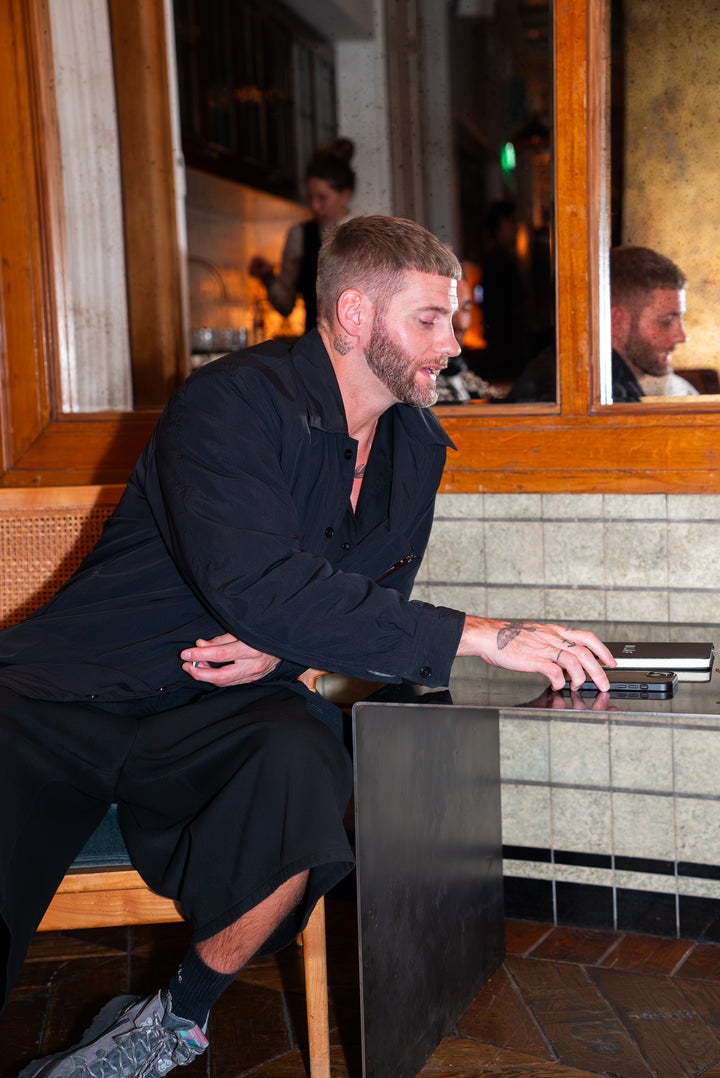
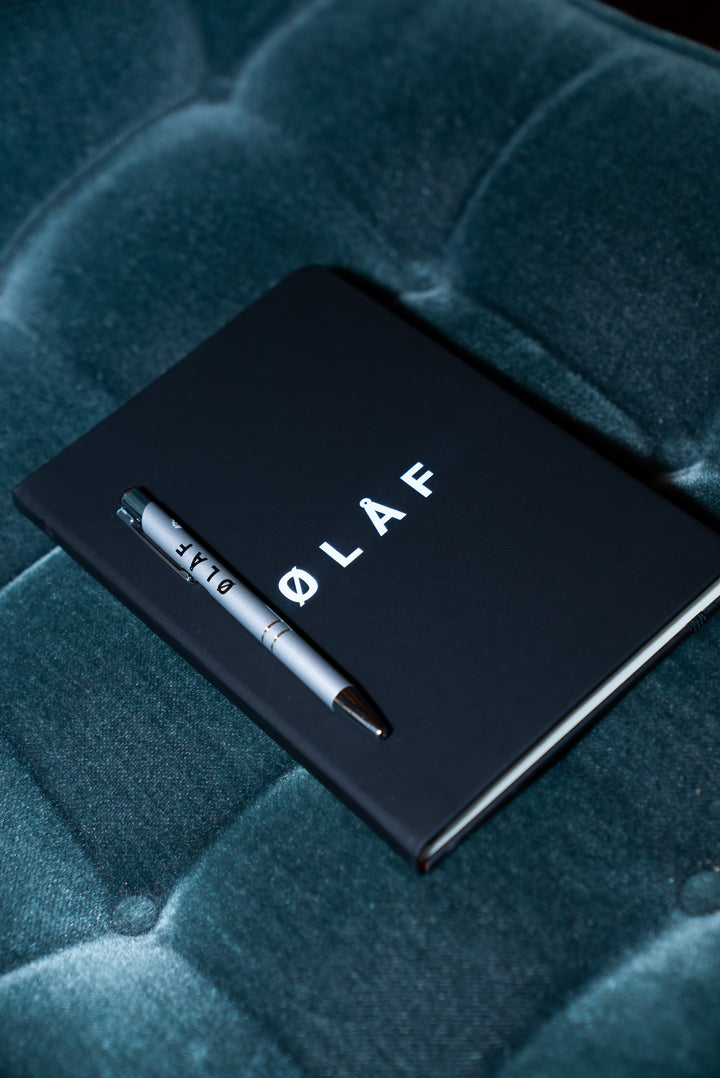
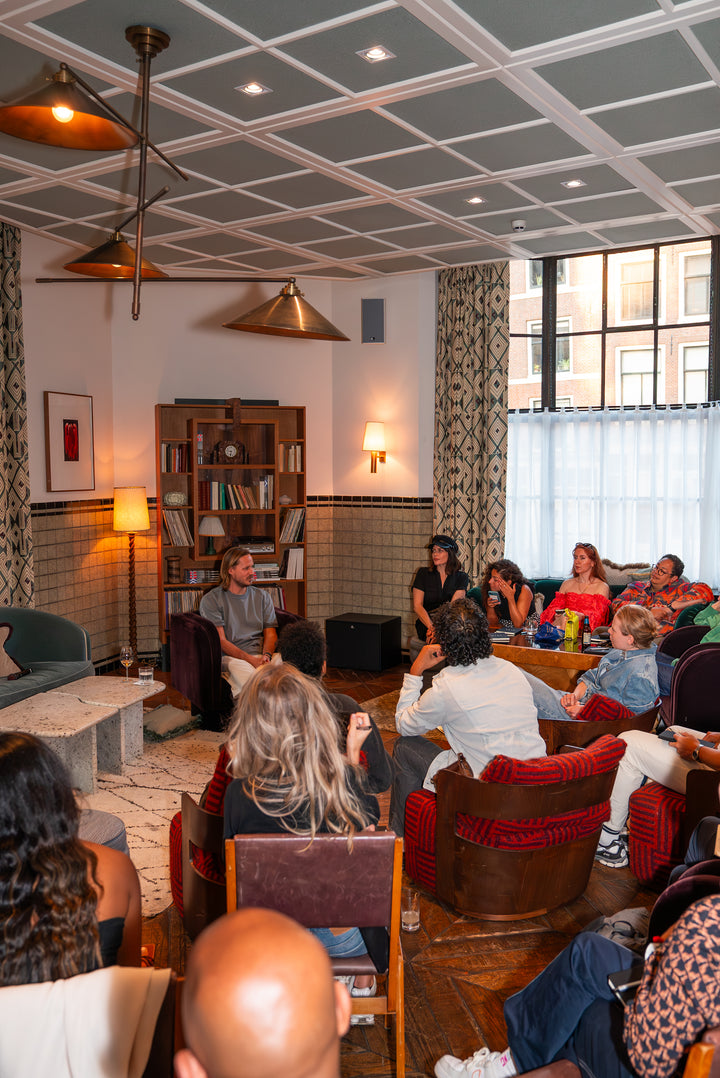
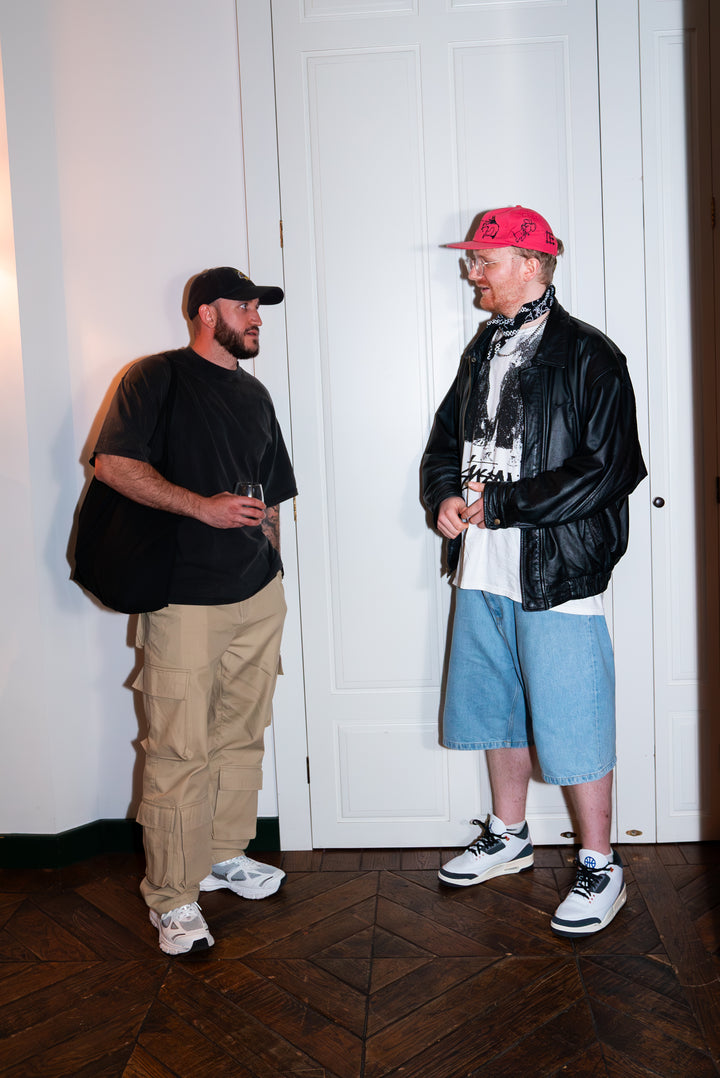
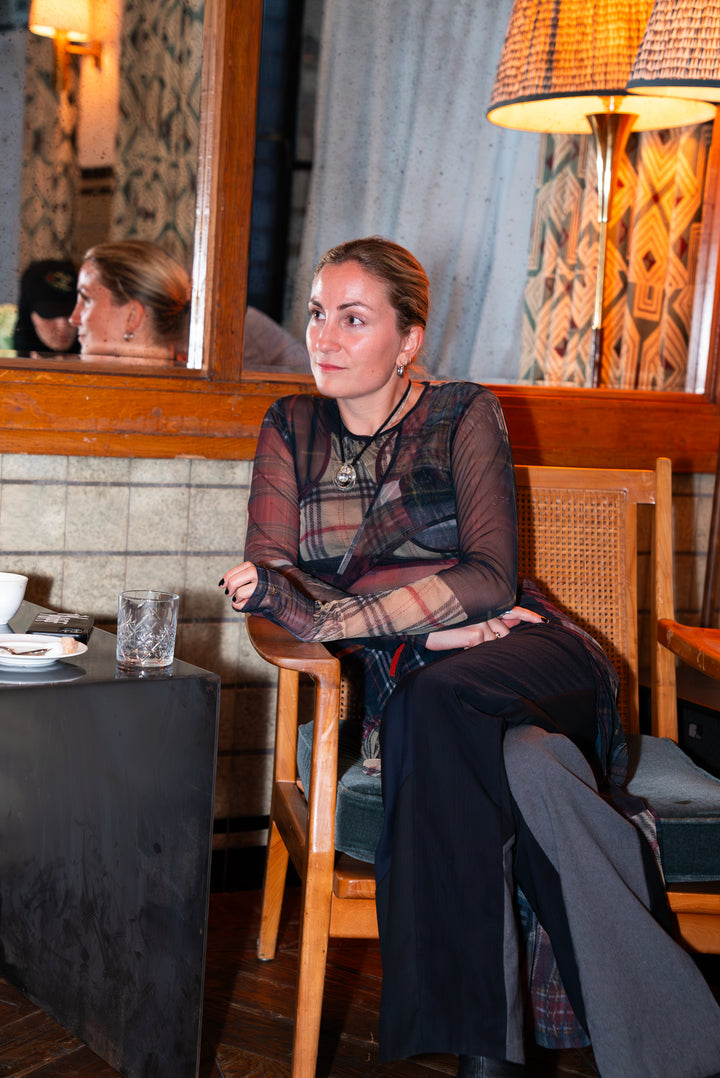
GUNIFORT UWAMBAGA
NSIMBA VALENE
High Summer 24
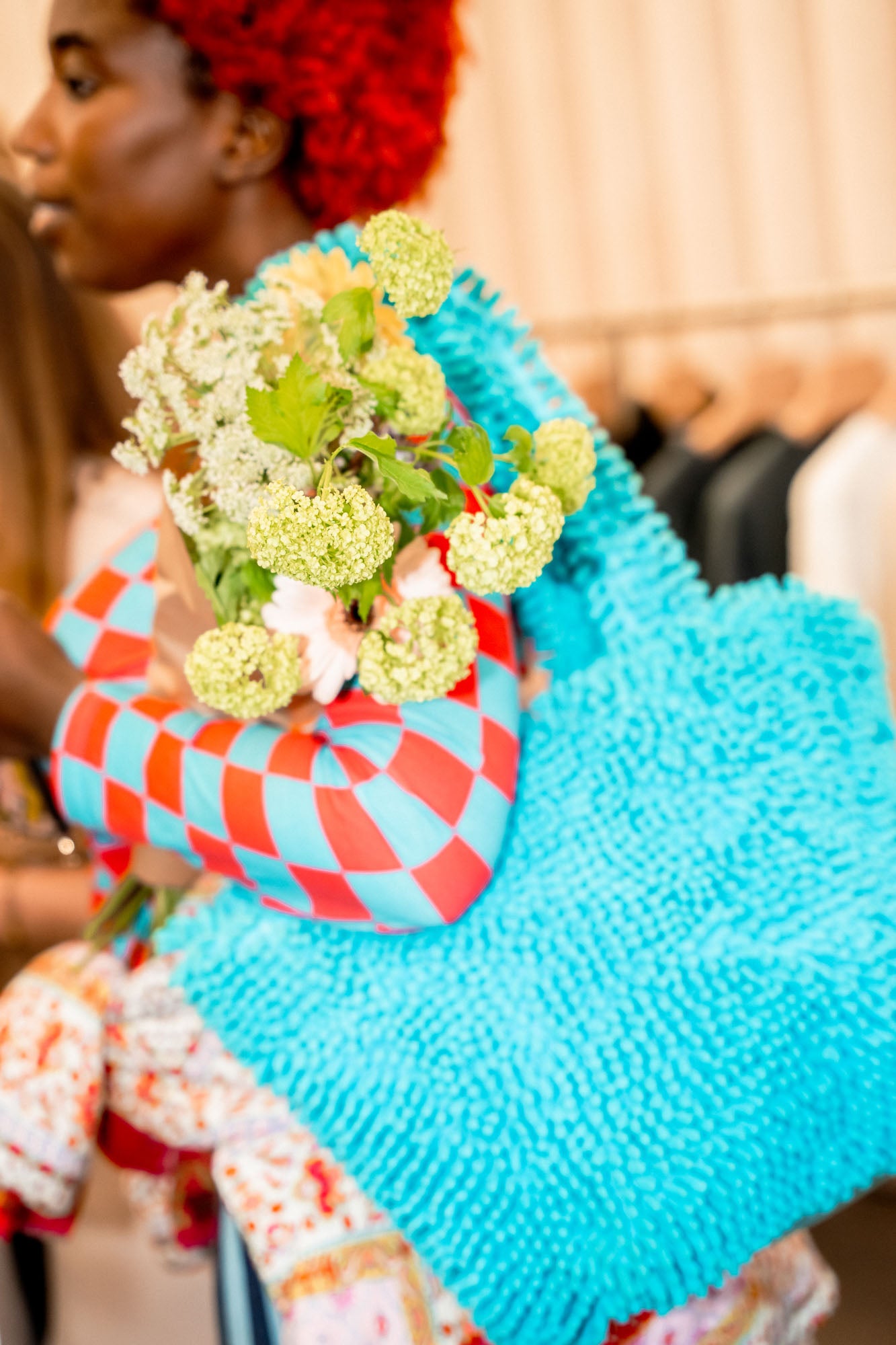
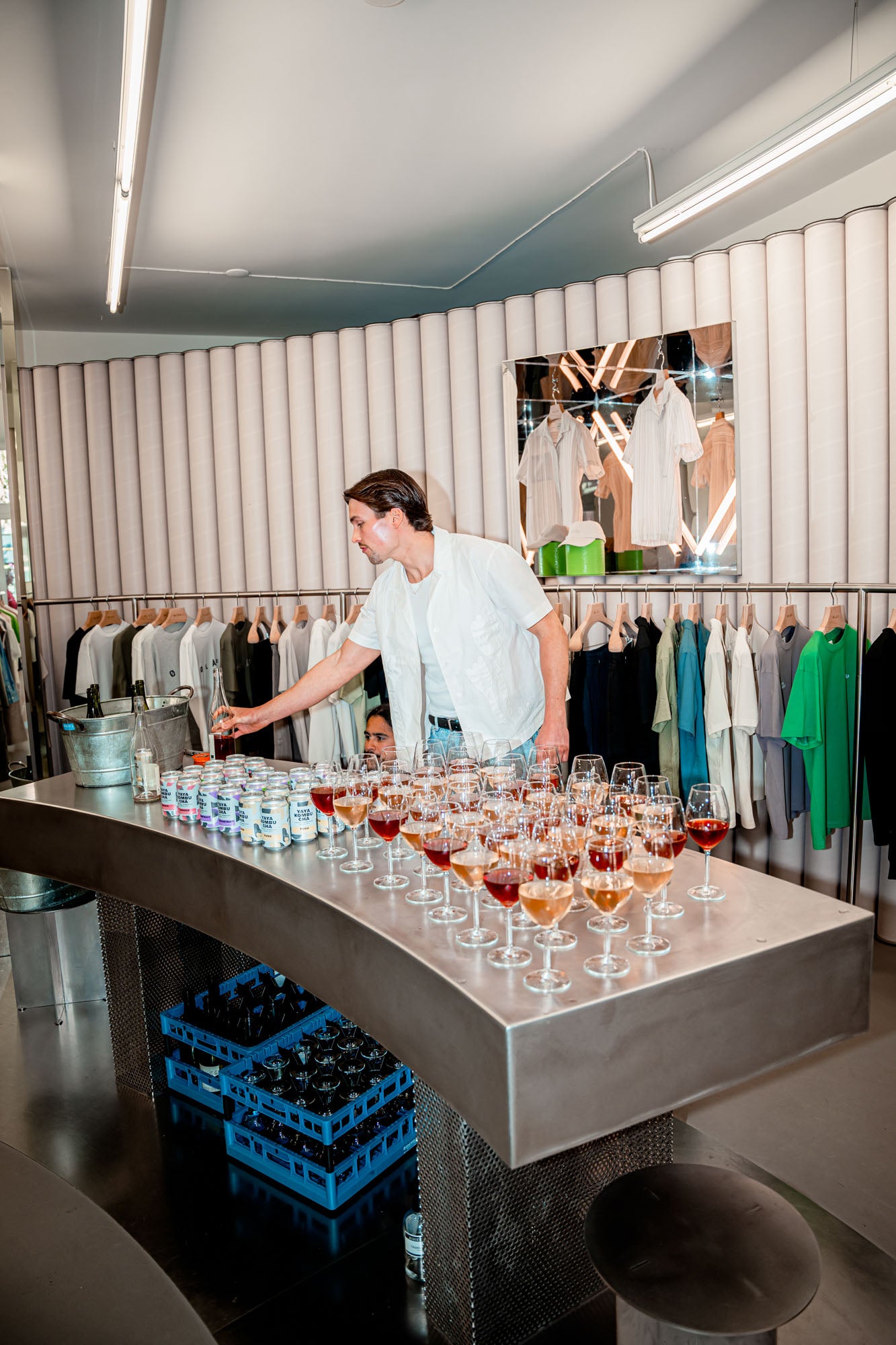
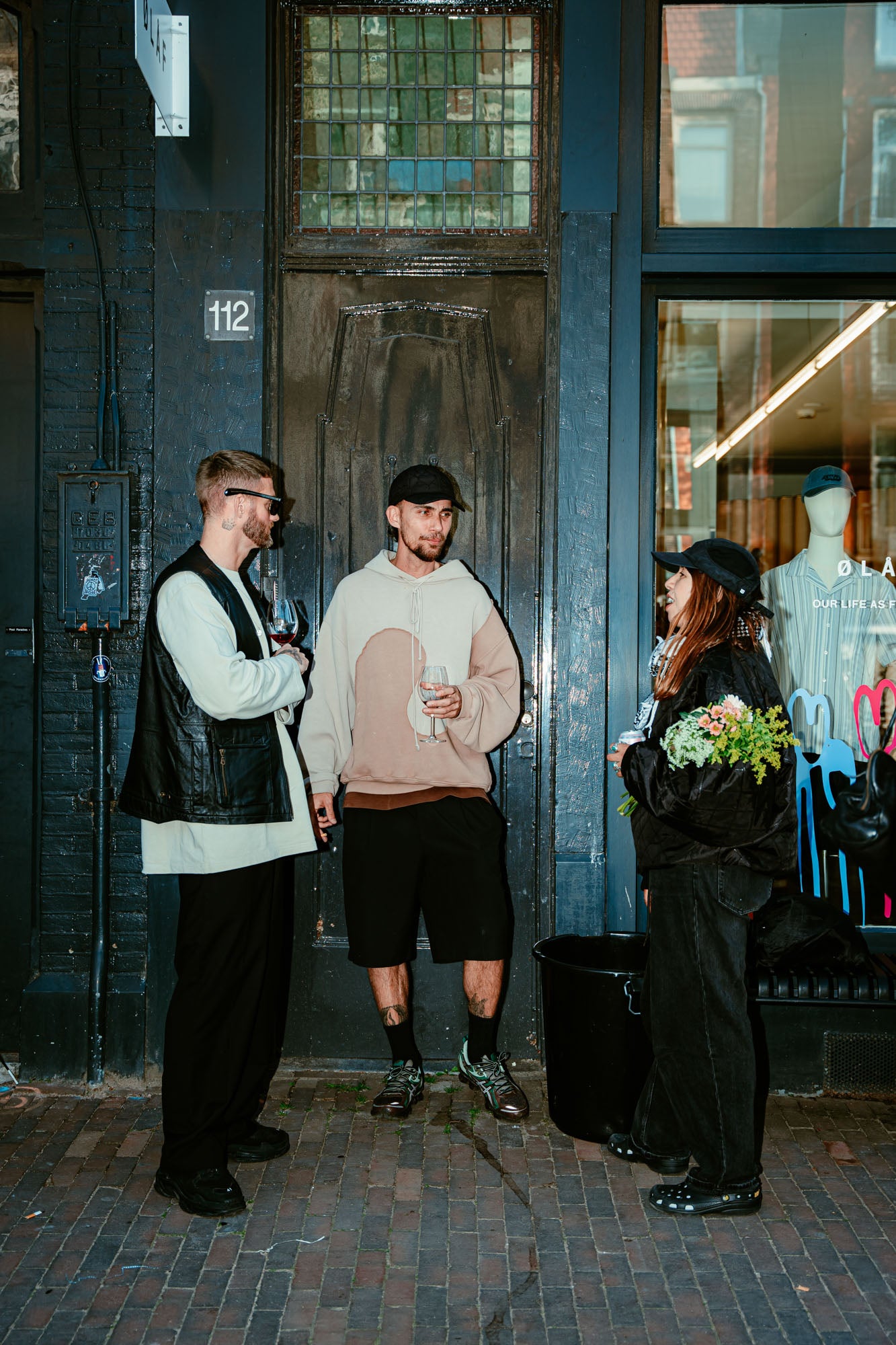
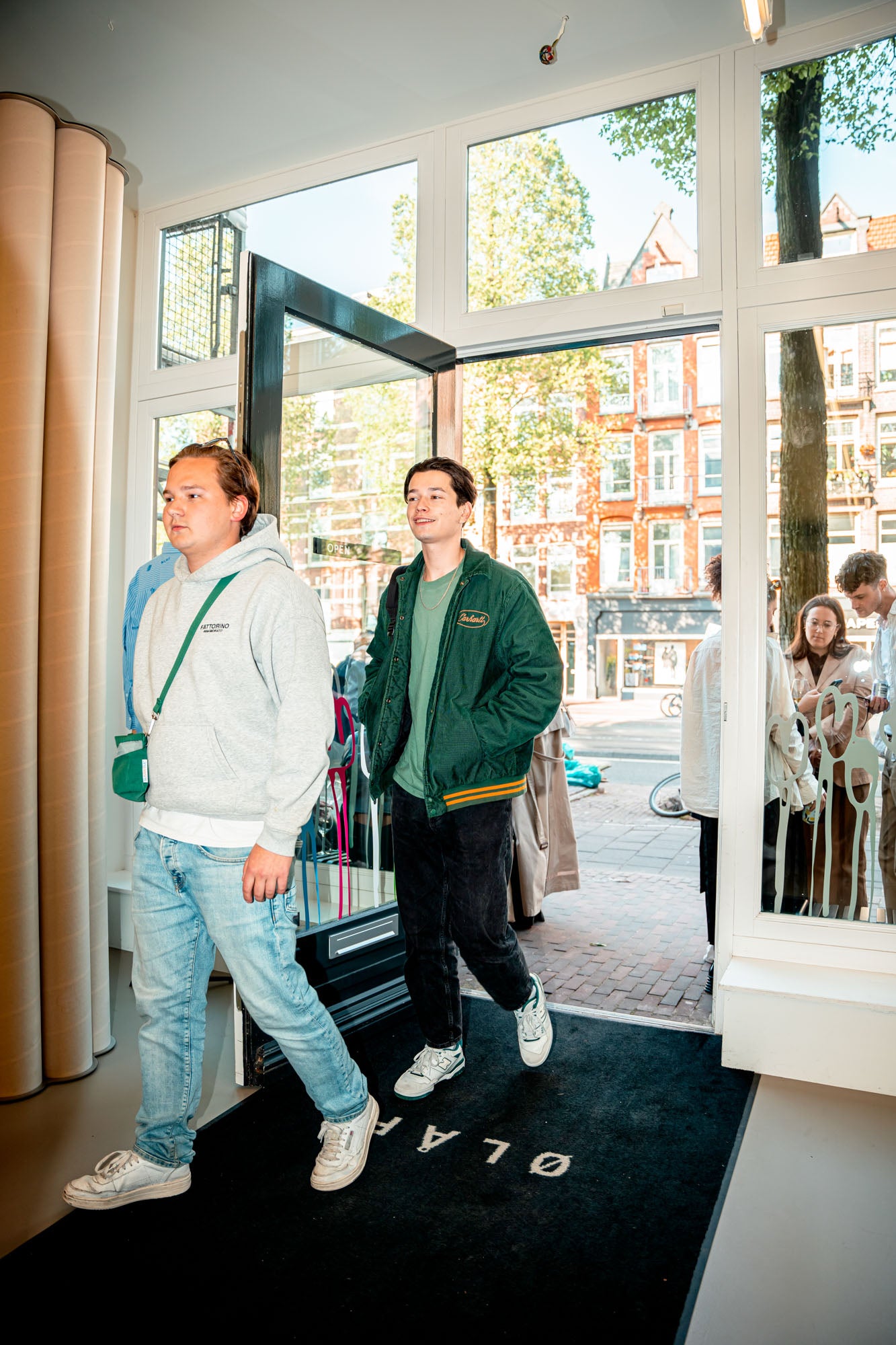
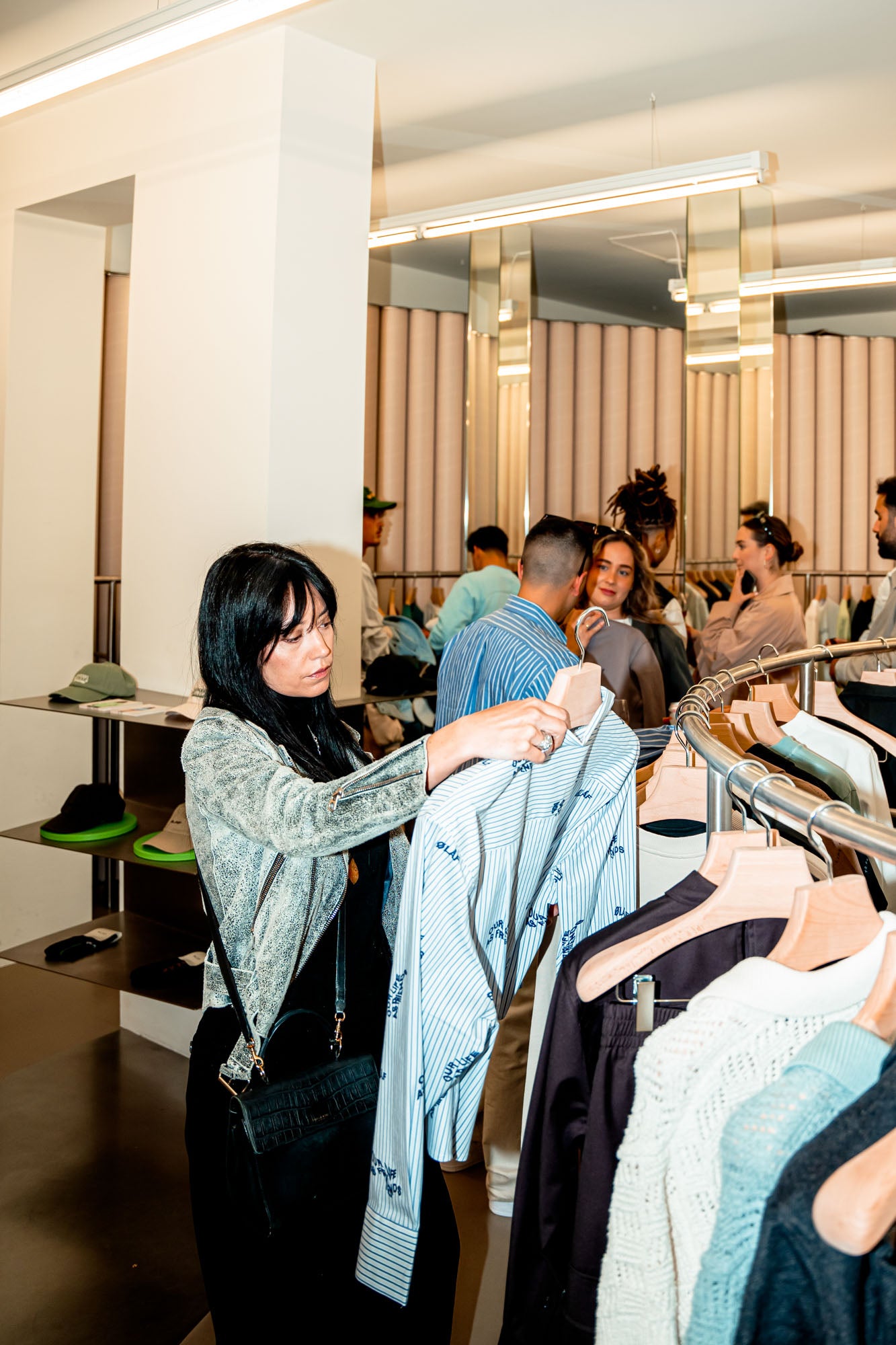
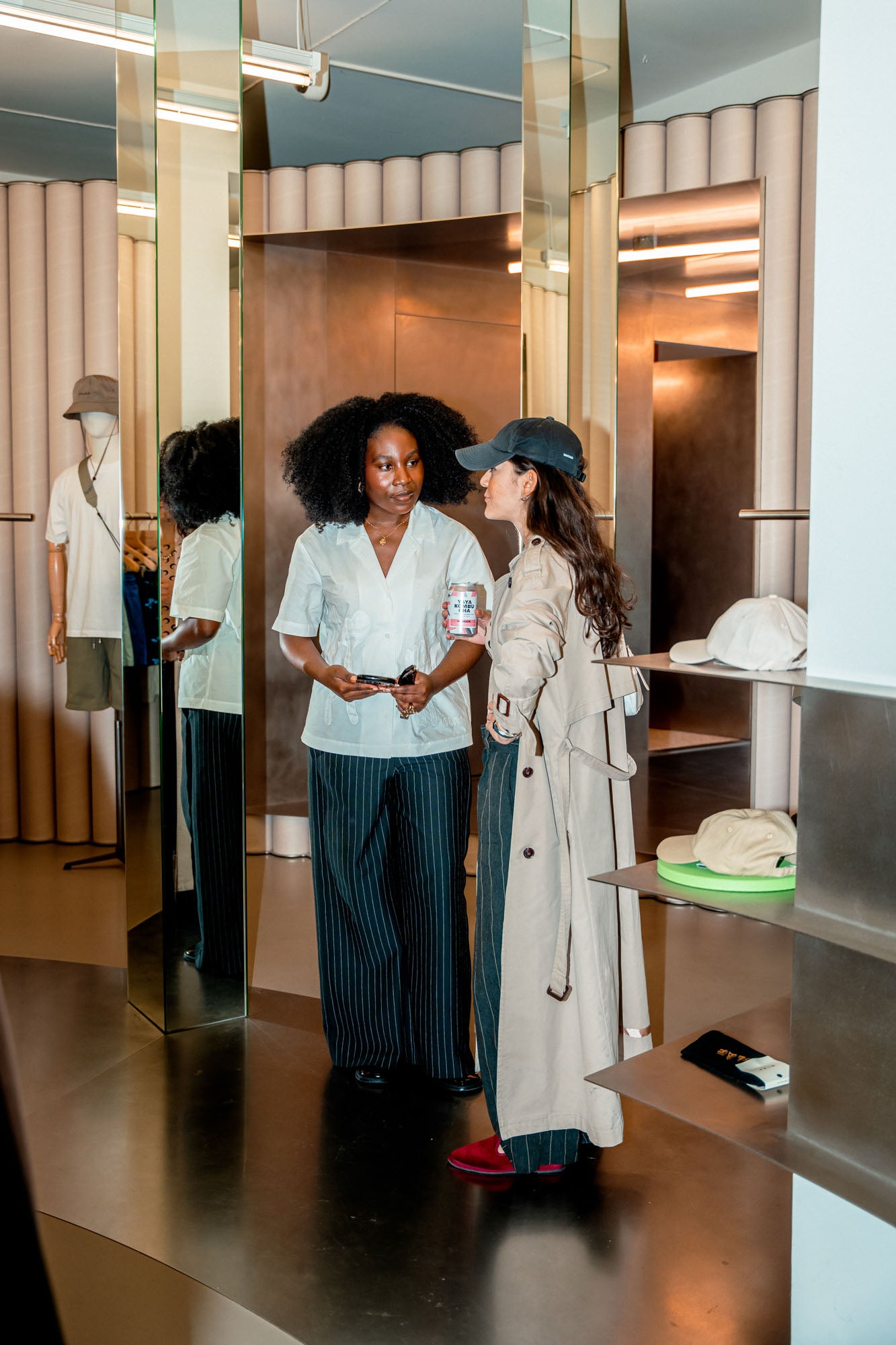
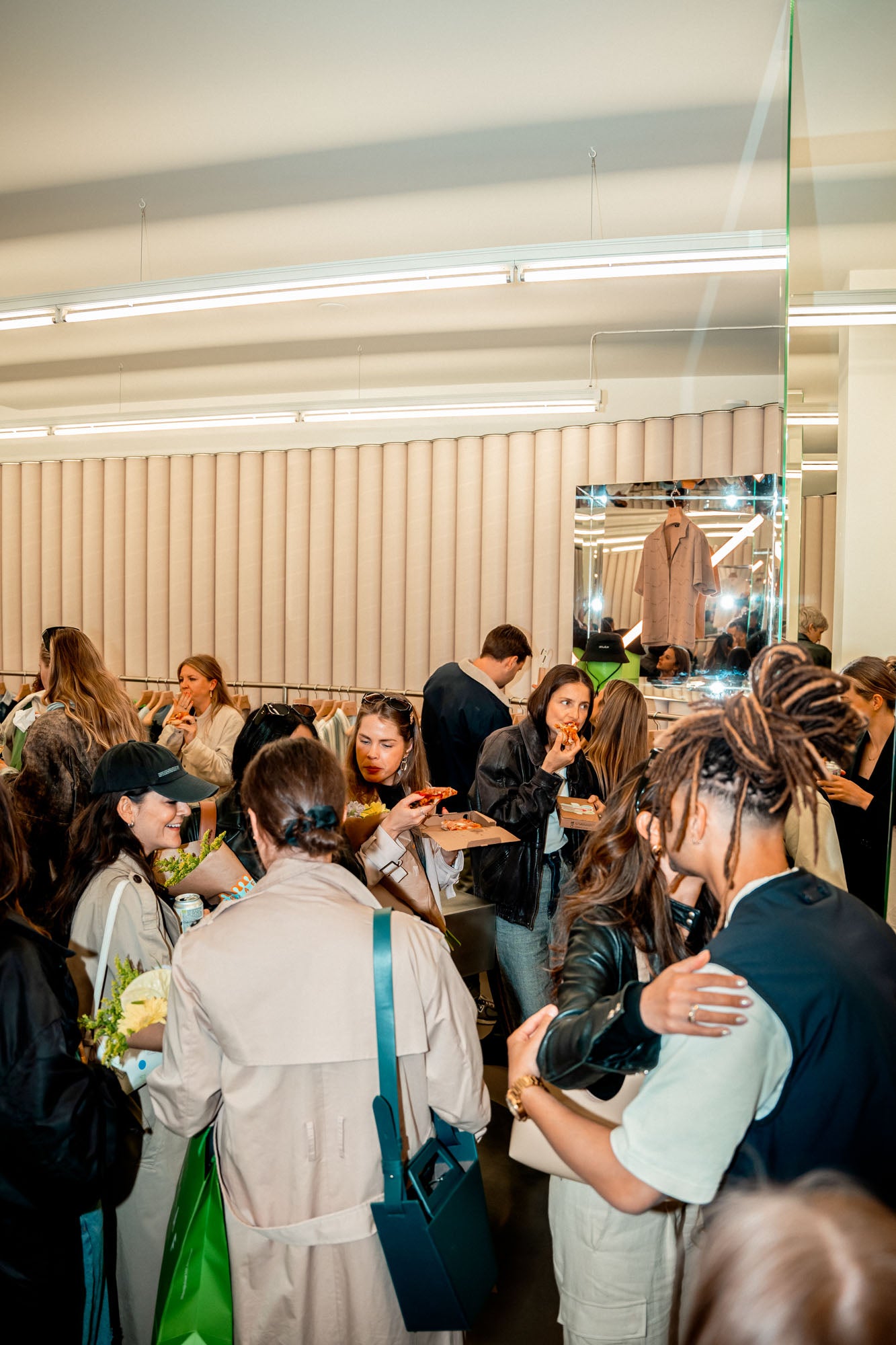
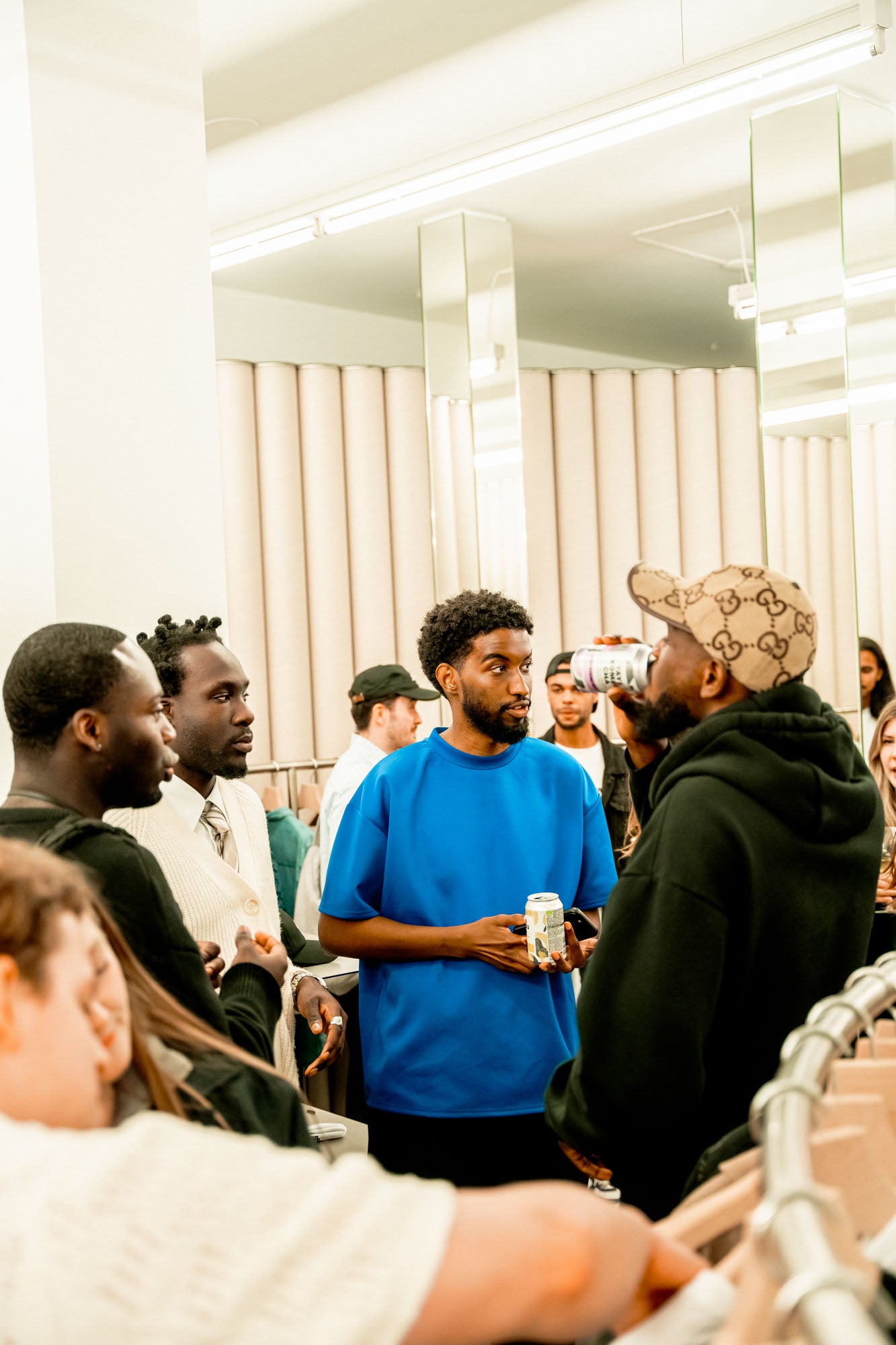
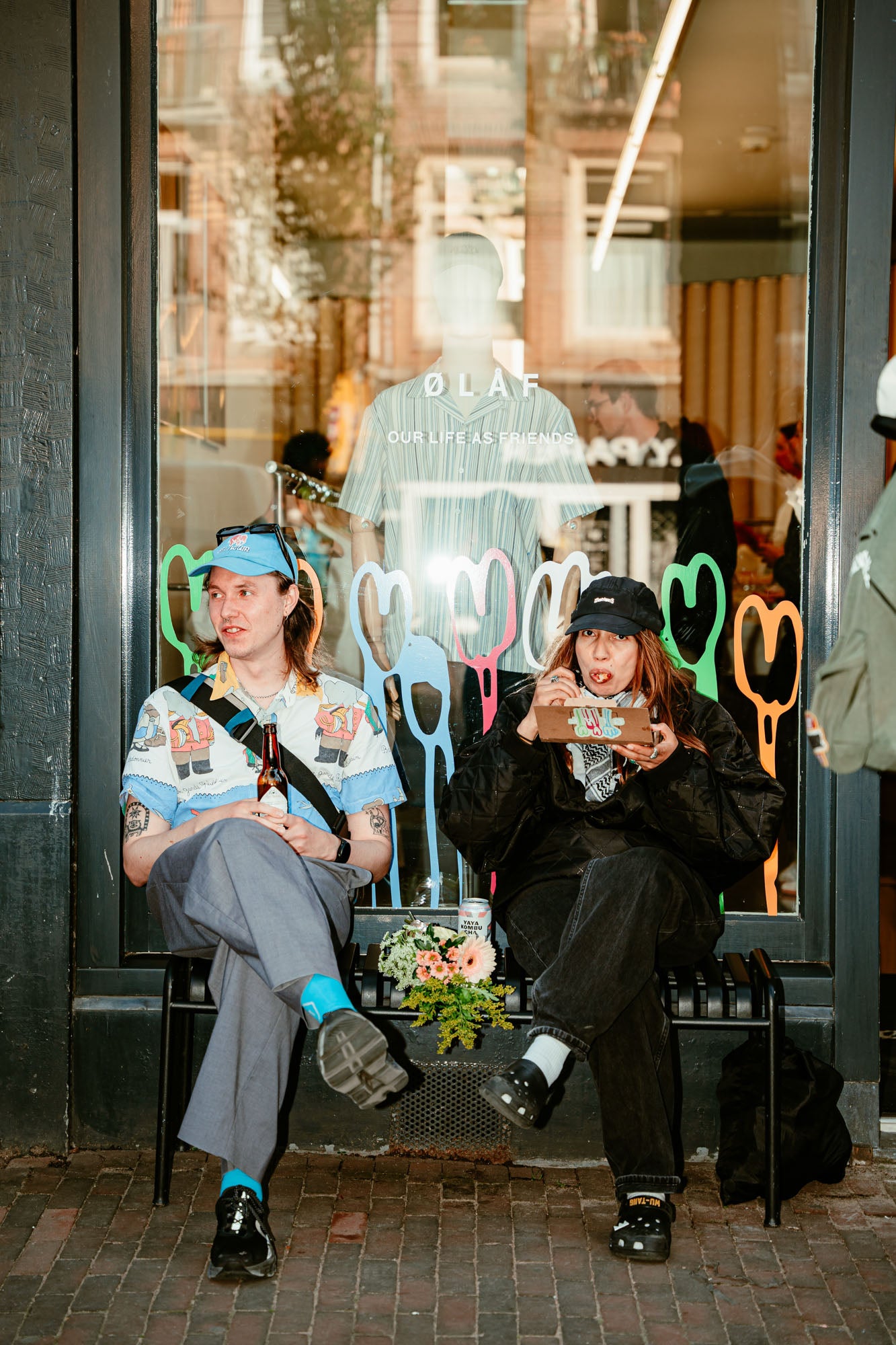
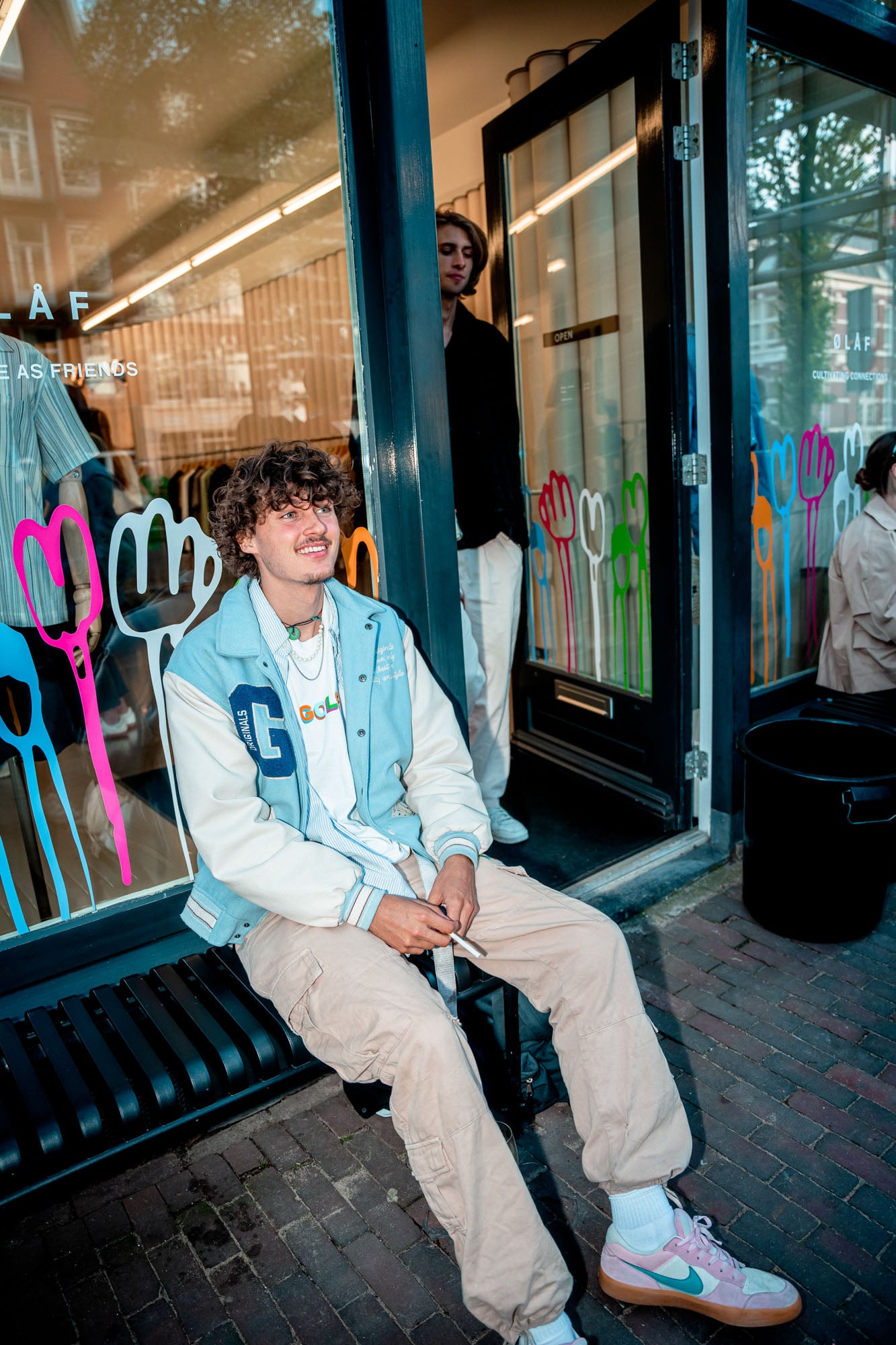
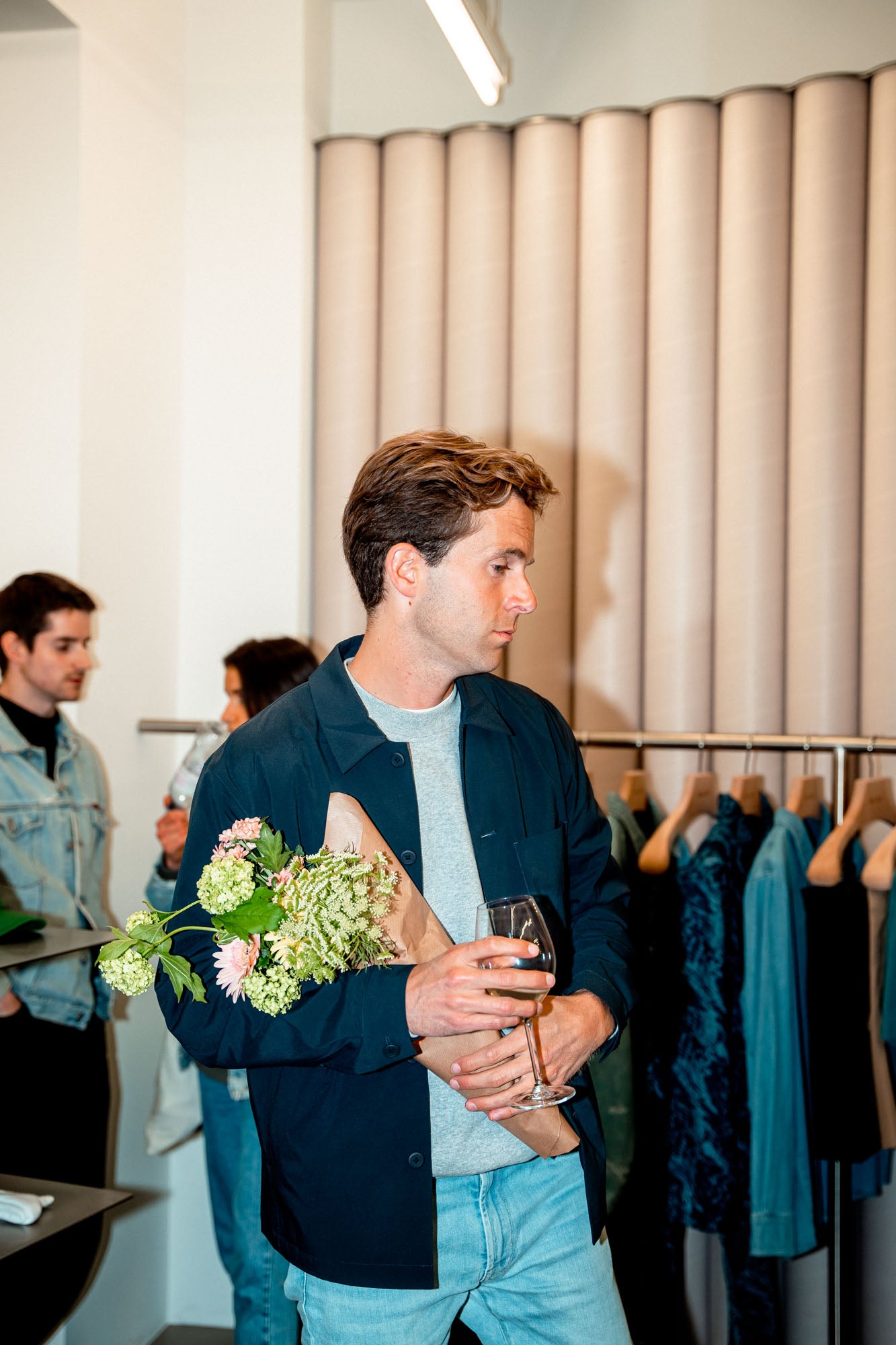
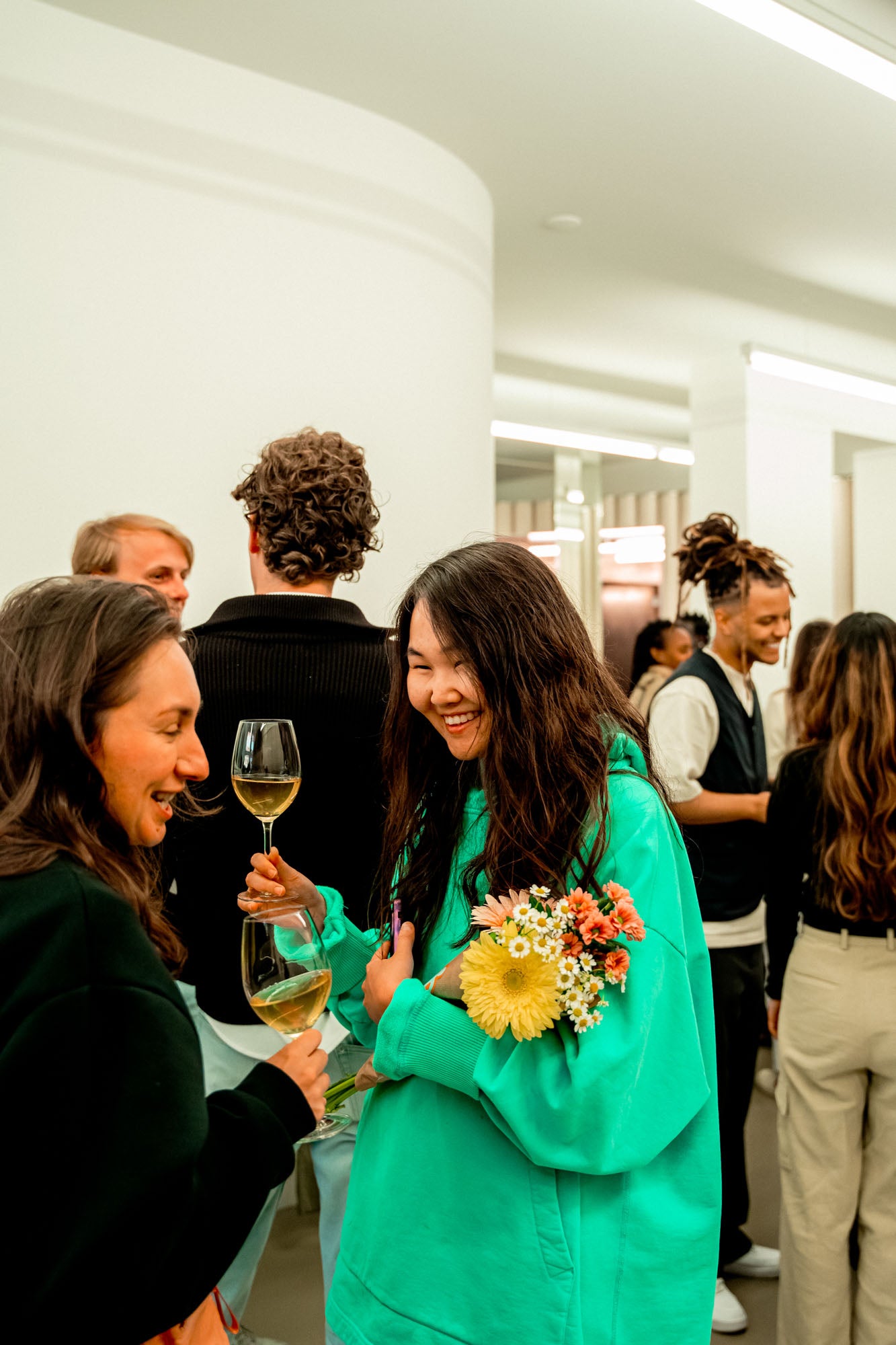
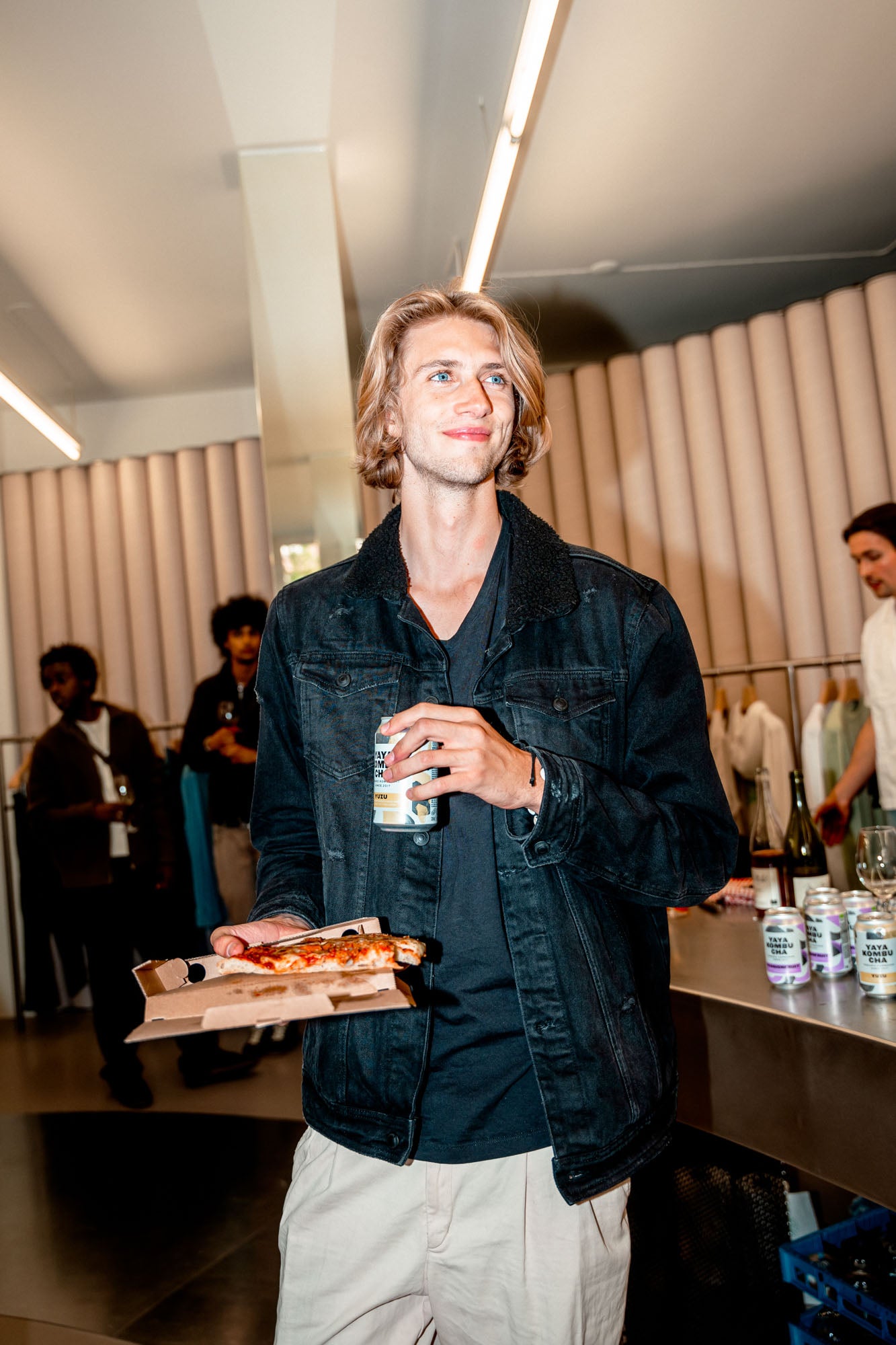
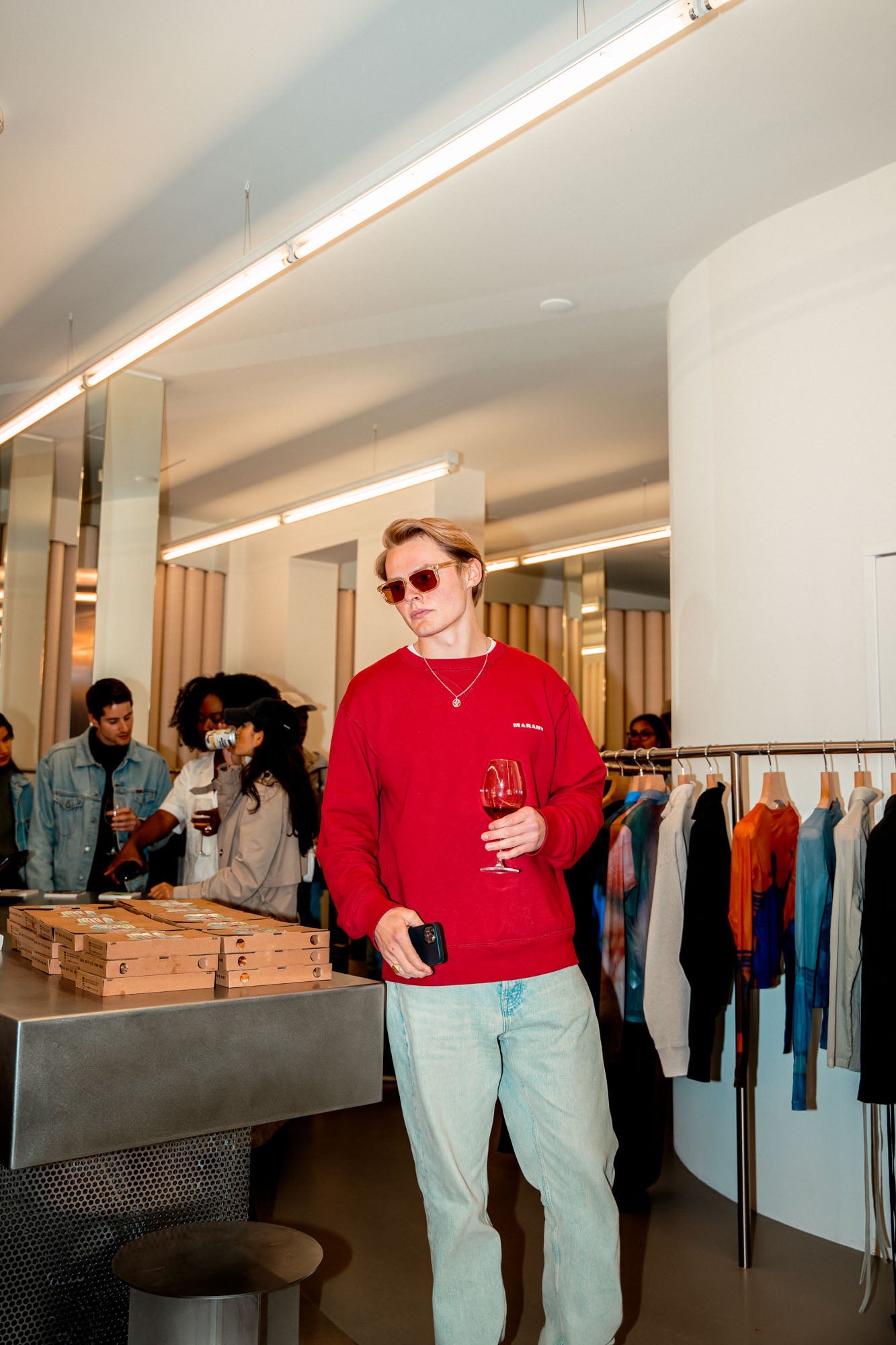
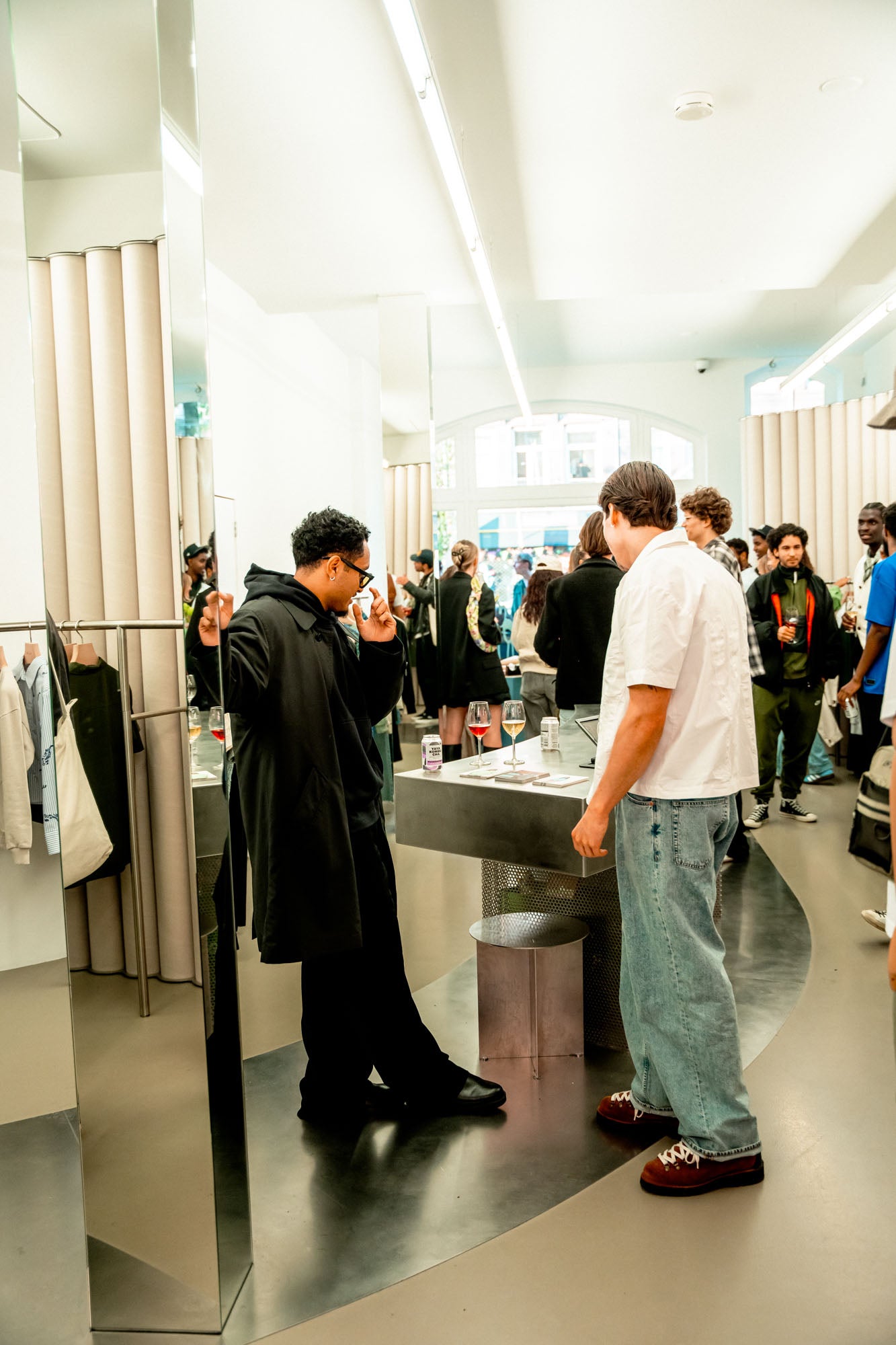
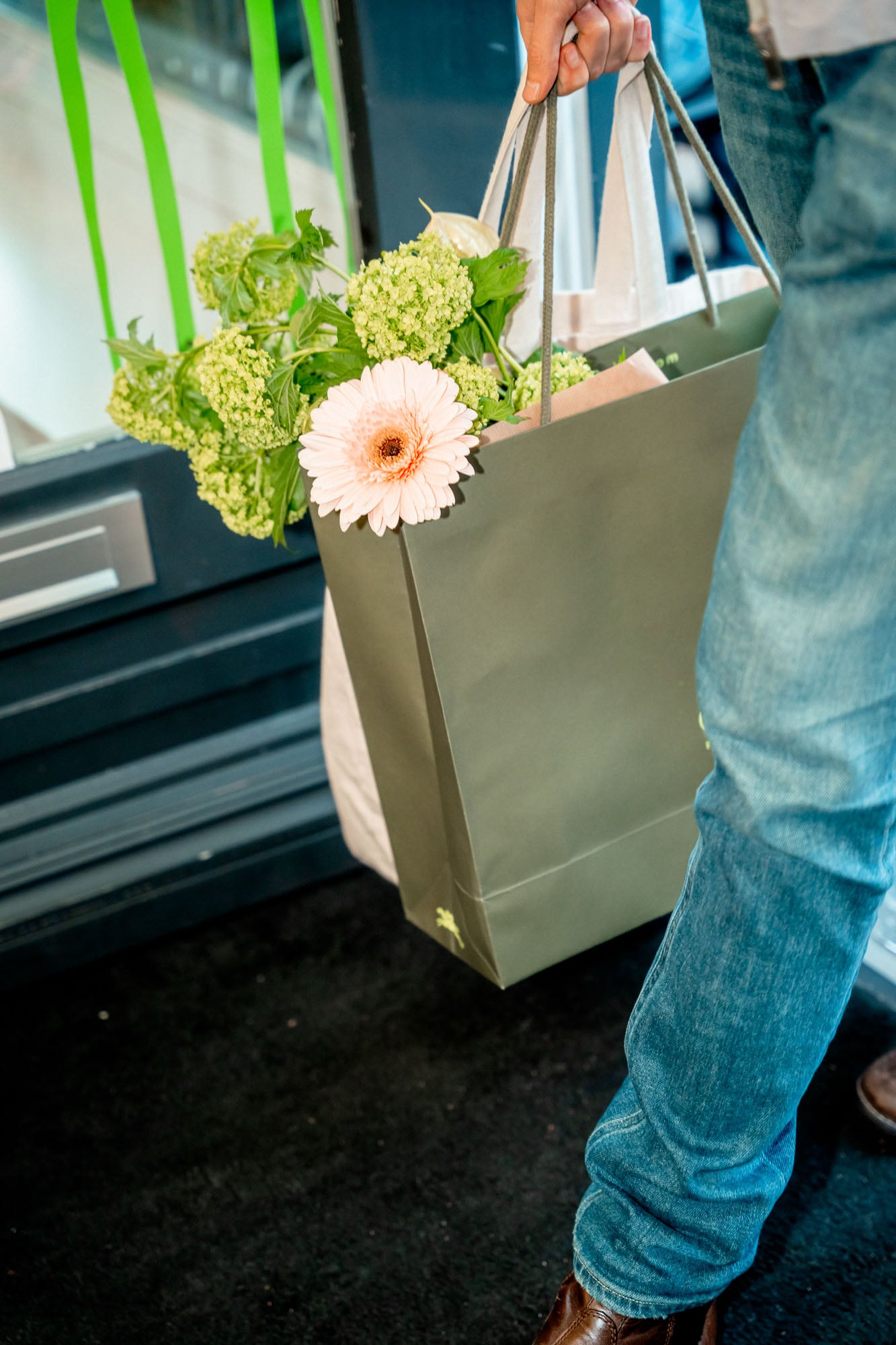
FREDERIEKE BLOEM
PARIS CITY GUIDE
Meet Gary & JULLIETTE
Juliette is a creative director, producer and set designer. After studying art in Brussels, where she is originally from, she moved to Paris. It was there that she met Gary, who is her life partner and with whom she collaborates on Gary's brand Walk In Paris, creating the artistic universe and furniture.
Gary comes from the Paris suburbs. He is the founder of the Walk In Paris brand, and has been dedicated to it for 10 years. To get away from the city, he loves hiking and adventure.
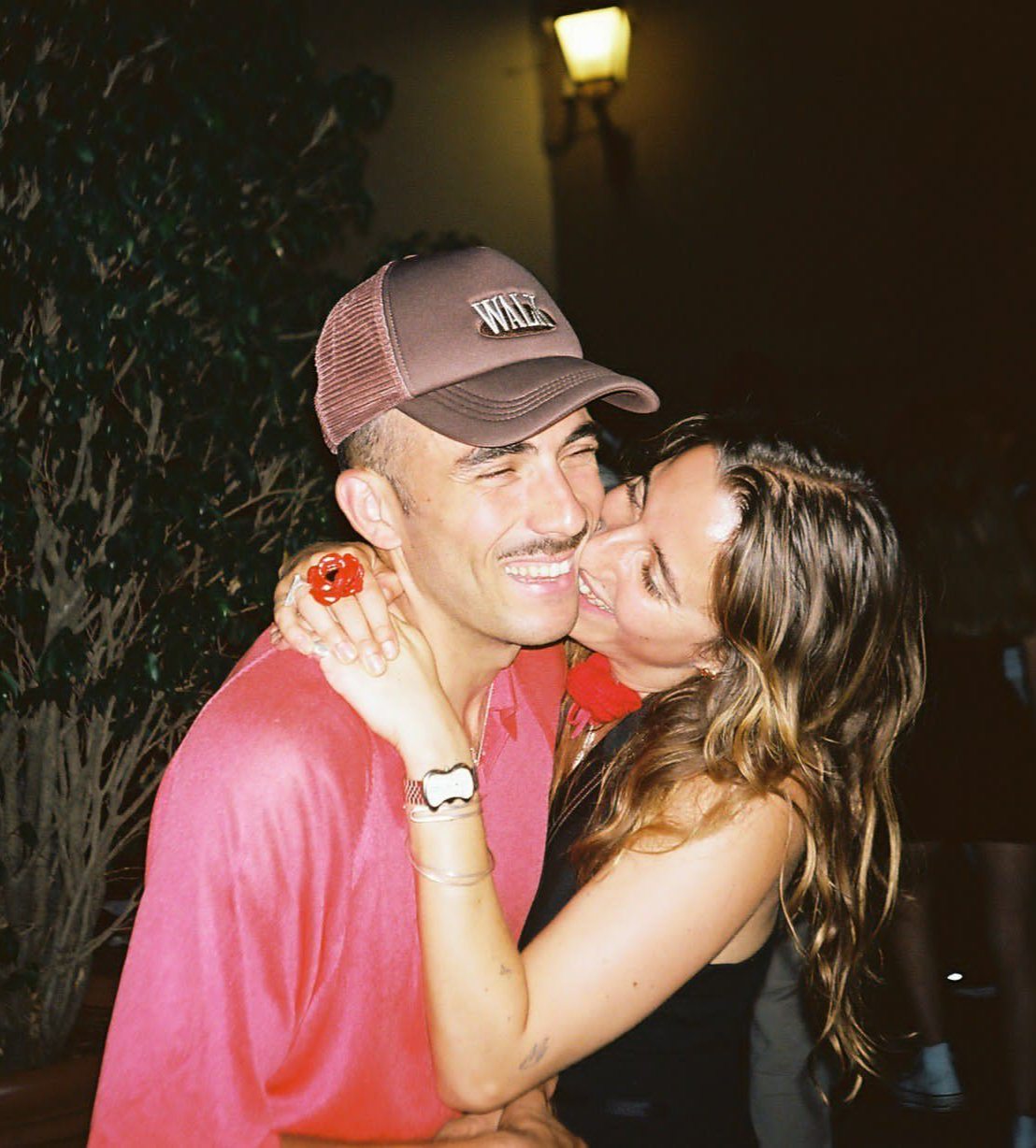
IF YOU'RE STAYING IN THE CITY FOR THE WEEKEND, WHERE ARE YOU GOING?
We're going for a stroll along the Canal Saint-Martin, a neighborhood we love and where the boutique is located. We've just moved to the Pompidou Center, and we love walking in the neighborhood too, where there are little hidden gardens where you can read.
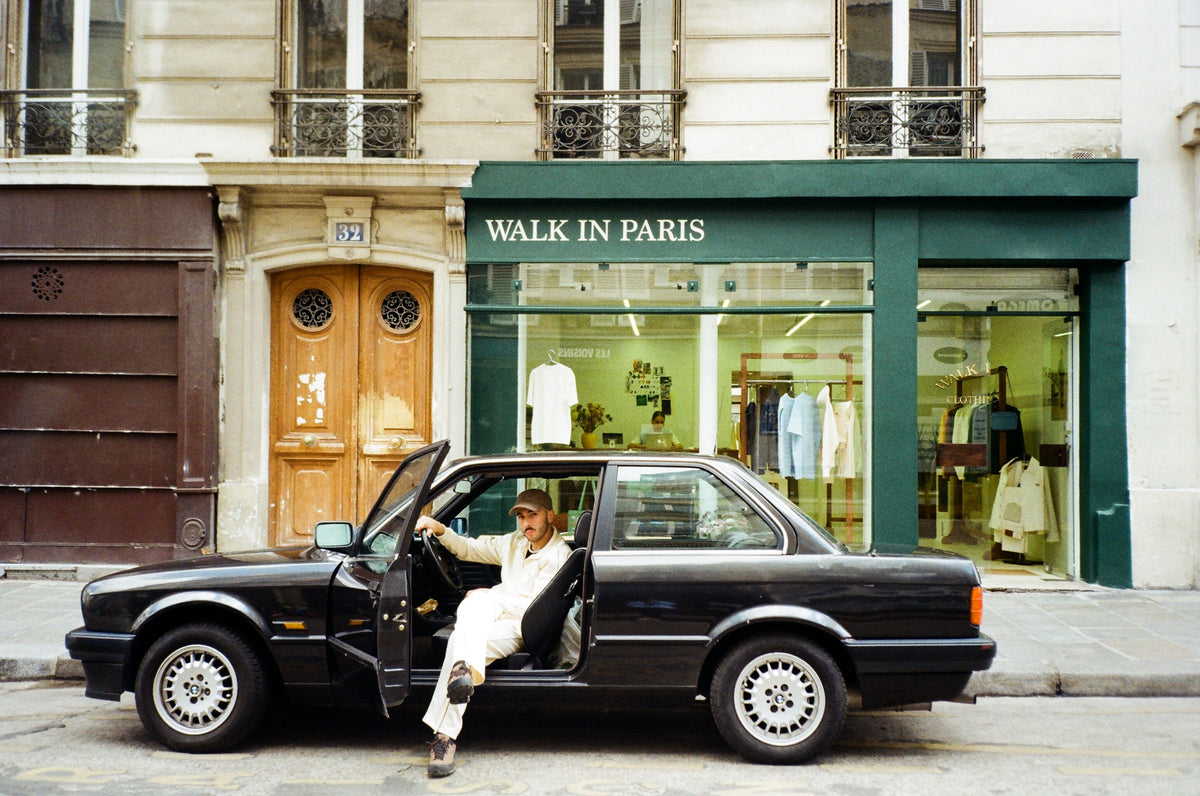
Gary in front of Walk in Paris.
What is your favourite place for coffee & pastry in Paris?
For pastries, go to “du pain et des idées”, we're lucky, the best bakery is just around the corner of the shop! For a coffee, we go to « Bonjour Jacob », a coffee shop that offers a multitude of quality magazines from fashion to outdoor, we love going there to work, or to have a good time.
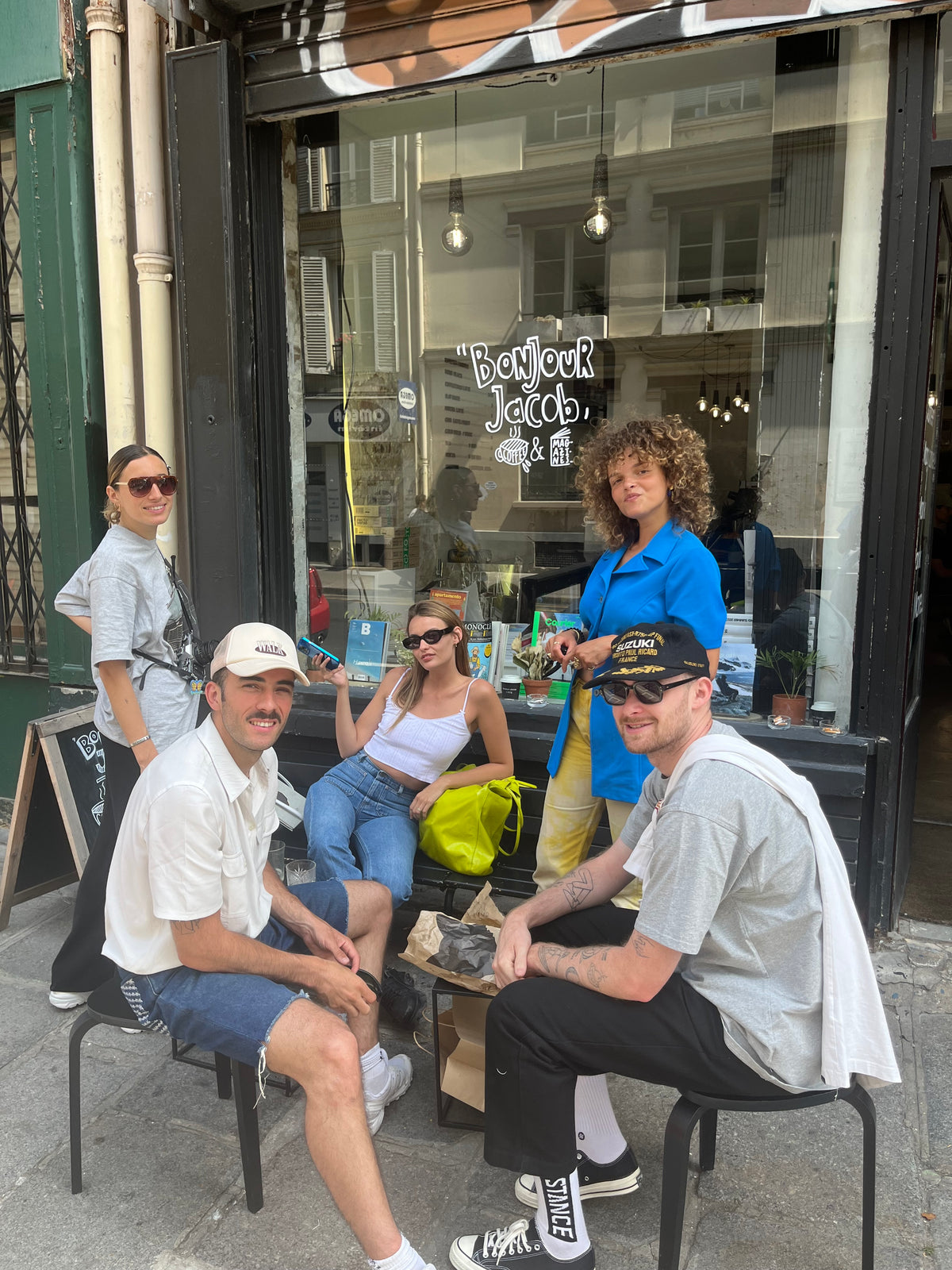
WHAT DOES THE PARISIAN FOOD SCENE LOOK LIKE NOW? ANY FAVOURITE RESTAURANTS TOURISTS MIGHT NOT KNOW?
Coming from Brussels and the Paris suburbs, for us the Paris food scene is huge! There's something for everyone, and we love discovering new places! We often go to Miznon for a delicious plate of mushrooms. Or in the evening at “Le collier de la reine”, a great place to eat and have a drink in a beautiful place.
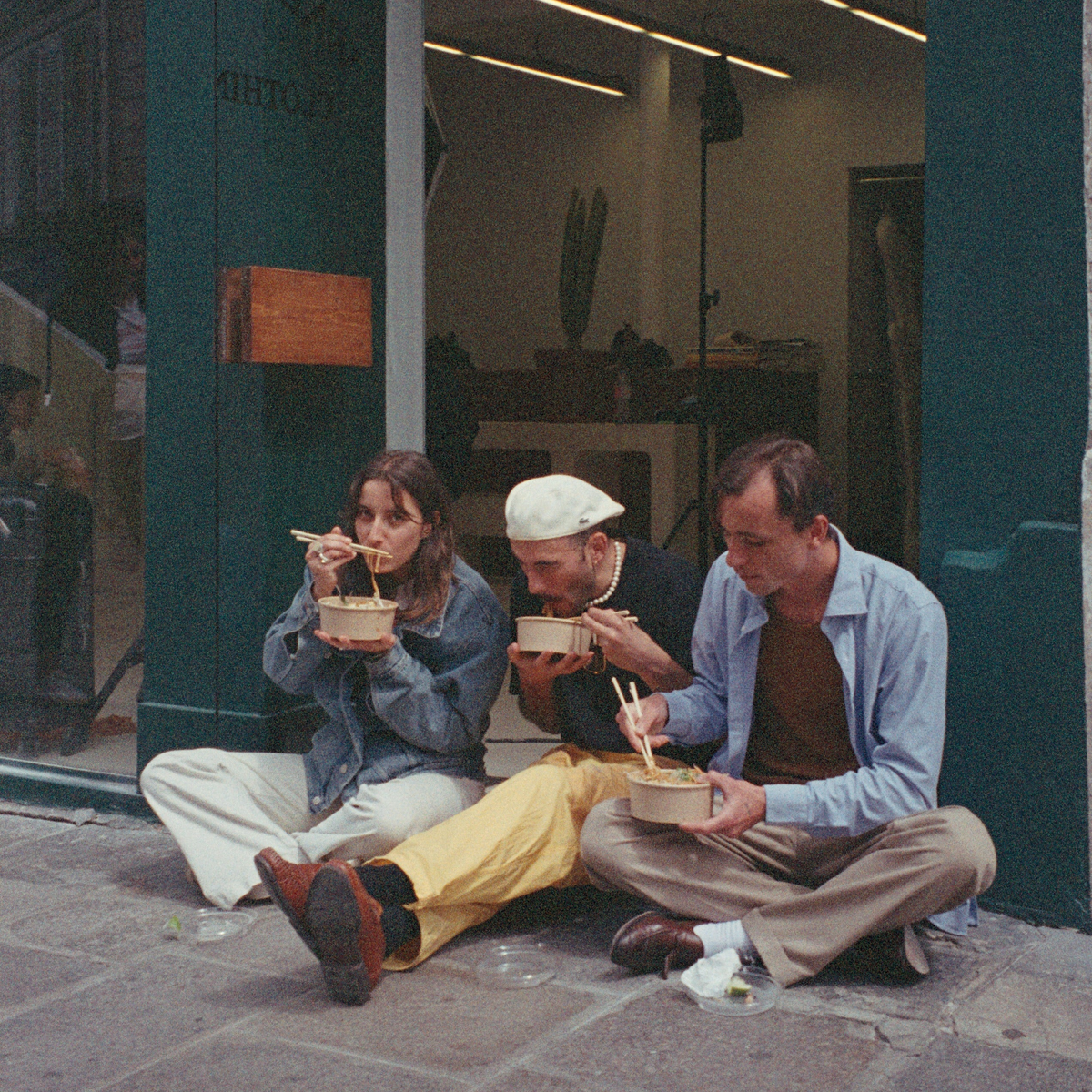
Juliette, Gary, and Friend.
What is your go-to neighborhood, vintage shop, gallery, and party?
In our neighborhood, it would be Brancusi's studio, a small place full of his sculptures, our first date together. Then go to « the archivist store», a vintage shop with a very detailed selection of designers. For galleries, we recommend Perrotin, galerie continua and Galerie Thaddaeus Ropac- Le Marais. For party it will be the @psychic.samba and bavardages_ parties that friends organise!
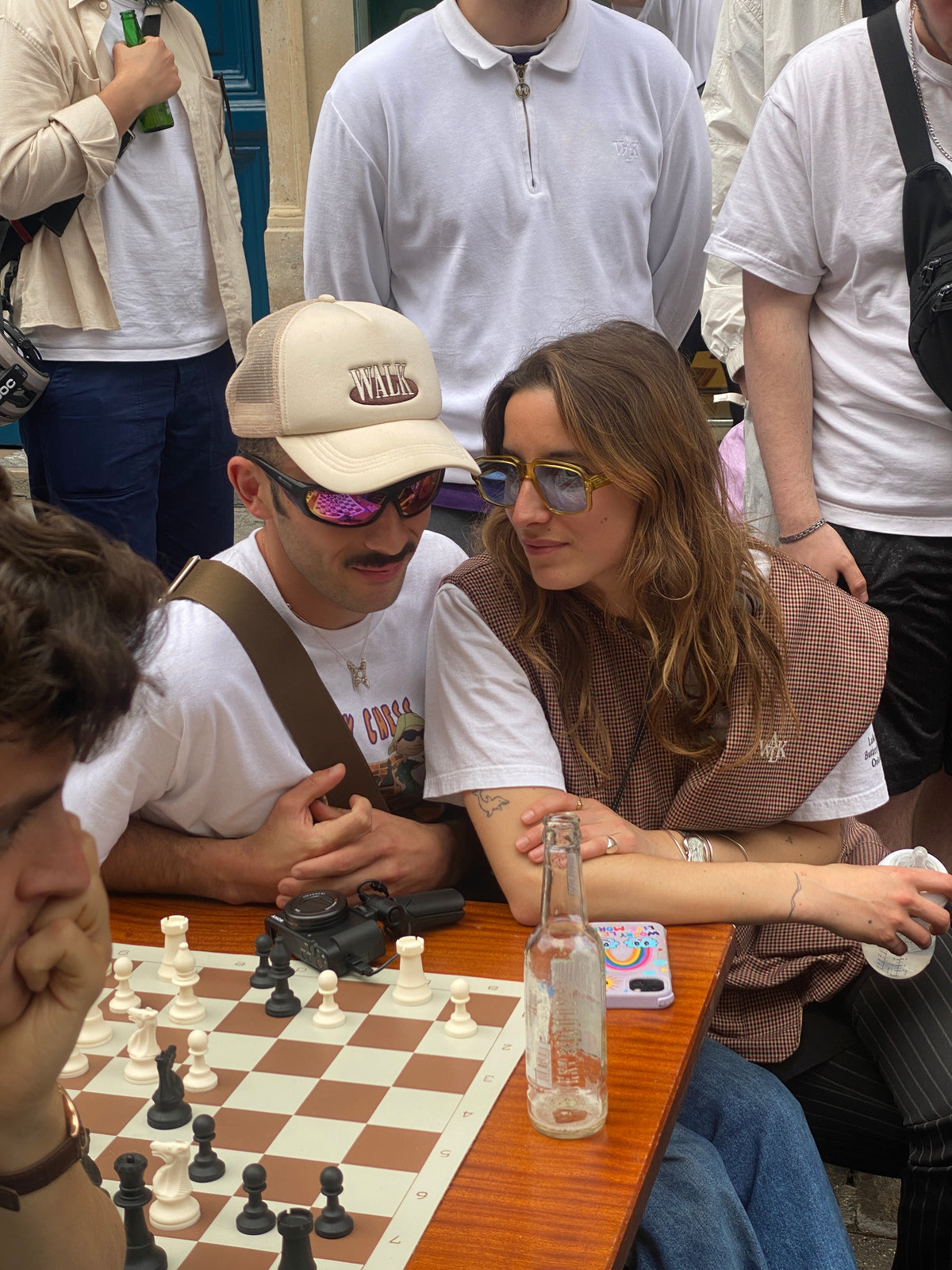
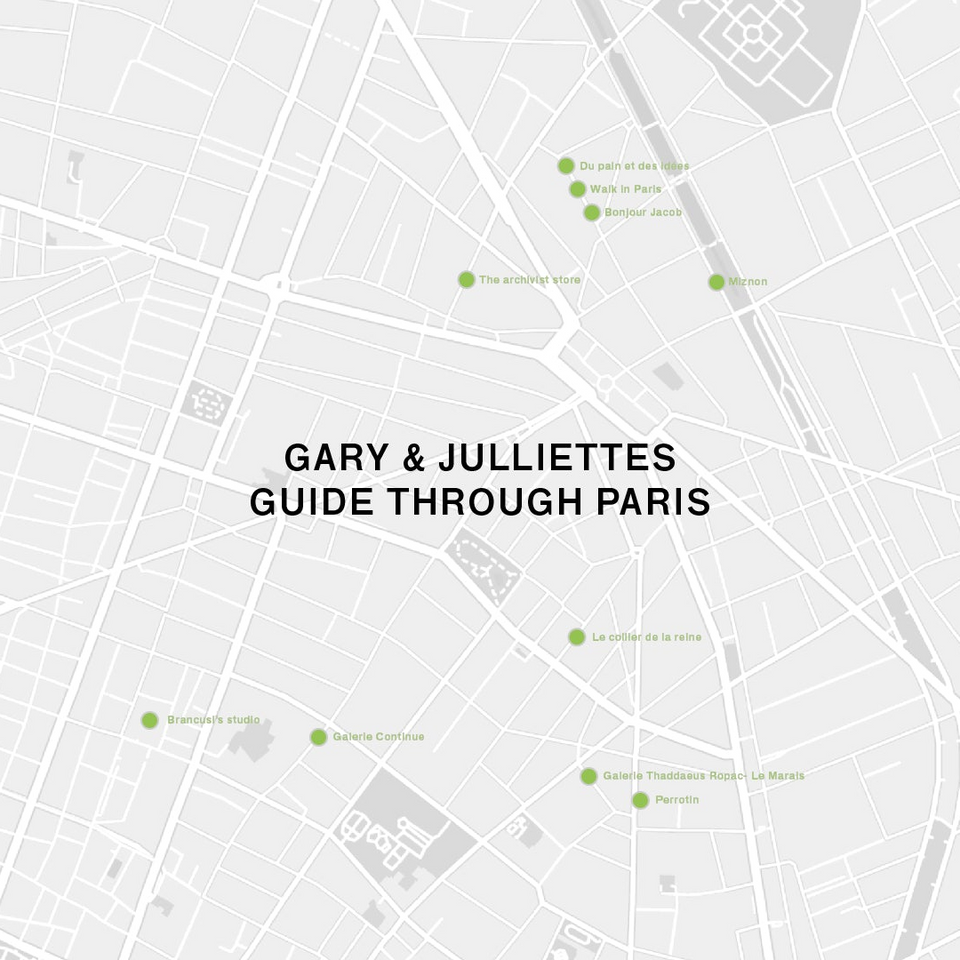
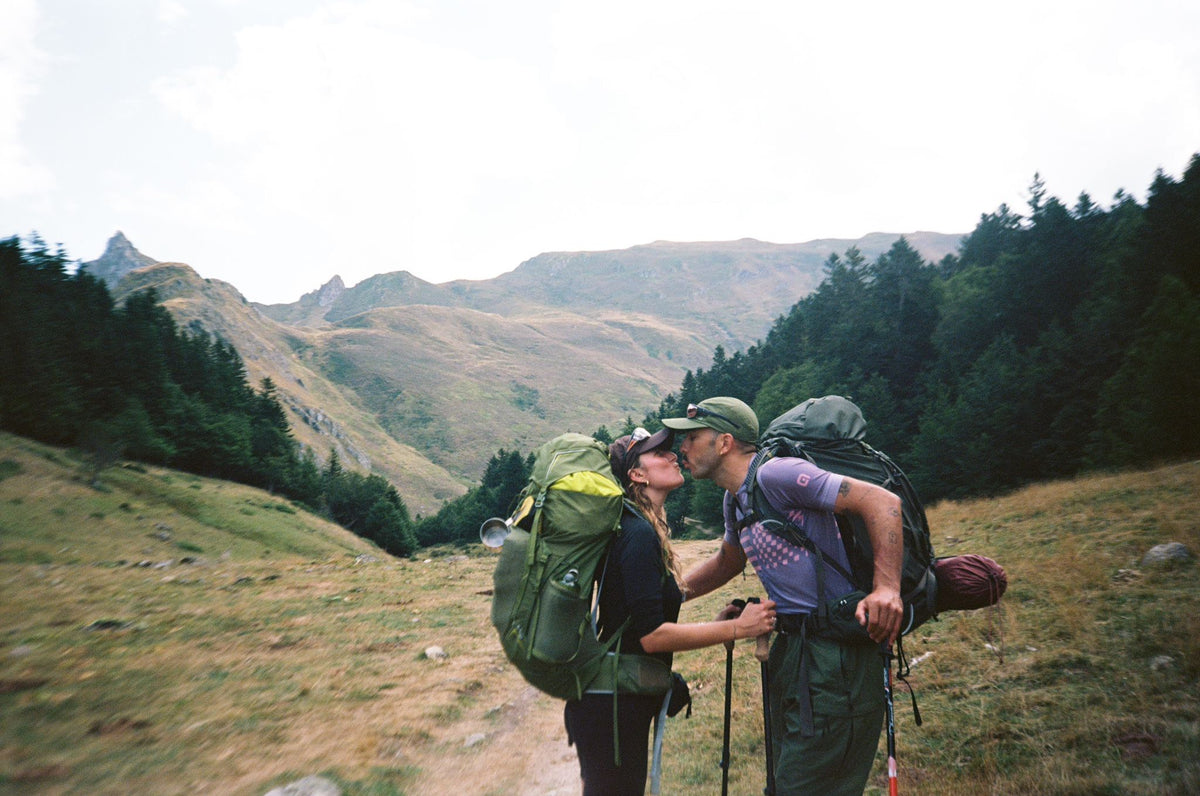
Gary & Juliette in nature.
MARY CONSOLATA
TATIE DEE
HI TATIE, CAN YOU DESCRIBE YOUR SONG SELECTION FOR THIS PLAYLIST IN 3 WORDS, AND WHY YOU CHOSE THESE SONGS?
I thought of this playlist as a dj-set. It's very progressive, starting with fairly slow house, with some very nostalgic dream house inspirations. Then we move on to more classic deep house, before ending up with some faster, club-style tracks. I've slipped in quite a few tracks from friends too, including the Groove Boys Project, Ams, Dylan Dylan and Hyas & Kaba.
placeholder
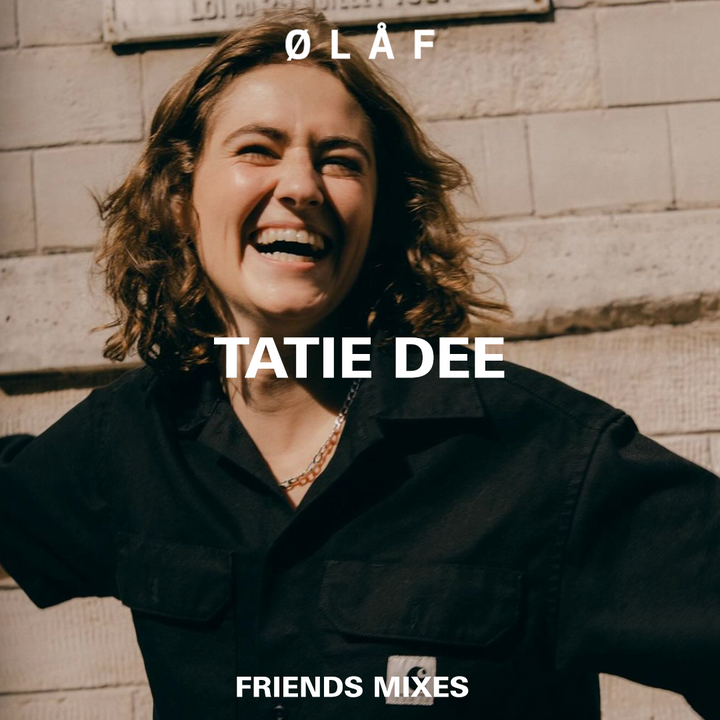
Tatie Dee began studying violin at the French Music Conservatory at age 6, later diving into electronic music and turntables. She joined the Friendsome collective, where she explores genres like Acid House and Garage. With multiple releases and a debut EP Tatie invites you on a groovy journey.
How did you discover house music?
I was immersed in electronic music from an early age. When Daft Punk's Human After All came out I was 6 and I remember running to the local misic shop to buy the CD with all my savings at the time aha. House music came along gradually, mainly thanks to my older brother who listened to it and played a lot of it. It was thanks to him that I discovered the French house scene of the 2015s, in particular the D.KO. label.
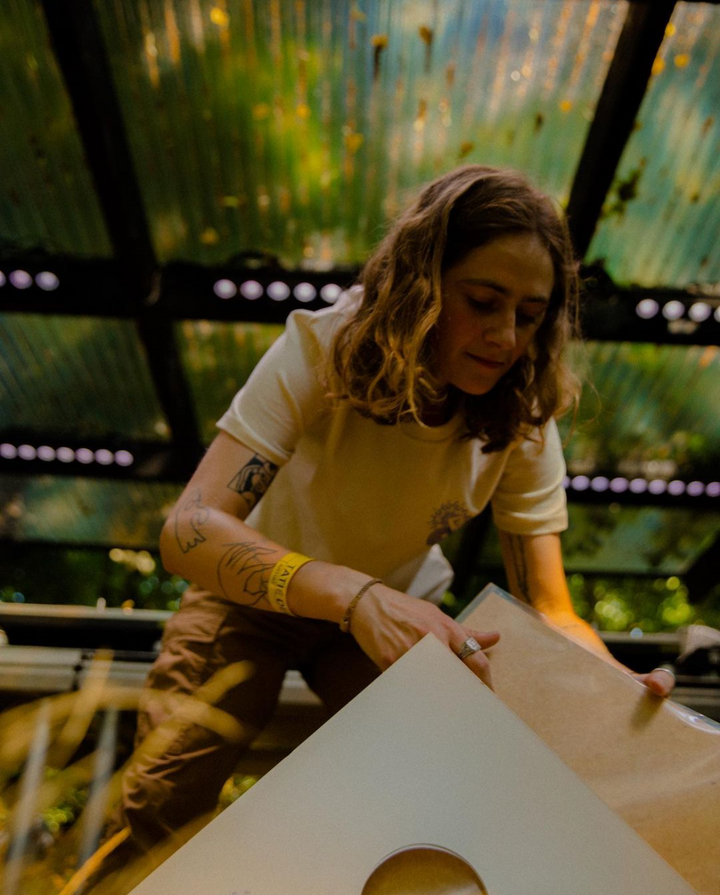
TODAY YOU EXCLUSIVELY MIX ON VINYL. WHAT WAS THE TURNING POINT FOR YOU TO MIX ON VINYL VS. CDJ?
The feeling! I really enjoy mixing on vinyl, I feel like I'm actually playing music. And I've never felt that way on CDJs. The same goes for the way I prepare my sets. I'd much rather go to a record shop and leave with a few records, but know them intimately than spend hours scrolling on bandcamp and other platforms. When I go to a club I've got maybe 50/60 records with me, and I'm going to play 30, so I'm pretty limited in terms of improvisation, but there's something very reassuring about that. Whereas for me, arriving with a USB key containing hundreds of sounds is like panic on board.
Not only a DJ but also a producer. Can you tell us a bit about your experience as a producer?
I started producing while I was in confinement in 2020. To be honest, I've always composed music, but not necessarily electronic music, and I got Ableton as soon as I got my first computer years ago, but I never really had the time to get a grip on the software. So this was the perfect opportunity, I had the time. But it wasn't until I got away from my computer and switched to analogue, buying my MPC and my first synths, that things really clicked. And that was thanks to meeting Lucas Moinet, a DJ and producer in Paris.
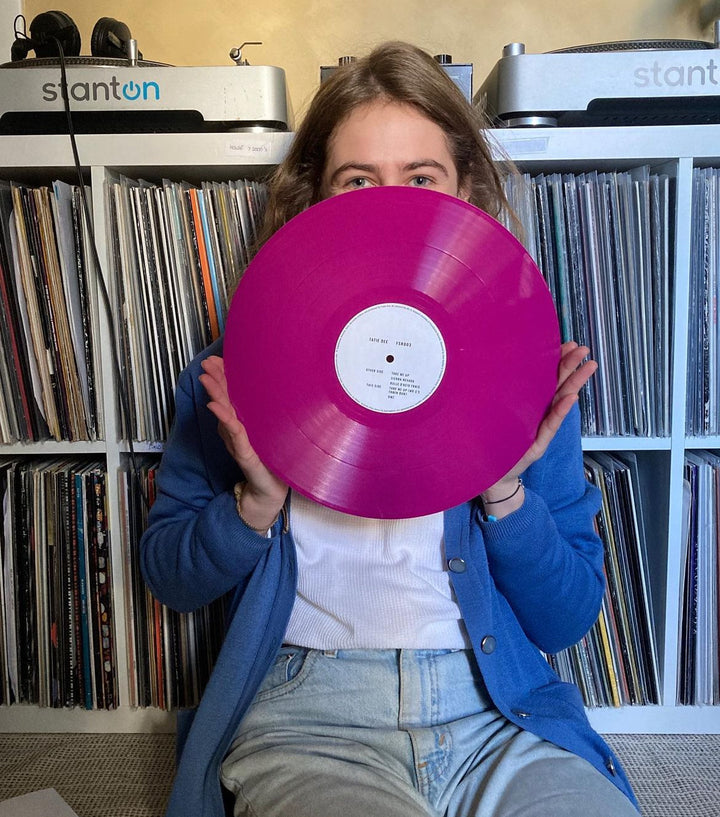
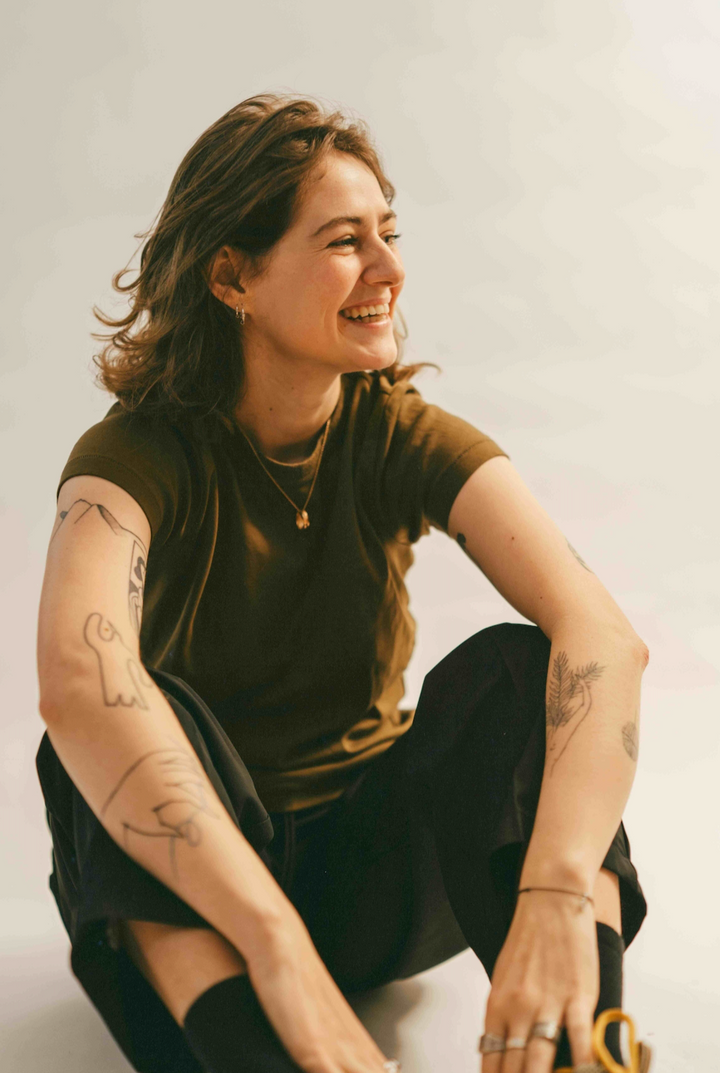
WHAT WOULD YOU SAY MOTIVATES AND INSPIRES THE MUSIC YOU CREATE?
It's a cliché, but that's my personal life. Depending on the experience, the emotion, the encounters, I'm going to be inspired in different ways, and sometimes the inspiration doesn't come. It's also related to the evenings and concerts I go to. In fact, it's other people who inspire me, whether it's my friends, my lovers or artists.
What have your most proud moments been as an artist?
Quite recently, I went through a very difficult period due to a painful break-up. At a time when nothing was going right, I locked myself away in my flat for 3 days and composed the 4 tracks I'm most proud of. I wanted to transform all that pain into something beautiful, into something I'll want to remember for my whole life. I tried to make the hardest period of my life into one of the project I could be the proudest of. It's that kind of unique emotion that only music allows me to feel. These 4 tracks will be released on Groovence on November 15th. I can't wait to share them with you!
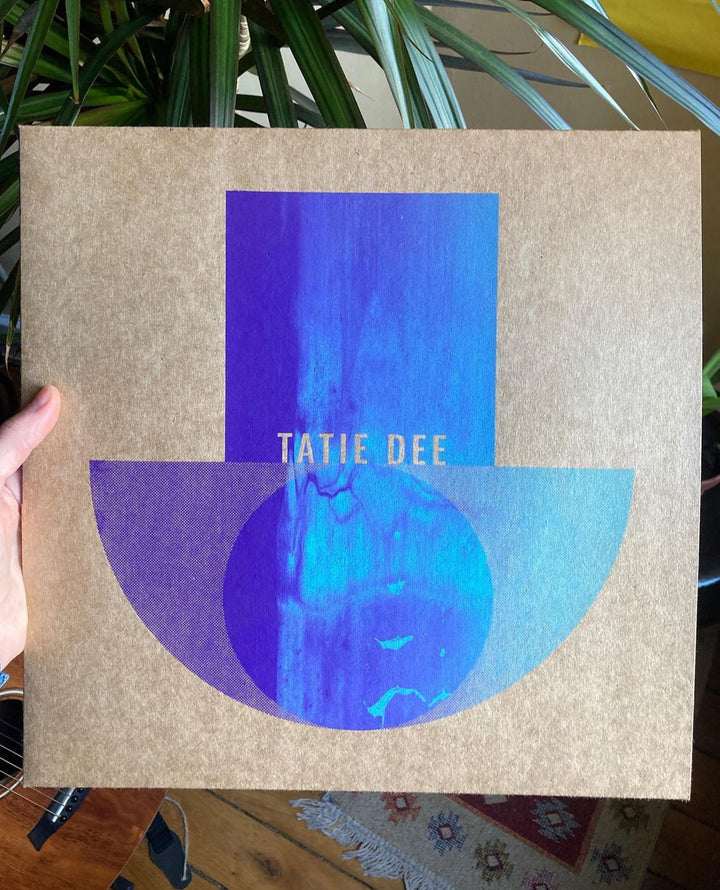
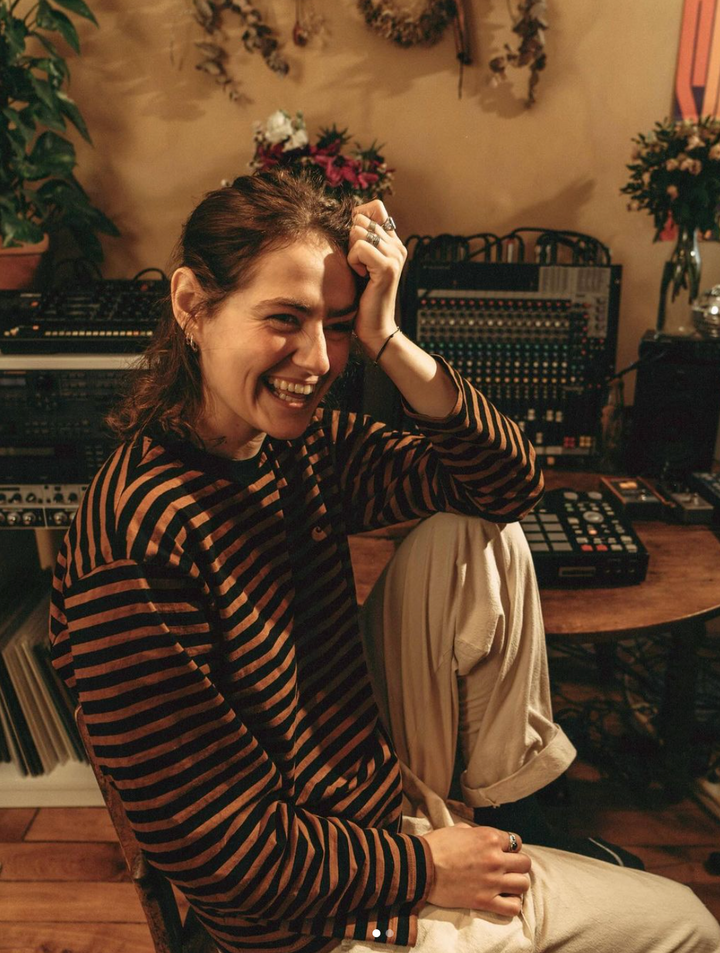
DO YOU HAVE SOME ENCOURAGING WORDS YOU WANT TO SHARE WITH PEOPLE WHO ARE BEGINNING DJs/PRODUCERS?
It's difficult to give general advice, because every career path is different and unique. I just think that the main thing is to be passionate, and to do everything for passion and passion alone. The rest is just secondary.
And finally, what’s a weird or wonderful fact that excites you within music?
Good question! I think it's the connections that music can create. Between people, when you play and you see people hugging each other to your music, it's crazy. But also with people, in fact via music, via a record in particular you can end up having discussions with anyone and that's crazy too. Through music I've been able to meet great people, from all backgrounds, and once again I'm a mega-cliché, but it's the most beautiful language.
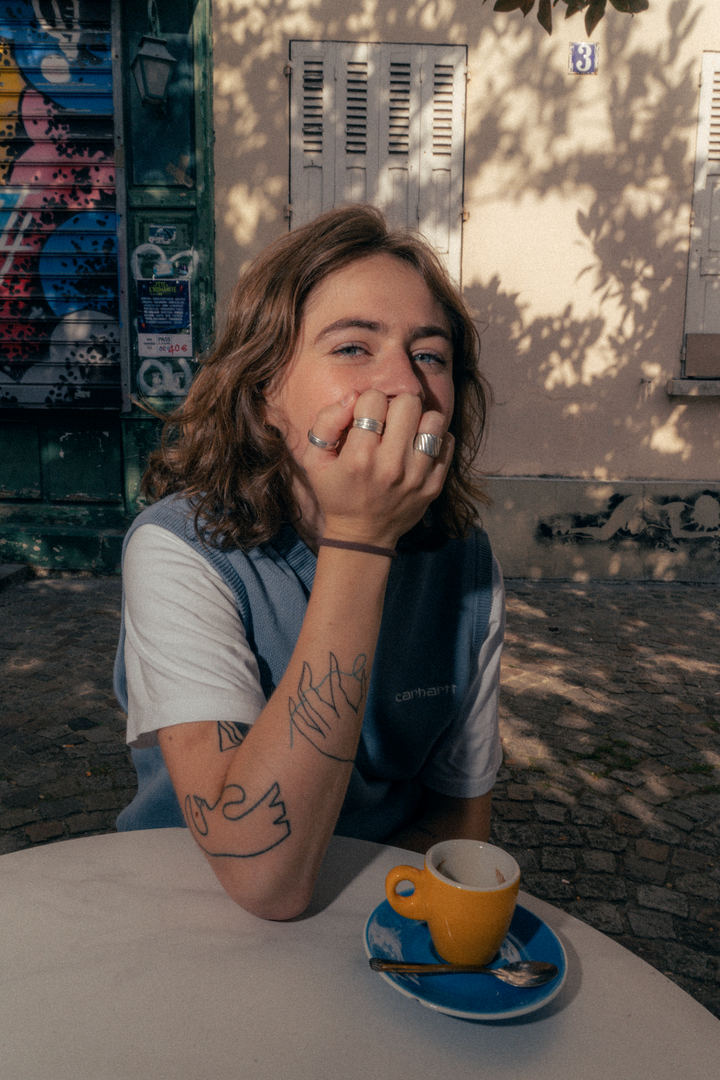
FW24 HOLIDAY DINNER
A celebration of the Holiday season and the launch our FW24 Holiday collection at Café Binnenvisser with our Amsterdam Friends. Discover some of our favourite pictures and looks from our most recent Holiday dinner or find the looks in-store and online.
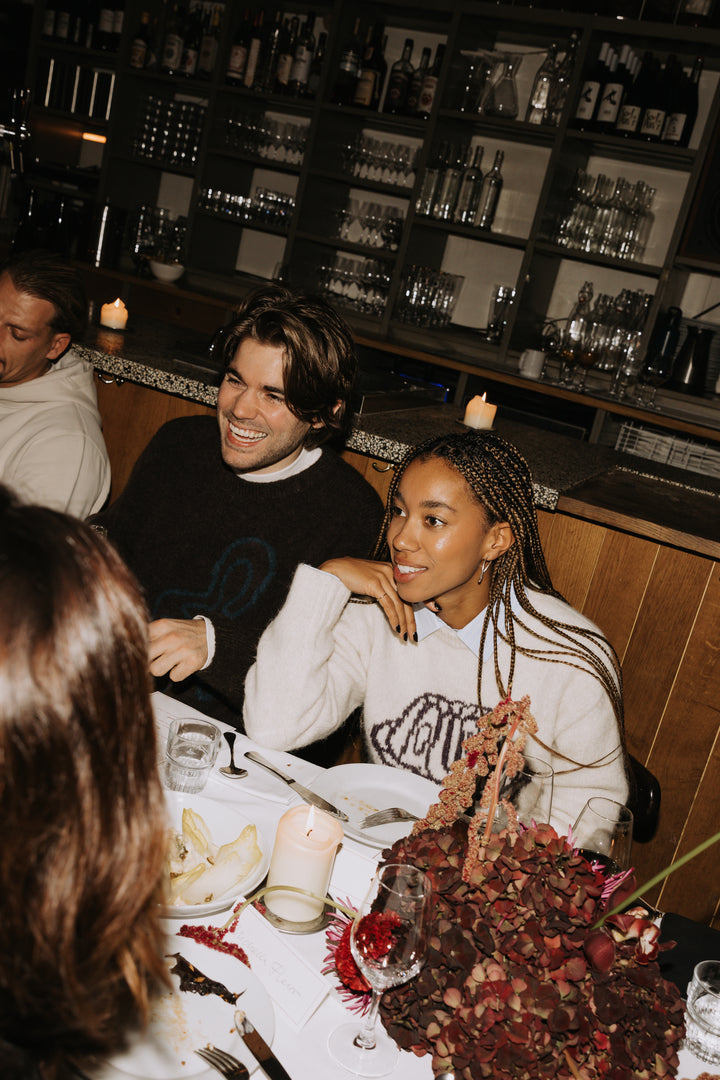
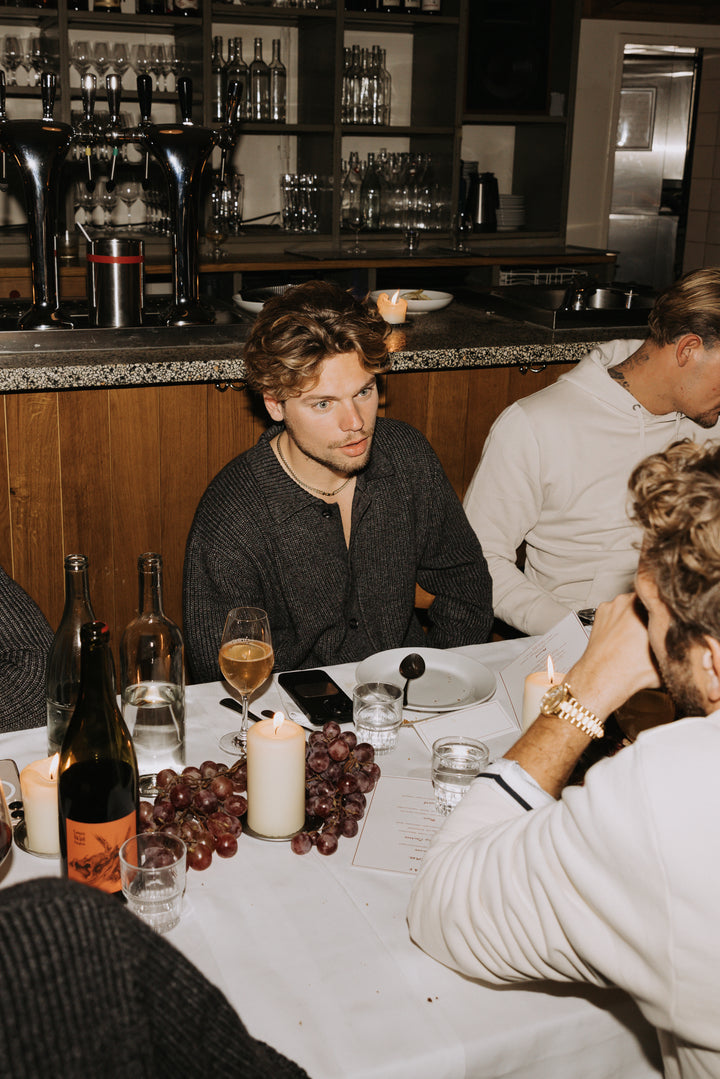
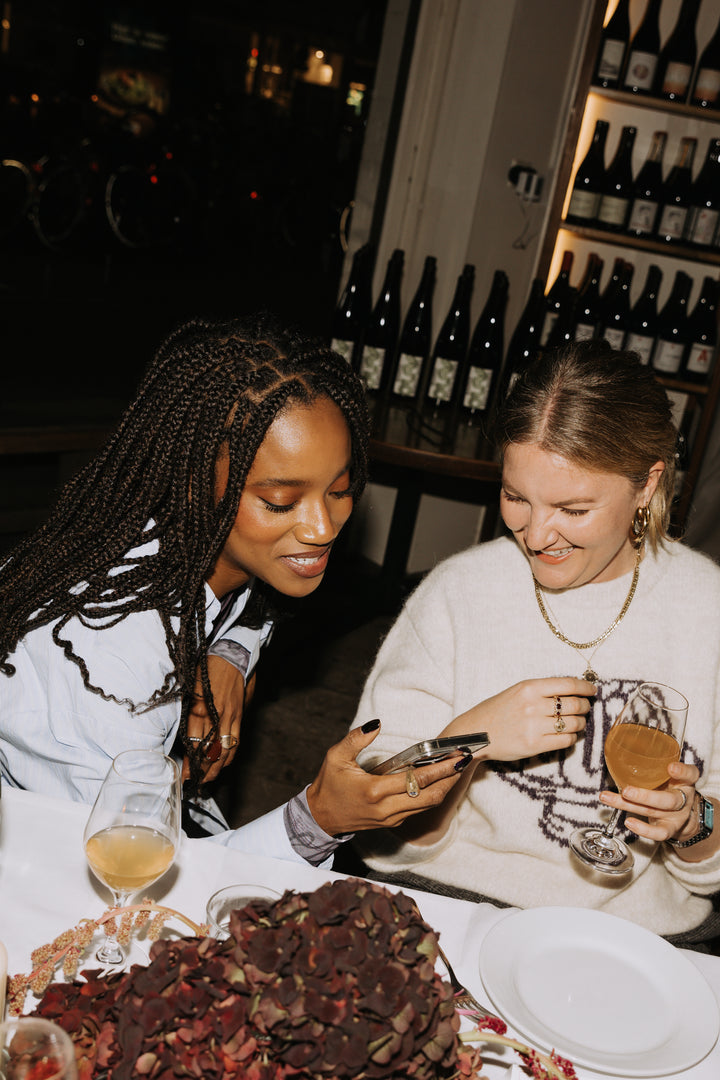
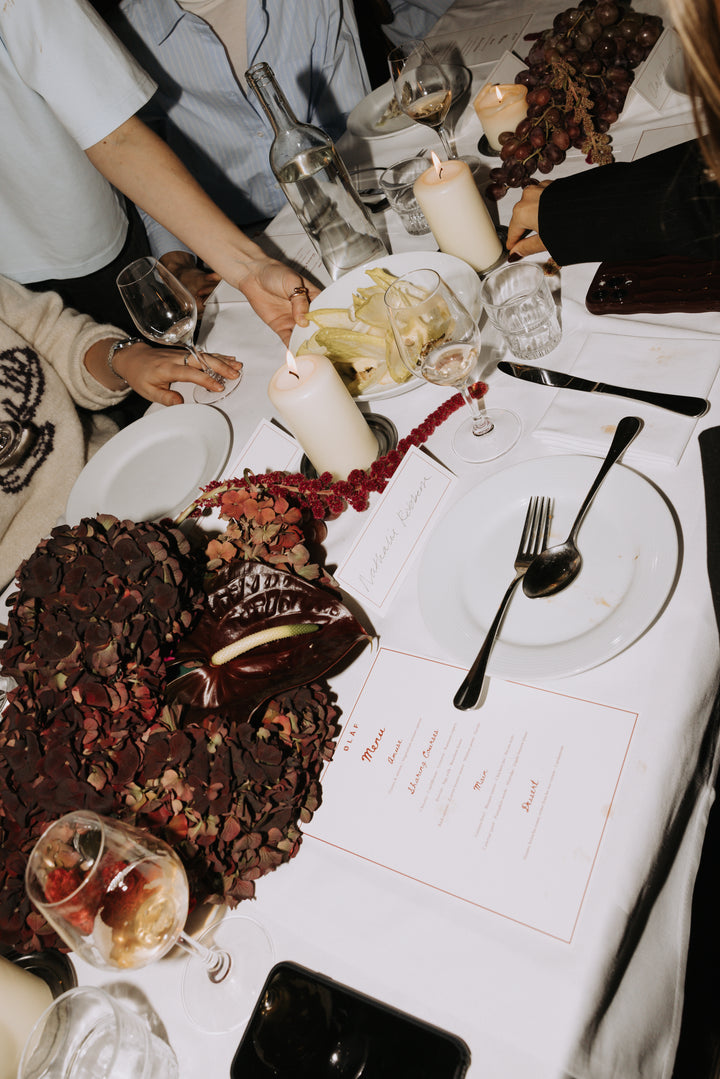
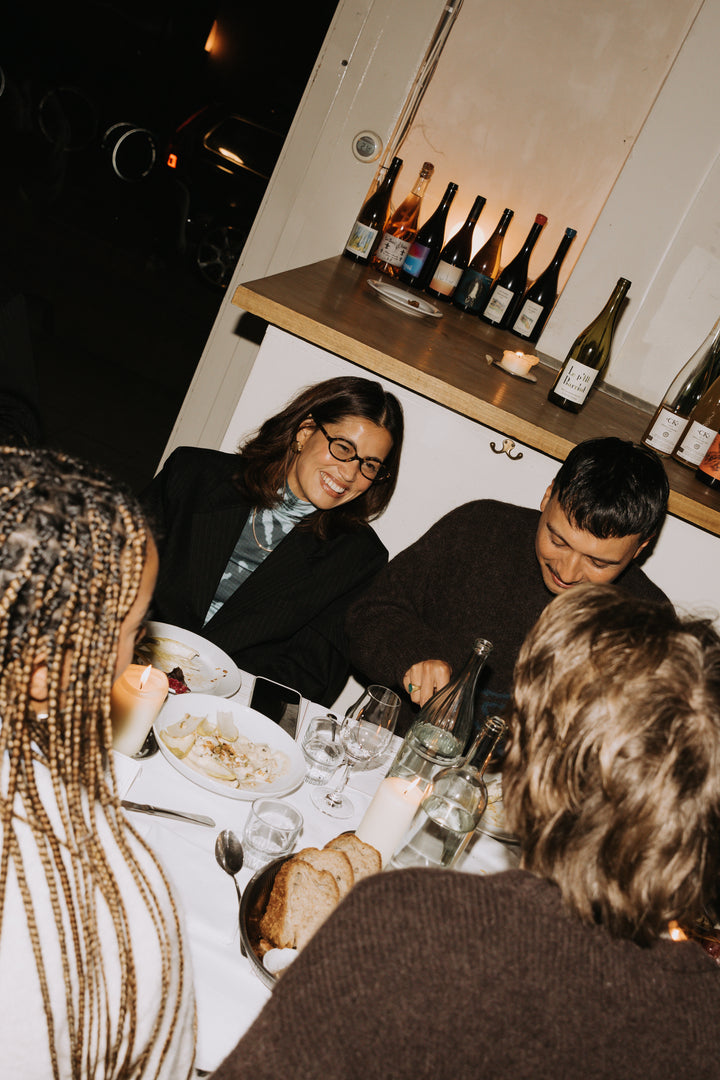
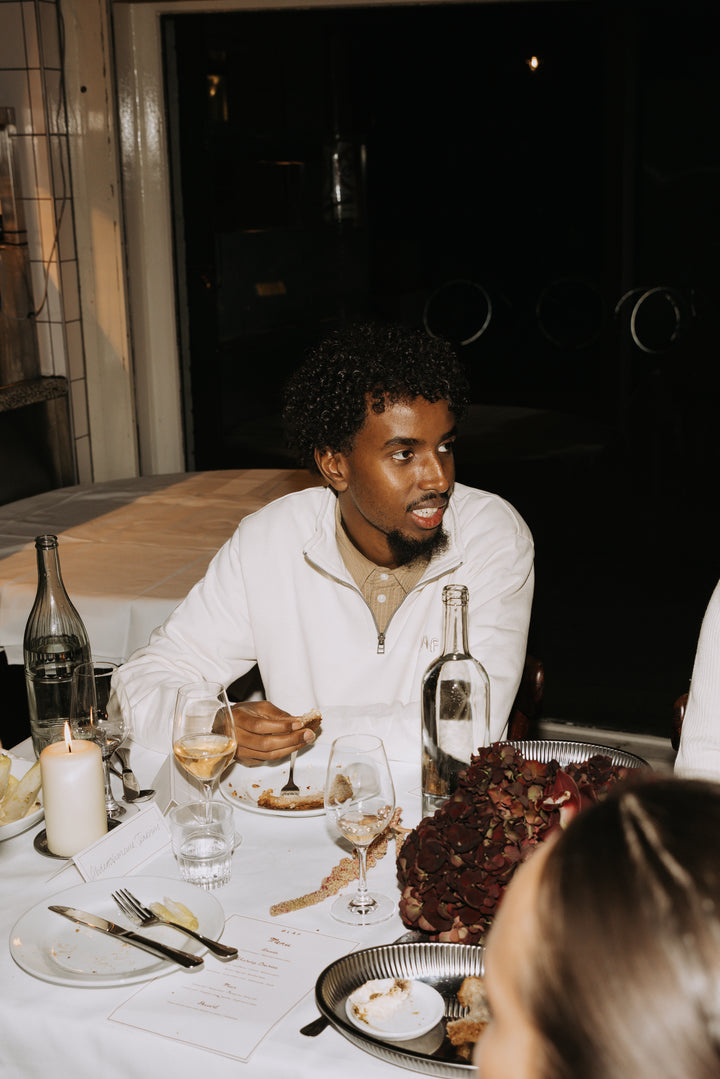
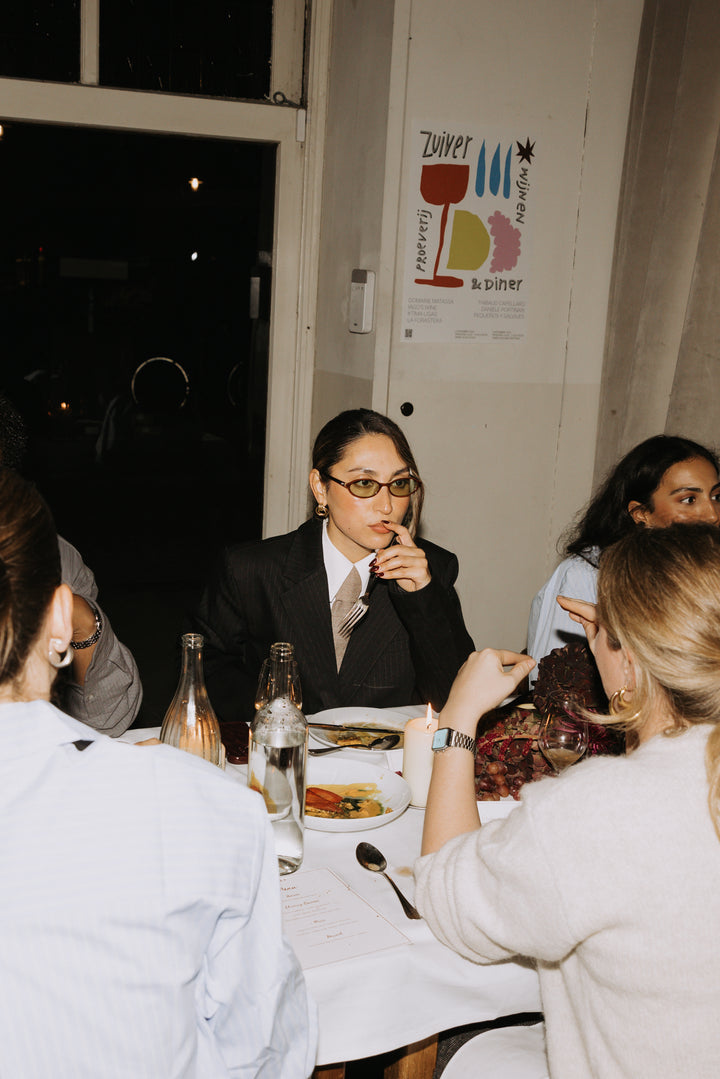
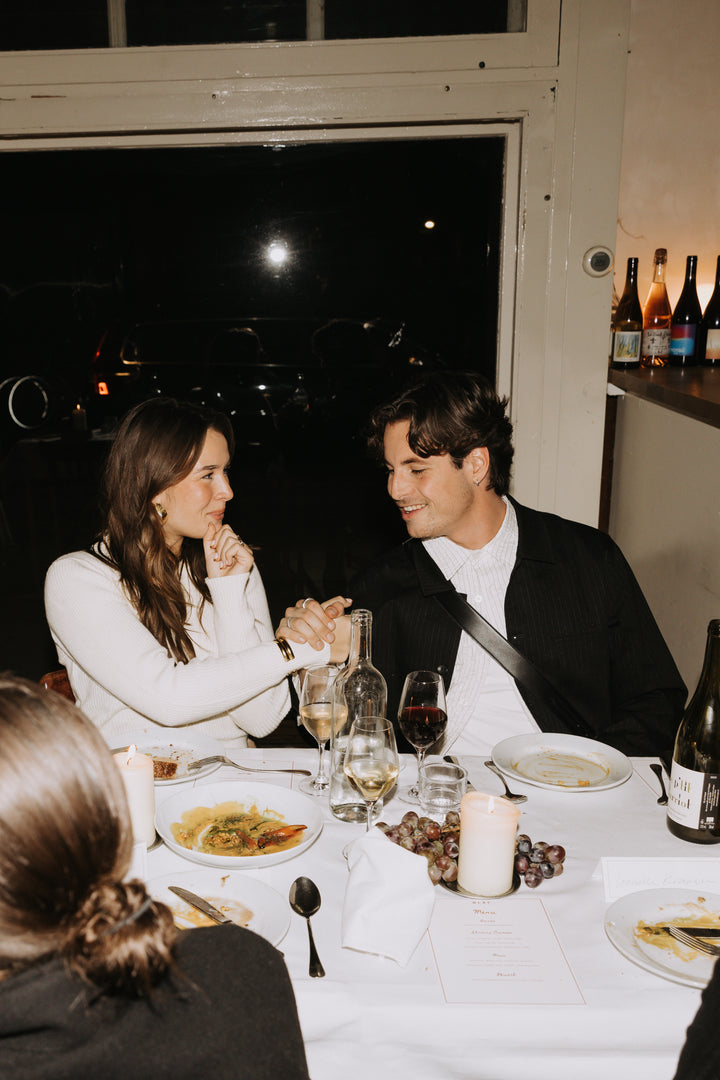
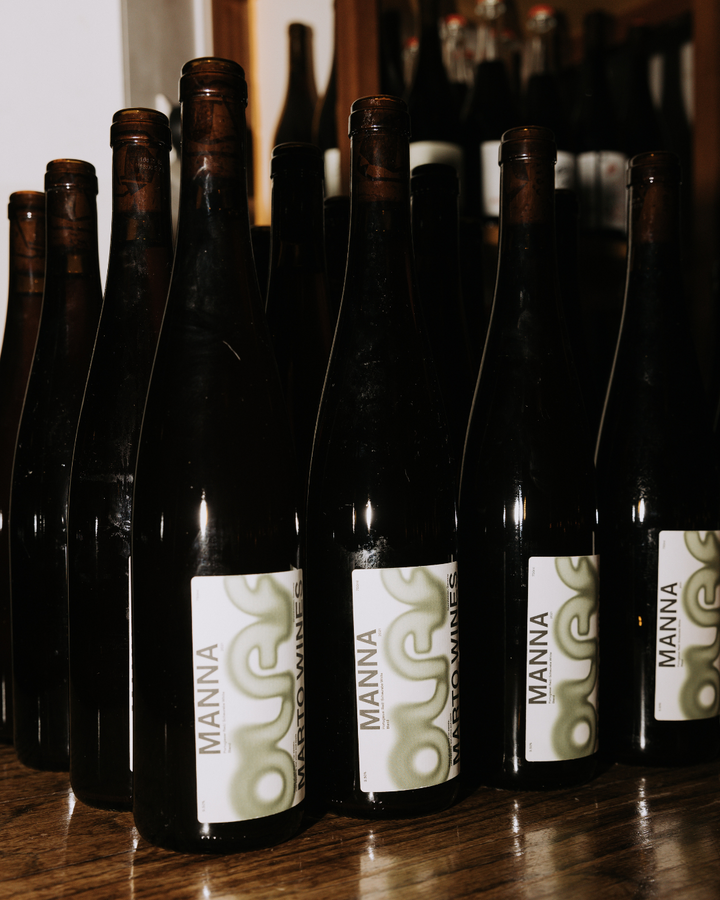

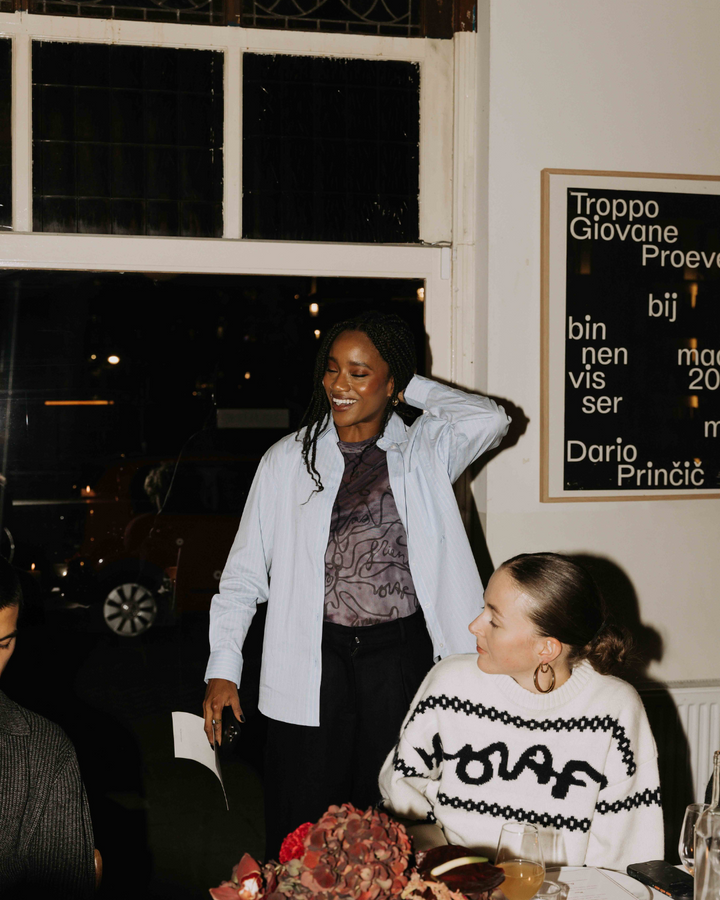
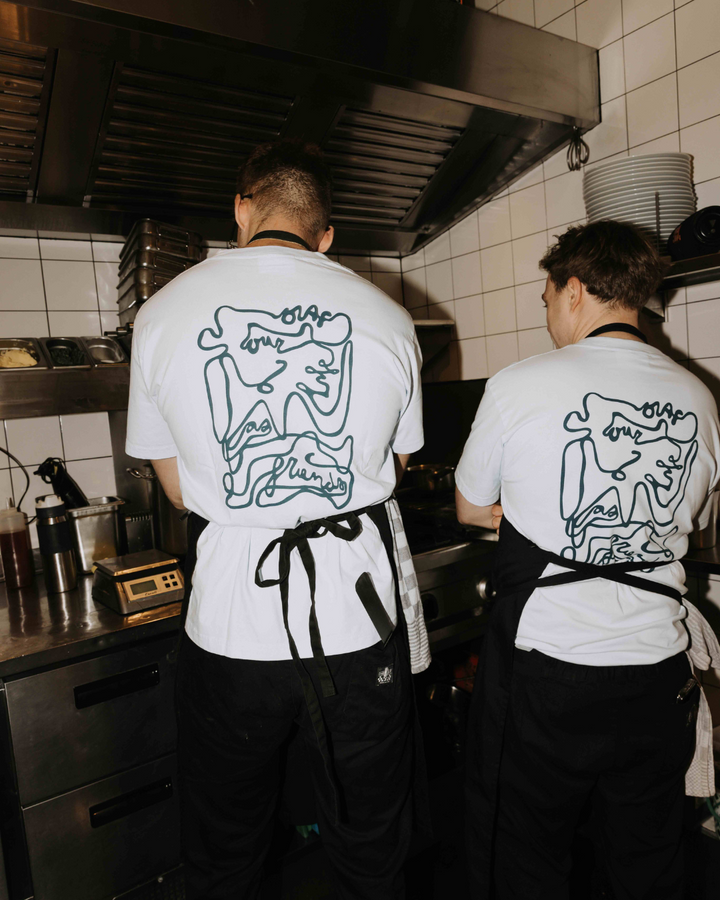
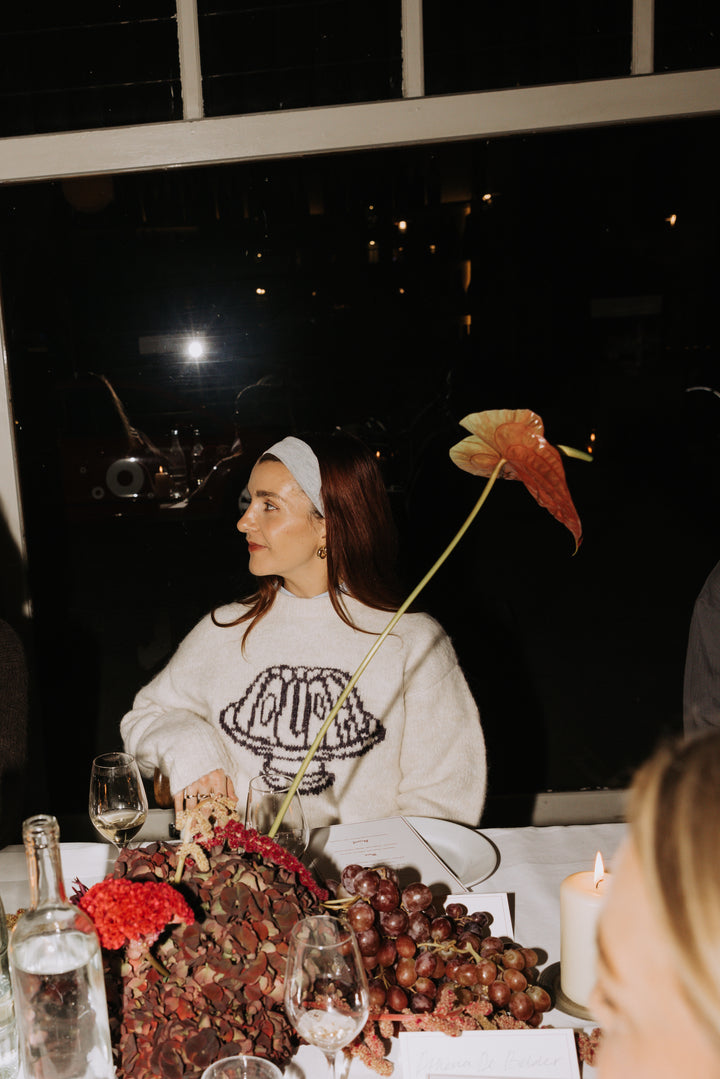
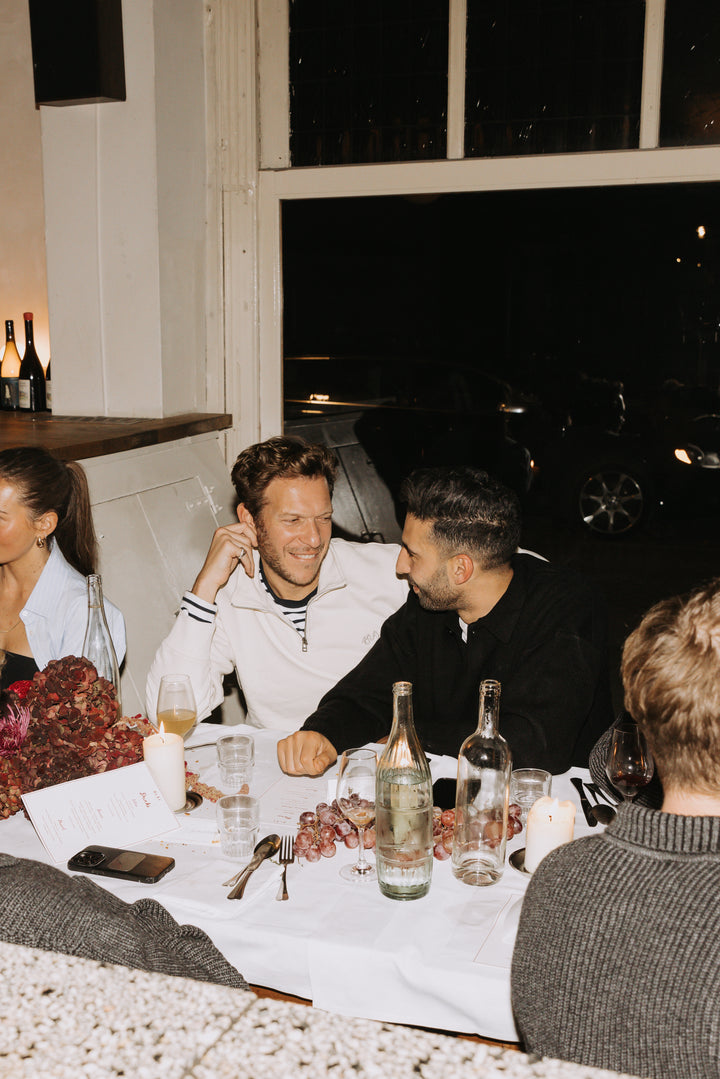
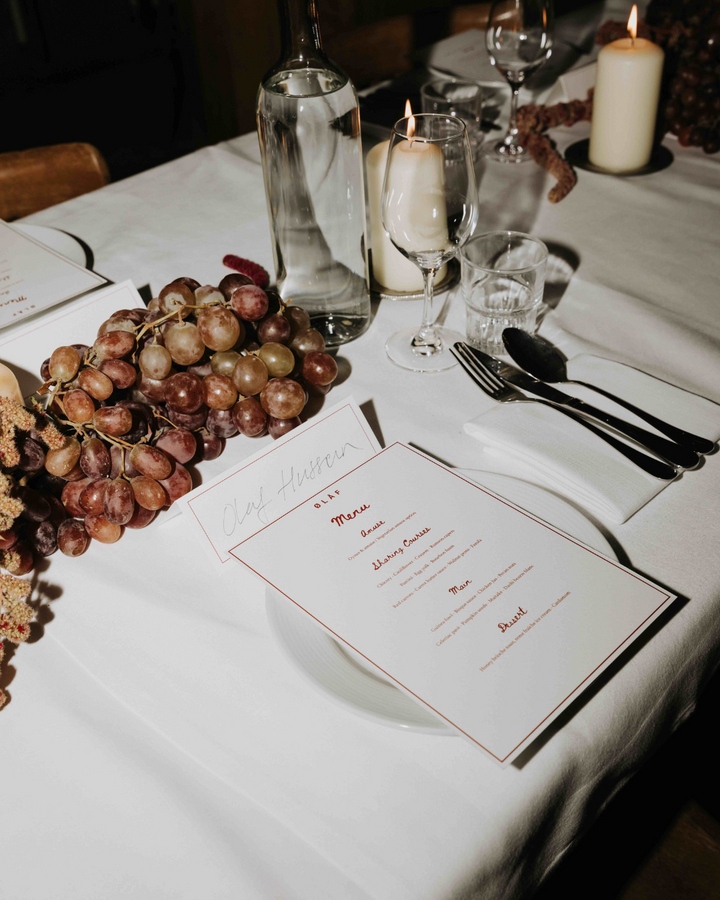
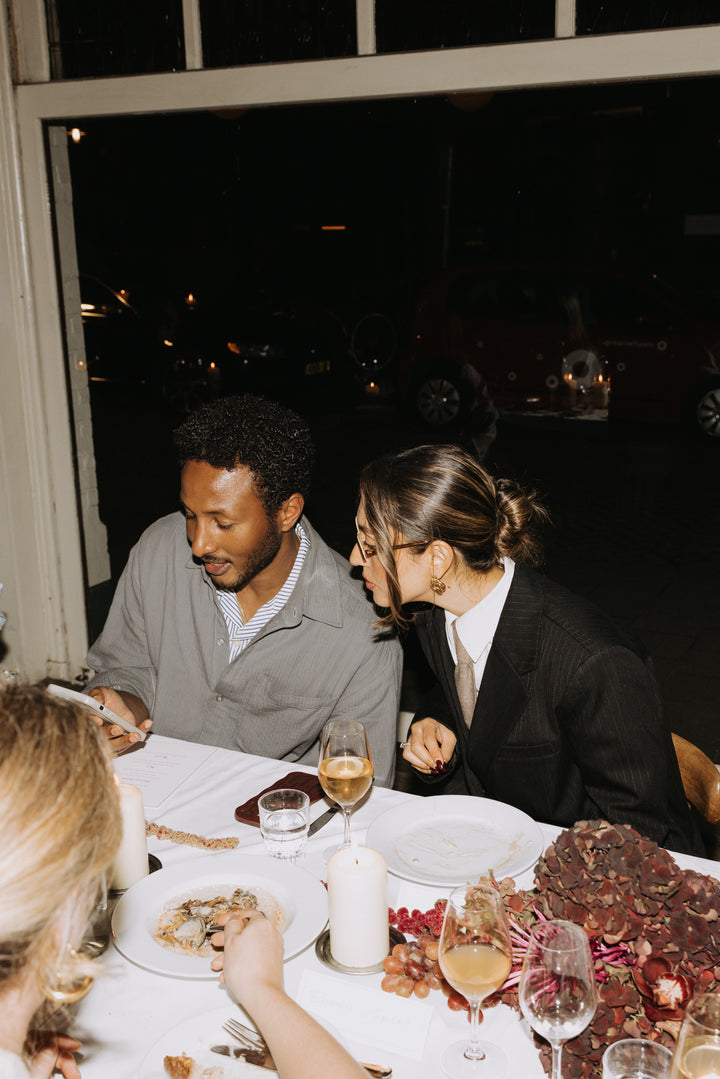
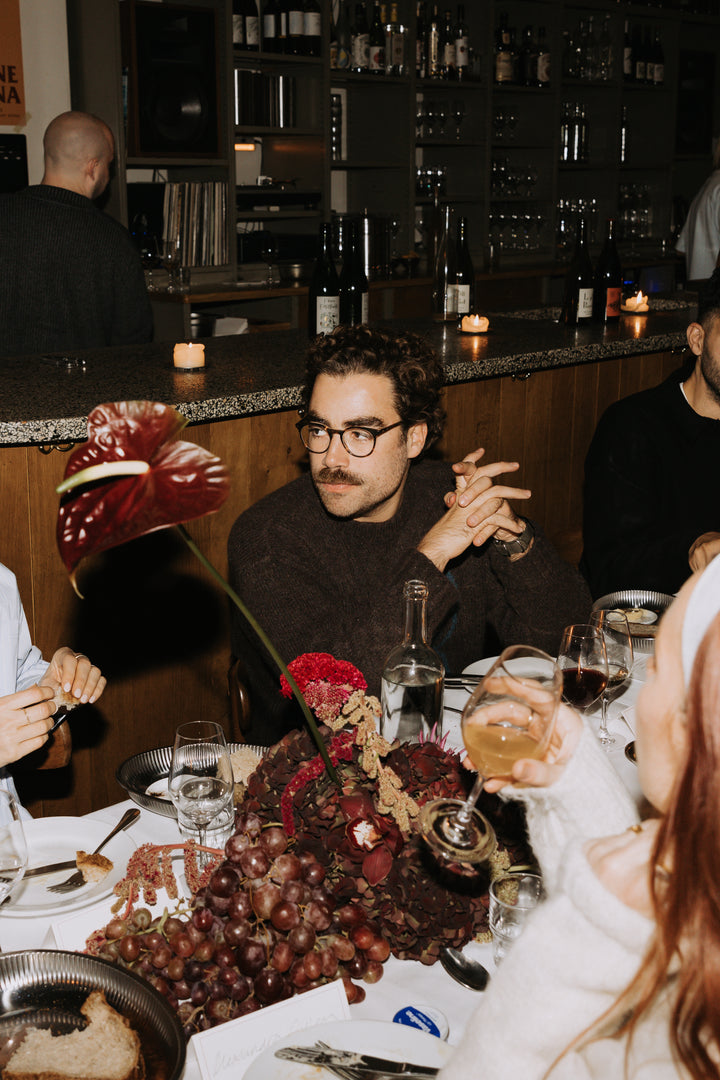
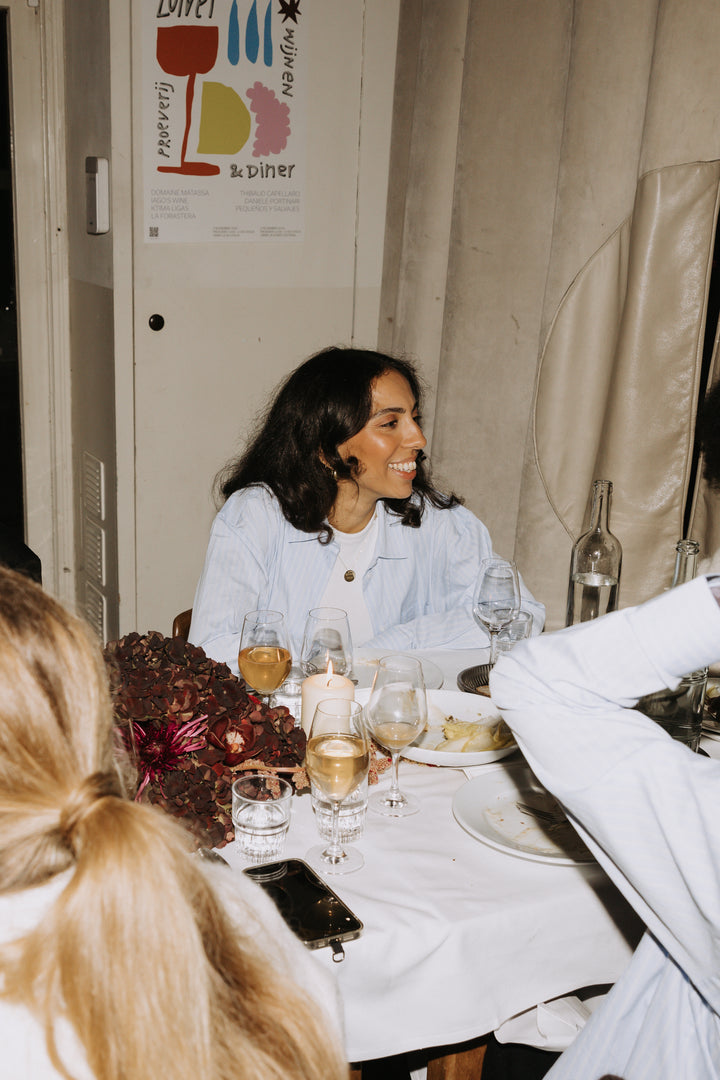
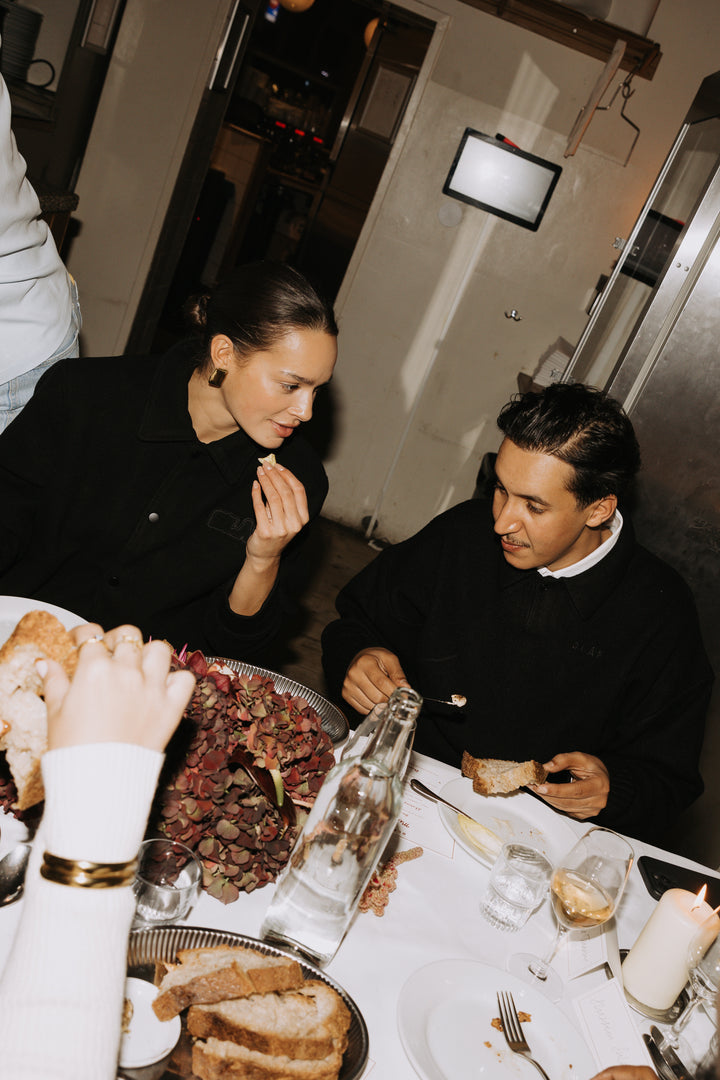
DAVEY DONOVAN
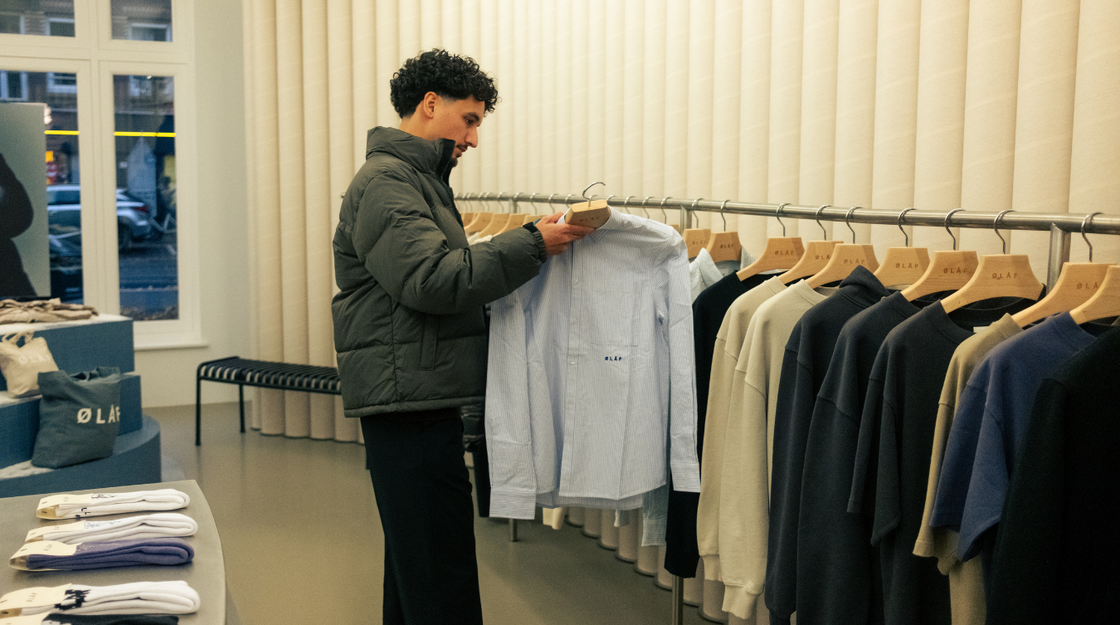
Davey visiting the ØLÅF flagship store in Amsterdam.
HI DAVEY, HOW WOULD YOU DESCRIBE YOUR MUSIC IN THREE WORDS, AND WHAT MAKES YOUR SOUND DIVERSE?
Layered, emotionally driven and punchy.
Layered in terms of sound and frequencies. I want to make sure that all (qualities) sounds, which is on purpose, are an addition to the production/song. Sometimes it’s just one sample that fills in a lot of space. That can be enough already, but then it’s important that the hook is really strong, so it will not sound monotone. The key is that there is enough room for the vocals to blend.
Emotionally driven, as I always try to stir up a certain emotion even without the vocals (most of the time it’s in minor - I don’t know why but it always happens).
Punchy, as I always prefer my drums to be clean and hitting so it stands out.
What makes my music diverse is that I use elements of all genres and blend it under the Hip-Hop umbrella. I love the hunt for a good sample! For instance: I can find a nice sample, then combine it with a synthesizer sound (inspired by a different genre like house/techno) or traditional folk music and then blend as one whole.
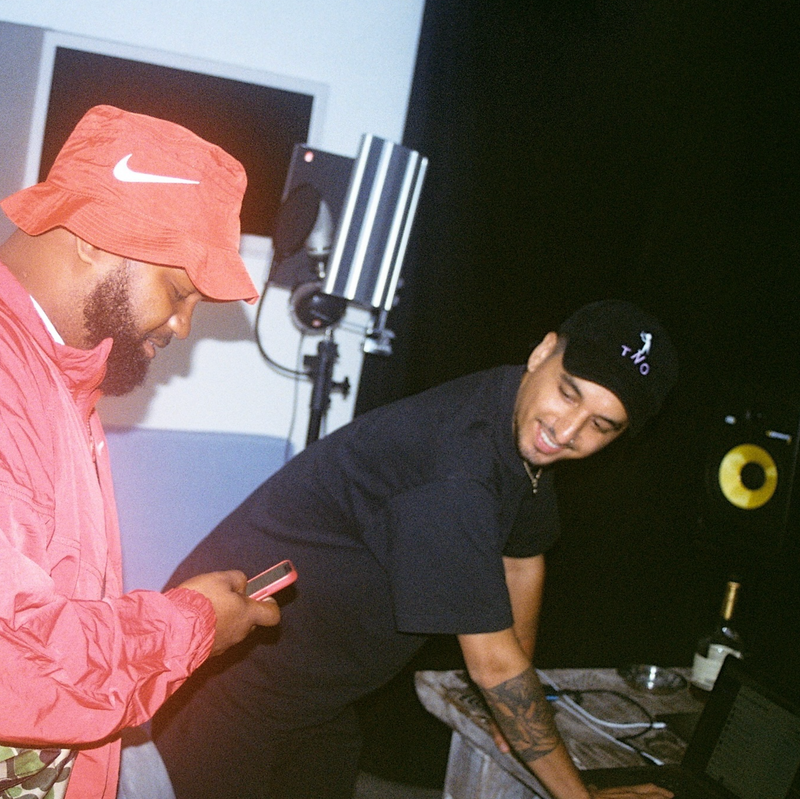
YOU'VE WORKED WITH ARTISTS LIKE HEF, KEVIN, AND JONNA FRASER. WHAT'S IT LIKE WORKING WITH THESE BIG NAMES?
Working with above named artists is such an enjoyable experience. Each of them has their own way of creating a song. For instance, Hef is an artist that suddenly raps a whole verse in my ear while I’m still working on the production. Kevin and Lijpe are both laid back during the process and jump behind the mic whenever they're ready and throw the most crazy bars. Jonna is an artist that write the song after he lays down all of the melodies first. It’s impressive to see the workflow of the artists I work with. This also makes me curate my approach differently per artist.
DO YOU ADJUST YOUR APPROACH FOR EACH ARTIST YOU WORK WITH?
Seeing the way in which others work, I try to curate my approach differently per artist. Before I go into the studio, I’ll always make sure that I have a bunch of projects ready to go. With ready to go I mean, it’s good enough to loop and write/record. Therefore, I have studied their catalog to see what suits the artist and also try to bring beats that might take them out of their comfort zone. I also don’t want to keep the artist waiting too long. That will delay their creative flow. Sometimes it takes 17 beats before Hef picks one. But ‘Fisherman’ was actually the first beat that I played for Kevin. I played 10 more beats after that one, but when I asked him if there is something he felt, he told me “I was already writing on the first one. Play the first one again.” Most of the times I finish the song by myself in another session to let the demo sink in a bit. I also love to take time arranging/finishing a song and don’t want to “waste” their time listening to all the adjustments.
placeholder
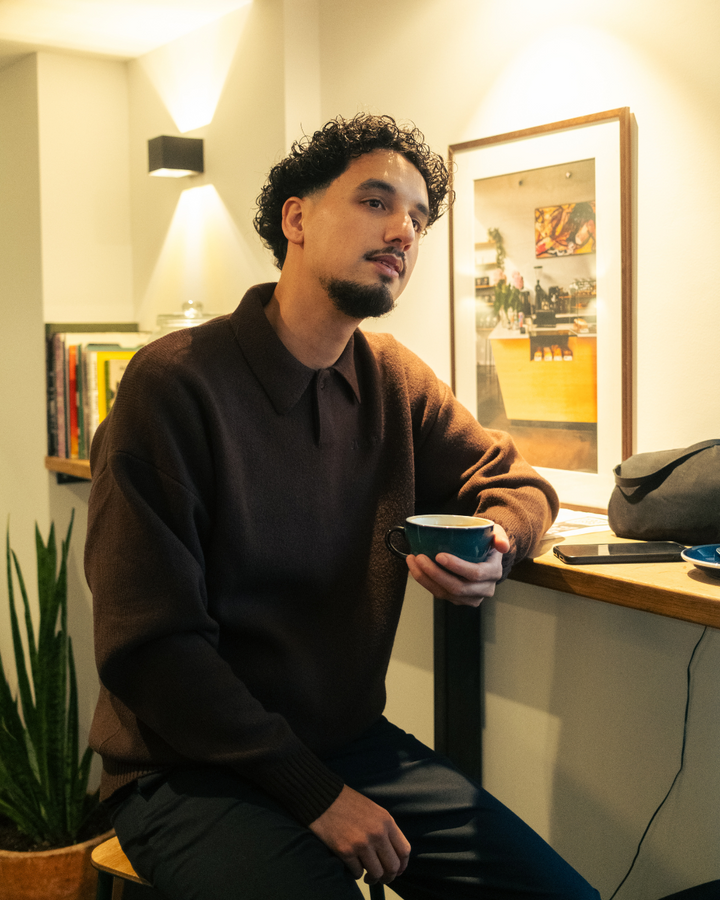
YOU'VE BEEN PART OF HUGE PROJECTS LIKE KOUD AND GATE 16. WHICH PROJECTS ARE YOU MOST PROUD OF, AND WHY?
Each project is really important to me but if I have to name some, it would be:
Hef - ‘Papierwerk’ was my first song with Hef that was released on all streaming platforms. It was also my first invoice ever sent. I remember it like it was yesterday haha!
Hef - ‘Koud’ was my first project as a Creative Projectmanager (marketing), working for the biggest Hip-hop labels (Top Notch & Noah’s Ark) and actually his first #1 album ever. Hef even trusted me giving his login details (risky!!) for his social media so I could go and post whatever I thought was needed to hype up his fans, but still in Hef’s way.
Hef - ‘Tranen’ because of the whole Los Angeles writing camp with Spanker, Kevin, Crooks and Merry (cameraman). Everything was inspiring and we had a good time! This was another #1 album that I project managed and where I produced a couple songs for.
Hef - ‘Rook’ was made during covid. This is my favorite album. I remember that we were not allowed to go out of our houses from the government. However, we managed to do it secretly and recorded it in the basement studio and now the album is good for a golden plague, which is not that easy to get nowadays.
Kevin - 'Grote Versnelling’ because of the song ‘Fisherman’ I produced it together with Spanker. Kevin's way of thinking and writing is just on another level. It’s not a commercial song at all but it still reached a big crowd. I’ve seen him performing this song live with a band at his own sold out show in Ahoy…pff goosebumps! This would be my first platinum song soon, something I never would have dreamed of as a young kid..
Yade Lauren - ‘niet_die_bitch.mp3’. Fun fact: this song is made during covid as well. She recorded this song on her EarPods microphone on a YouTube beat and sent it over to me. We mixed it as it was because it was hitting in a way that you cannot imitate. Crazy to say that this song went gold as well. Really proud of it!
Sticks - ‘Stickmatic’ album.
For ‘Stickmatic’, Sticks was in a streak of releasing a song every week until the whole album is released. I wanted to jump on this train immediately as I really liked this new way of working. We set up a session with Lijpe and himself, for me two goats in the scene. Watching two legendary artists going back to back on my production motivated me even more!
You’ve been producing for over 10 years. What’s the biggest change in Dutch hip hop, and how has it affected the way you make music?
Already 20 years next year, I’m feeling old now… haha! What I’ve noticed over the years is that the focus has shifted to quick consuming. The unfortunate factor of that is that artists have to put a lot of work into it - just to be seen/heard for a few weeks. If the artist don’t drop a new song any time soon after, the consumer is already busy with the next. For me personally, it has not changed anything in my approach to music, as I never jumped on that trendy train. I try to create music that is not trend-focused but always aim for timeless songs. There is no good or bad way of the approach, but it does come with its consequences.
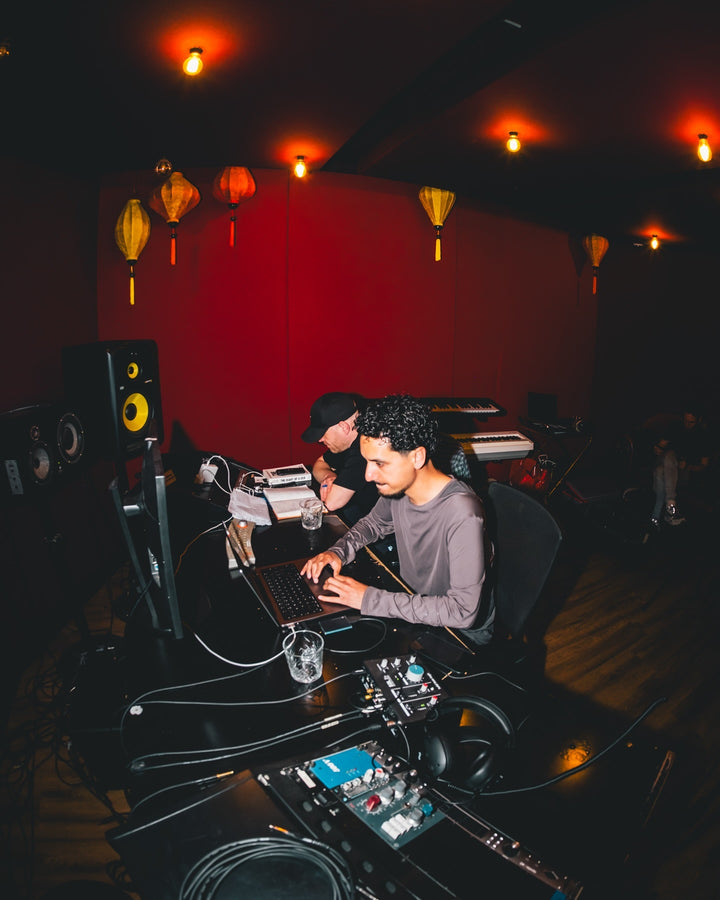
WHAT ADVICE WOULD YOU GIVE TO NEW PRODUCERS WHO WANT TO HAVE A LONG CAREER LIKE YOURS?
Produce the music you love and try not to focus on quick fame or trends only. An important factor is to be patient and invest time and effort into your craft. Networking is also an important factor. Be on time for appointments. That is professional and that shows how much you really want it. Try to do as much research in artists/sounds/productions/interviews/albums/history as you can and keep doing it, even if you achieved your success. Learn how to work fast and under pressure, because those times will come too often. Make sure you are always ready to go. It’s a marathon, not a race.
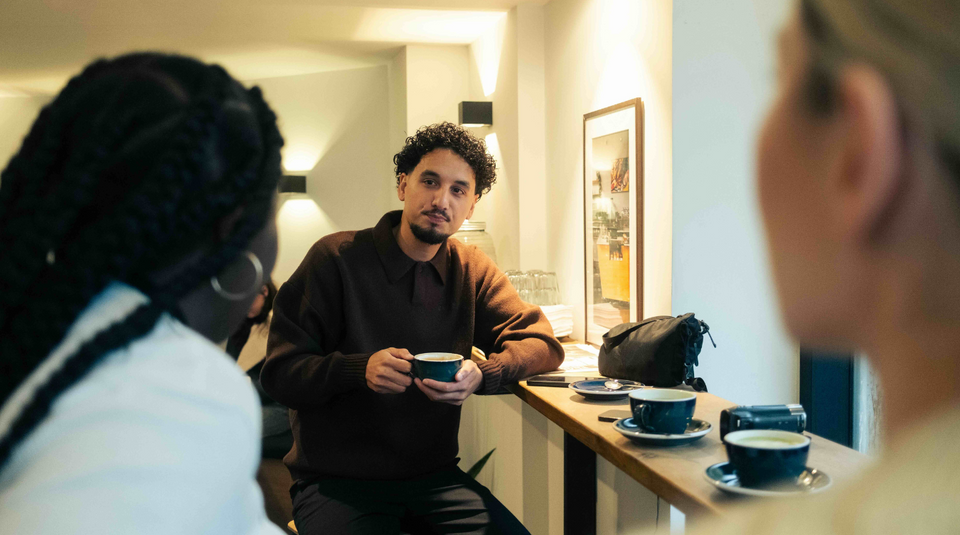
IN AN EVER-CHANGING INDUSTRY, HOW DO YOU STAY MOTIVATED TO KEEP CREATING NEW MUSIC?
To be honest, we all have our ups and downs when it comes to motivation. I think that it’s very human. We do need some time off sometimes. Last year I took a couple months off, which was my longest break on music ever. Luckily, I got my motivation and inspiration back again. Motivation and inspiration can come from the smallest things. For me it can be an interview, a video, a new plugin or a different location for example. That’s why I always bring my laptop during holidays, even though my holidays are actually booked to recharge. But if the inspiration comes, I need to have an outlet.
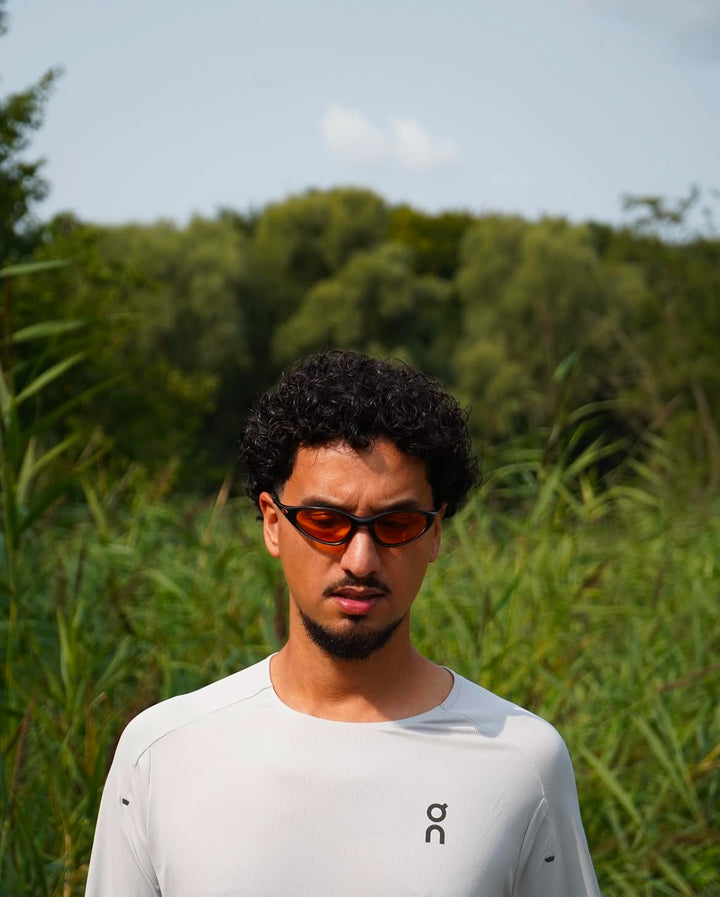
How do you try to tap into your emotions when working on new music? Do you have any routines or rituals that help you?
It is all based on what I feel when creating music. It can be a sample or drum patterns but it has to trigger a certain emotion so I can start building. I try to dive deep in that feeling once it catches me. It’s sort of a conversation I’m having with it. Like, the sound is asking for a certain direction and I’m trying to answer it. Lately I’ve been recording my vocals to create melodies for hooks which is really fun to do.
I do this mainly because:
1. I can create a whole direction based on what I hear/feel.
2. It could inspire the artist to go in a different direction. That way we can create another world/perspective on a song.
3. That was something out of my comfort zone, but for the artist too as he/she might hear something that they did not think of.
4. It’s a different type of outlet for me which makes it fun too. Fun is an important factor as well!
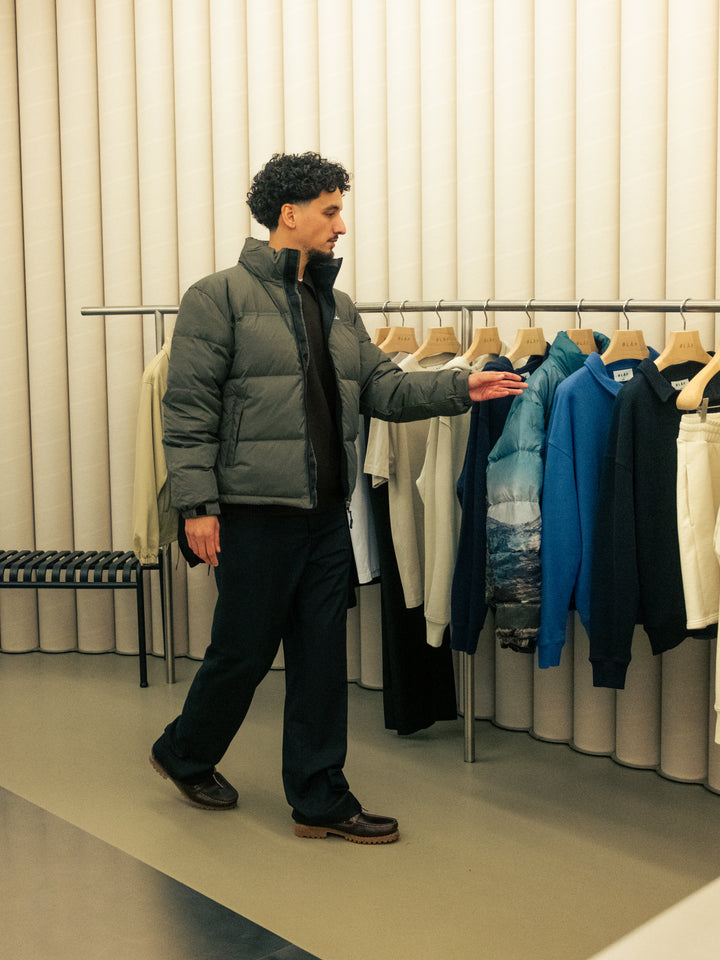
YOU'VE BUILT STRONG RELATIONSHIPS WITH ARTISTS LIKE HEF. HOW IMPORTANT IS IT TO BUILD GOOD CONNECTIONS IN THE MUSIC INDUSTRY?
I think it is essential to have a good relationship besides having a chemistry in the studio. Artists share their life story on a beat, that puts them in a very vulnerable position. When I create something, I expose my feelings too. I think this is the start of a good connection, which can lead up to a strong and trustful relationship. You cannot work without both trust and chemistry.
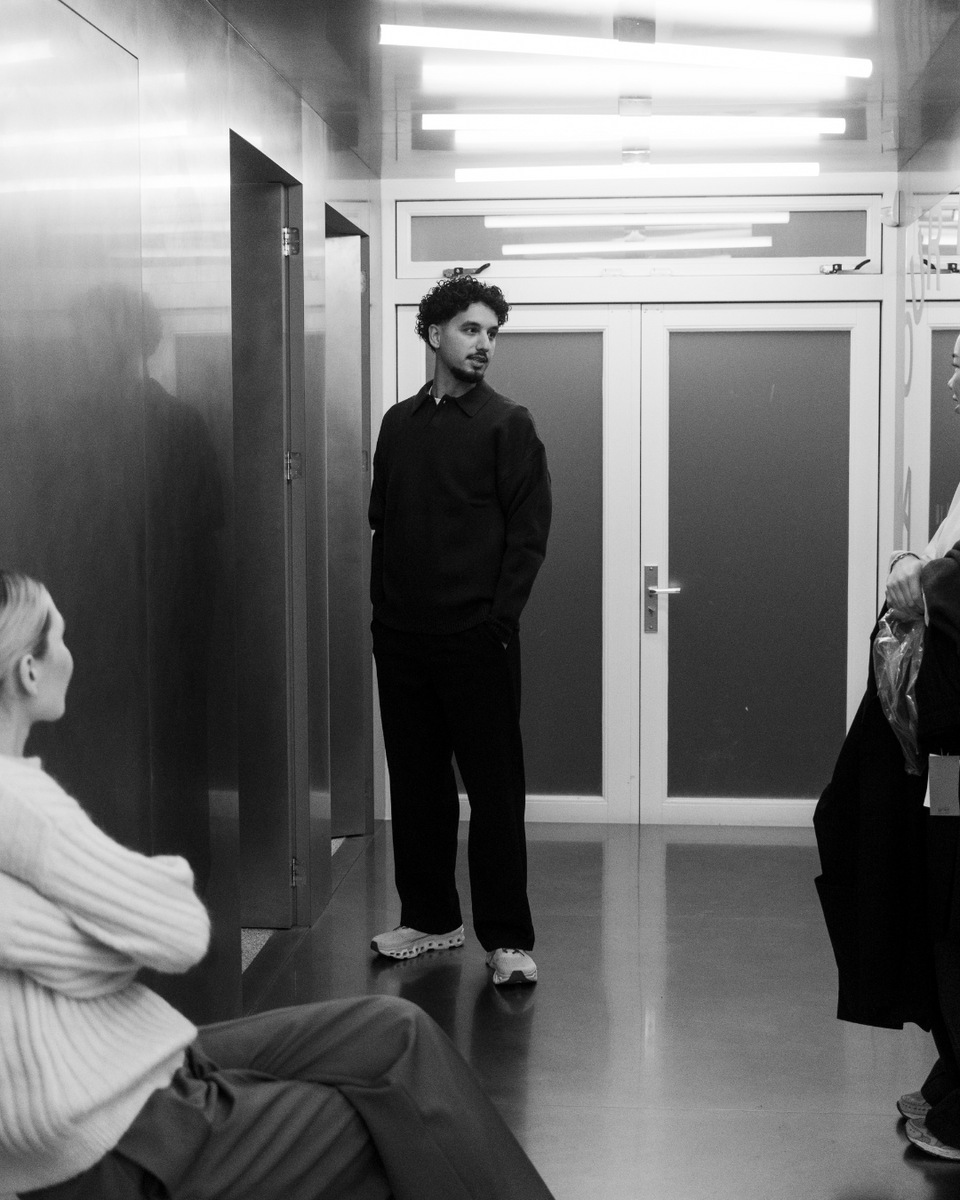
WHAT WAS YOUR FIRST MEMORY OF MUSIC AND HOW DOES IT MAKE YOU FEEL WHEN YOU HEAR IT NOW?
We did not have the luxury of having CD’s at home. Whenever I was visiting my auntie, I was always looking into their cabinet as she had a broad CD collection of different artist/genres. They had an very good sound system in their living room. There was something in this music that triggered me in a positive way.
But the thing that really introduced me to hip-hop for the first time was The Box (music channel), where they showcased rap videos (locally and globally) every now and then. Shortly after, we finally had our first computer at home and I found out about platforms such as YouTube, Limewire and Kazaa. That’s when the love for hip-hop really began to grow. I felt understood and represented. It was my life coach. It taught me how to talk, how to move, how to hustle, how to stay strong in difficult situations, how to stay determined, how to recognize the real from the fakes and so many other lessons. When I hear the music from back then, I get flashbacks and I still feel a little emotional thinking about how hard life was for me, but I have so much gratitude at the same time. It kept me away from choosing a wrong path, motivated me to stay focussed and to make the best out of life. I am thankful that I can contribute to something that has played a huge role in my life.
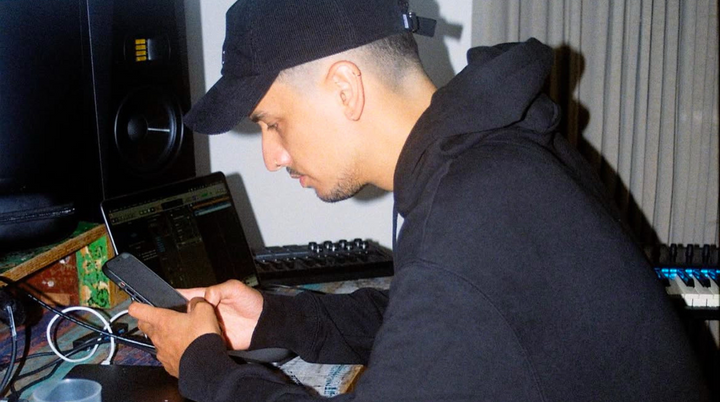
WHAT'S SOMETHING FUN OR SURPRISING ABOUT YOU OR THE WAY YOU MAKE MUSIC THAT YOUR SUPPORTERS MIGHT NOT KNOW?
I started creating beats on stolen laptops and bad quality Logitech speakers. I tried to make as much as I could on a demo version of Fruity Loops with no plugins (because we had no money). The struggle with this demo version was that I couldn’t save a beat and re-open it. So I had to keep all of my projects open for months, which led to a laptop that was never turned off. My mom was definitely not happy about it, so we ended up having heated discussions about the electricity bill.
The fun fact about this all, is that this way of working eventually got me accepted into the music school, where I studied for 2 years to become an ‘artist/producer'. That’s when my career started to take off.

